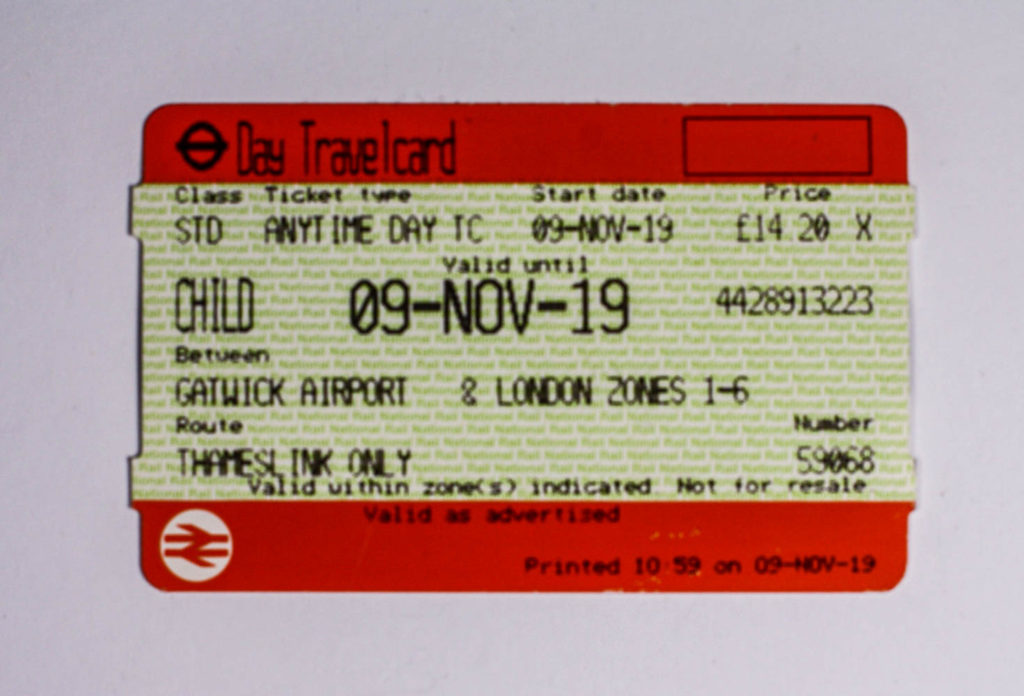
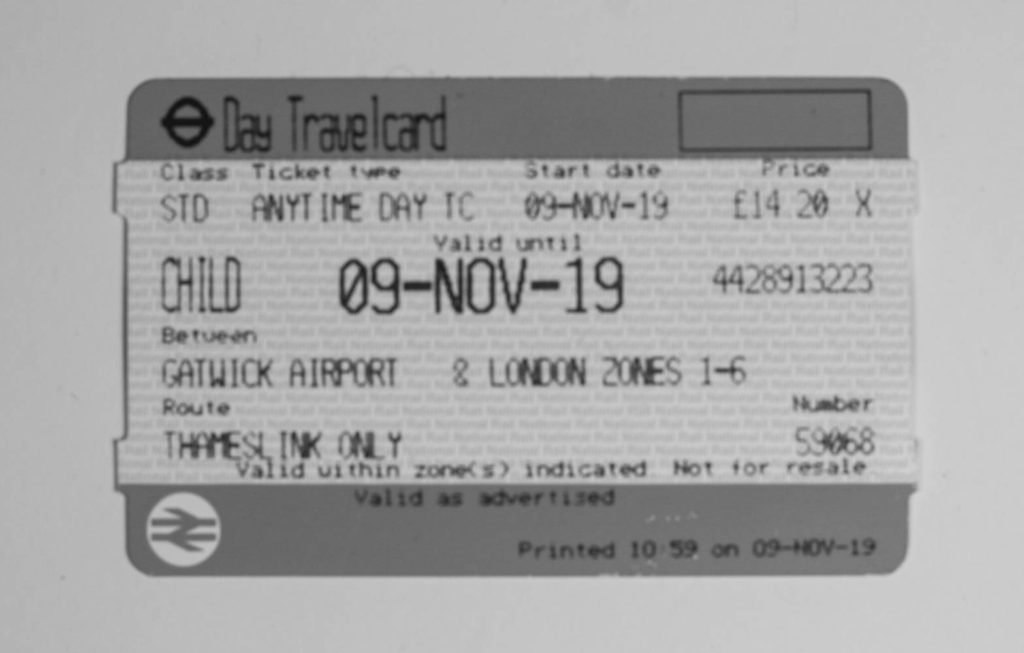
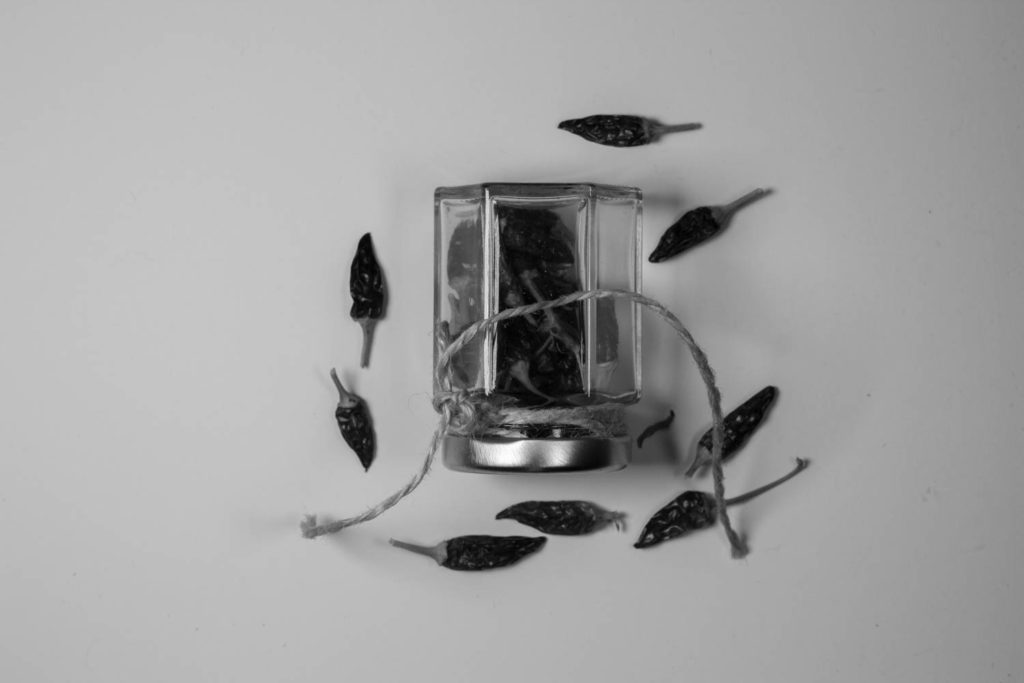
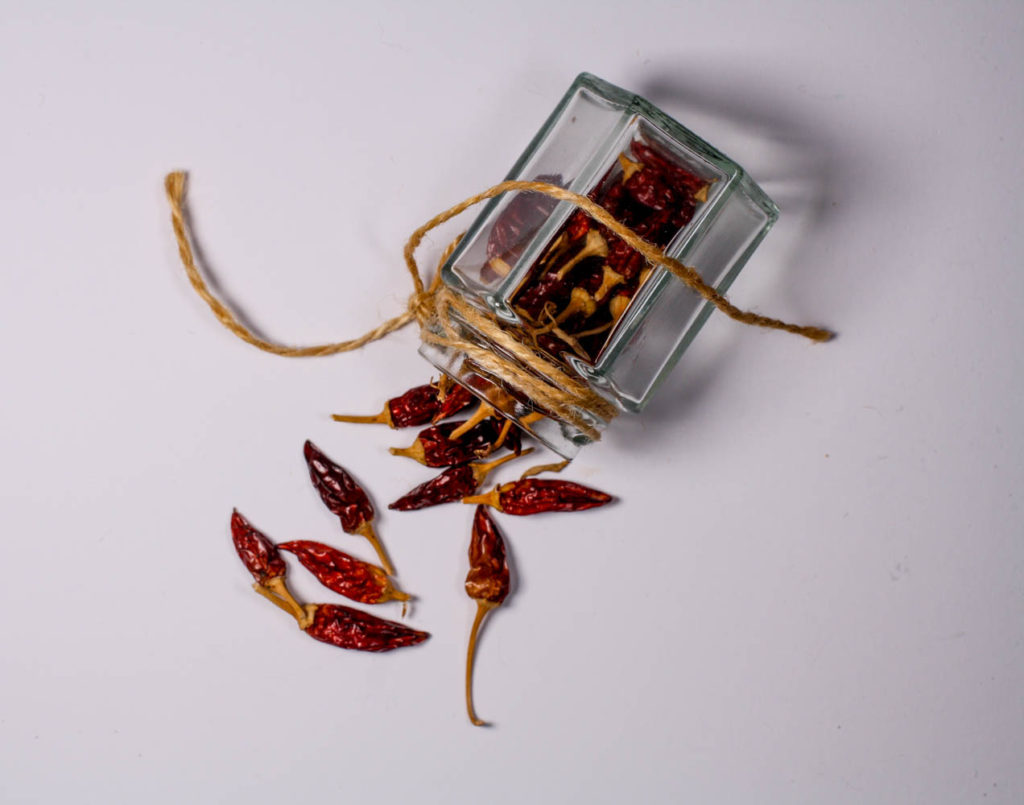
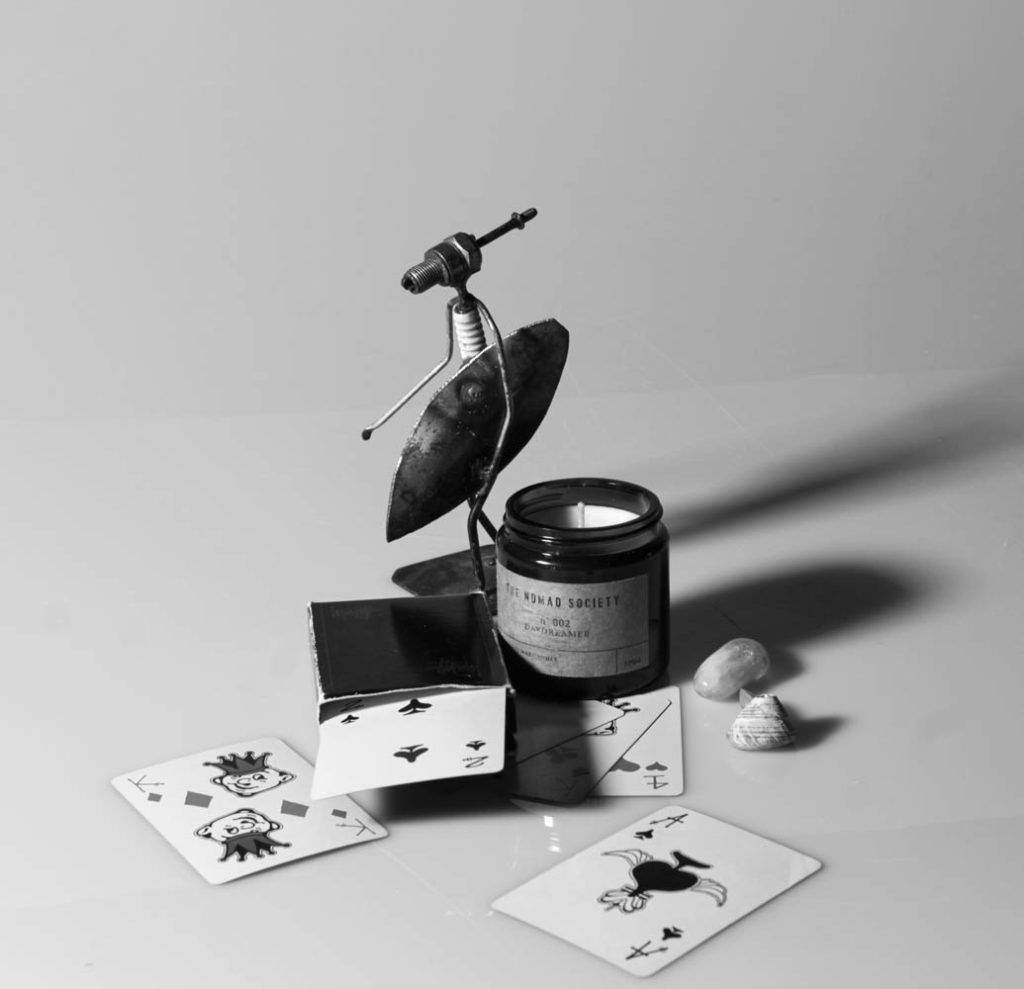
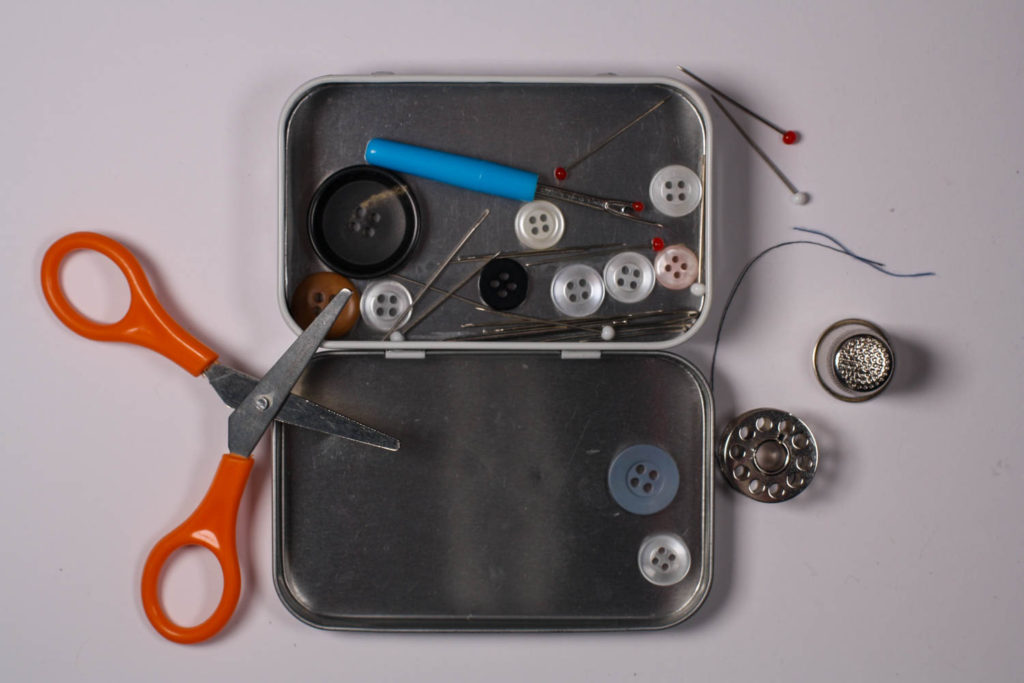
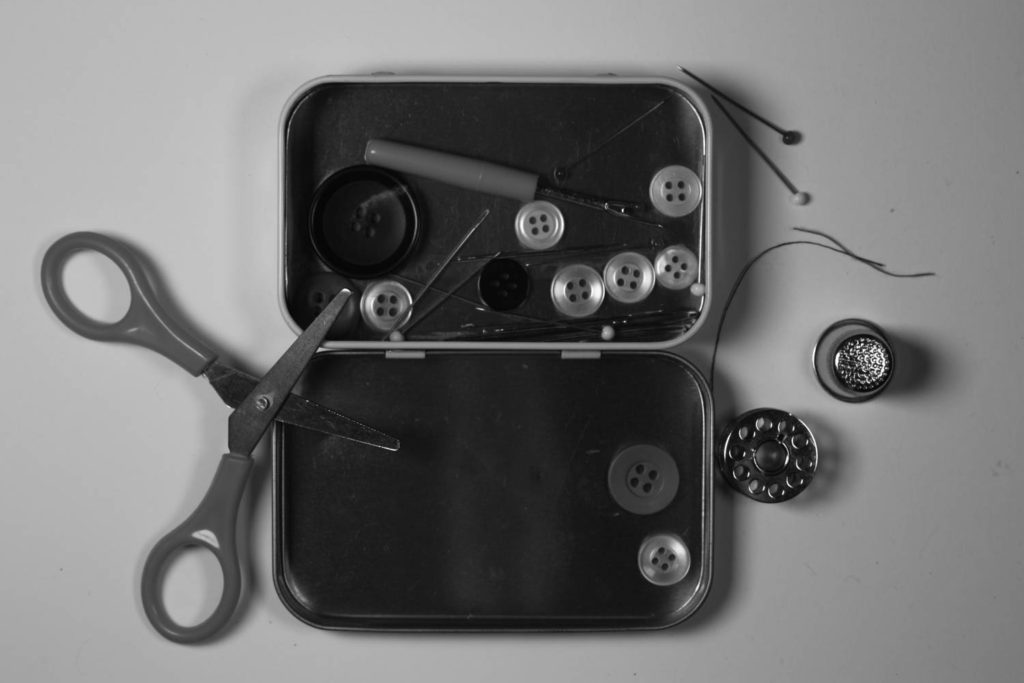







This is Mary Ellen Bartley.
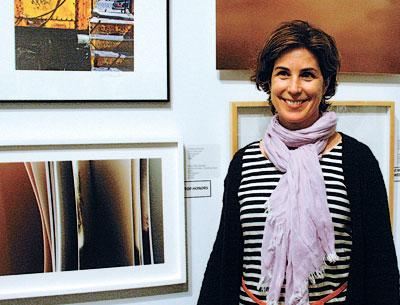
Mary Ellen Bartley is well known for her photography featuring books. She displays them in a simple but unique way. Her genre of photography is still life. Her work celebrates books, which is particularly important now as many have turned away from books and use online technology. Her simplistic style entices the viewer as it is perfect and pleasing to the eye. Here are some examples that I like:


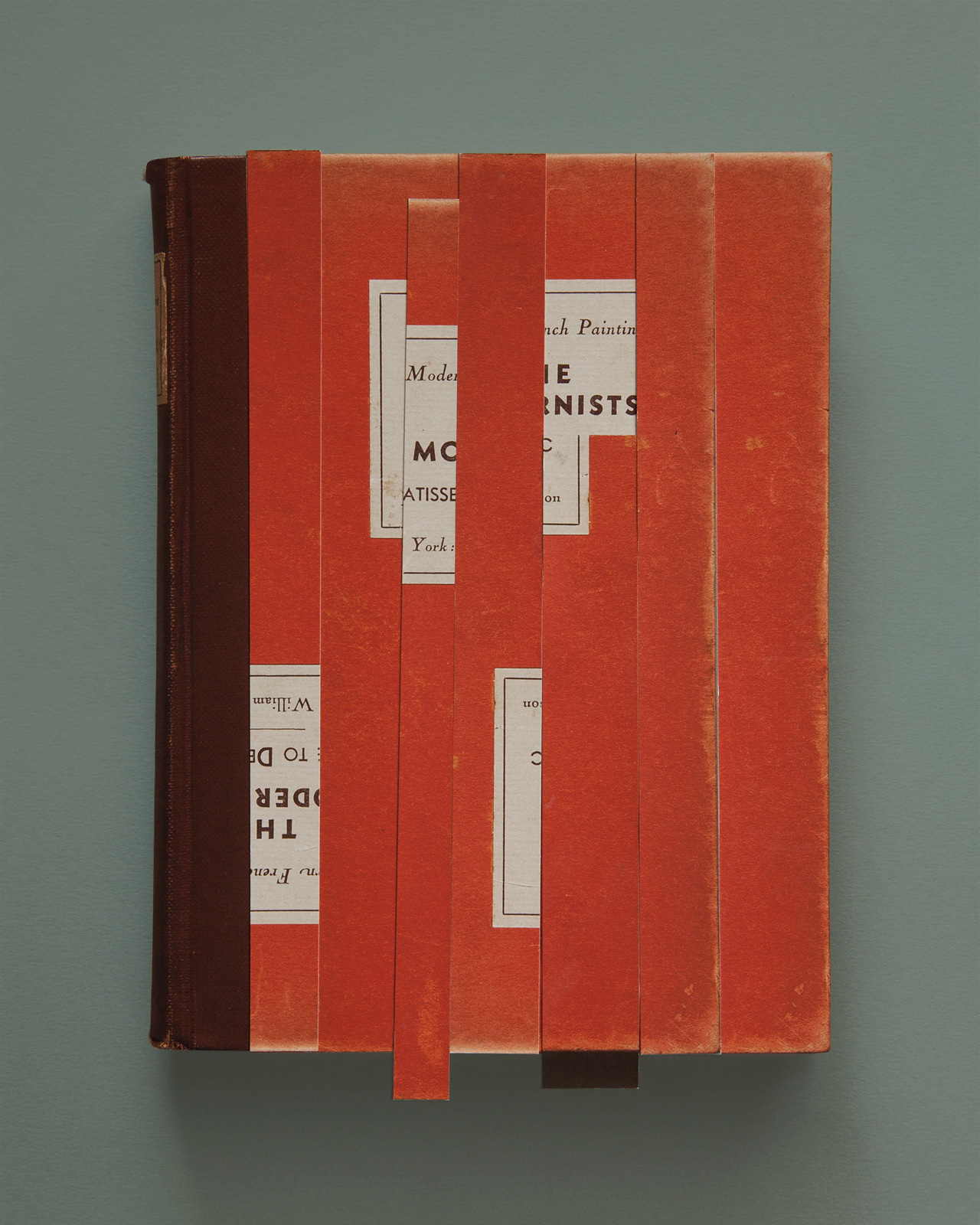
This is a photo of her setup when photographing her images:
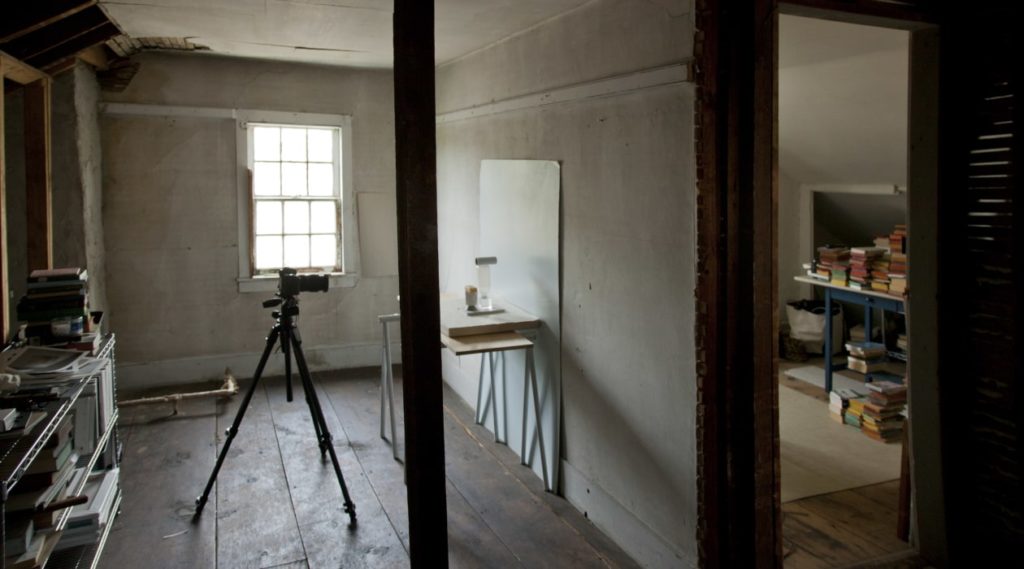
She is using a tripod. This stops her images from blurring and allows her to adjust the camera angle until it is perfect. She is using natural lighting from the window, it is not harsh and goes great with this image. She is also using a plain white background.
This is an exhibition by Mary Ellen Bartley. Personally, I really like it. The colours and perfectly framed pictures is very pleasing and calming. This also shows the variety and beauty of books, some old, some new.
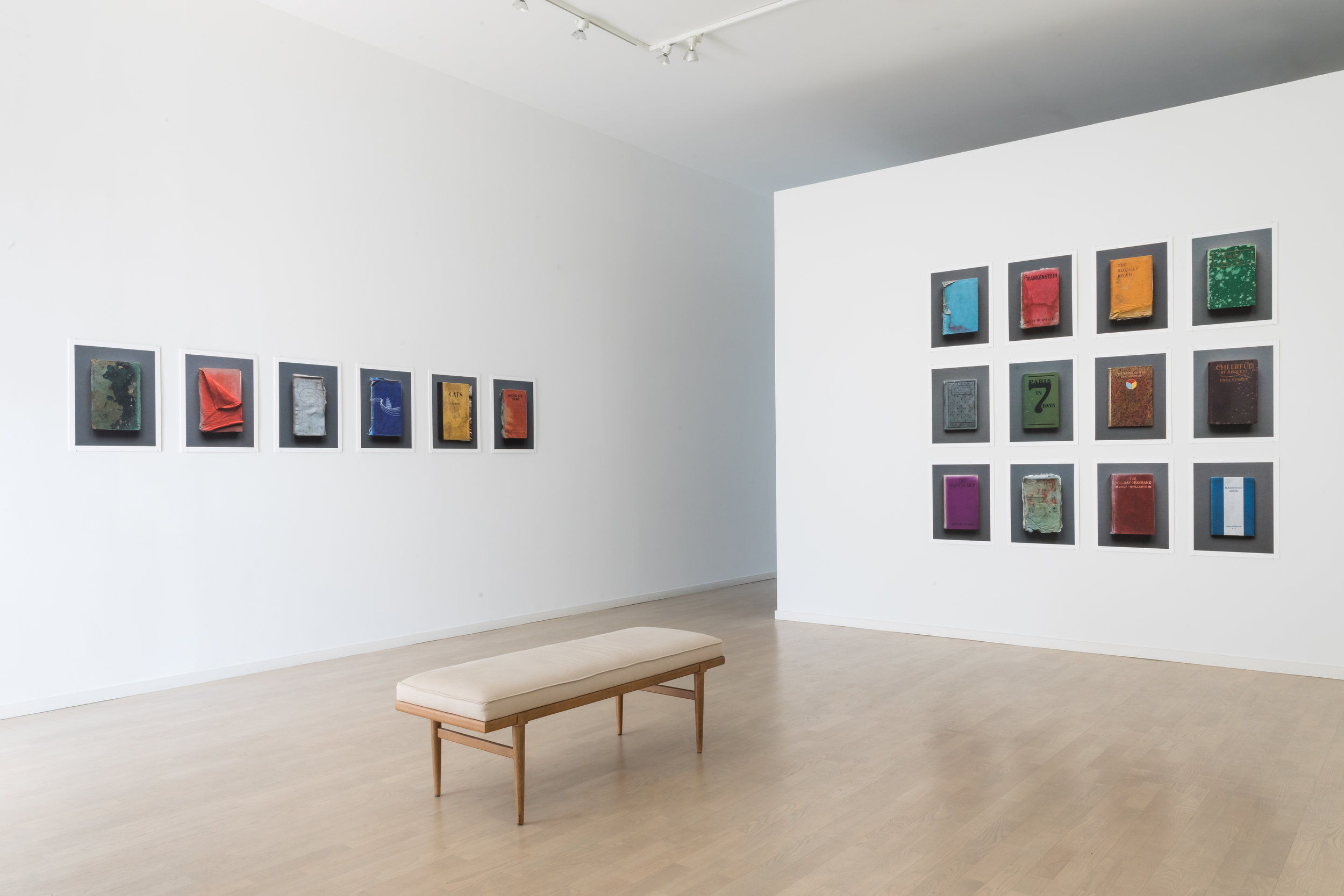
Photoshoot inspired by Mary Ellen Bartley
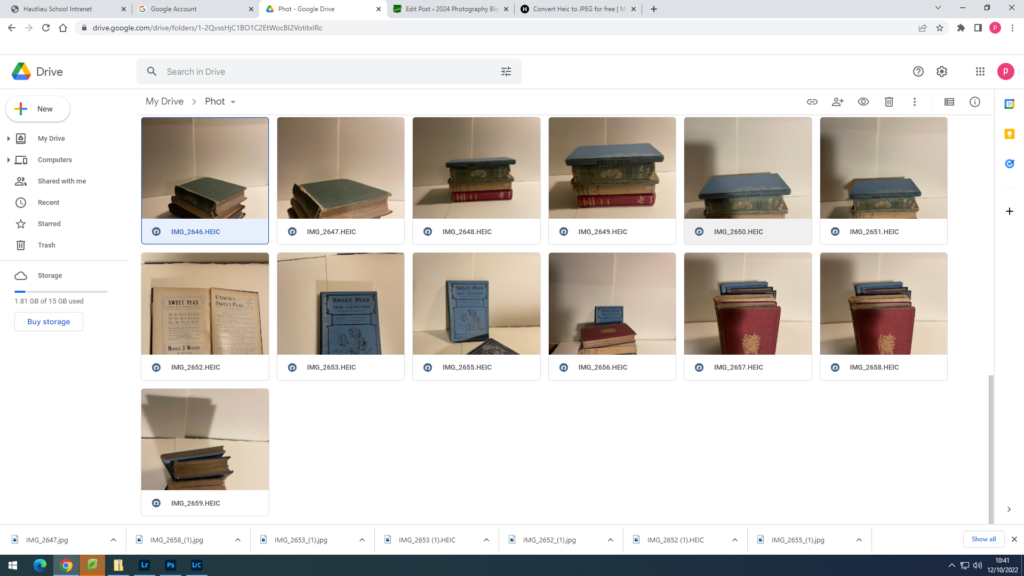
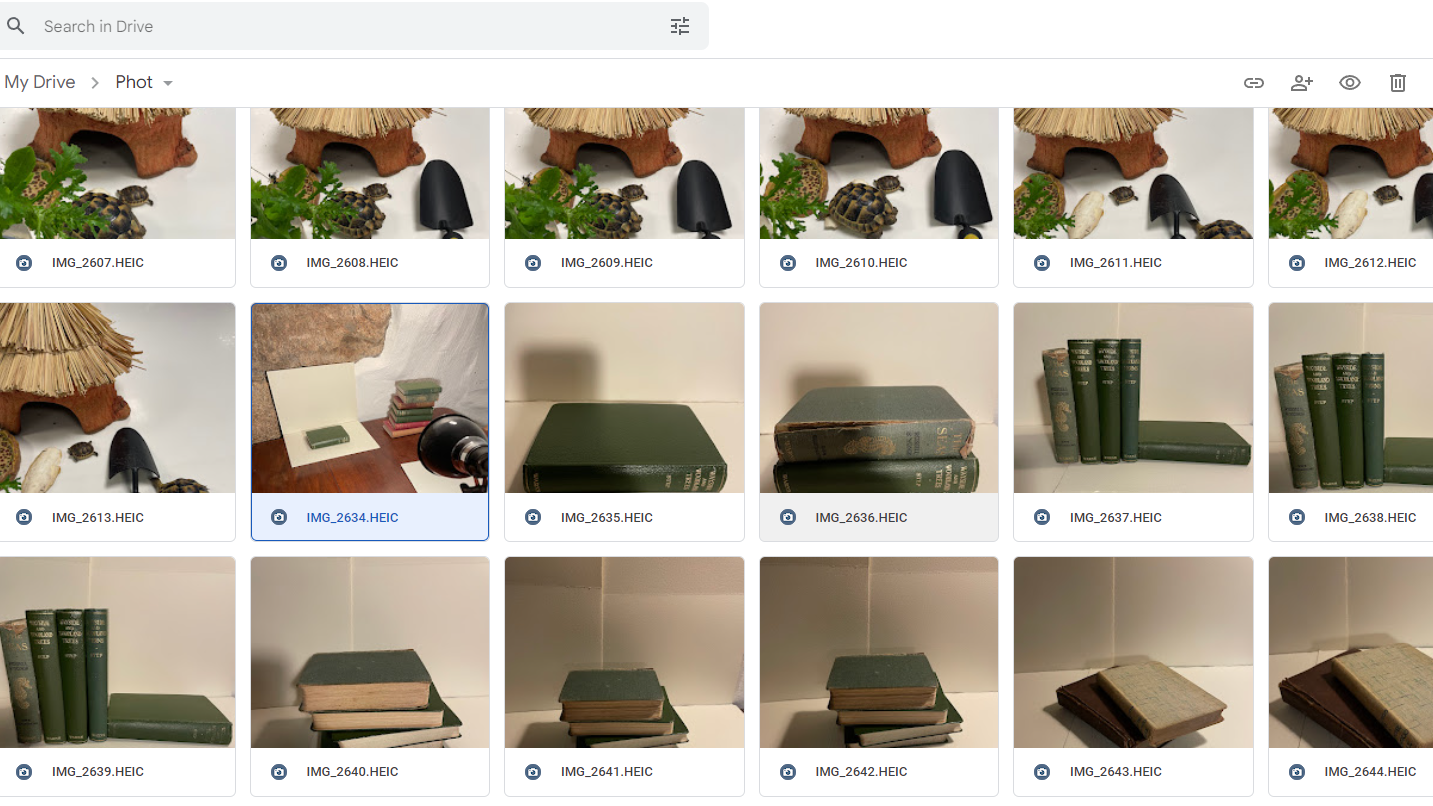
Edits
I have edited 3 images on photo shop and have merged them together.
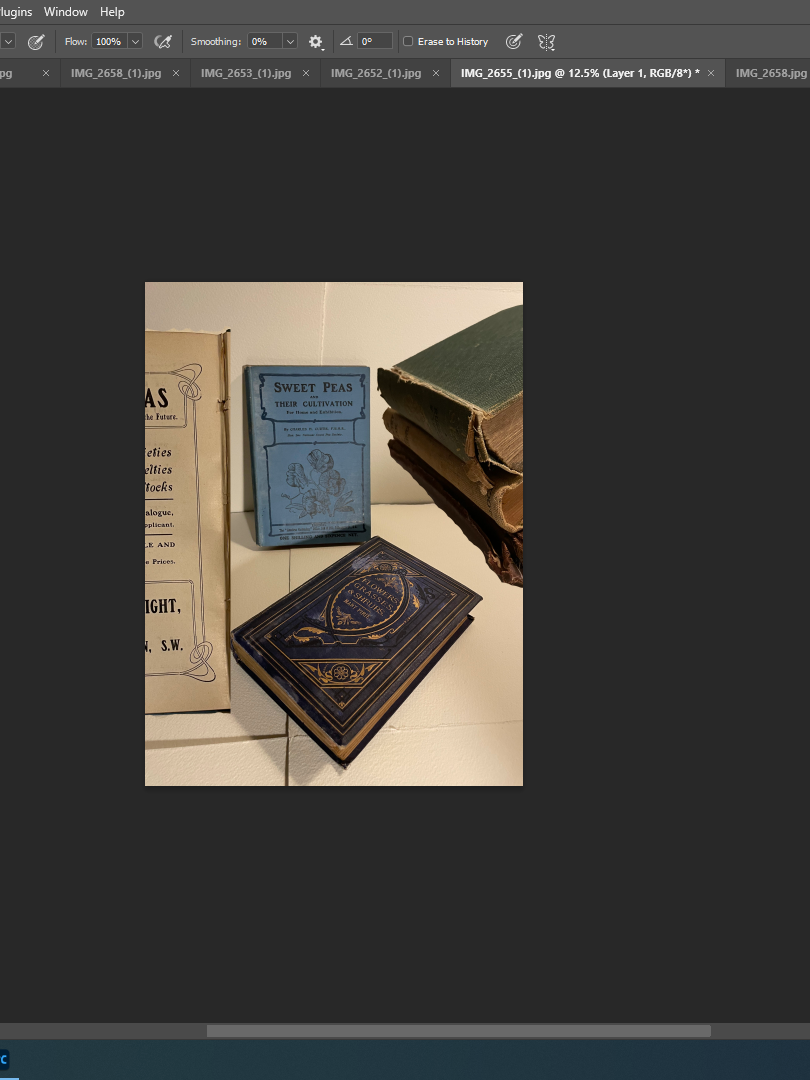
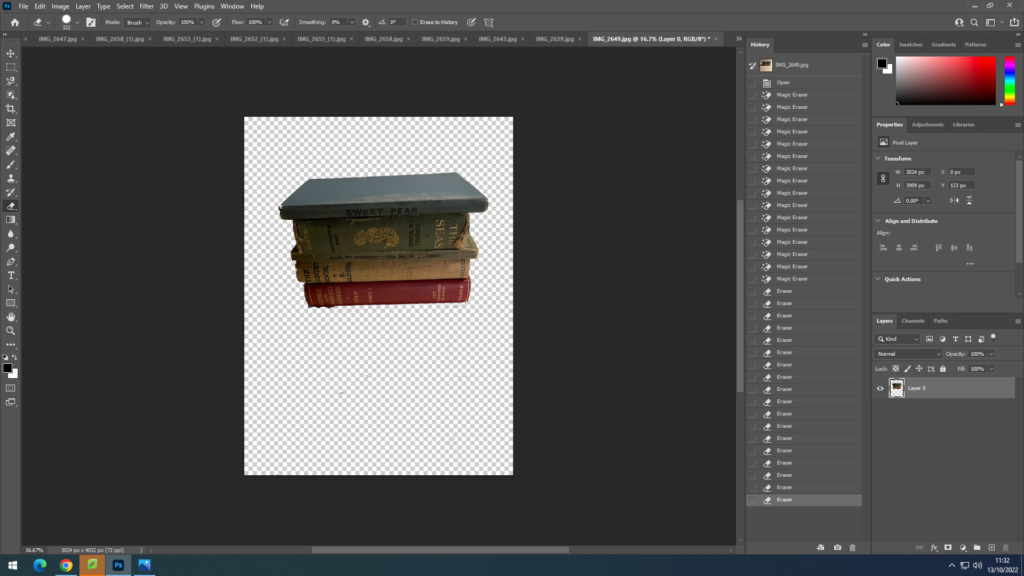
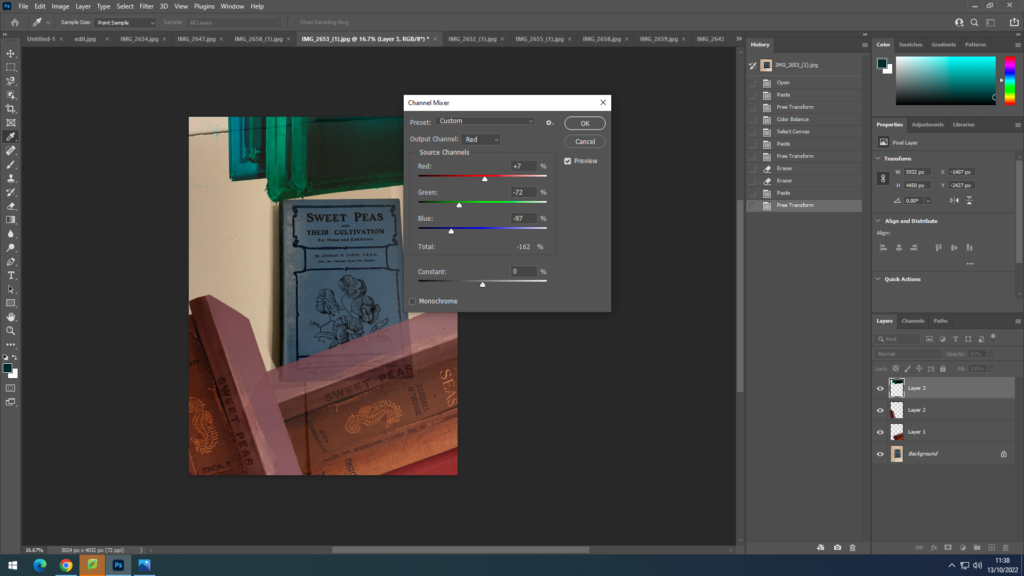
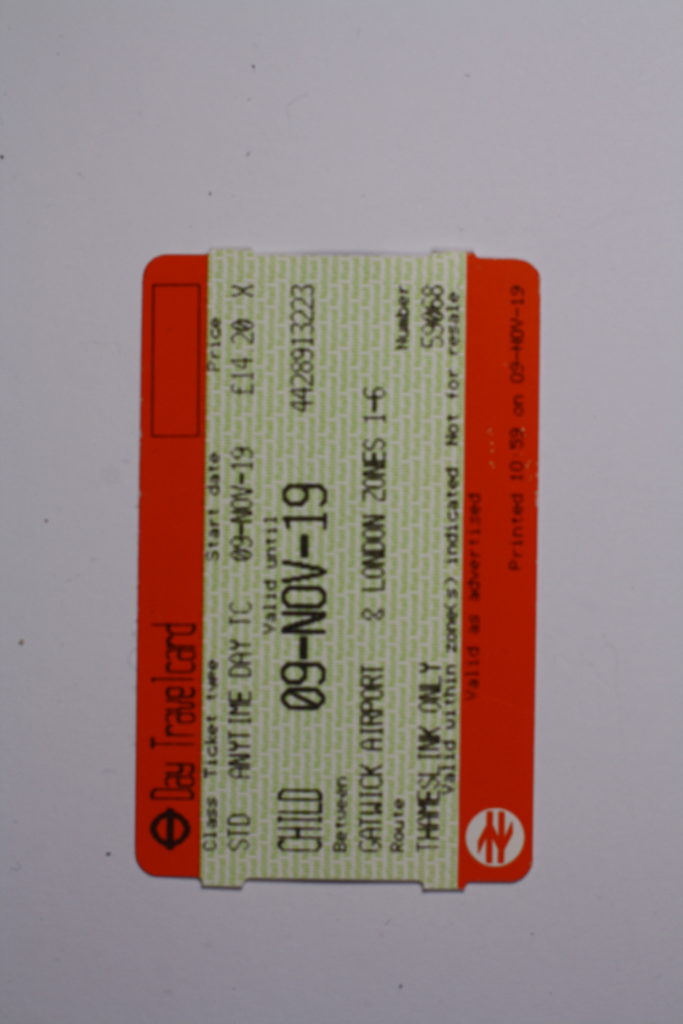
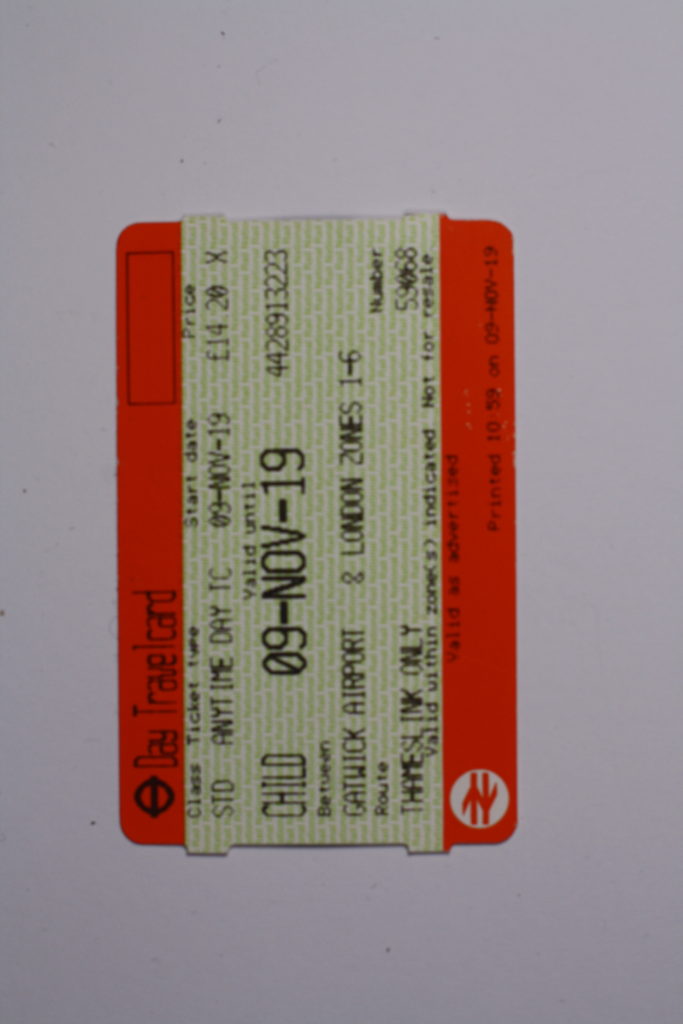
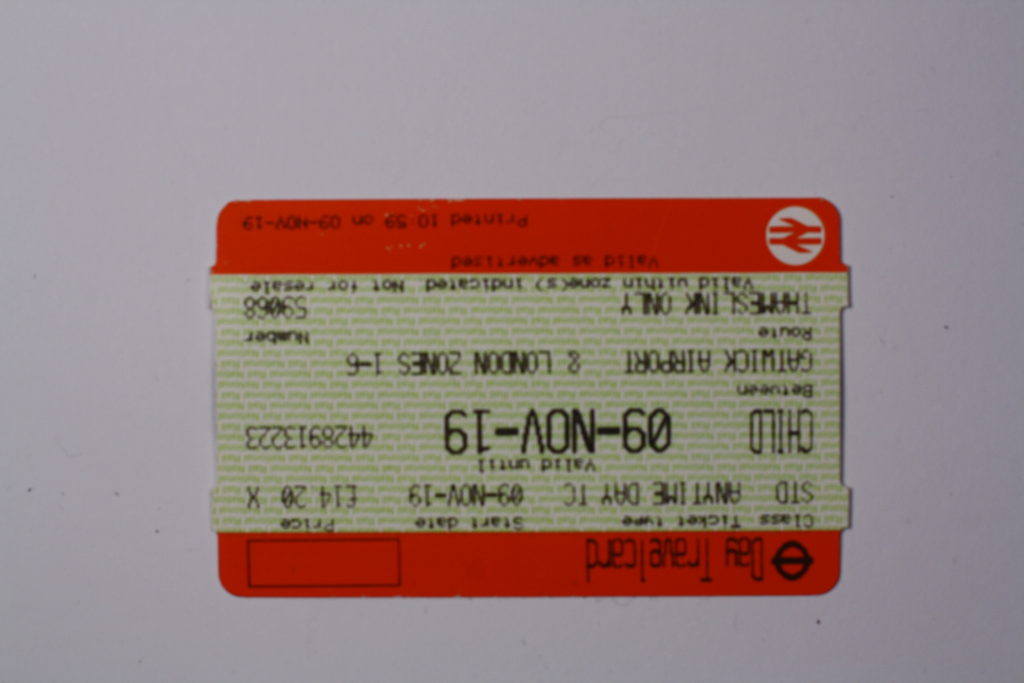
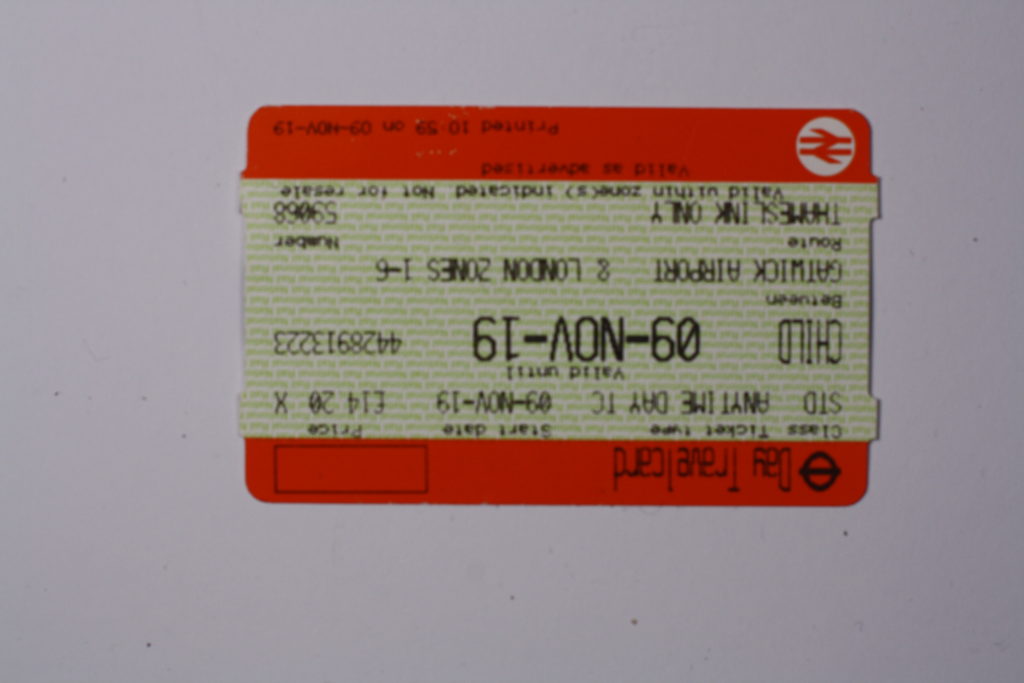
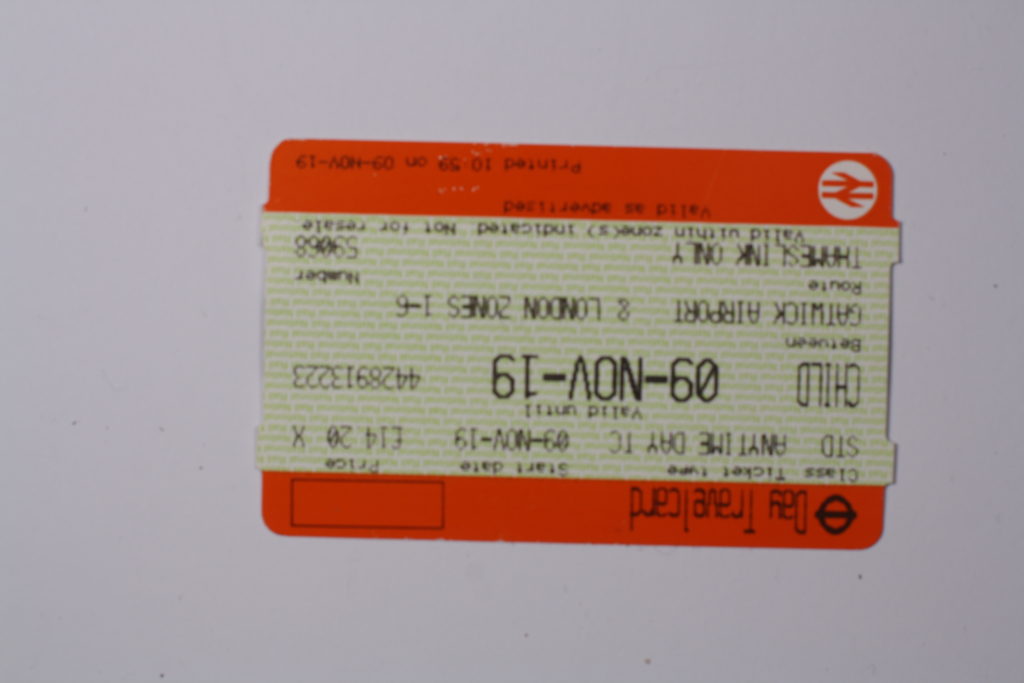
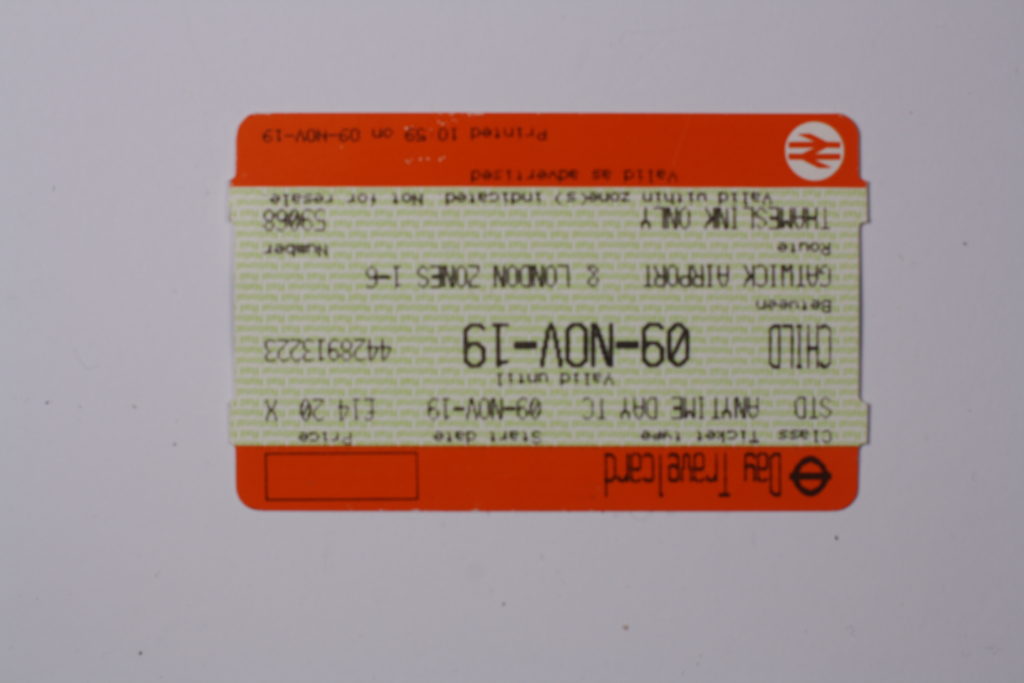
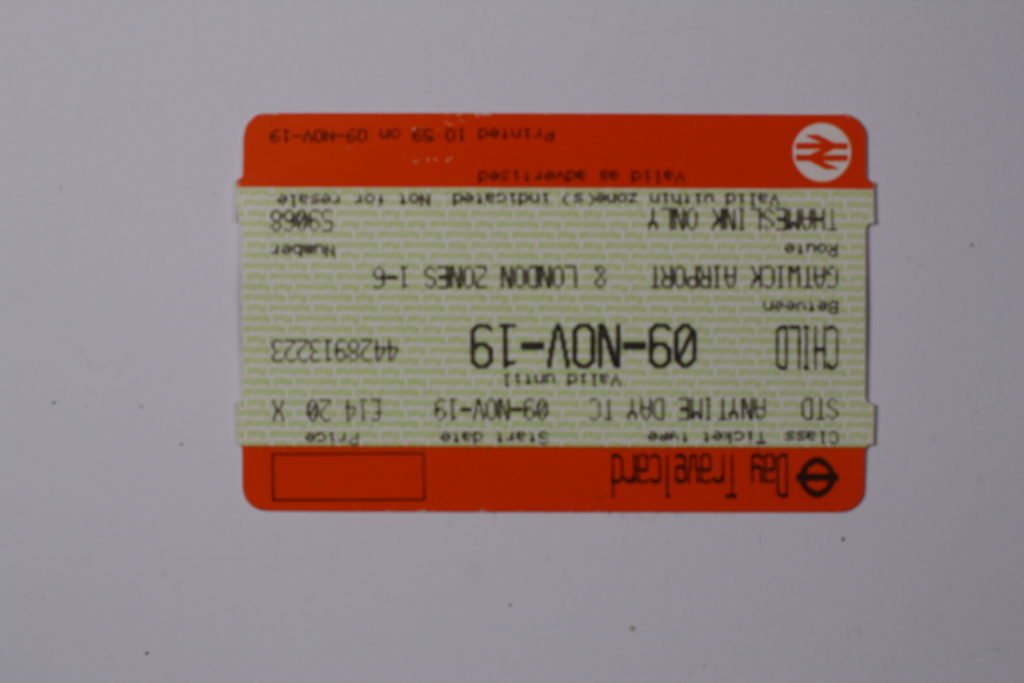
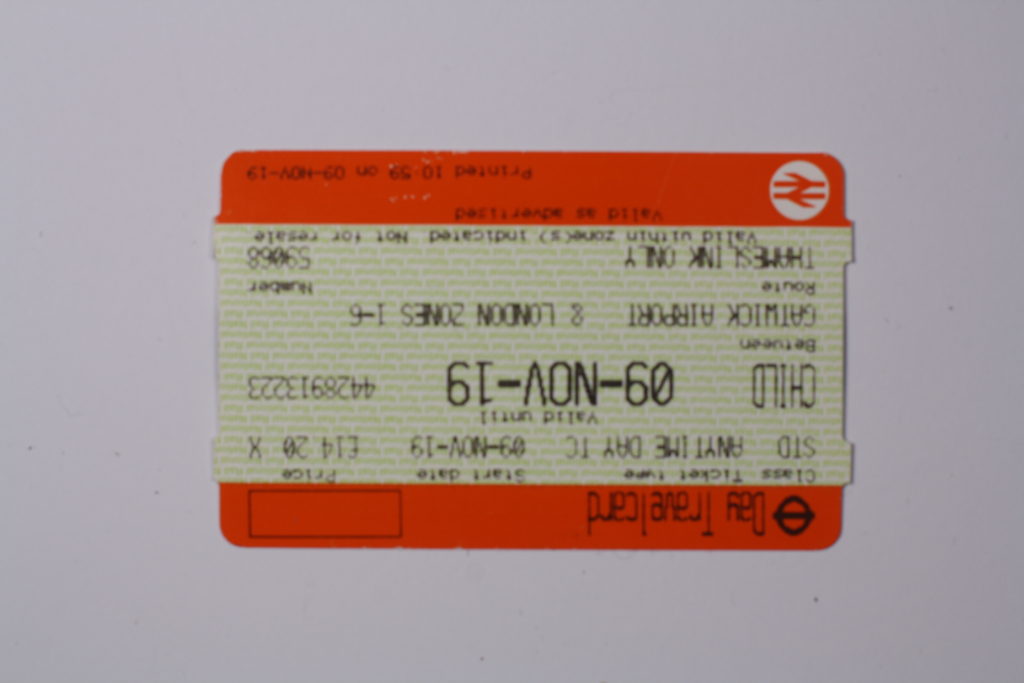
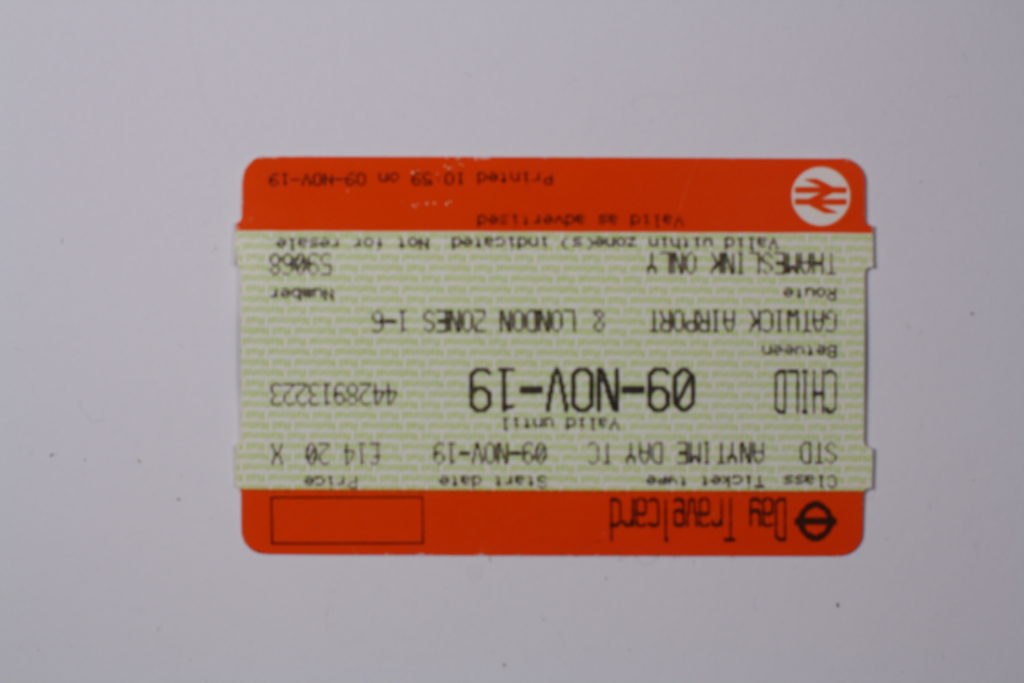
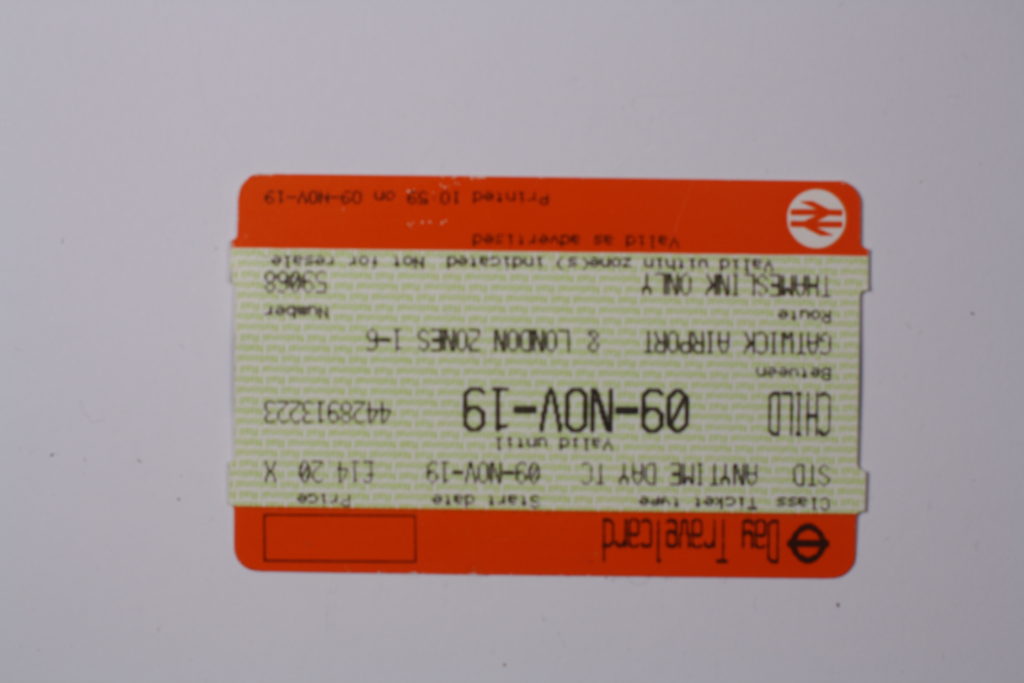
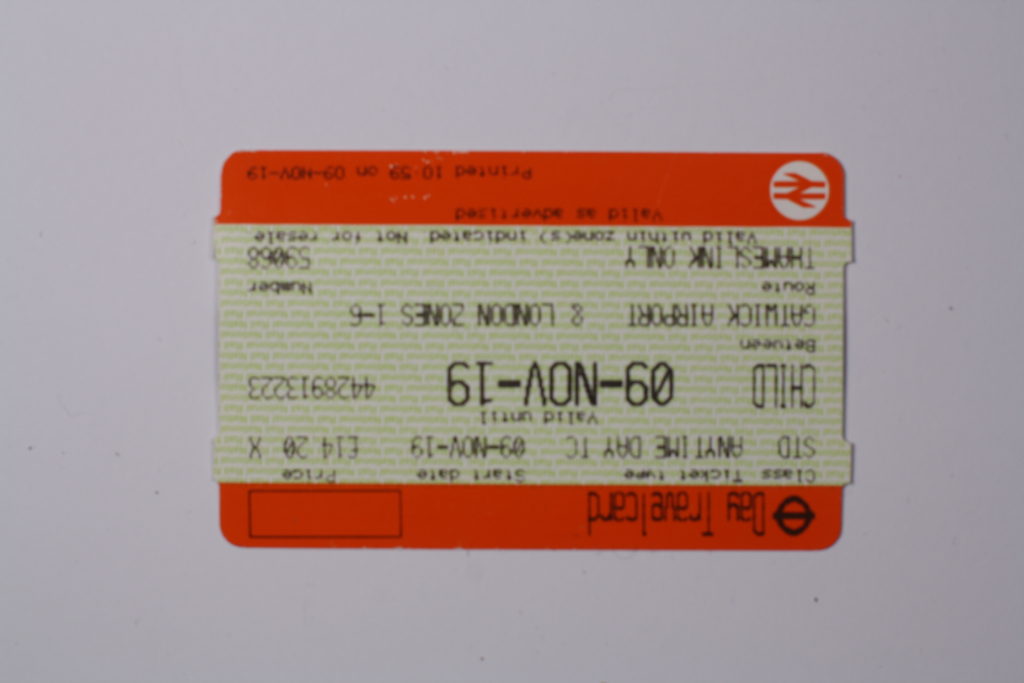
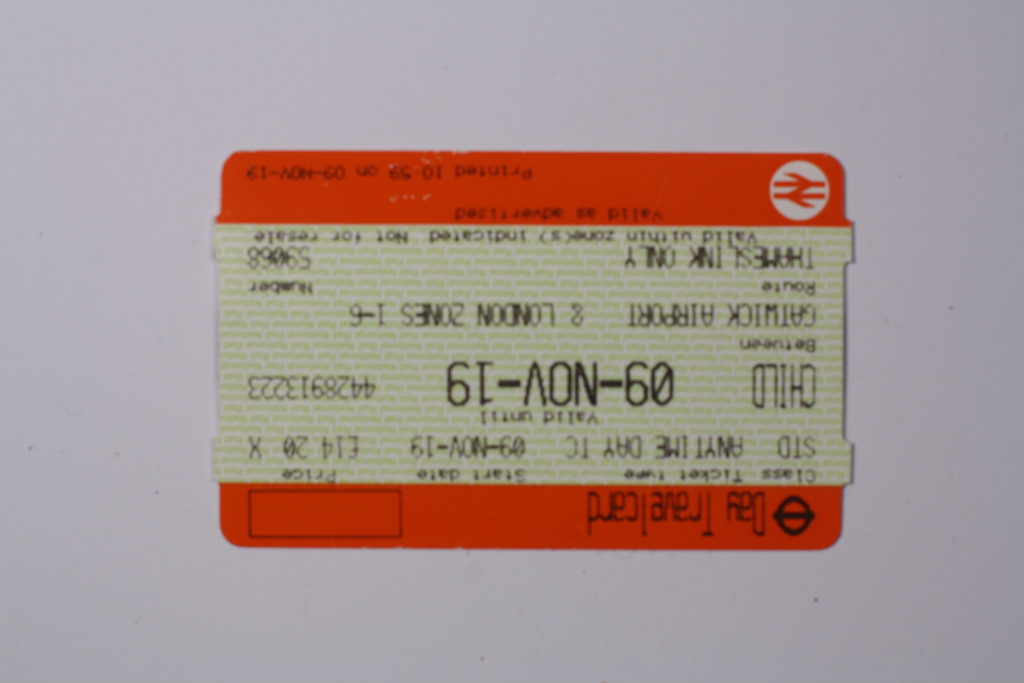
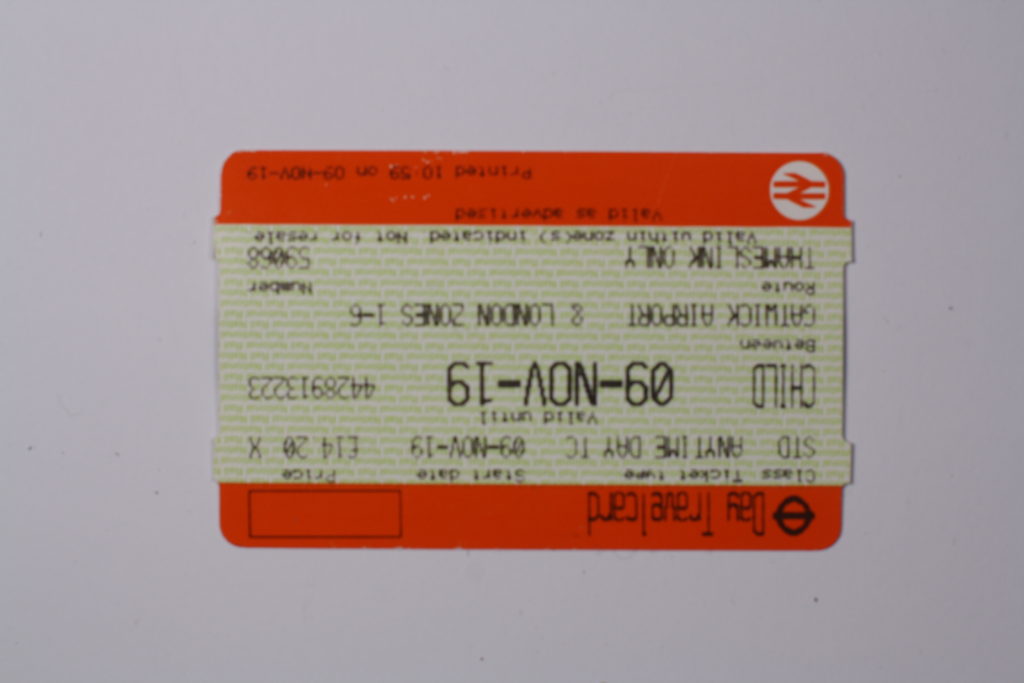
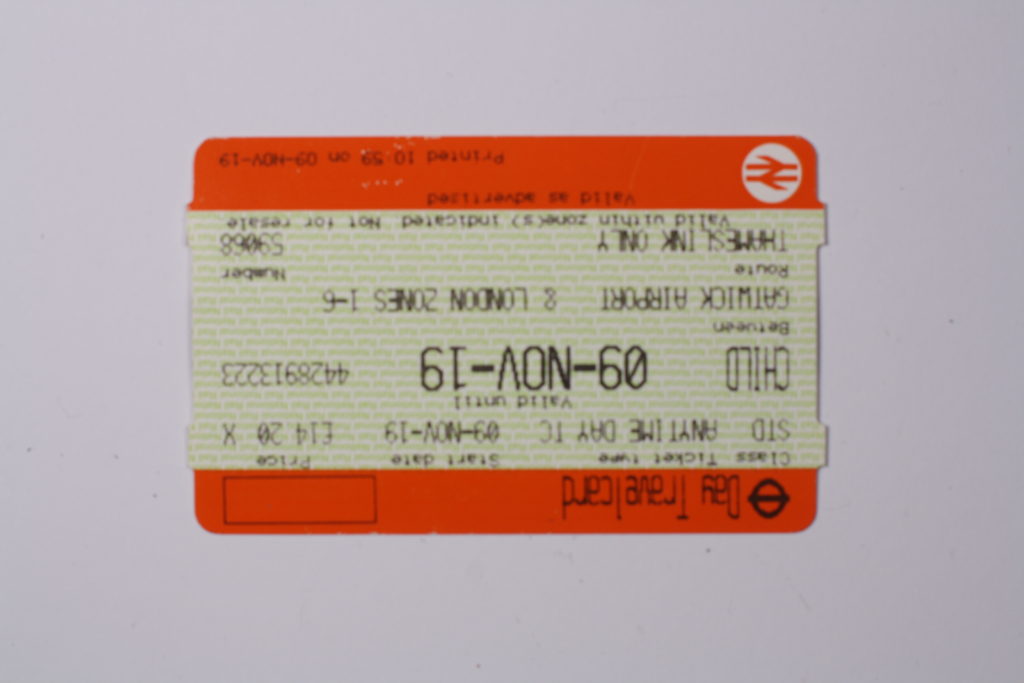
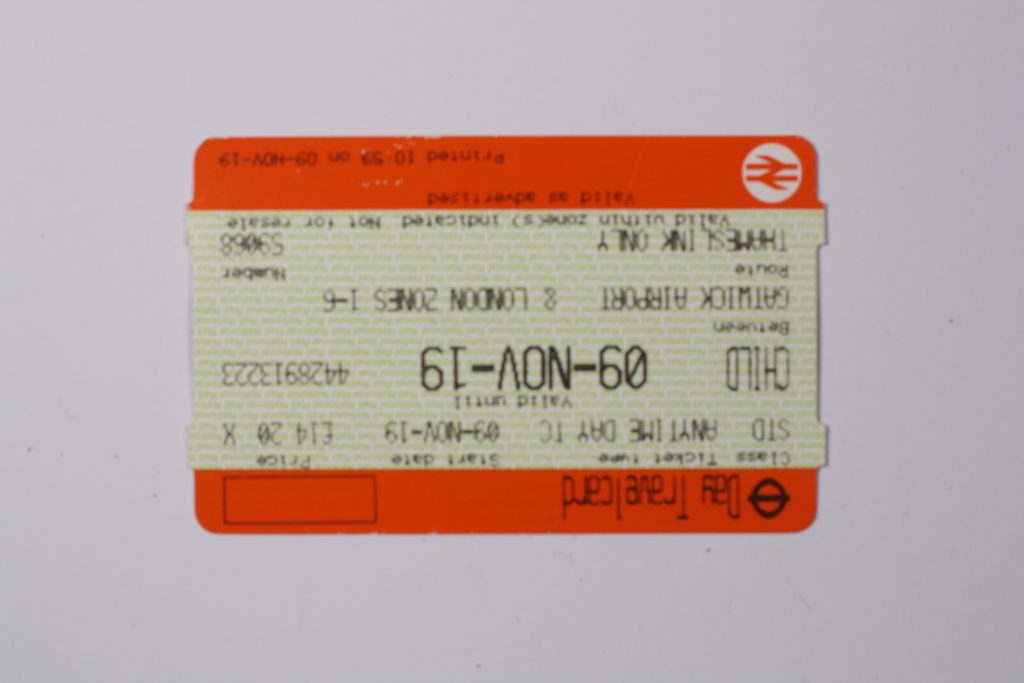
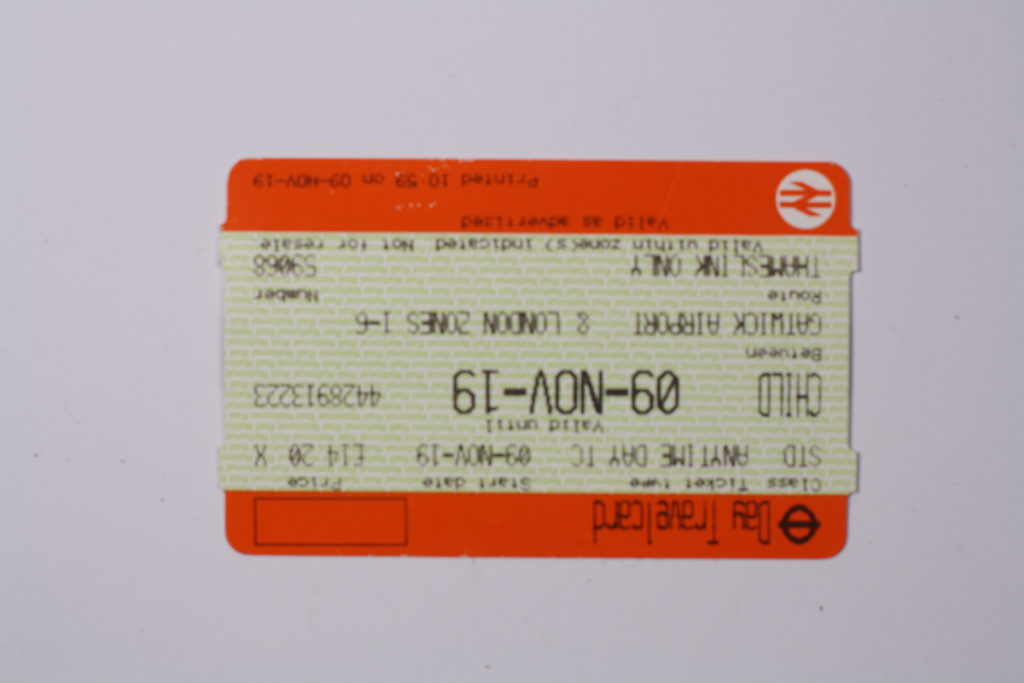
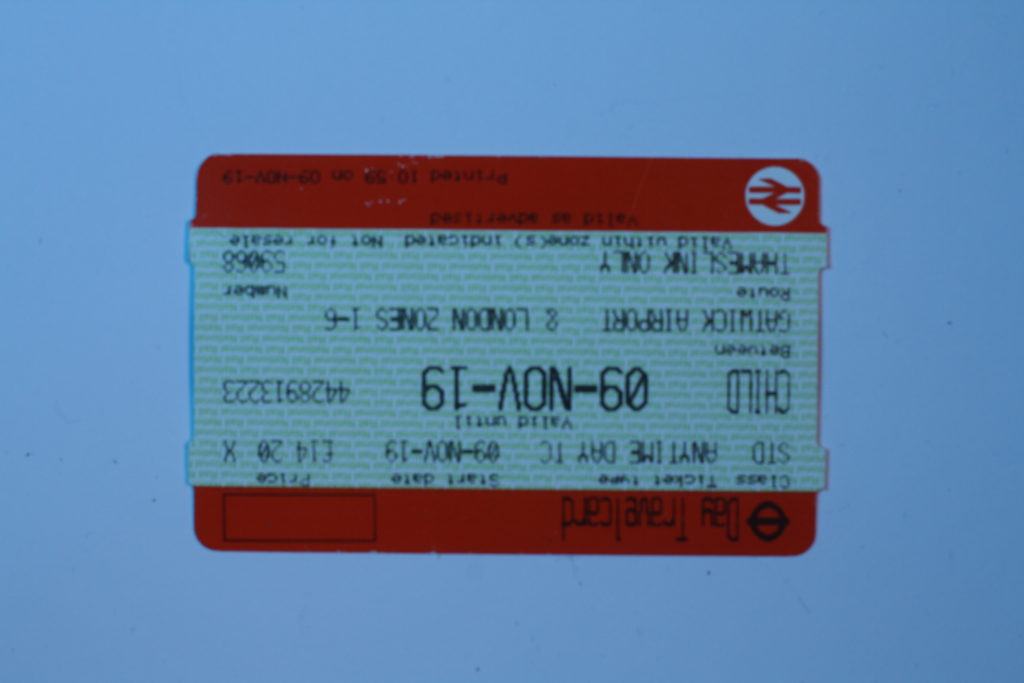
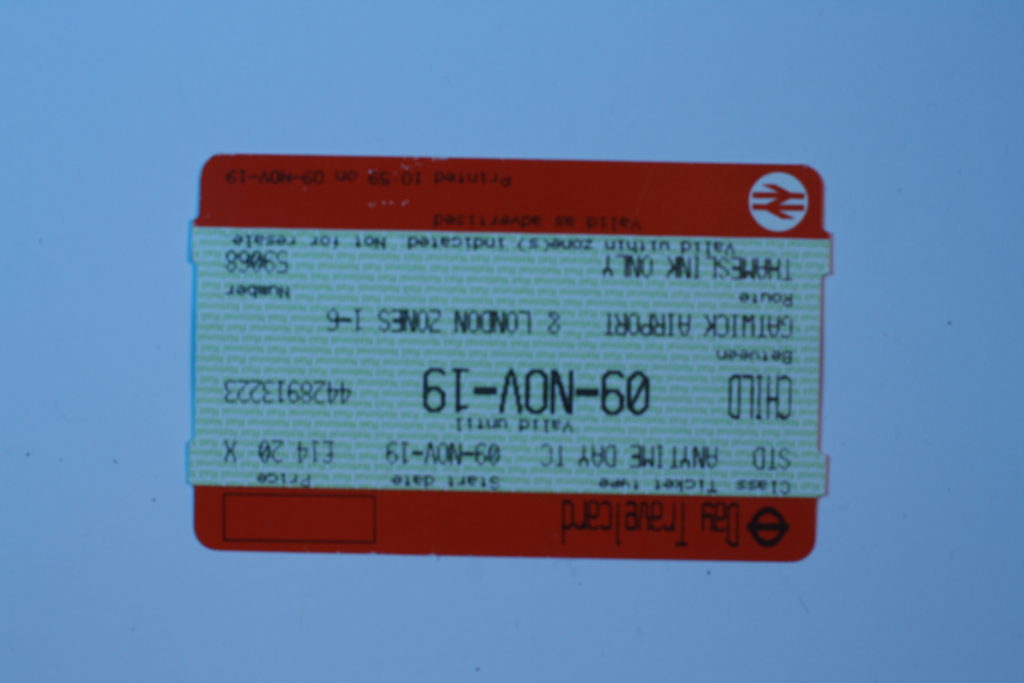
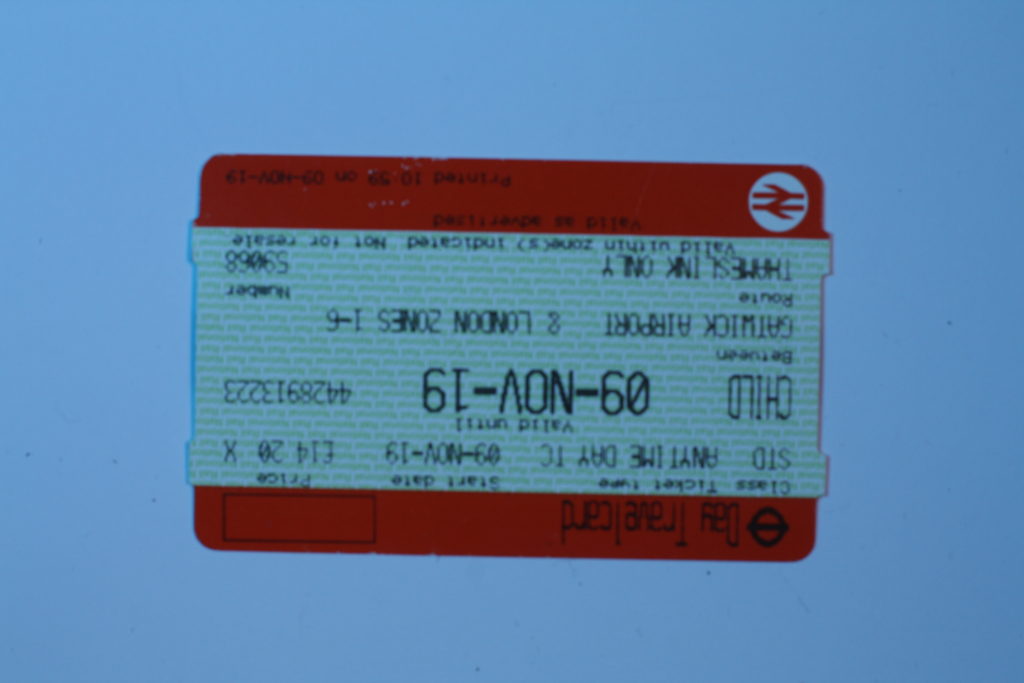
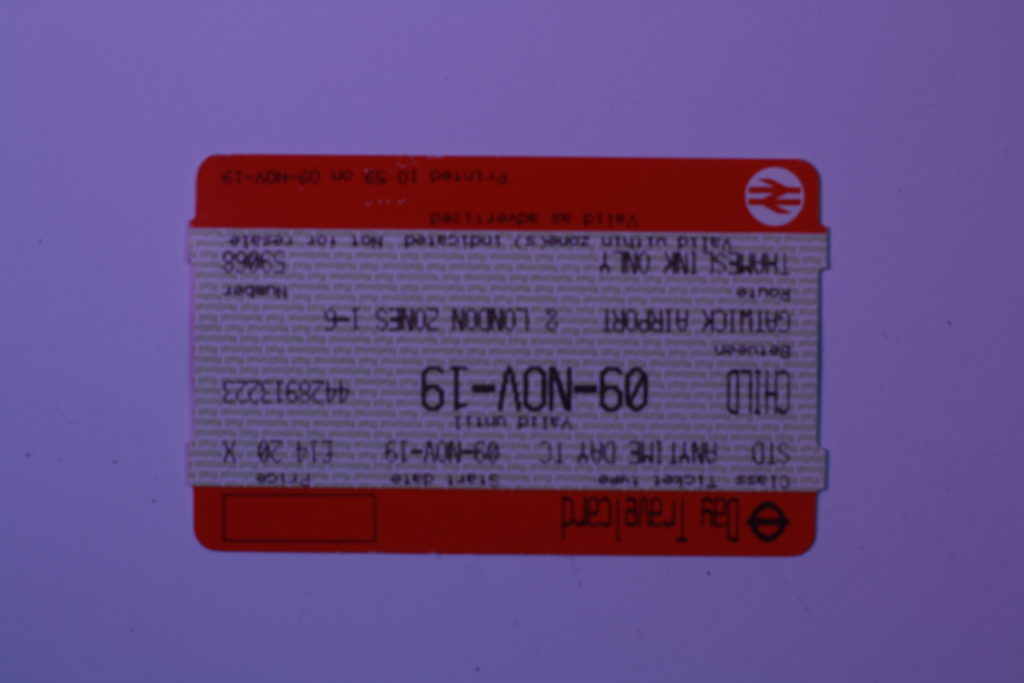
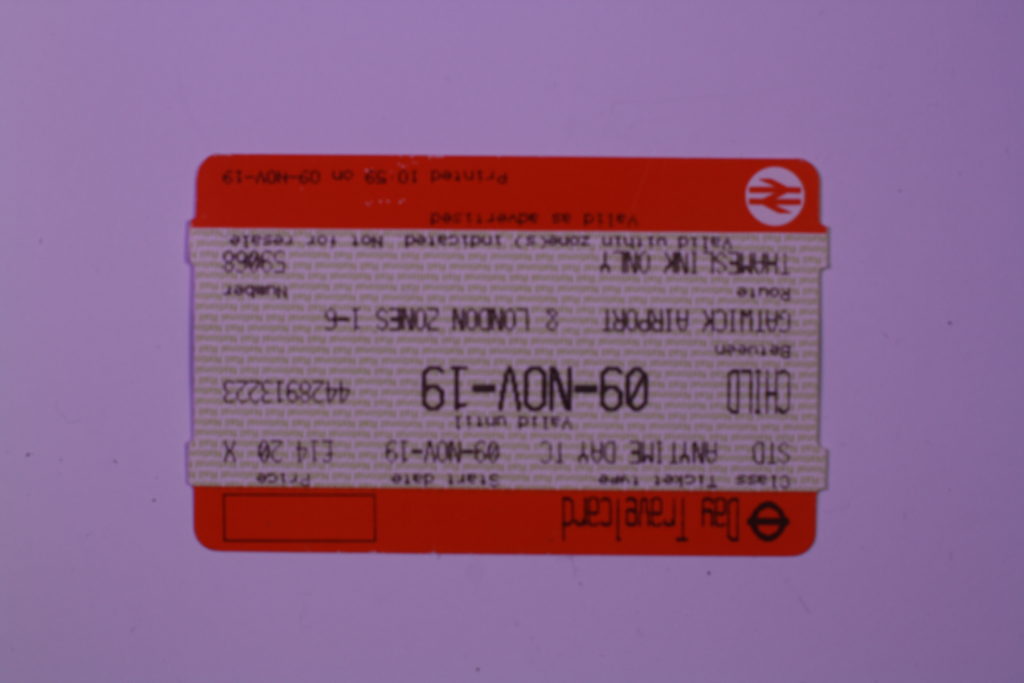
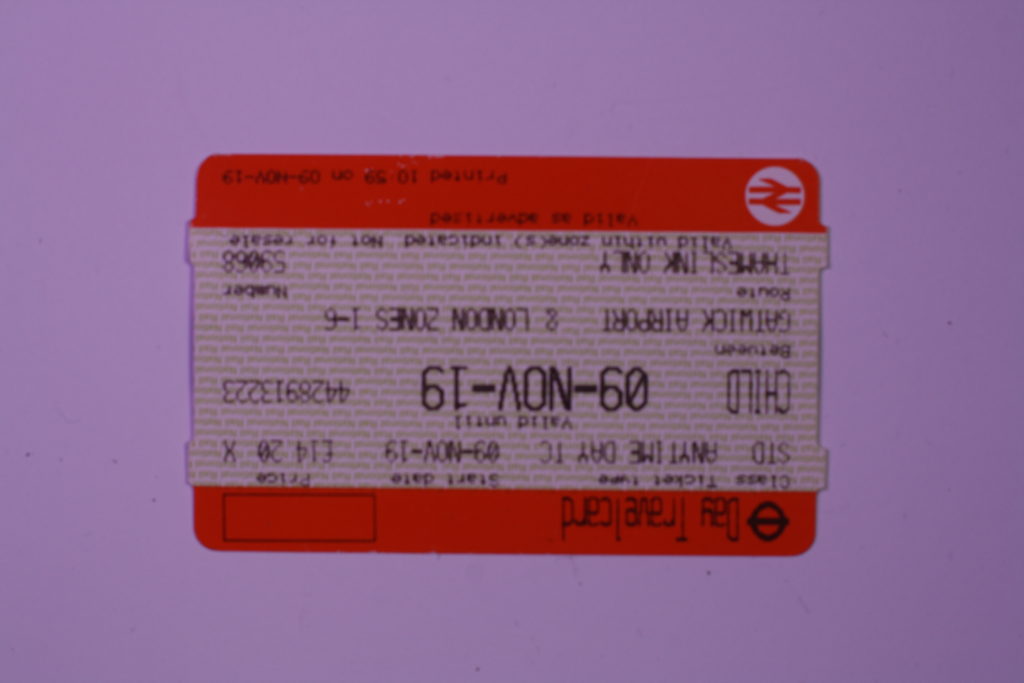
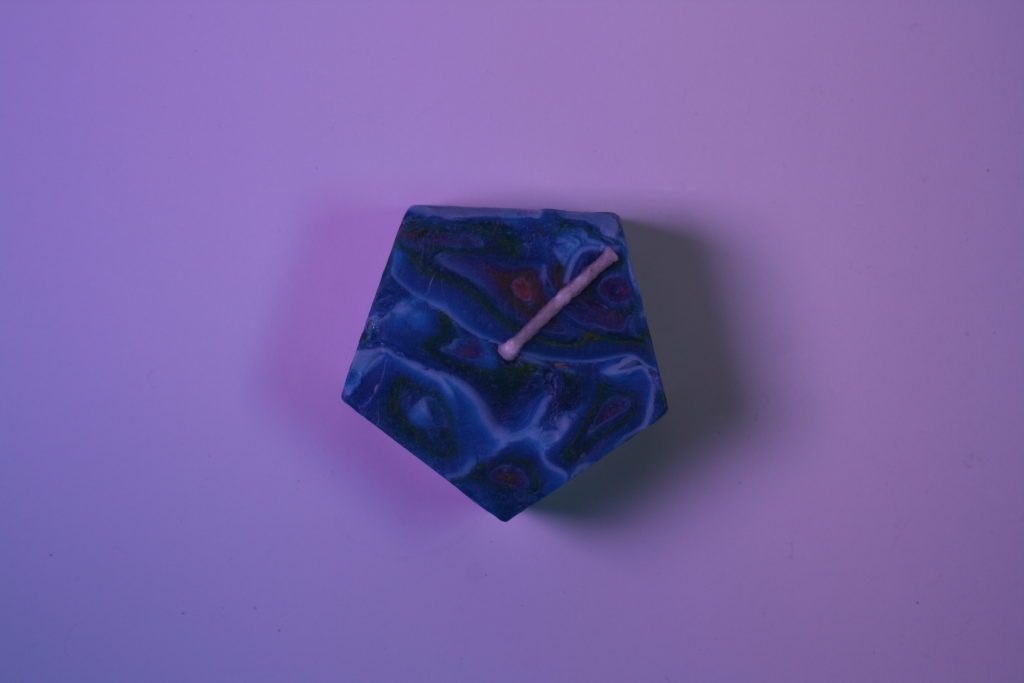
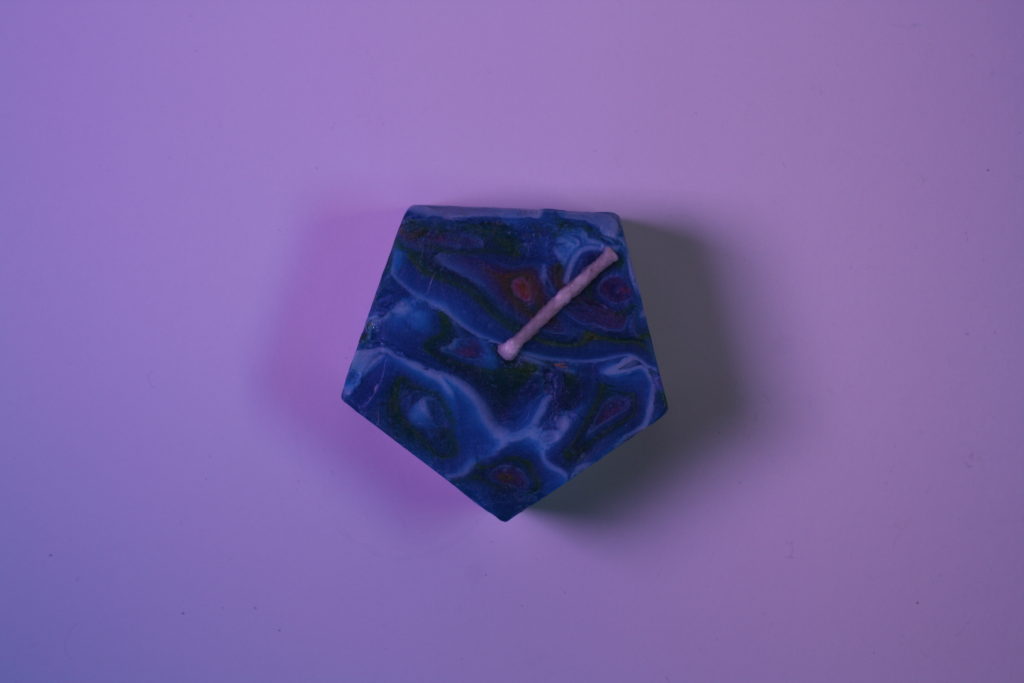
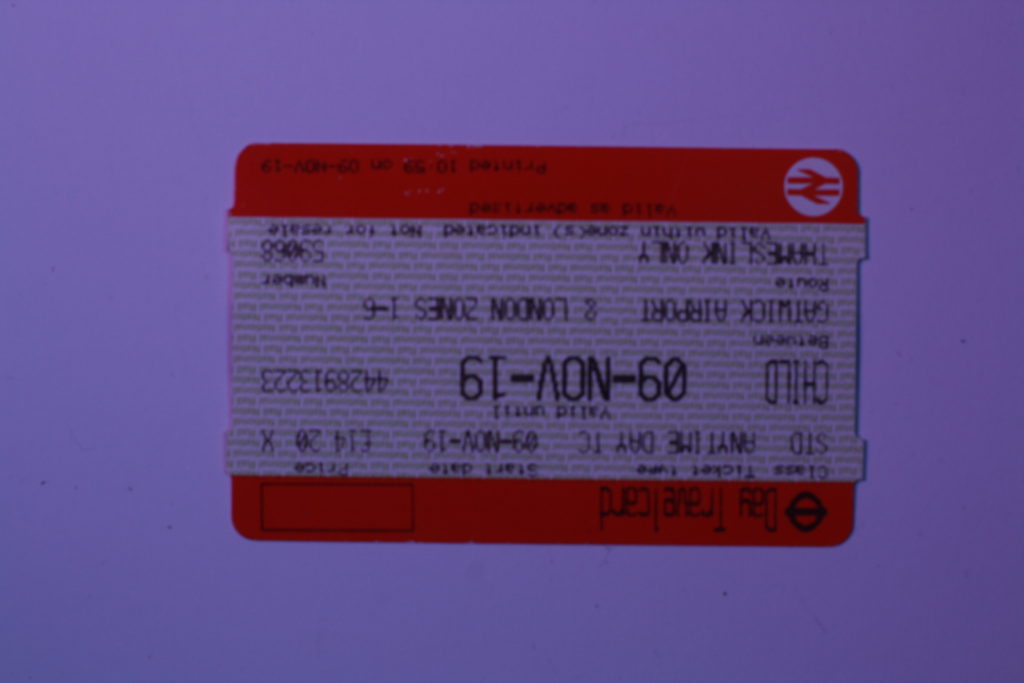
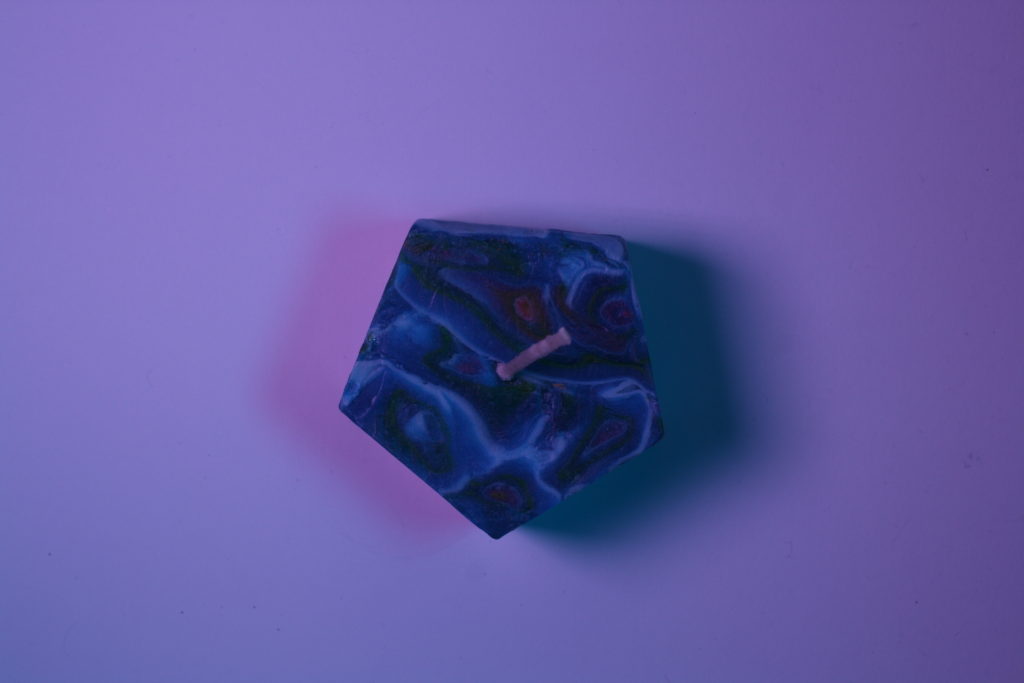
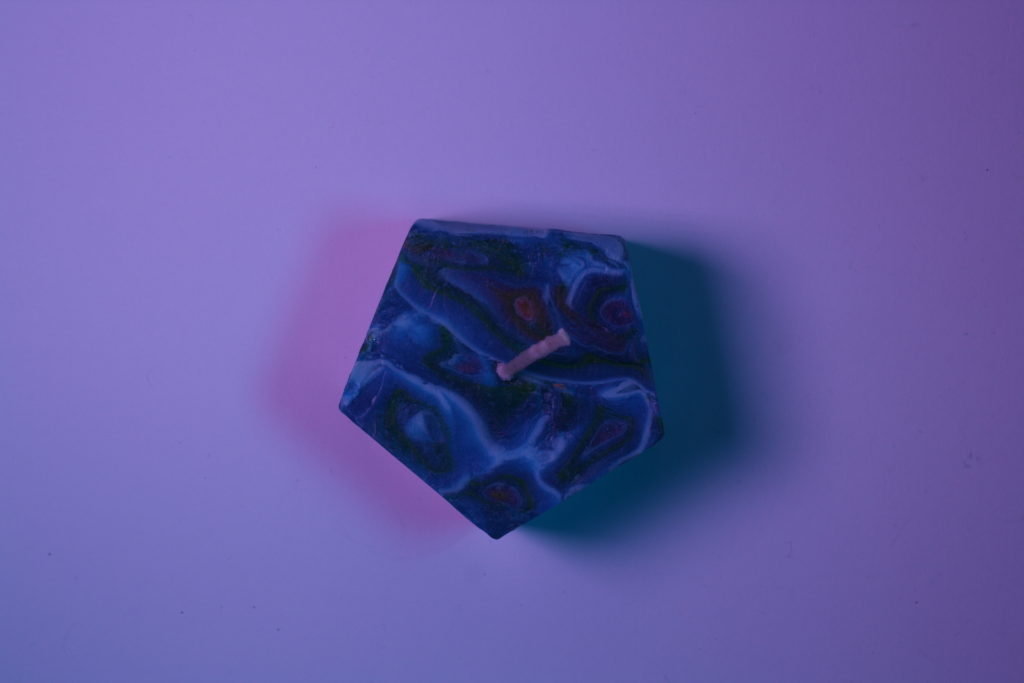
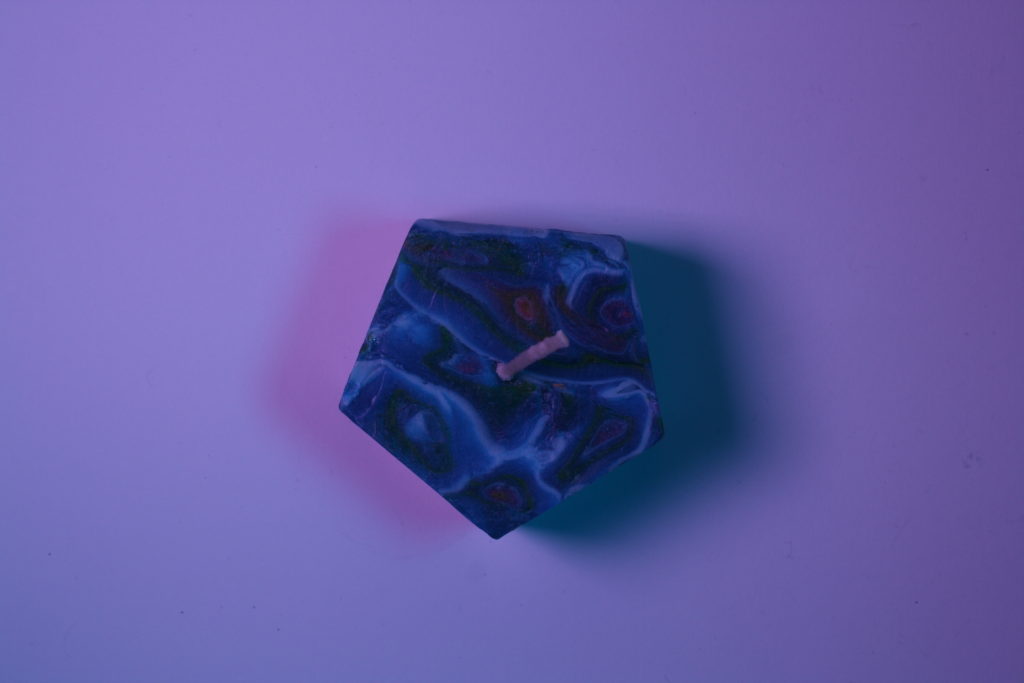
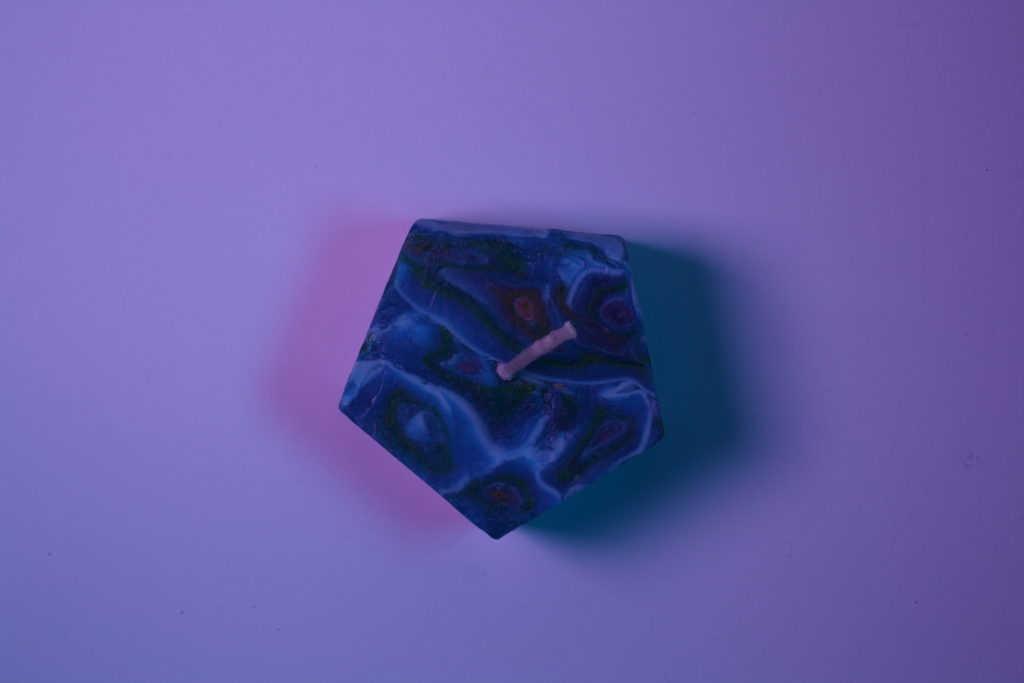
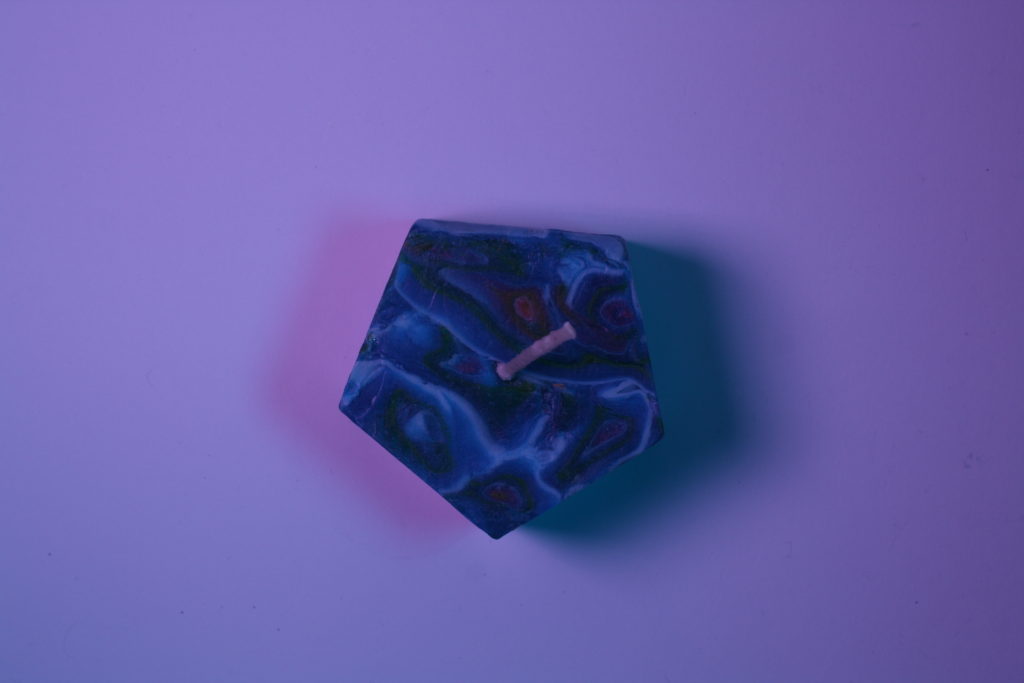
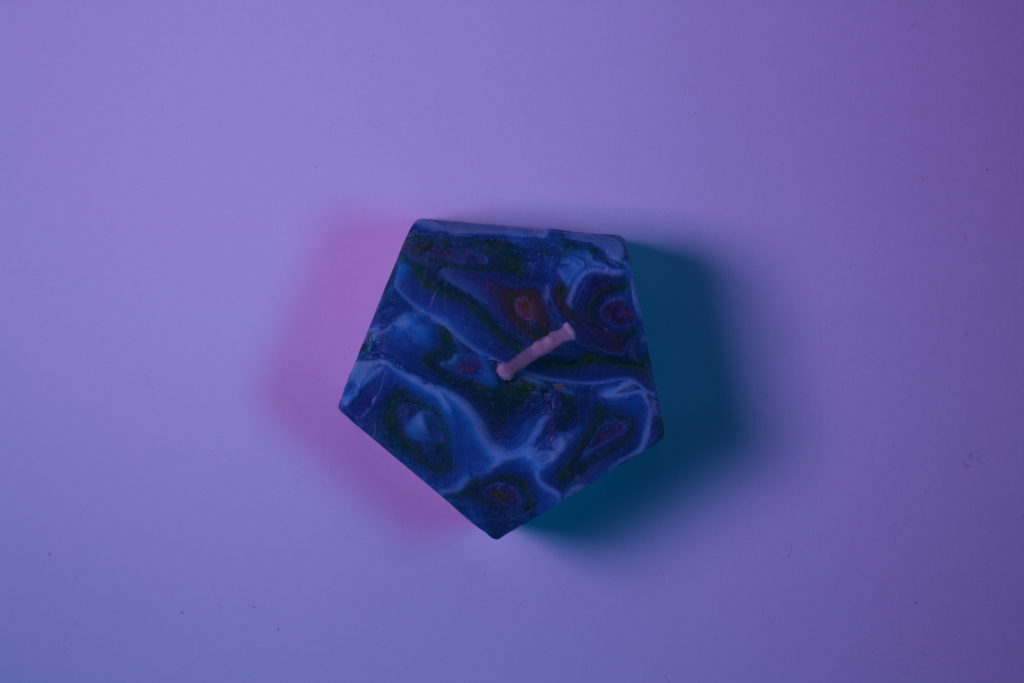
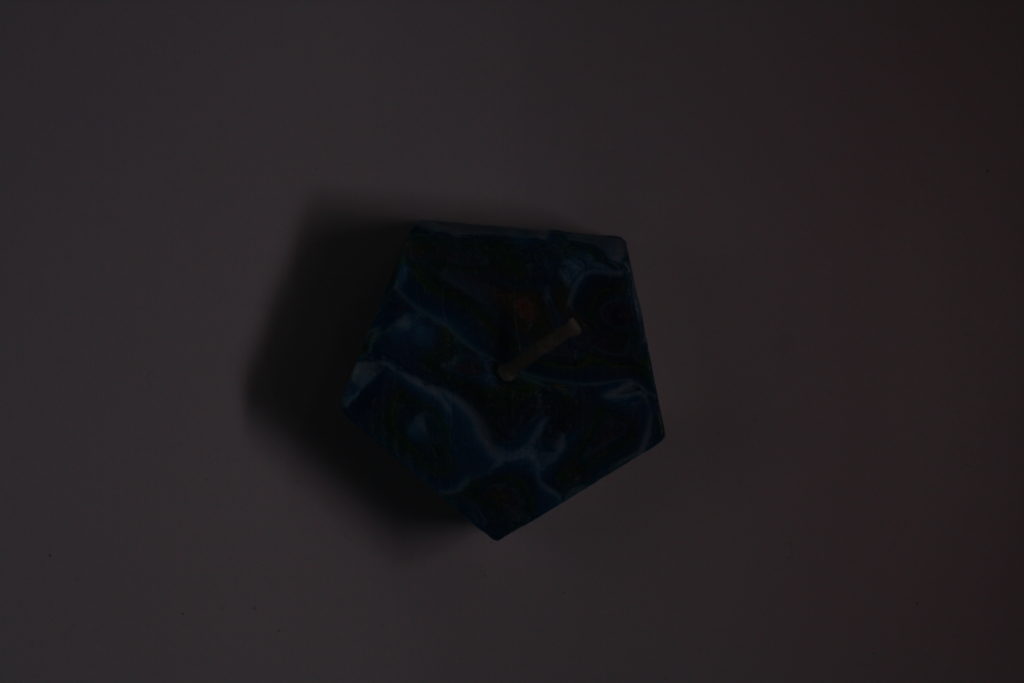
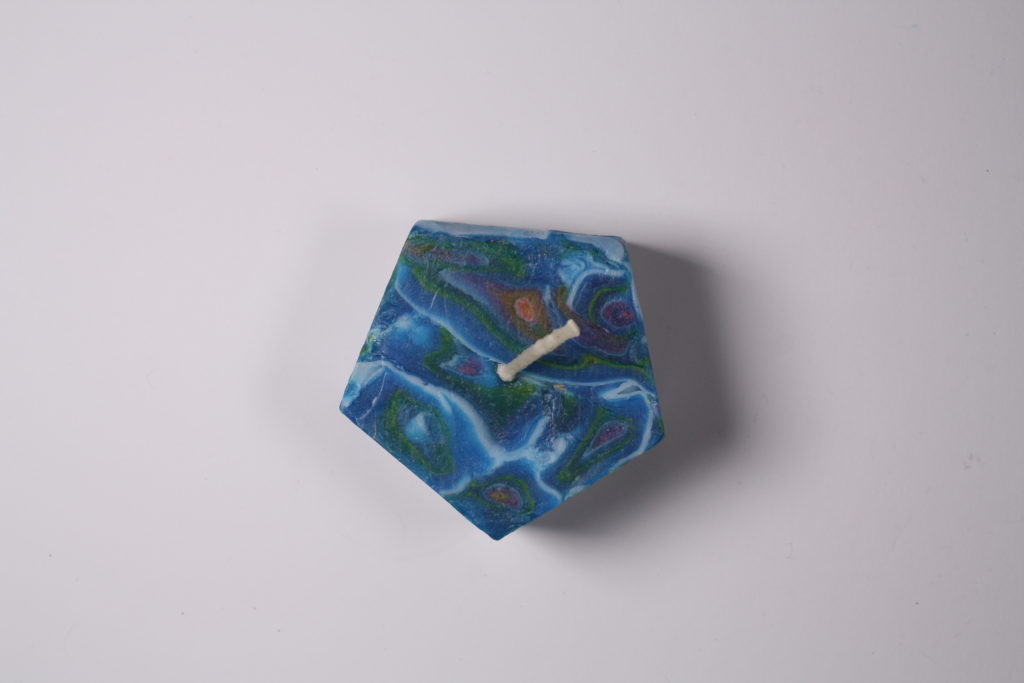
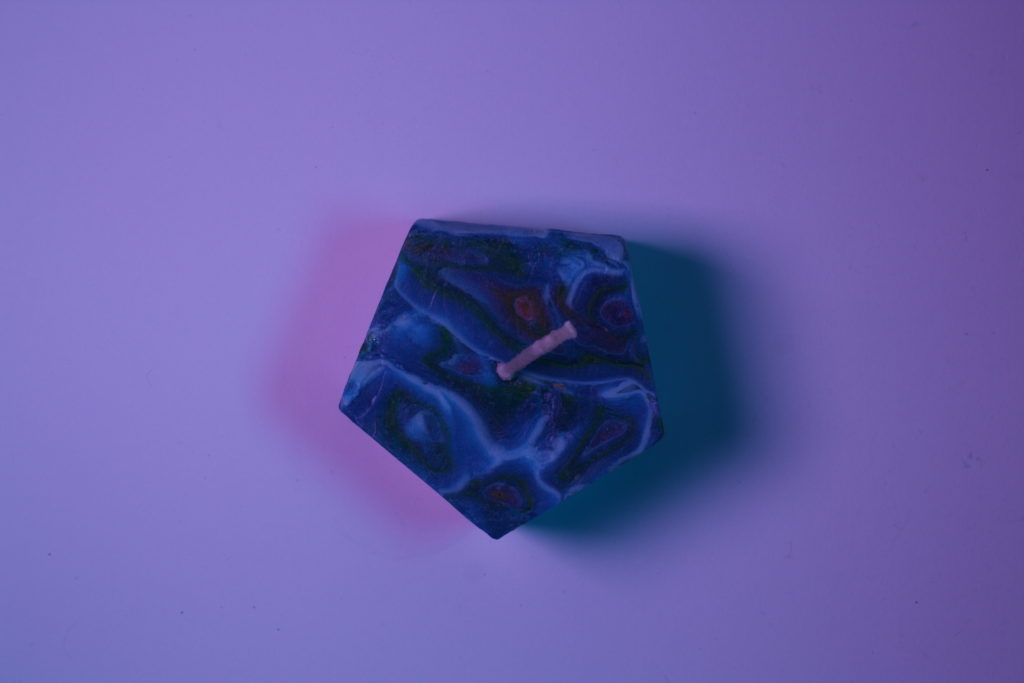
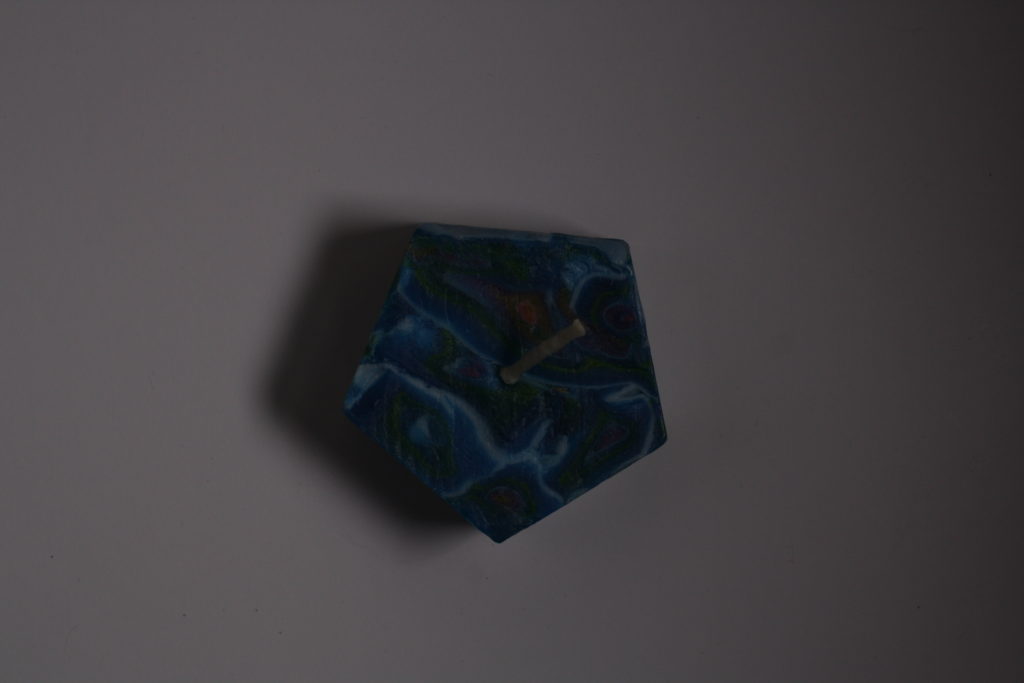
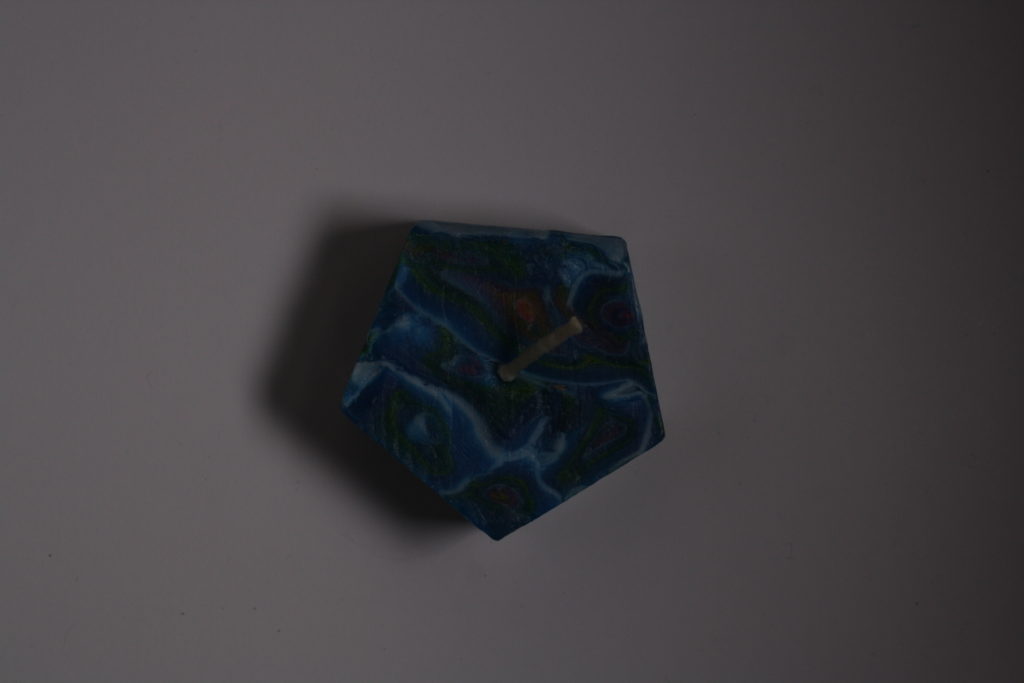
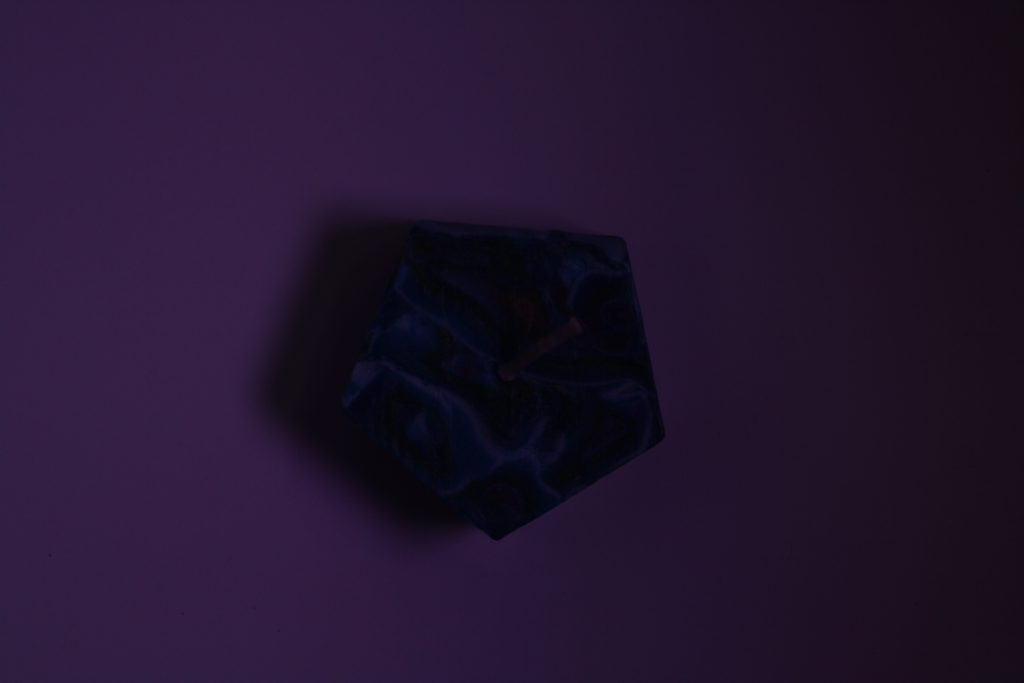
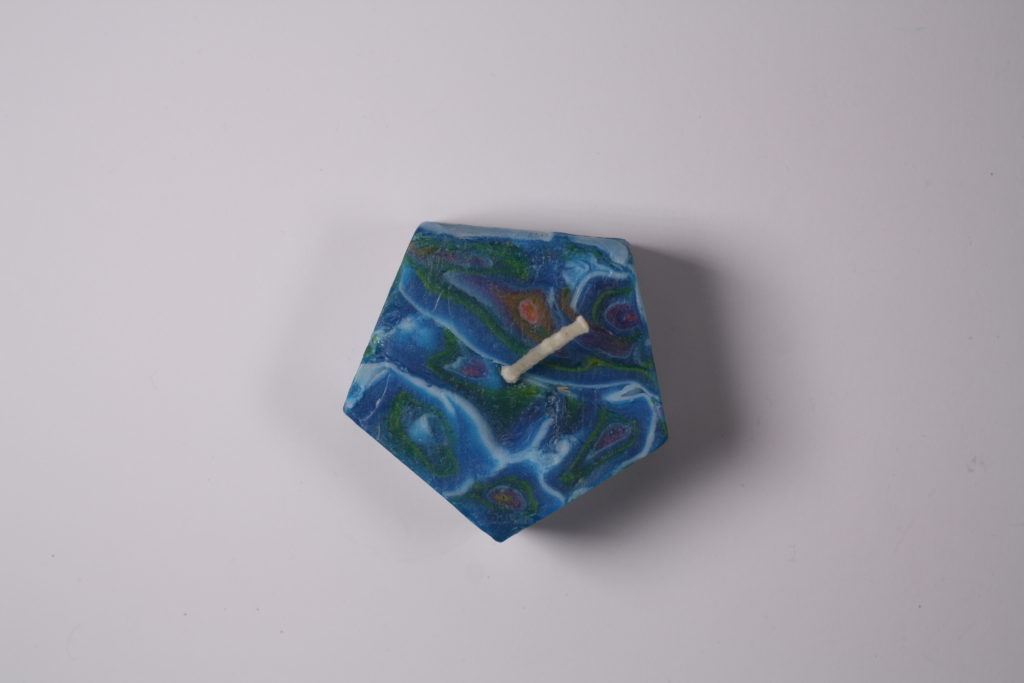
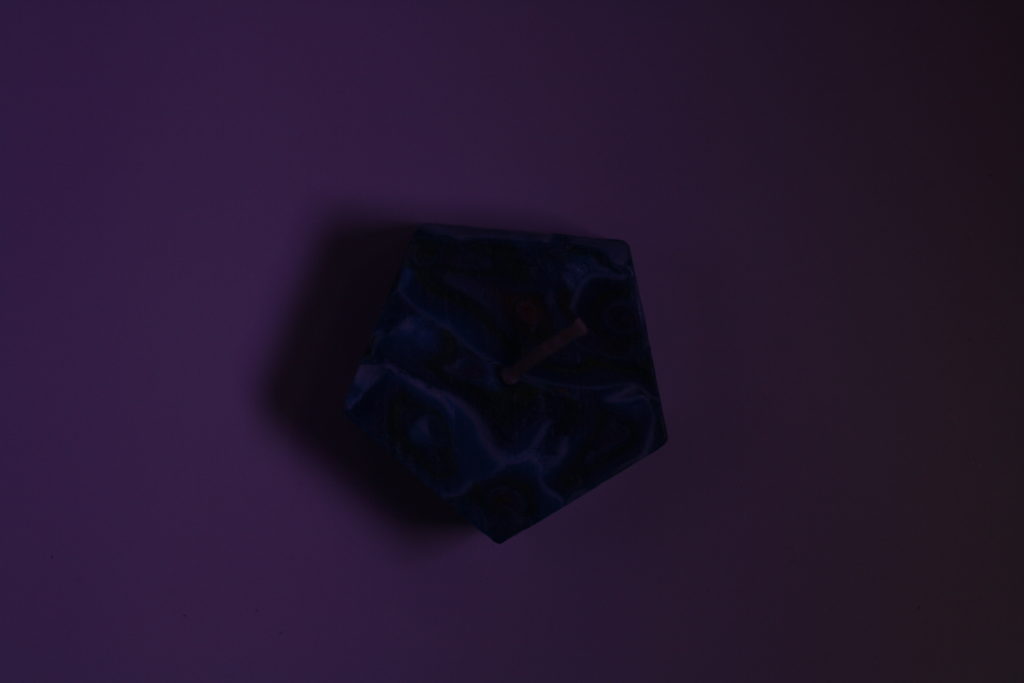
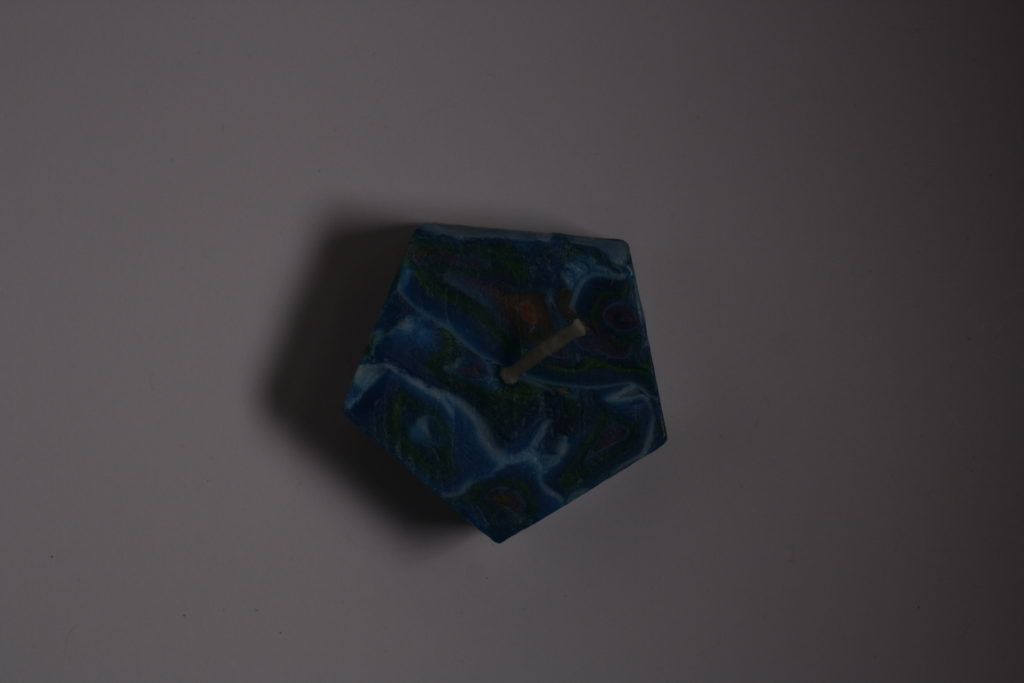
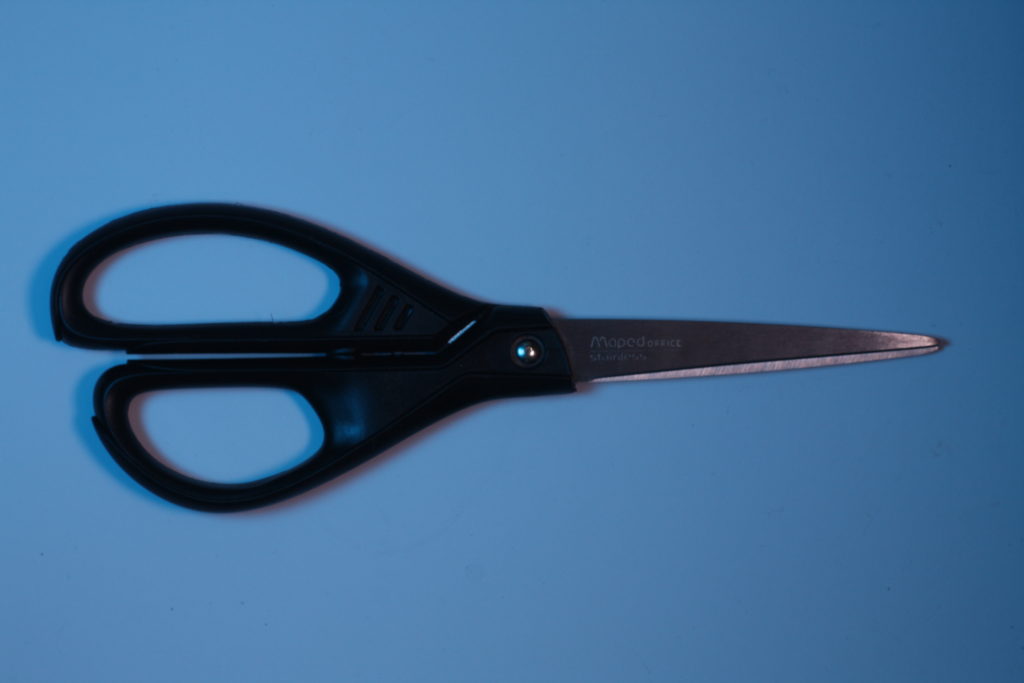
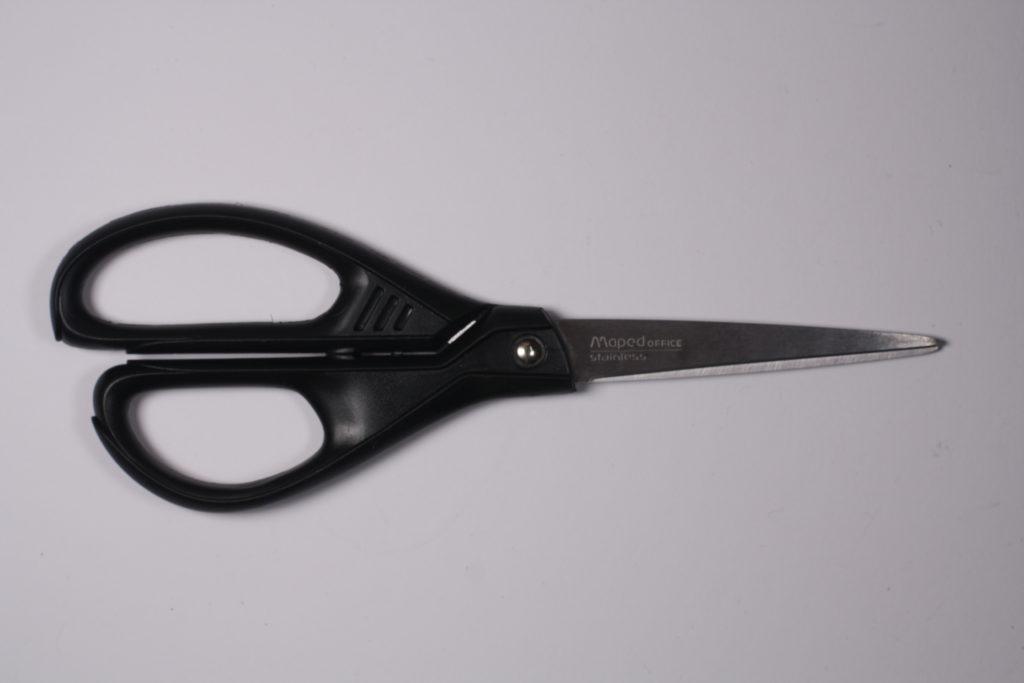
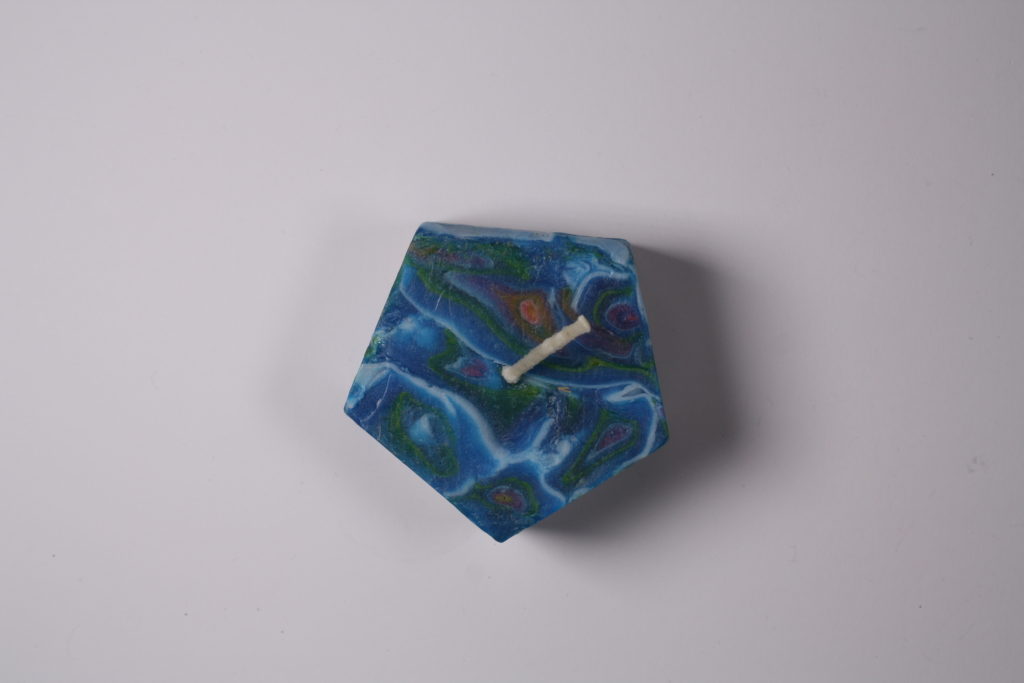

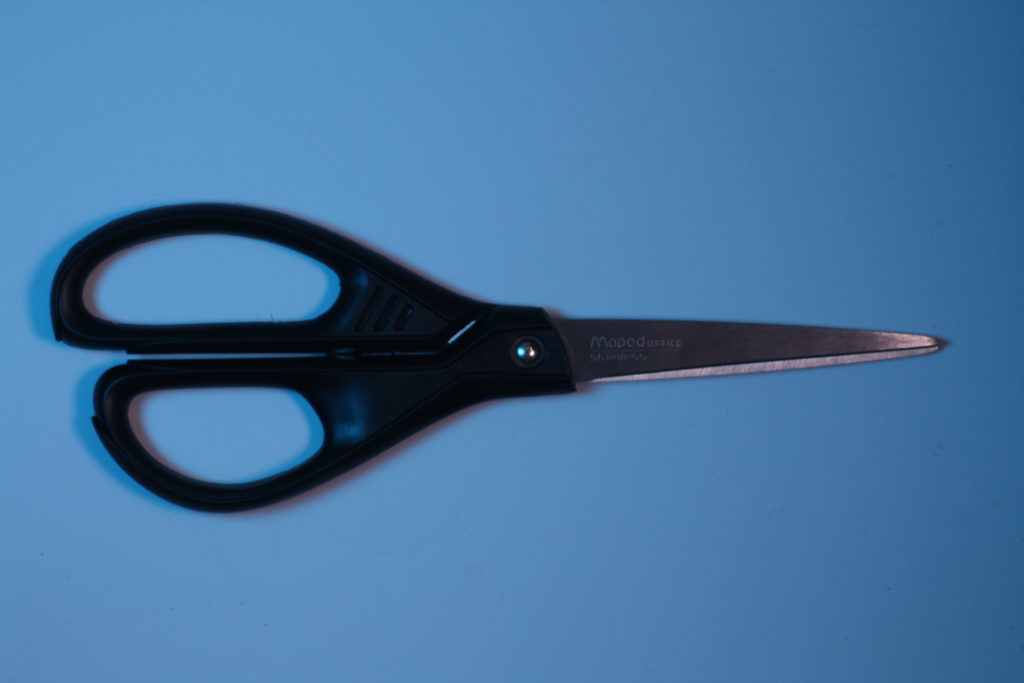
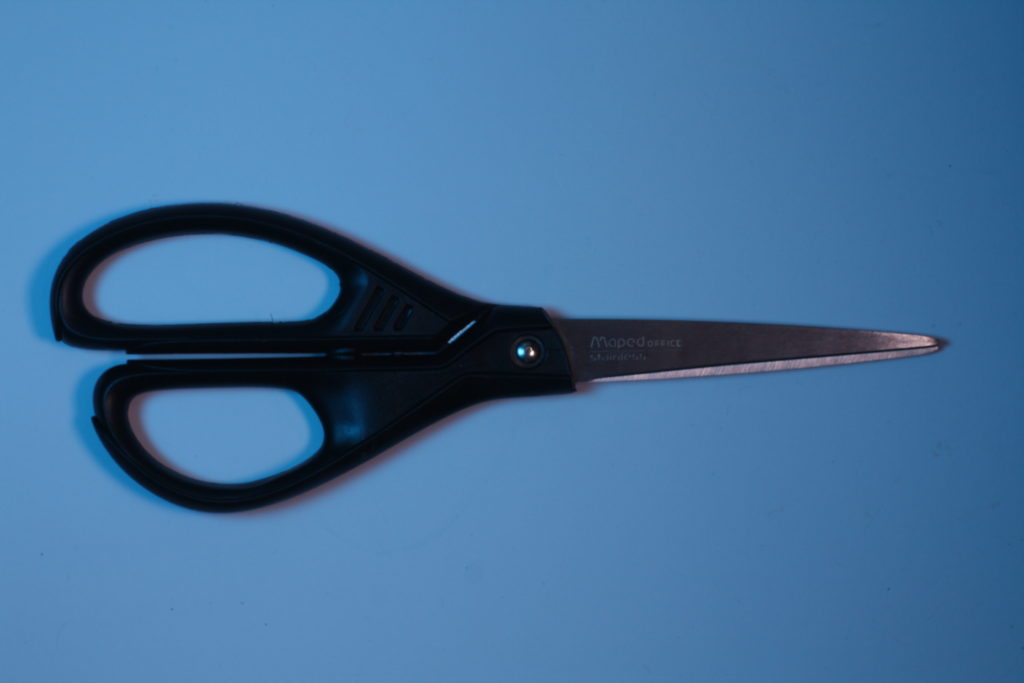
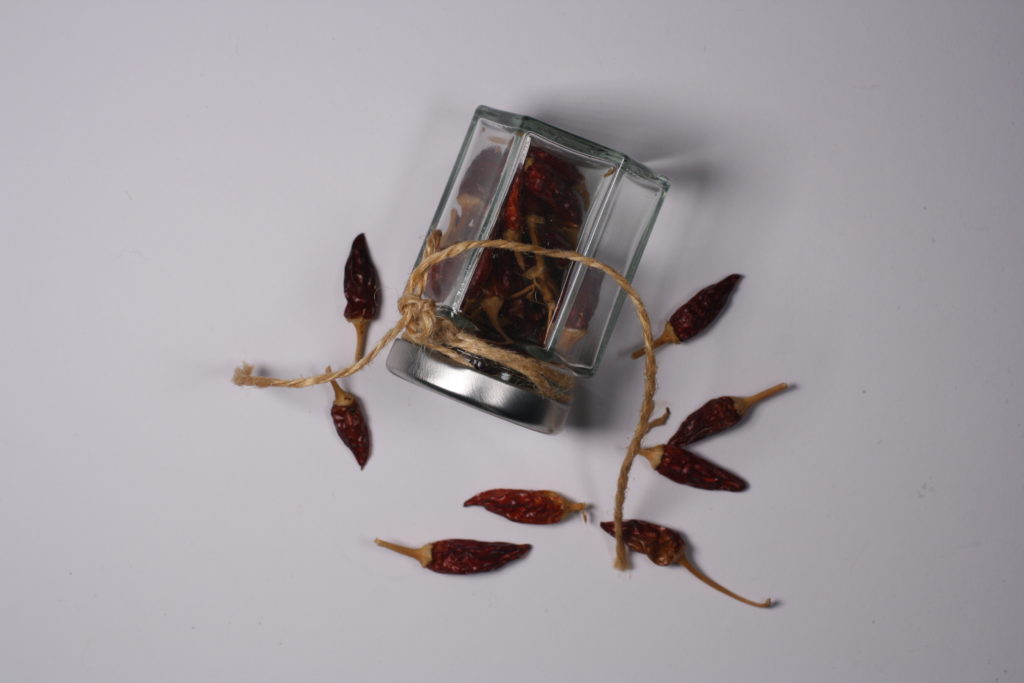
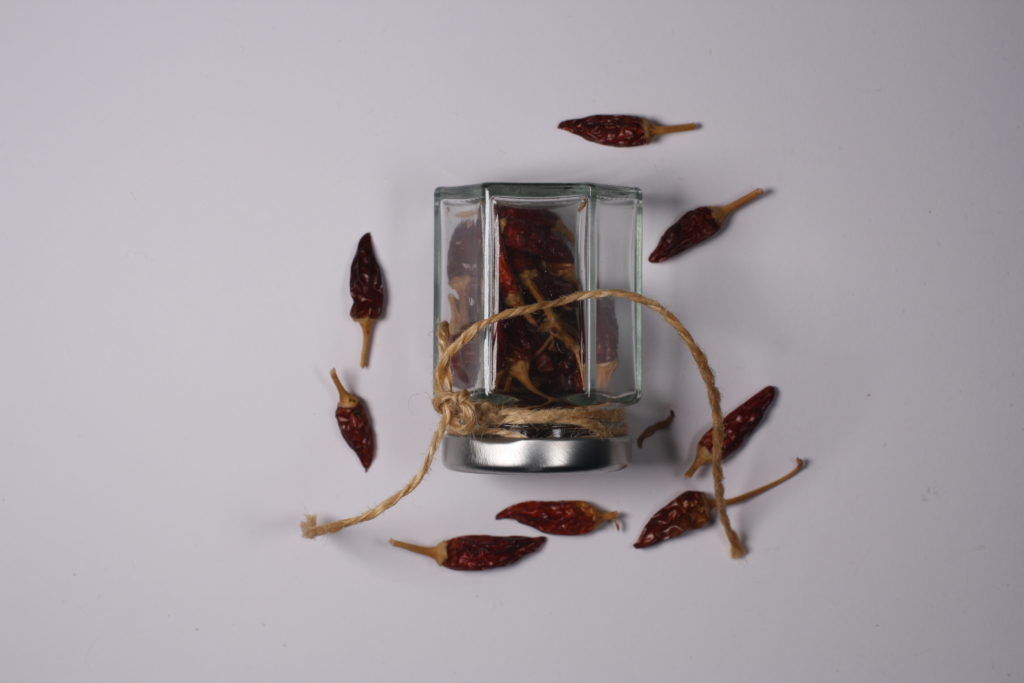
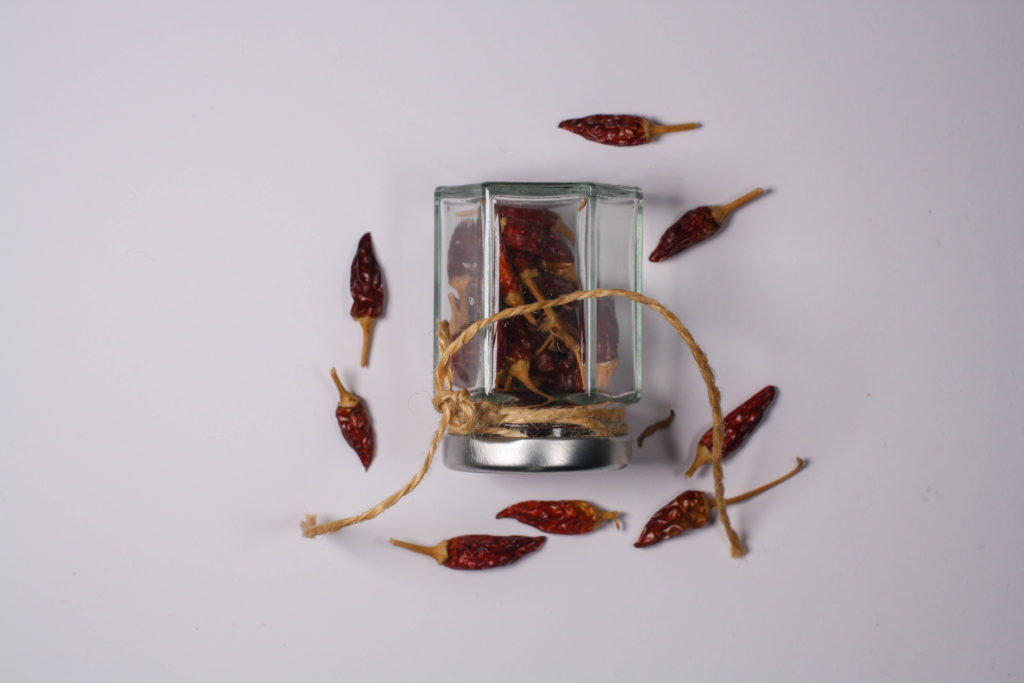
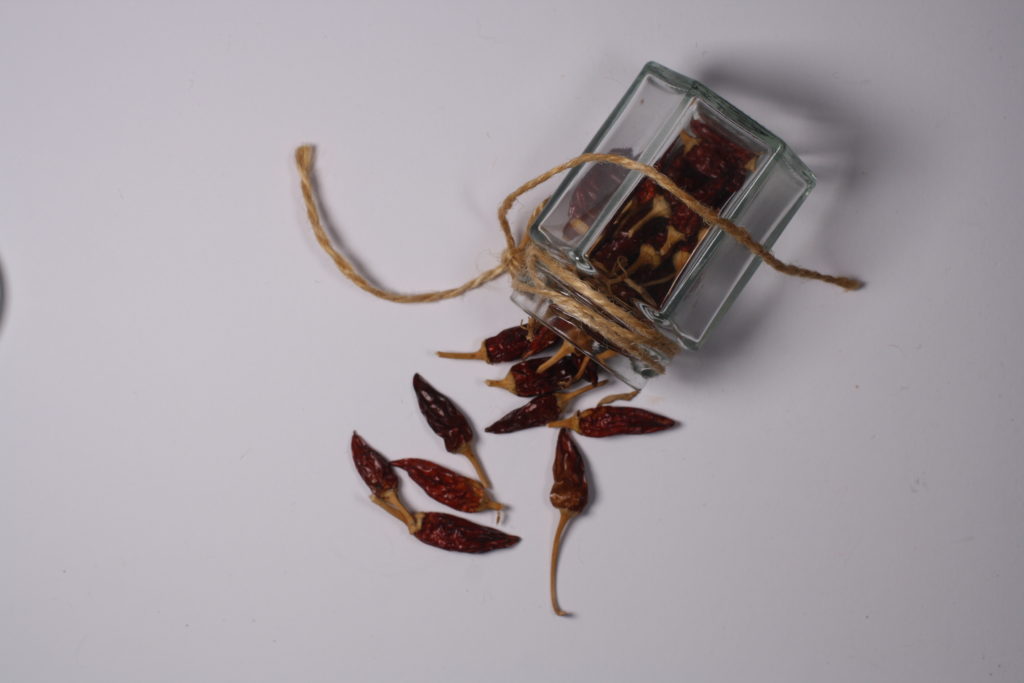
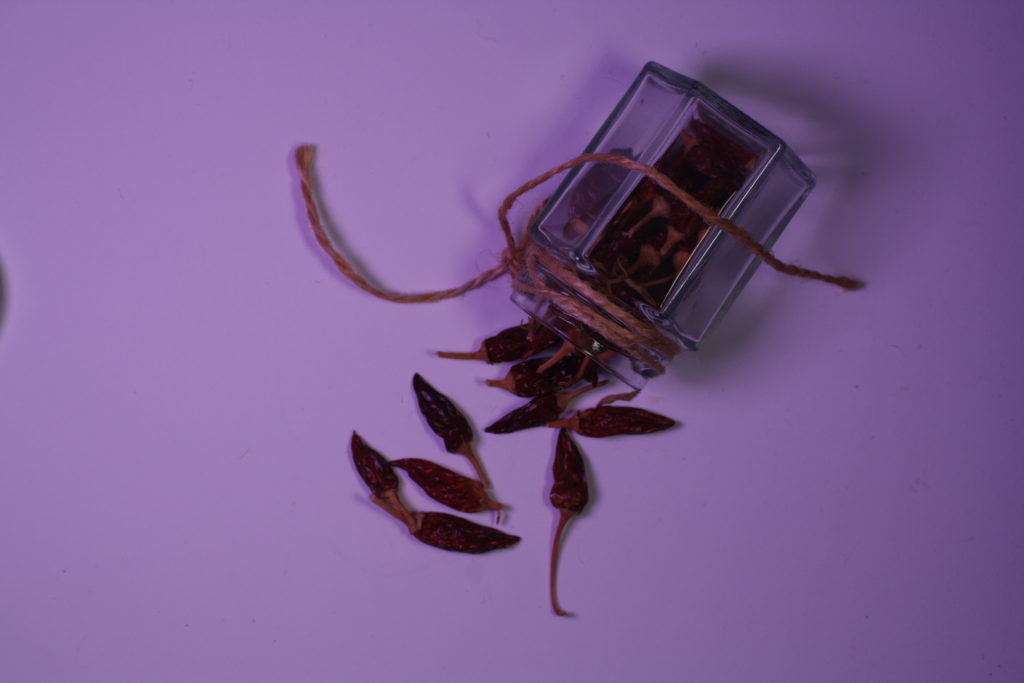
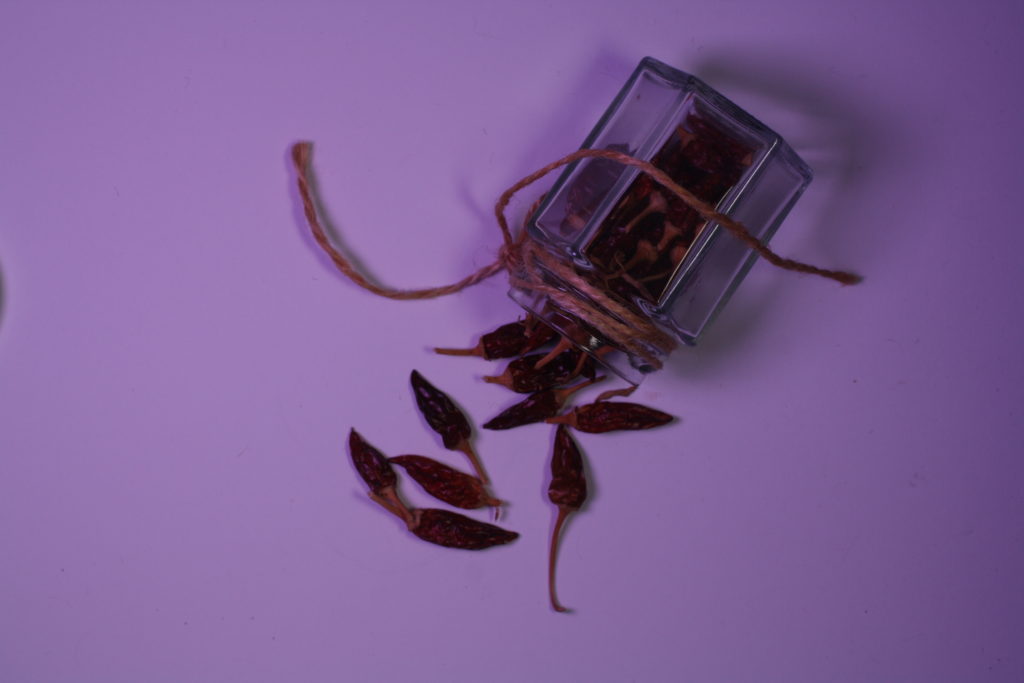
For my single object photoshoot I used a train ticket, candle, pair of scissors and a jar of chillies. I took the most images of the train ticket because it is sentimental to me as it’s from the first woman’s football game I went to see. Some of my favourite images from the shoot are the candle ones with the blue and purple effect on them because it creates a nice blue shadow. I also favour the images with the bright white background with the train ticket as it brings the orange out in the ticket which could catch the audiences eye. I think the arrangement of the chillis make those photos interesting as it will draw the audience to the image.
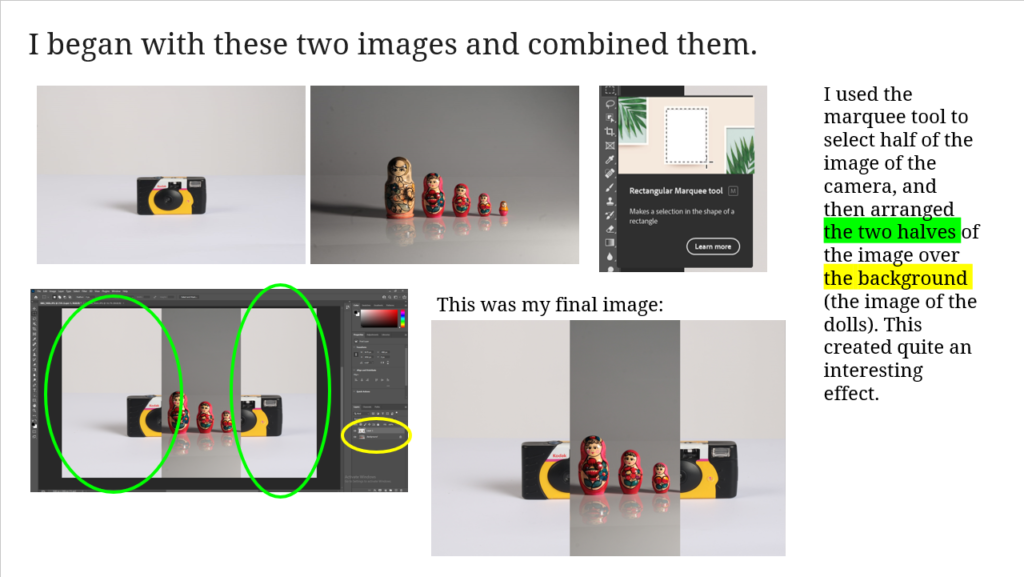
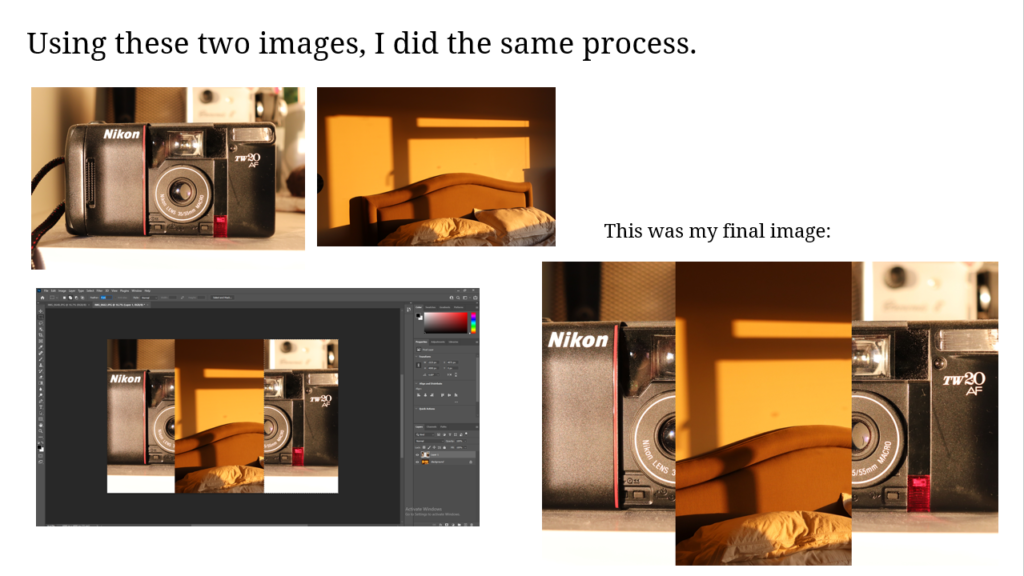
Albert Renger Patszch
What were the goals of new objectivity in photography?
The New Objectivity (Neue Sachlichkeit) emerged as a style in Germany in the 1920s as a challenge to Expressionism. As its name suggests, it offered a return to unsentimental reality and a focus on the objective world, as opposed to the more abstract, romantic, or idealistic tendencies of Expressionism.
What types of subjects did Neue Sachlichkeit prefer to photograph?
The artists highlighted the social and political turmoil of life emphasized through war-profiteers, beggars, and prostitutes. They explored the rise of the metropolis with its freedoms and sexual liberation, but noted the increasing alienation from nature and rural life.
Why did photographers in the 1920s begin to represent the world with ‘objective, sober eyes‘?
Some of Albert Renger Patszch‘s photography:
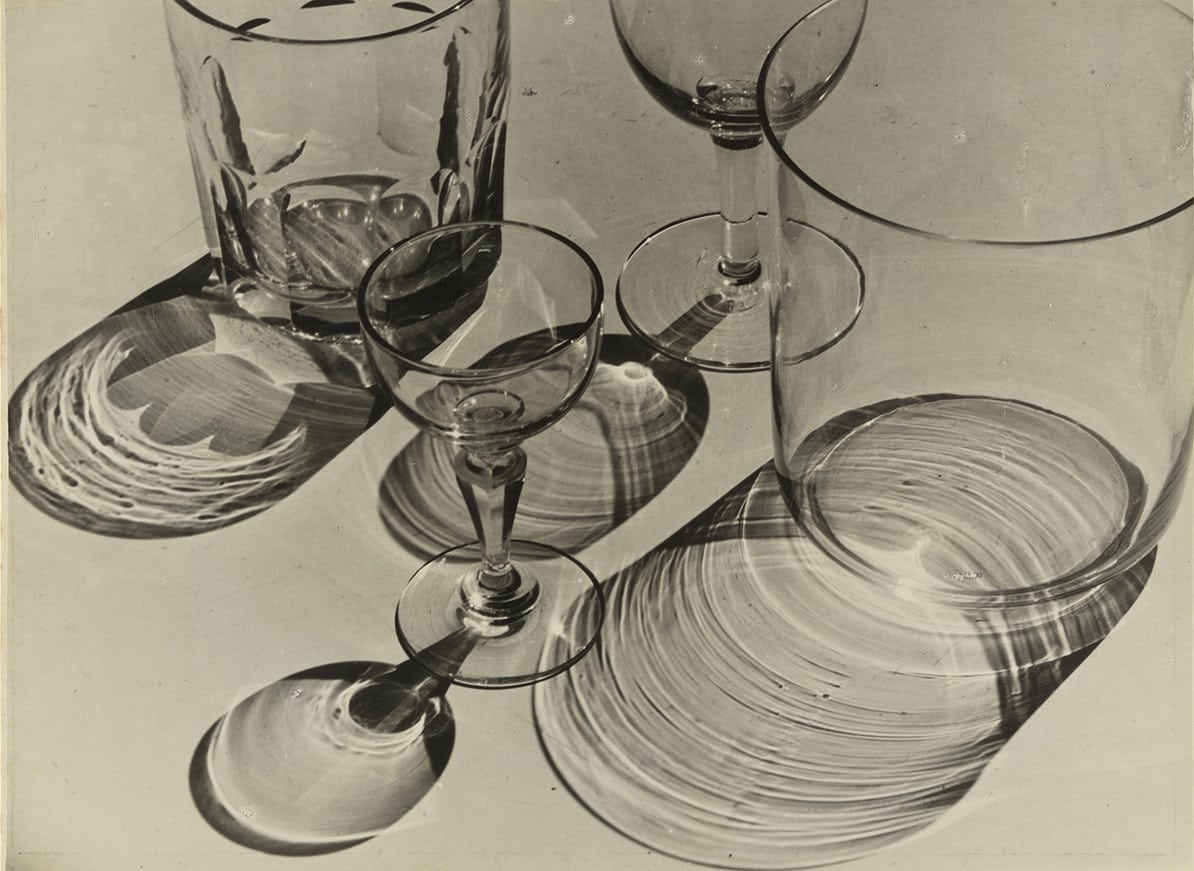

I decided to experiment using scissors and tape and captured some images in the studio and edited them on adobe lightroom:
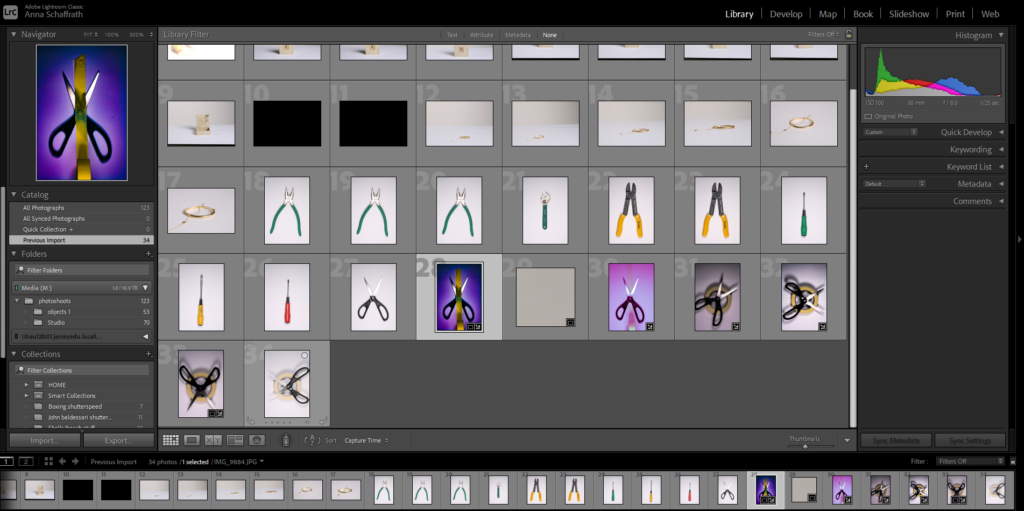
My Edits/ images:

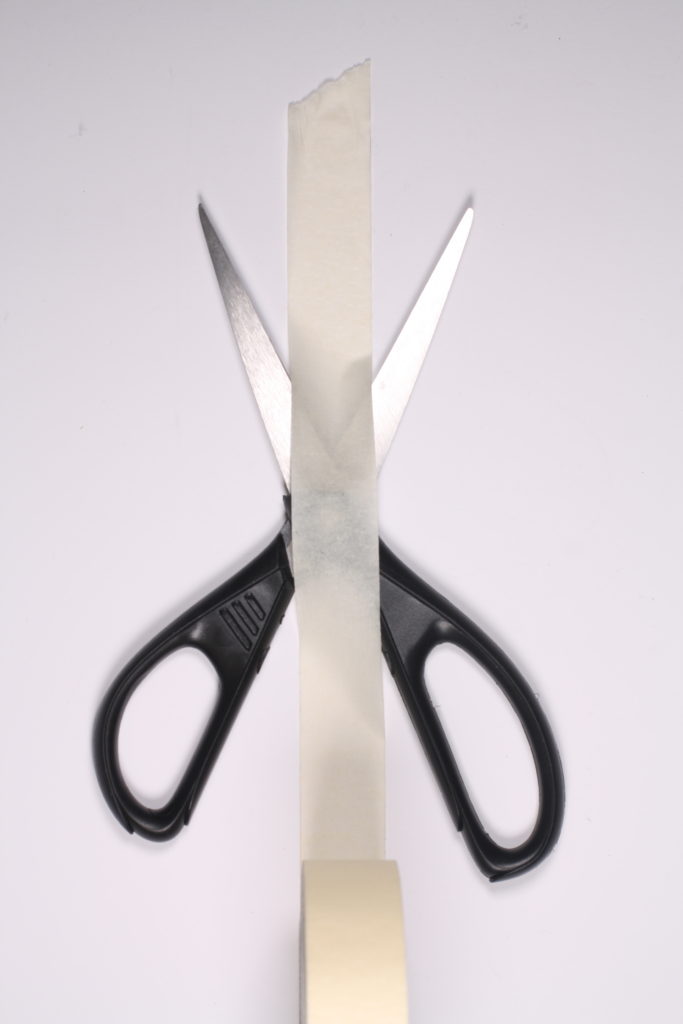
I was mainly experimenting with the shadows, highlights, vibrance and saturation.
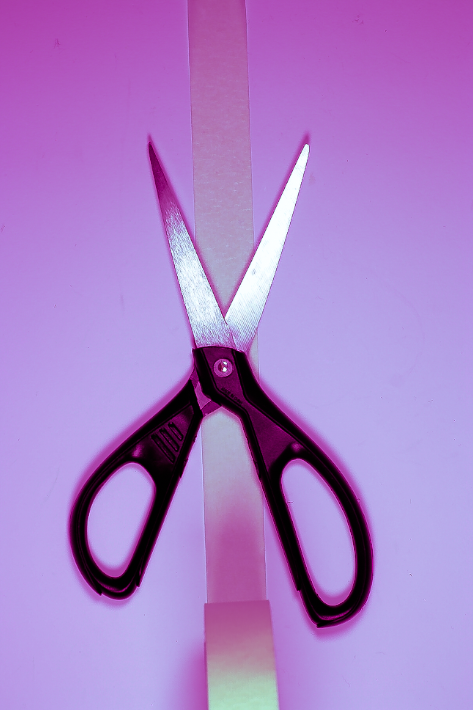
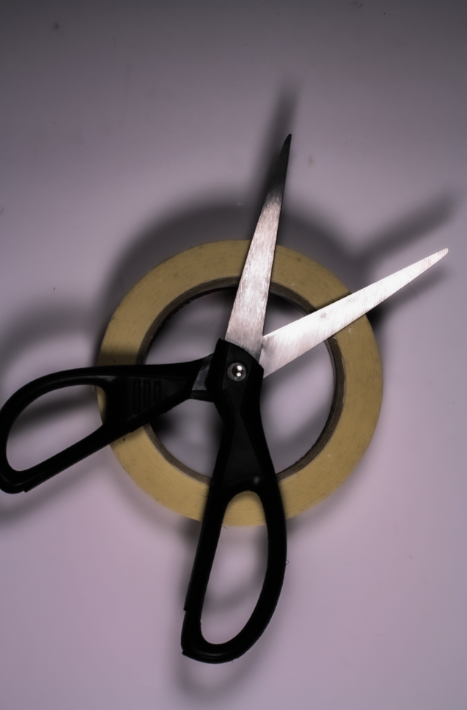
In this image I edited so that the shadows were more strong and visible, compared to my other edits this ones darker and simpler.
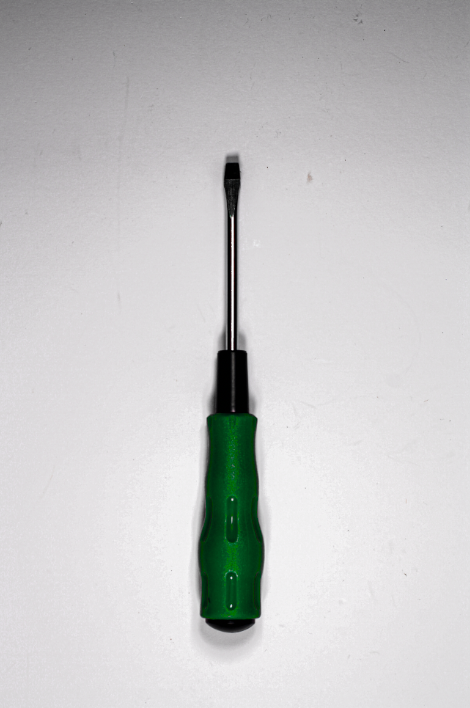
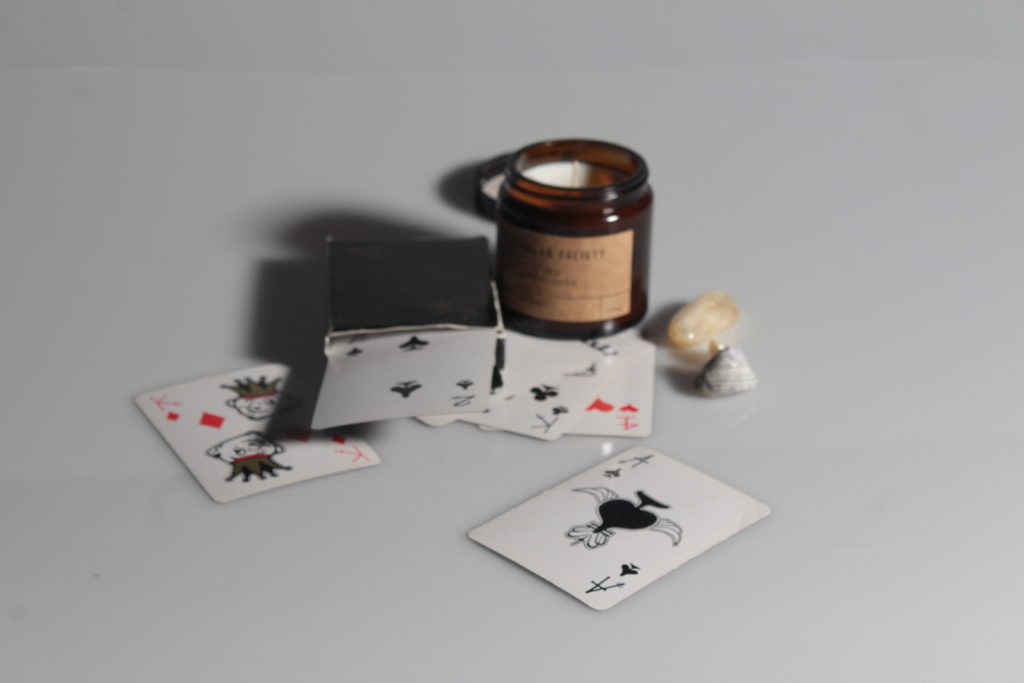
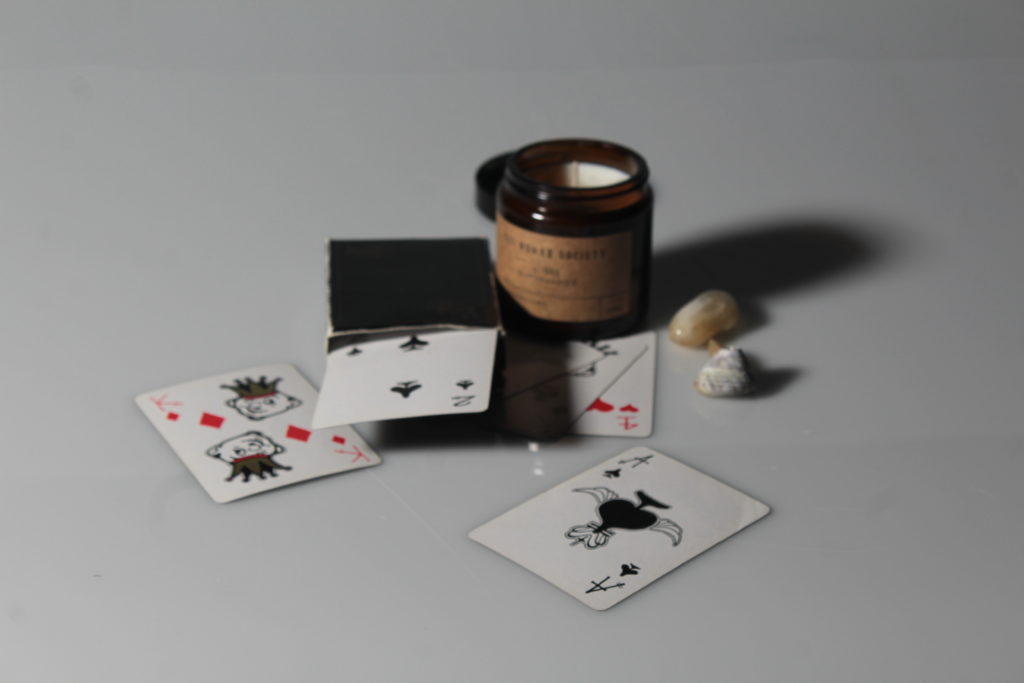
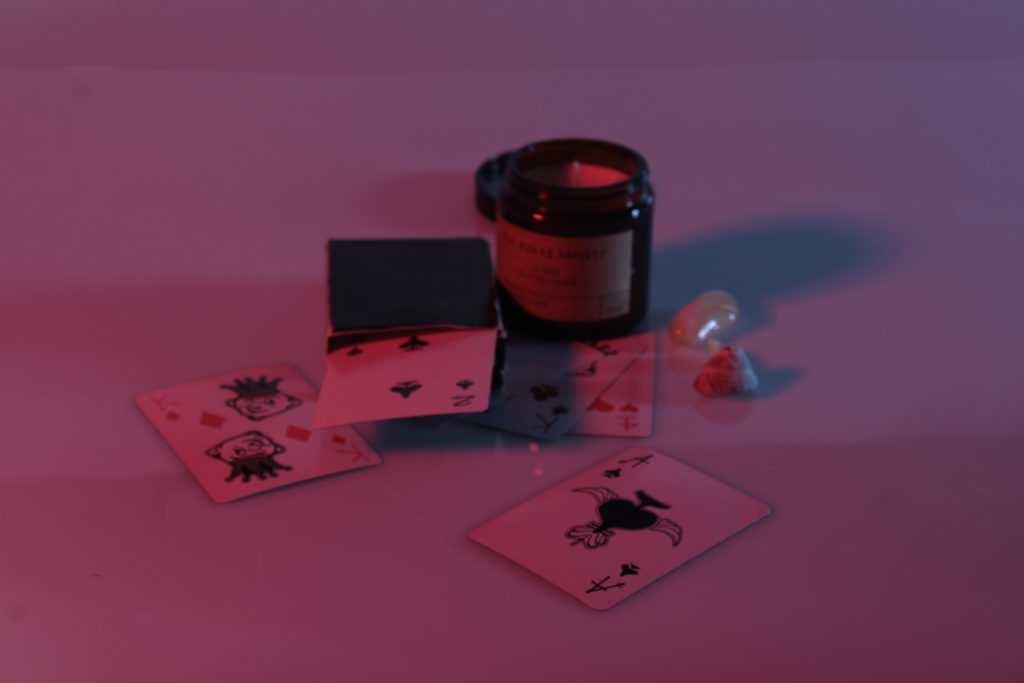
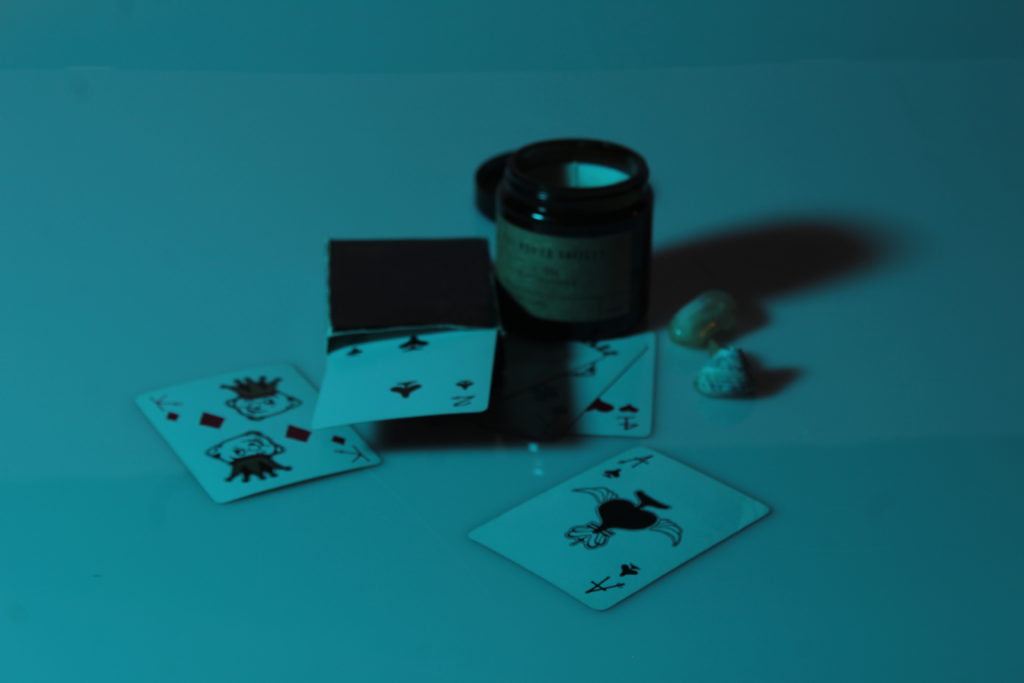
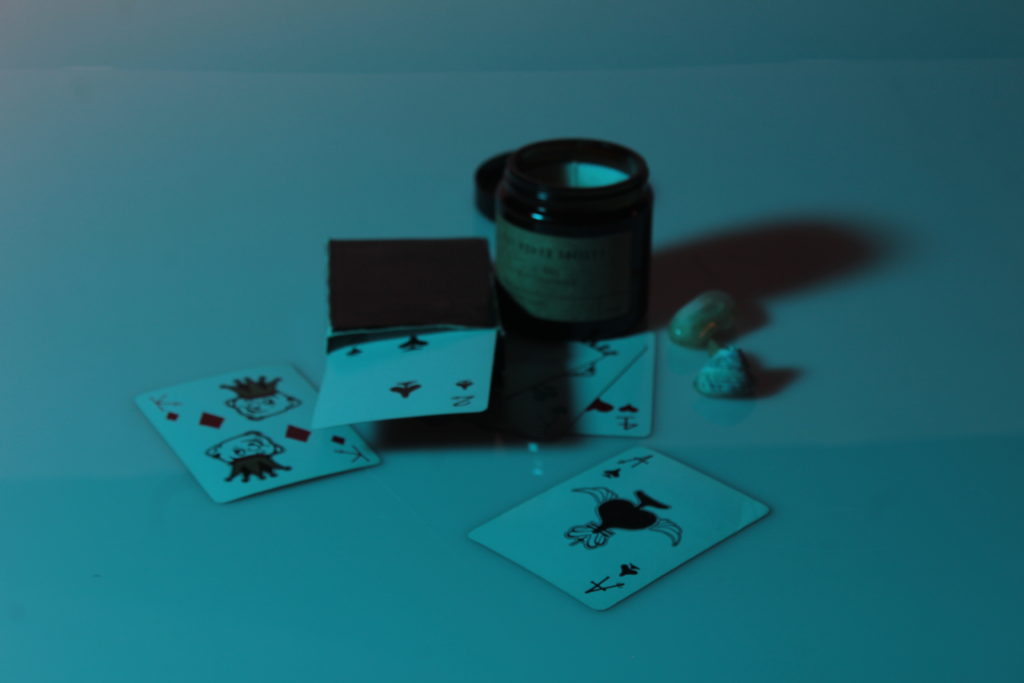
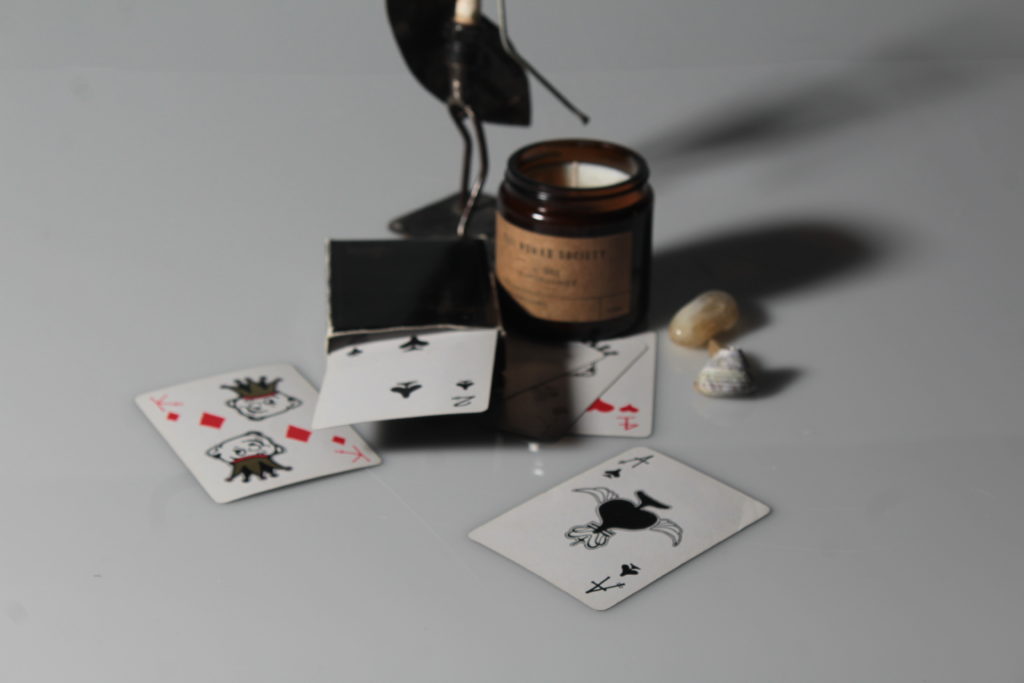
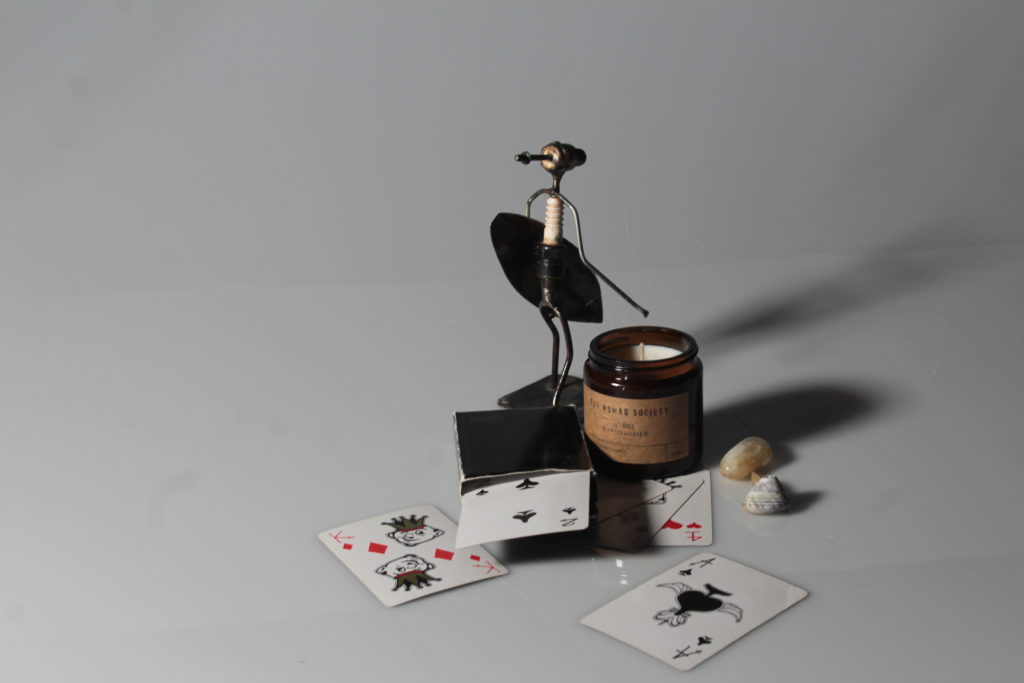
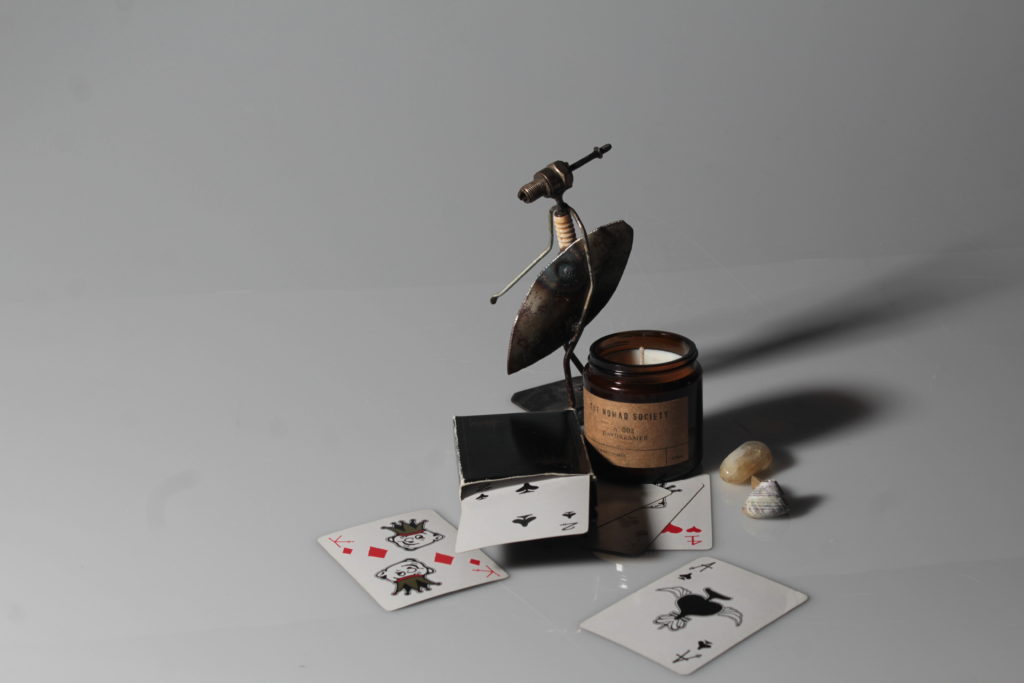
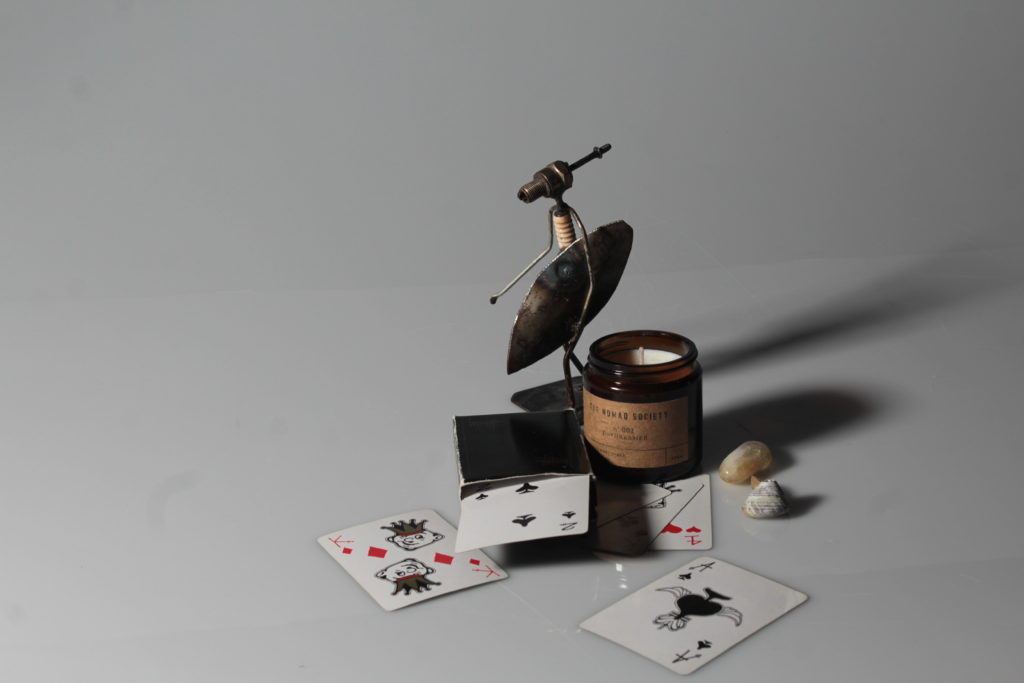
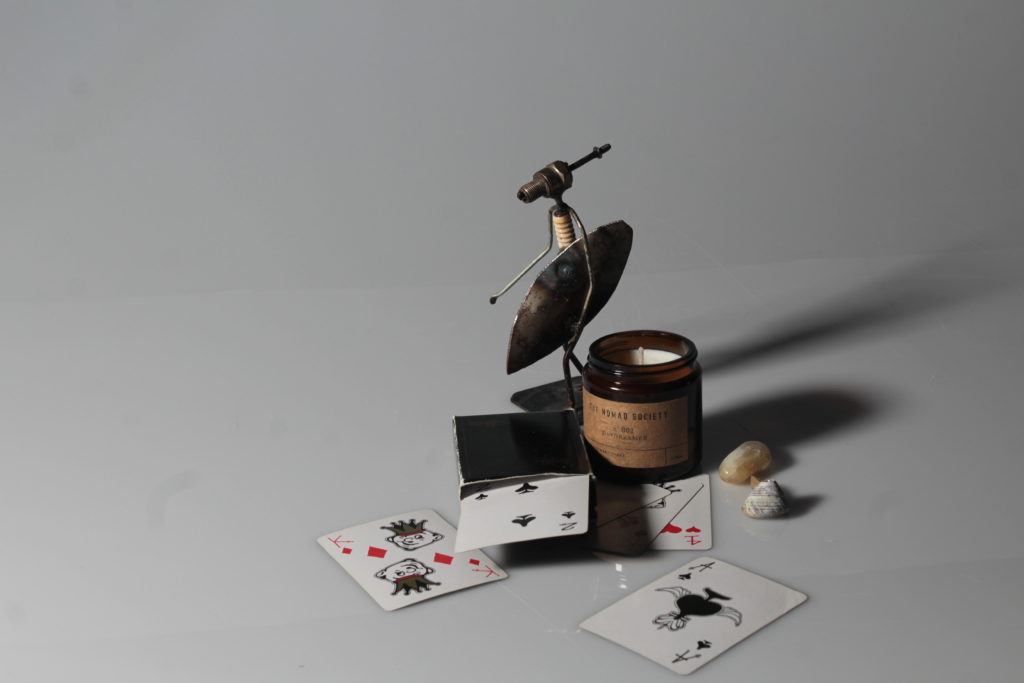
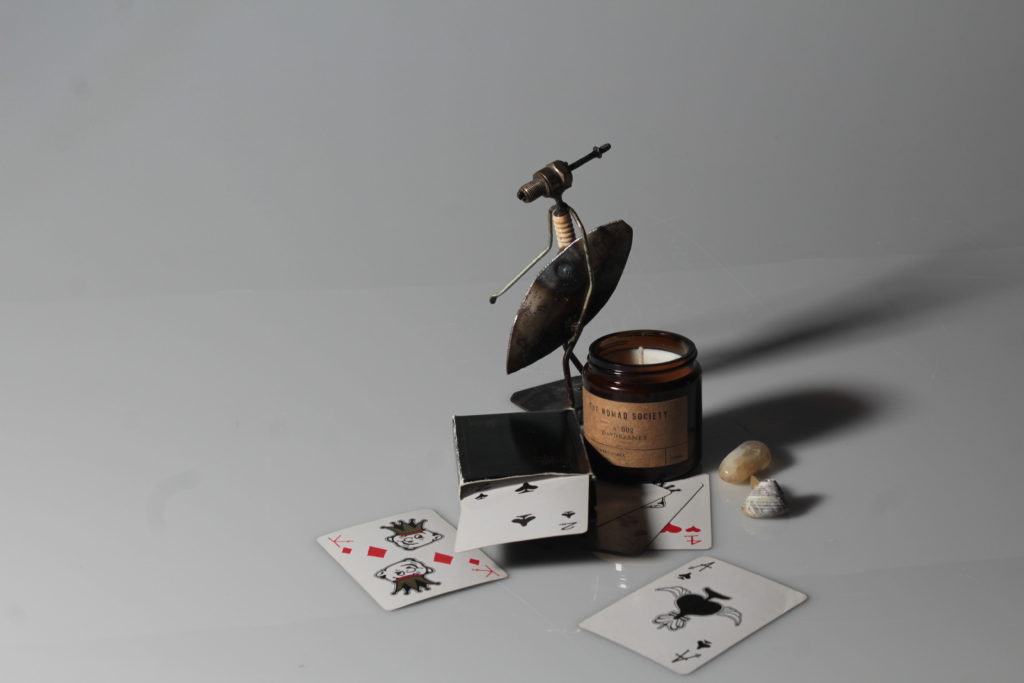
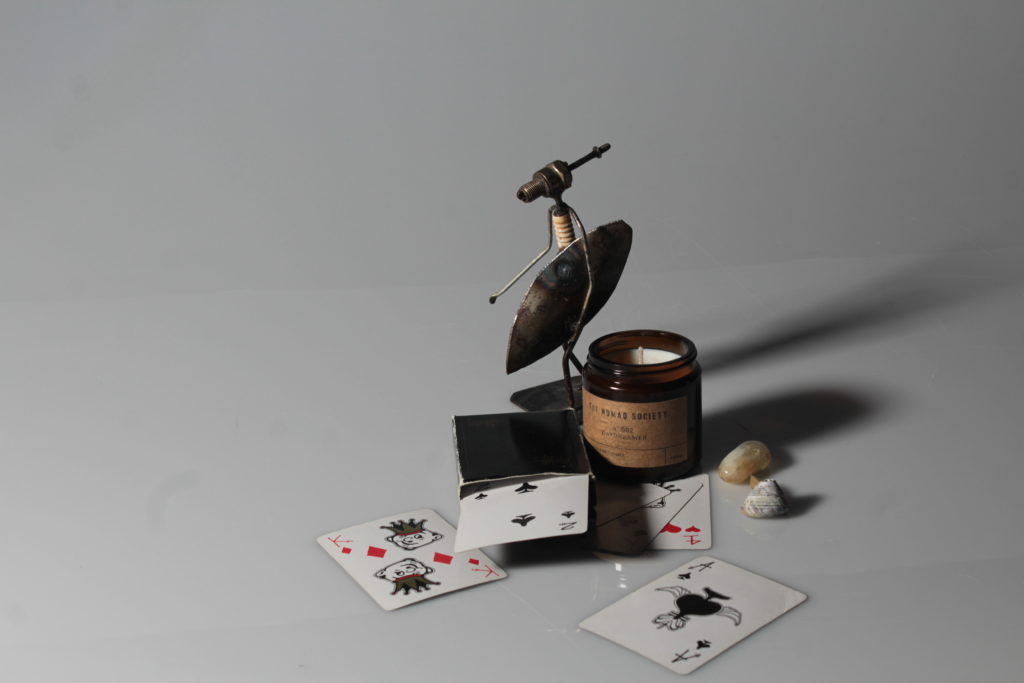
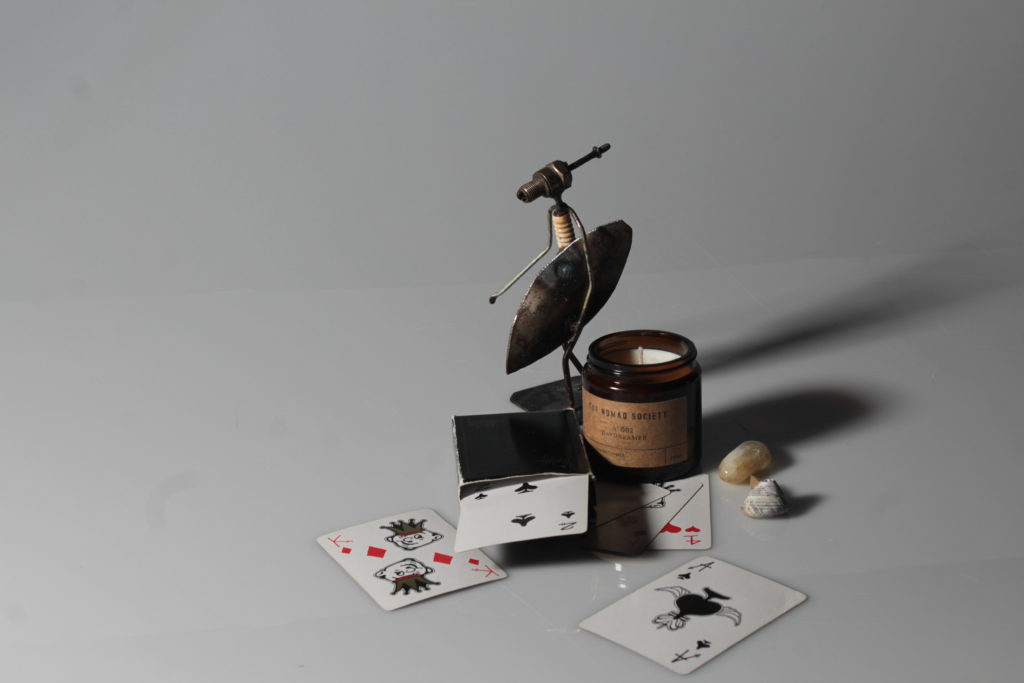
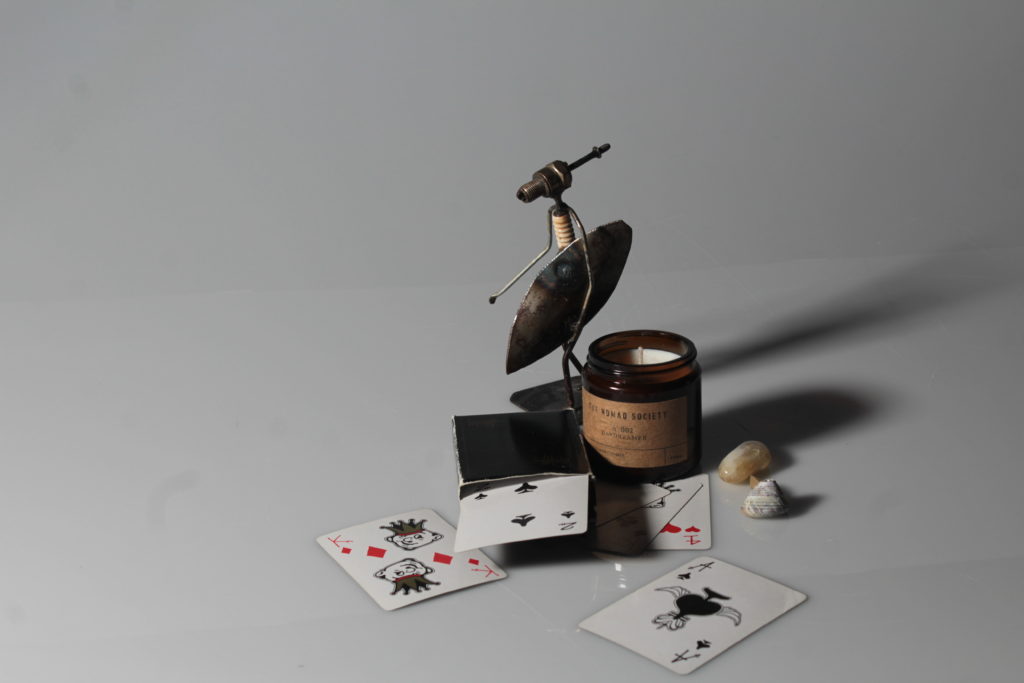
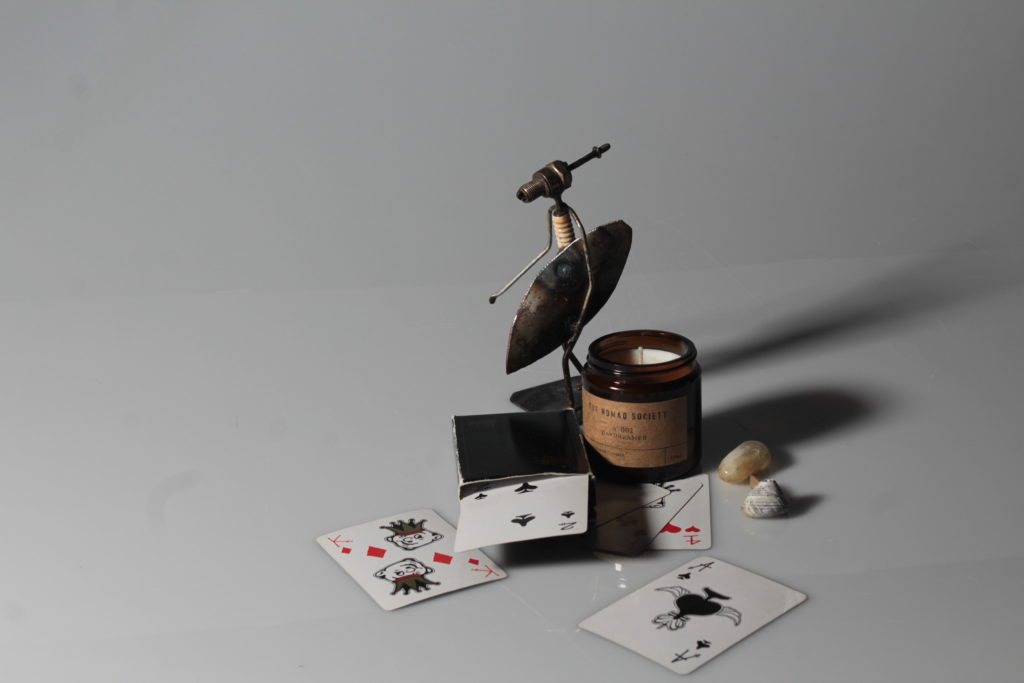
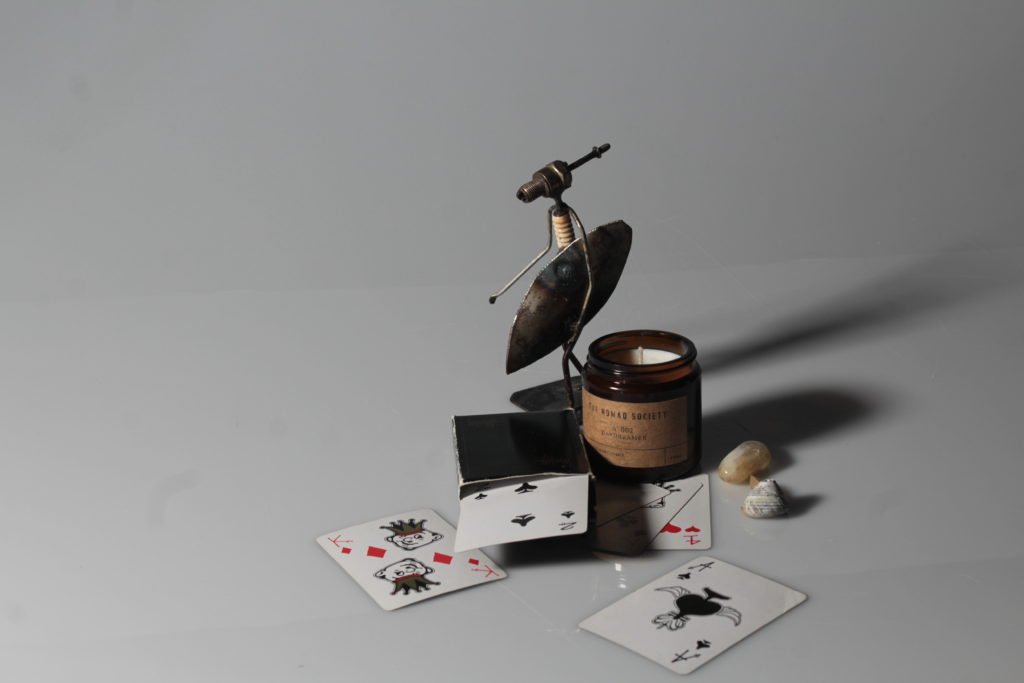
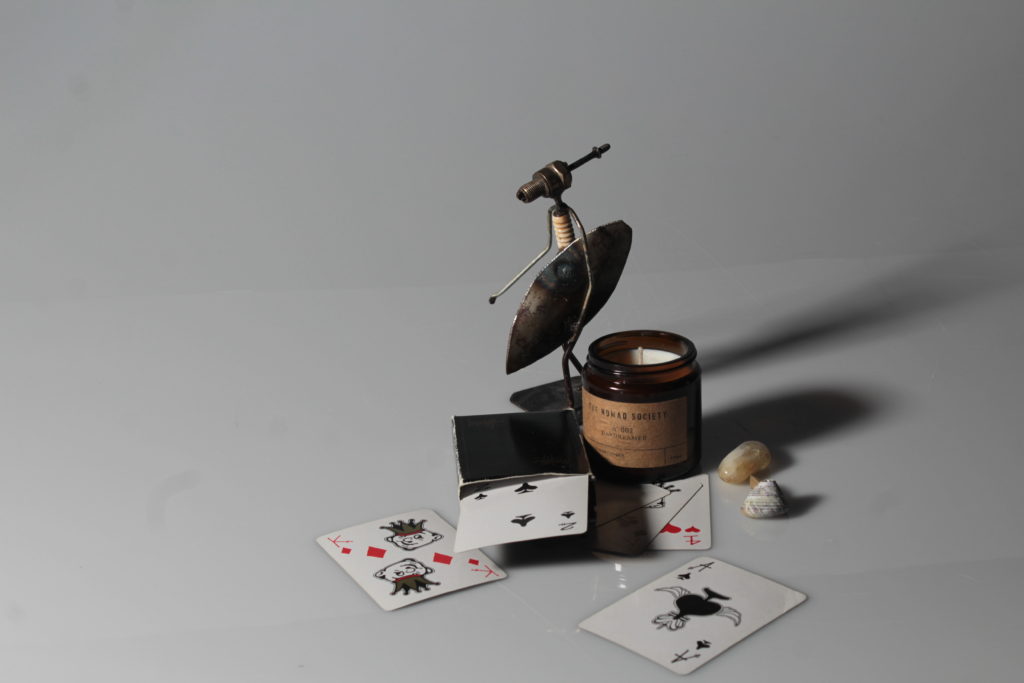
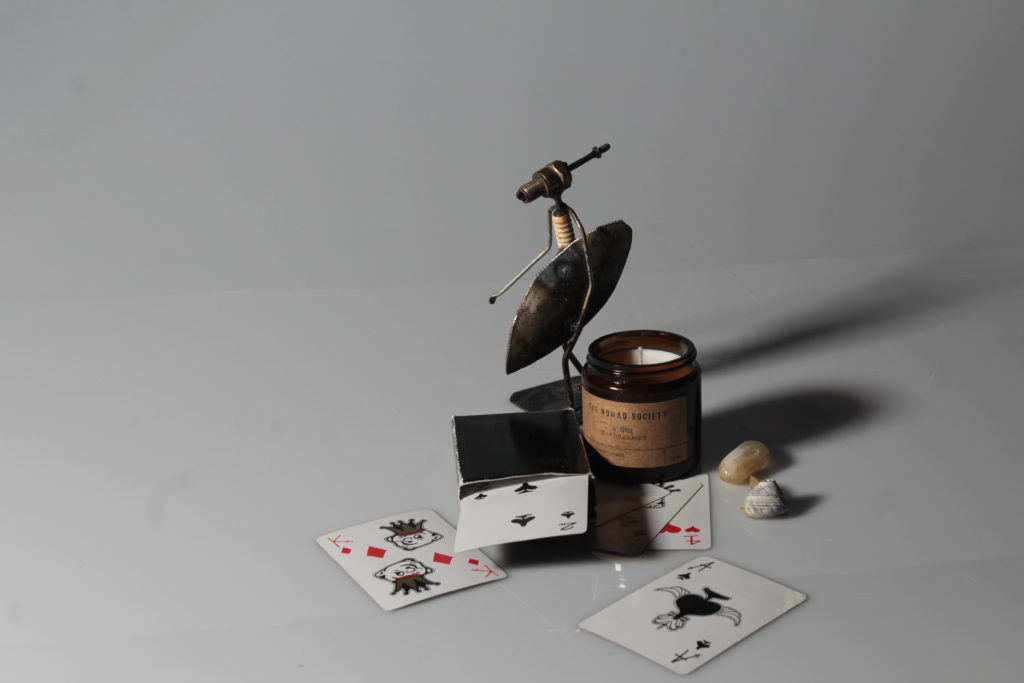
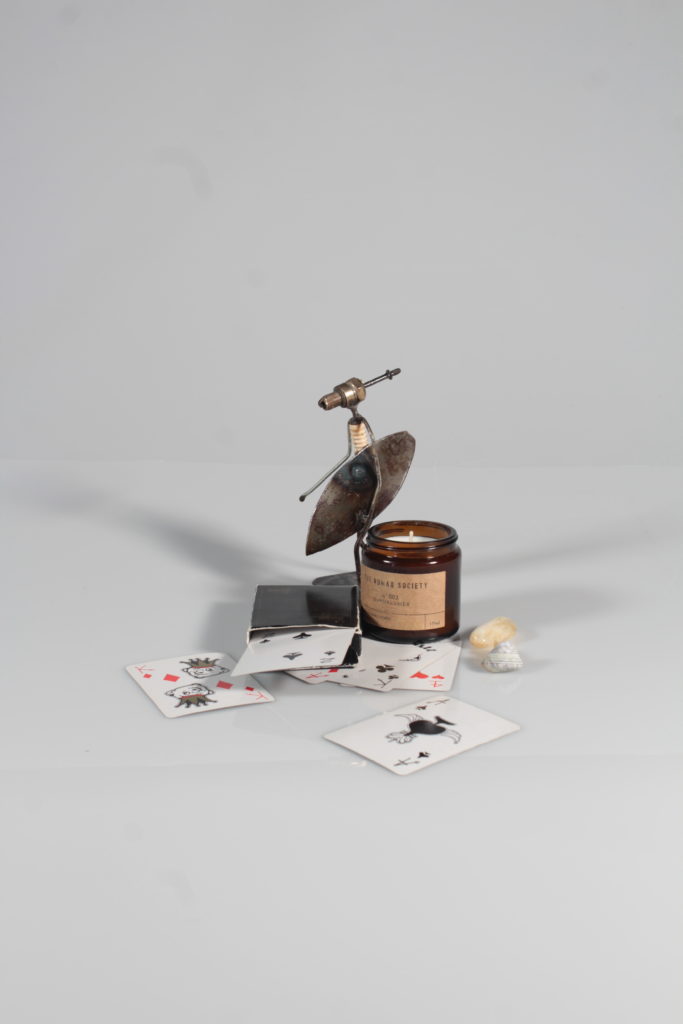
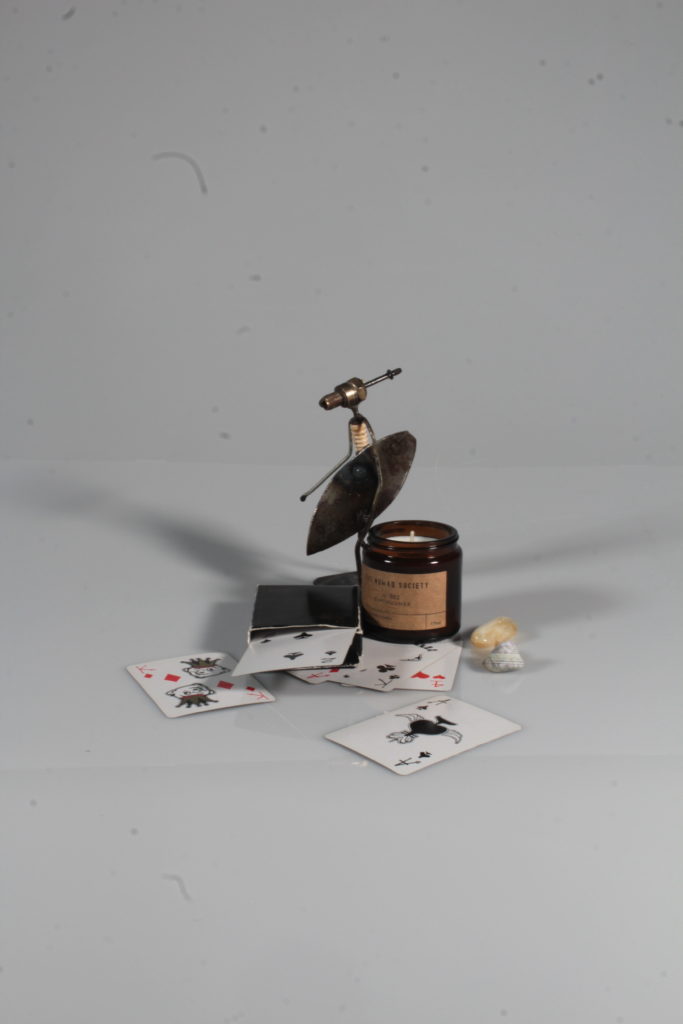
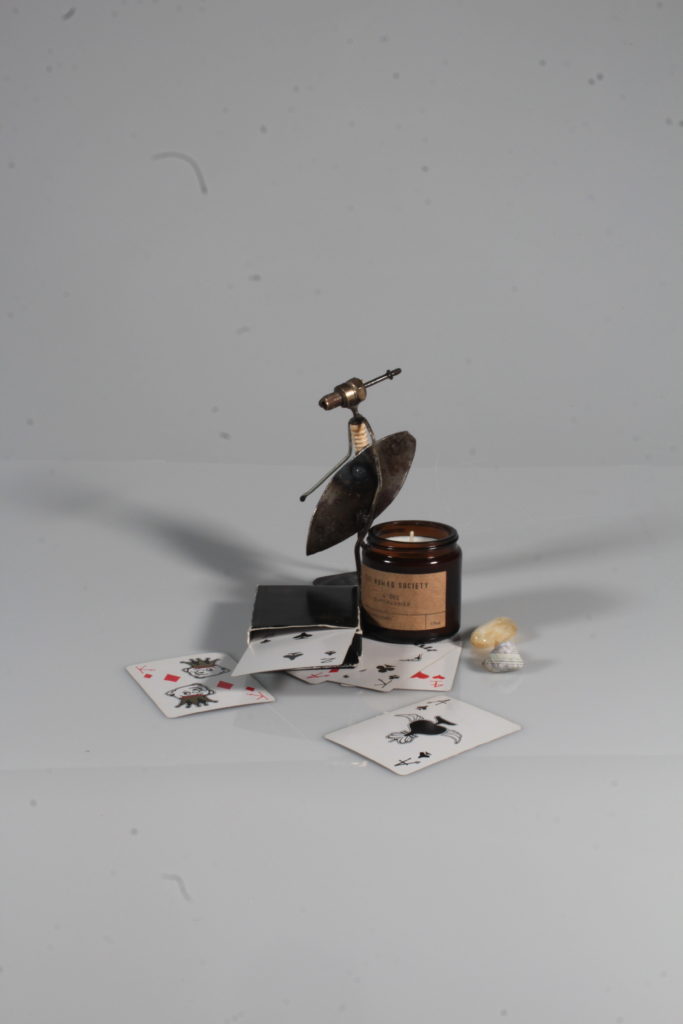
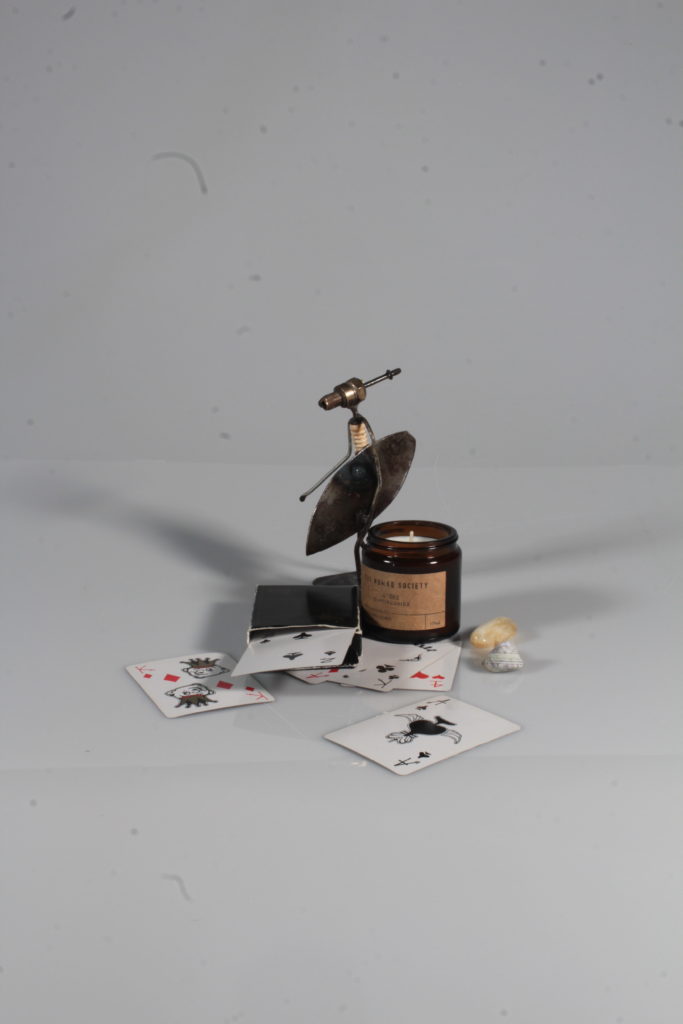
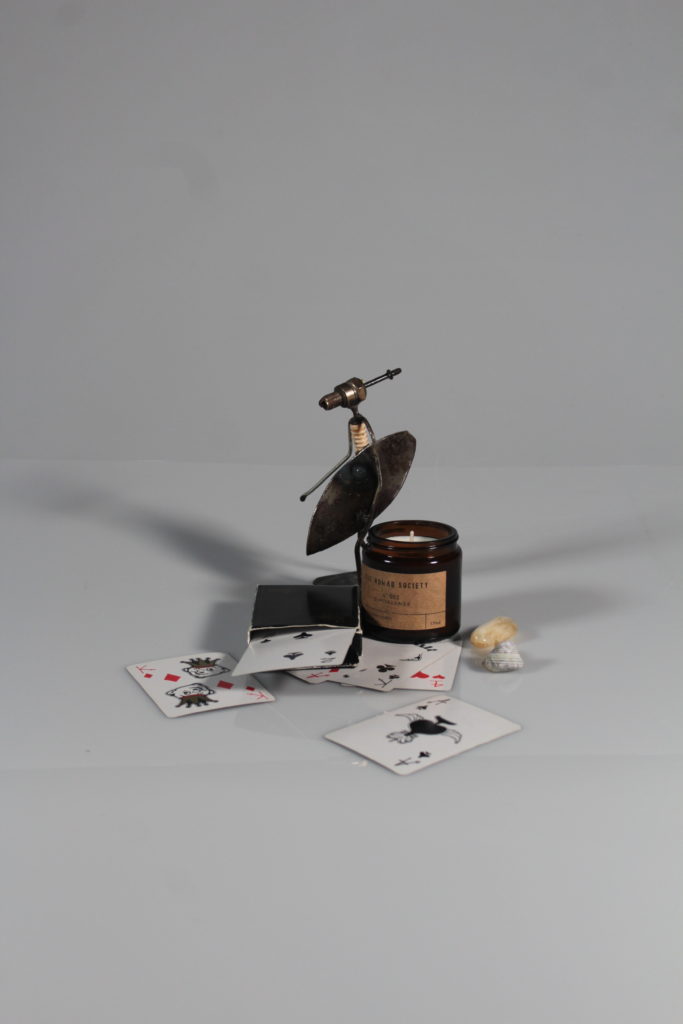
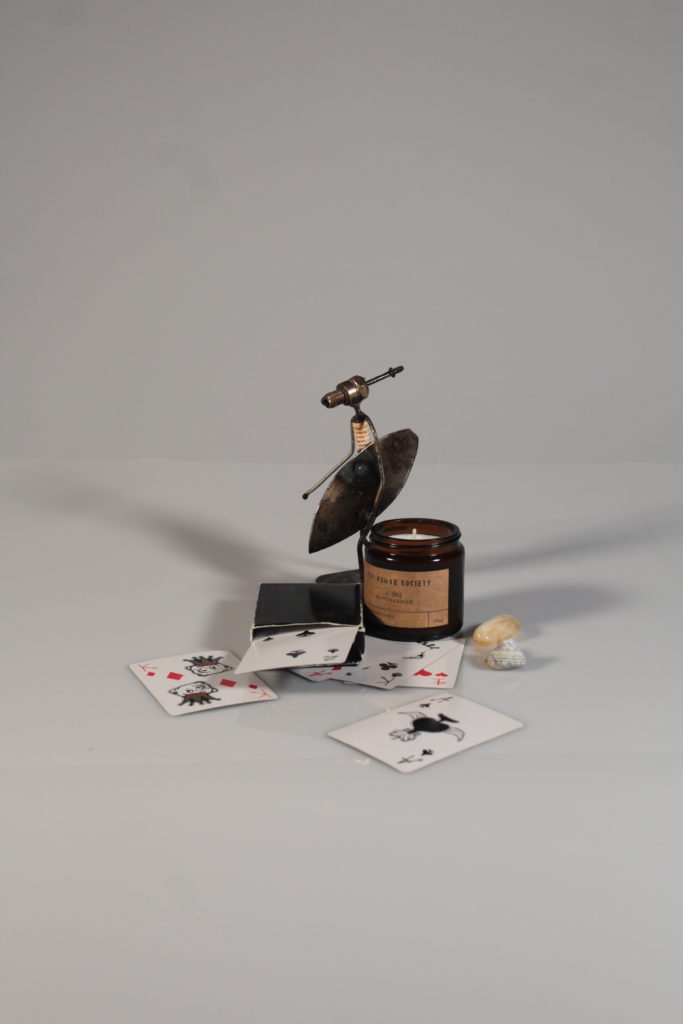
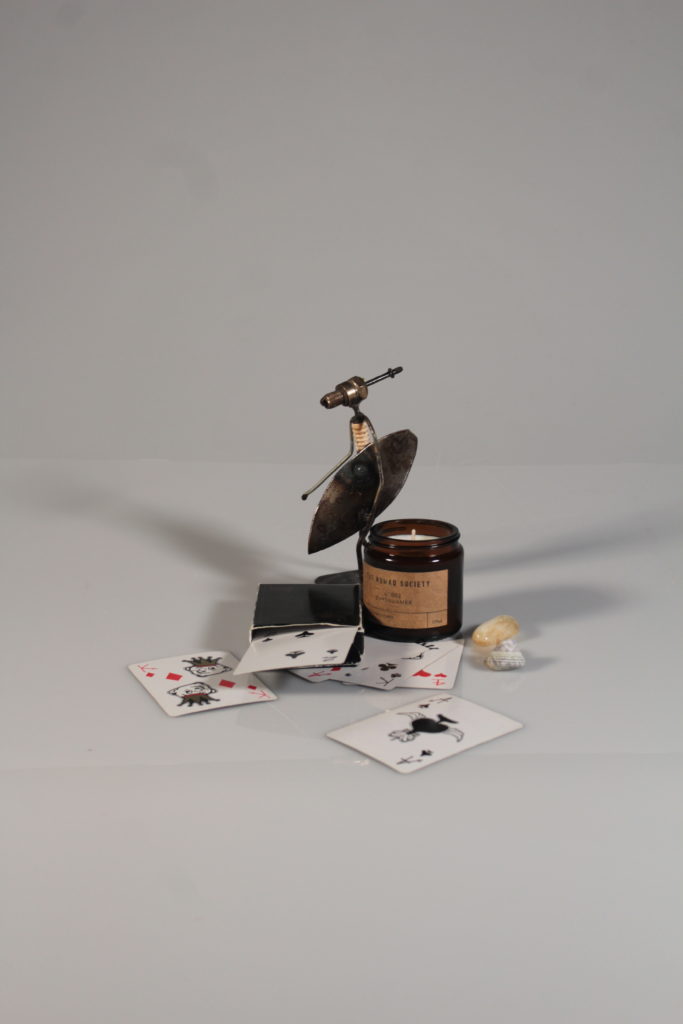
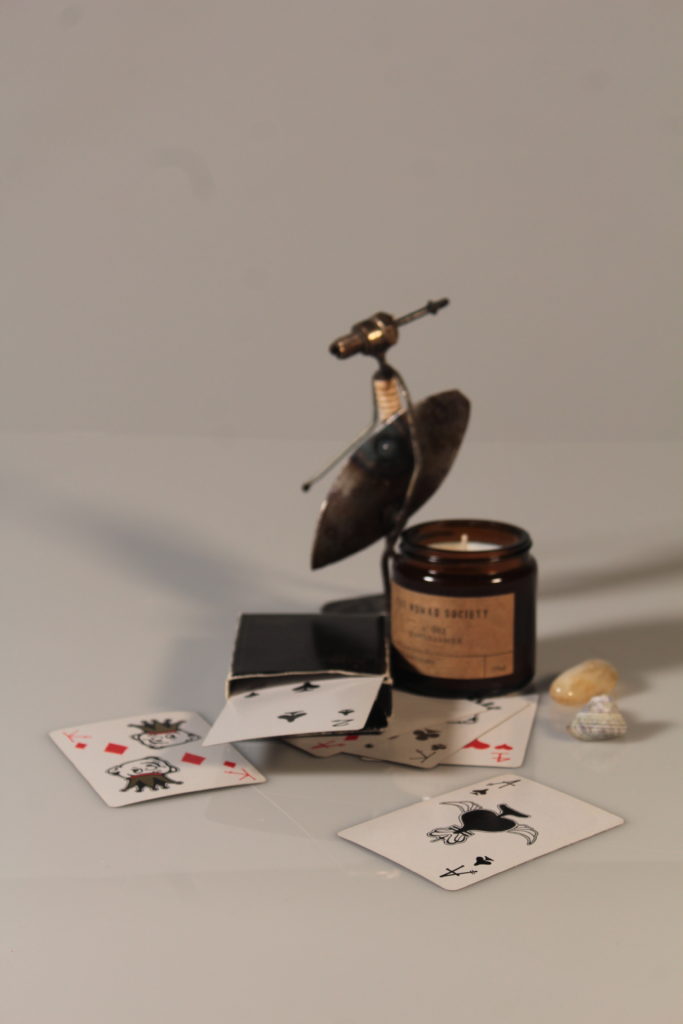
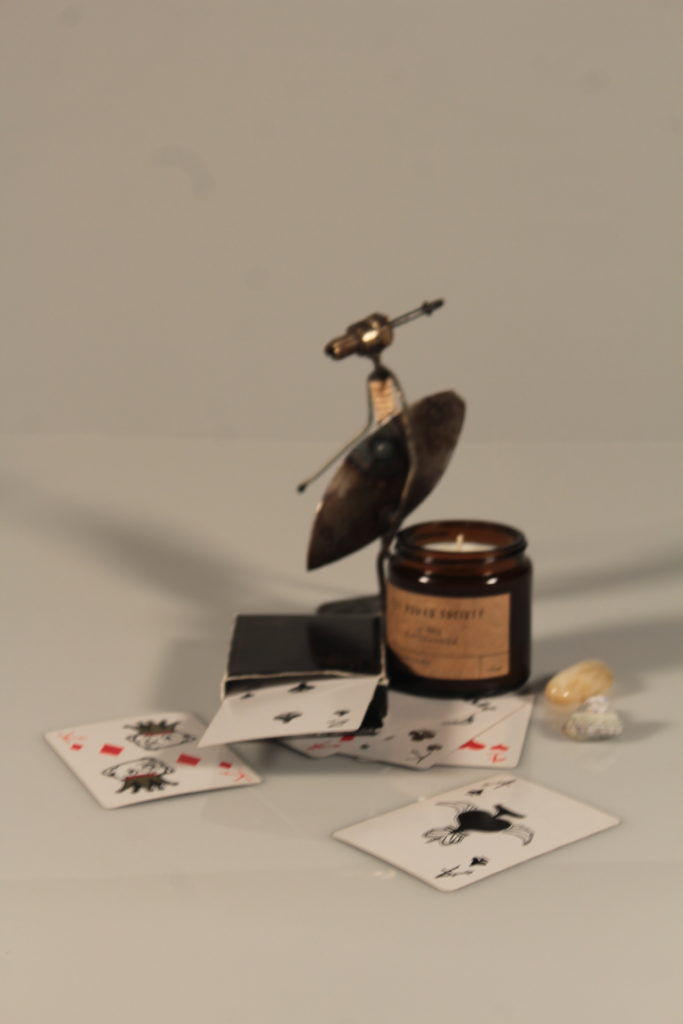
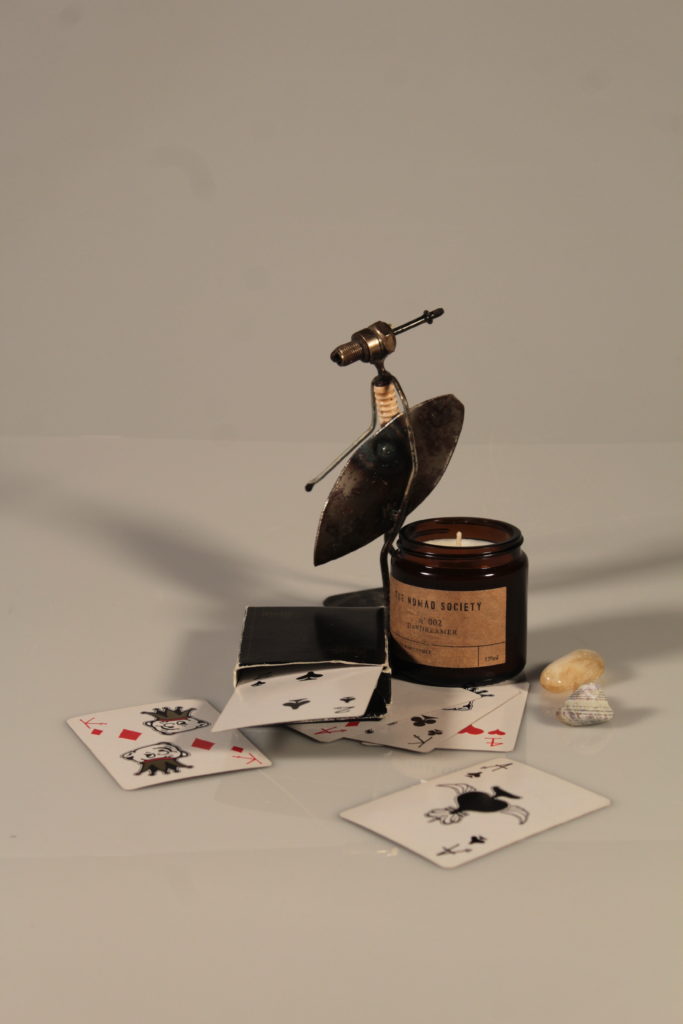
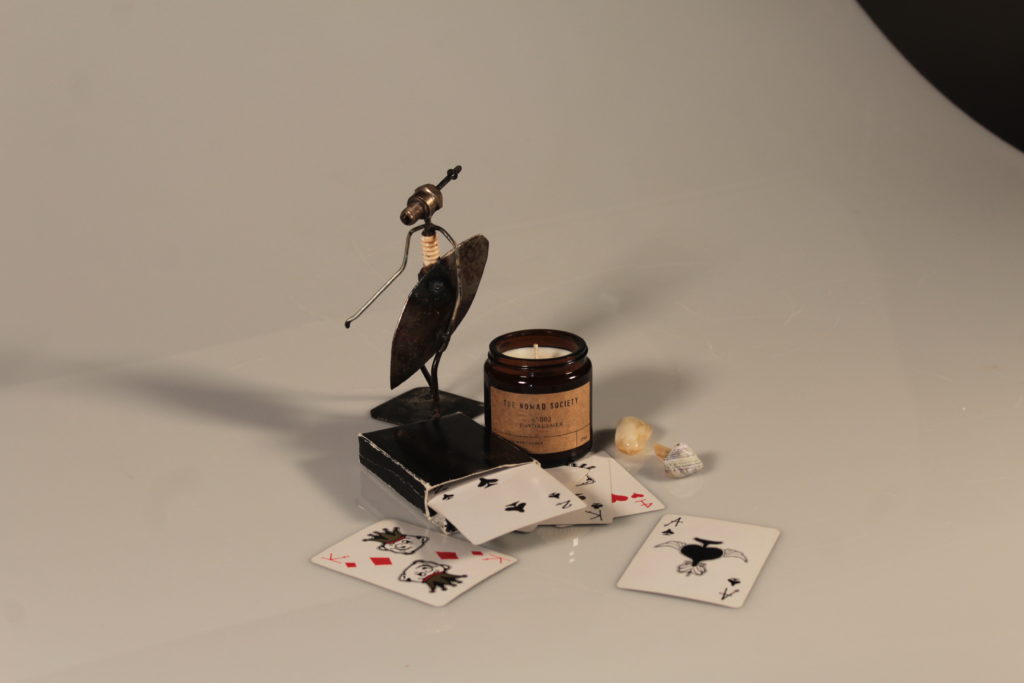
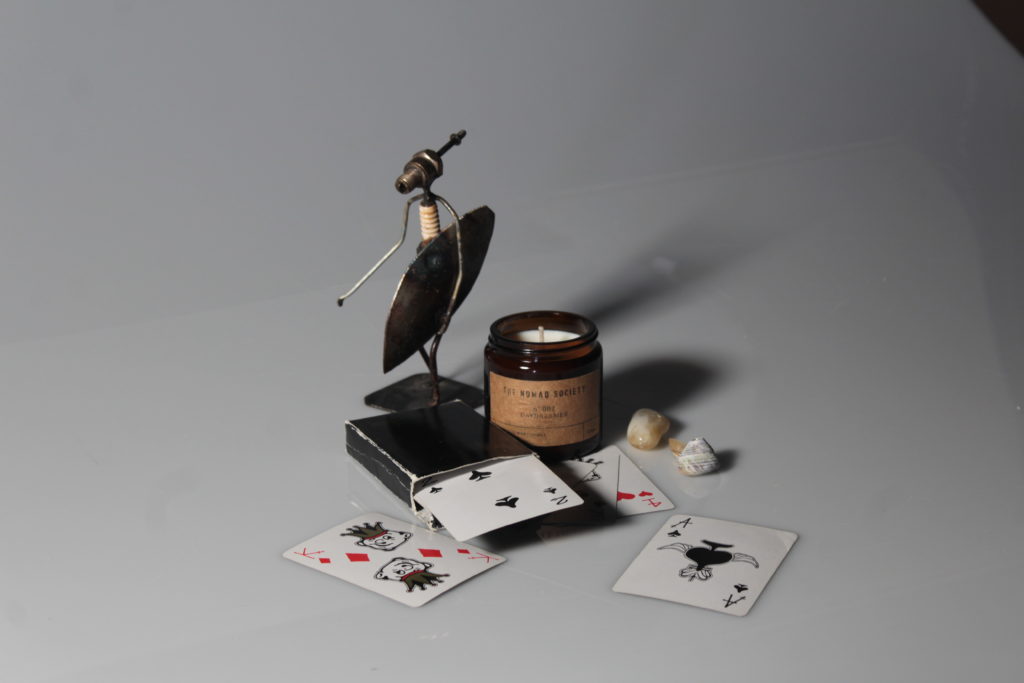
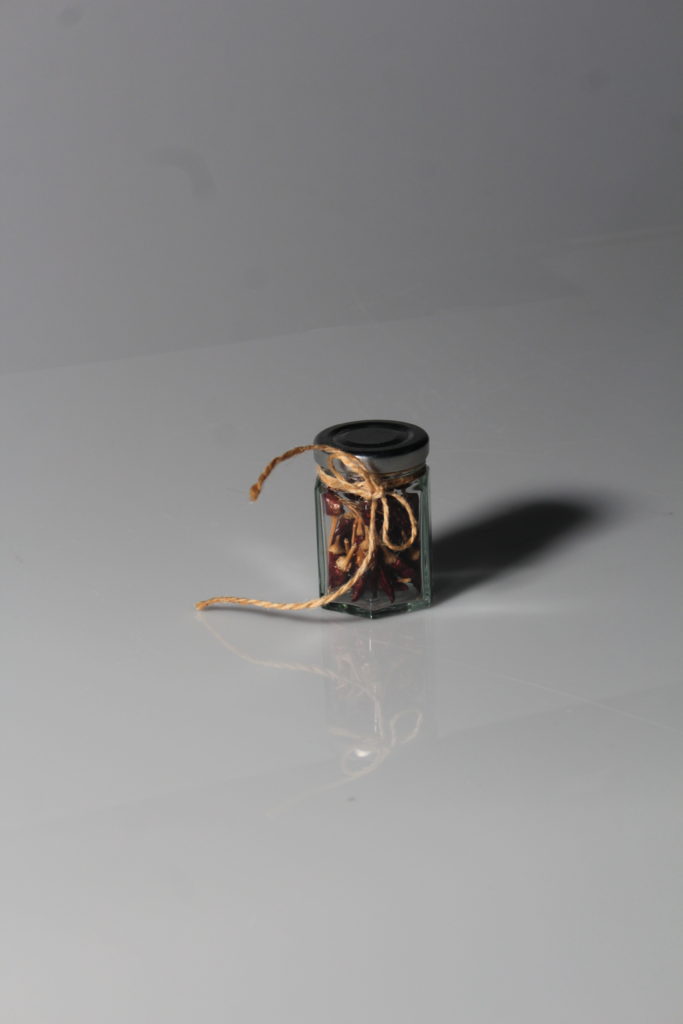
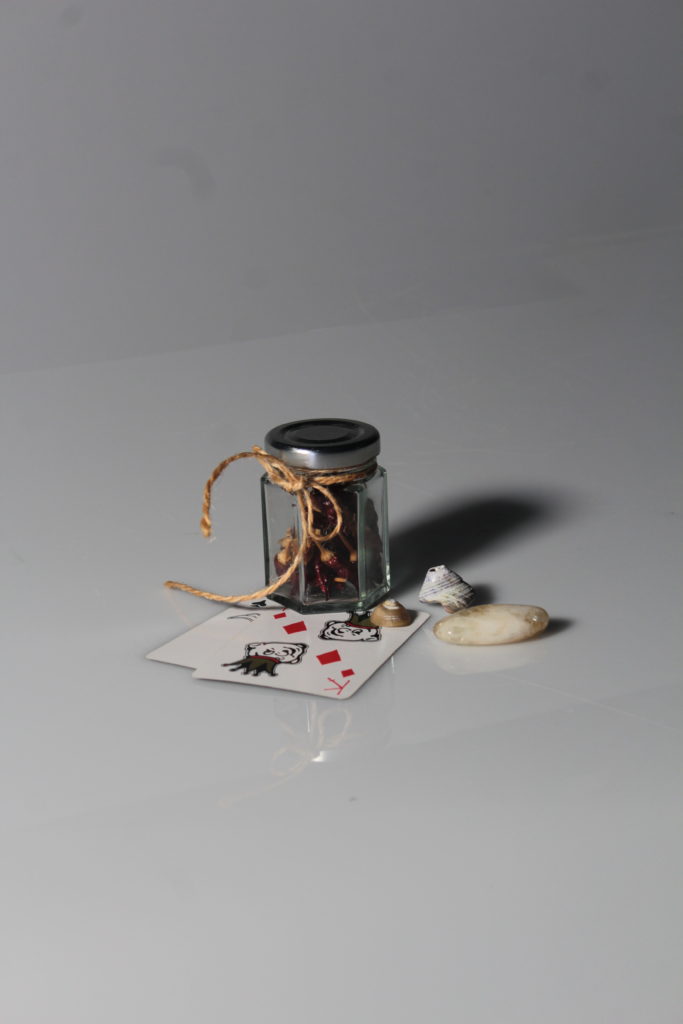
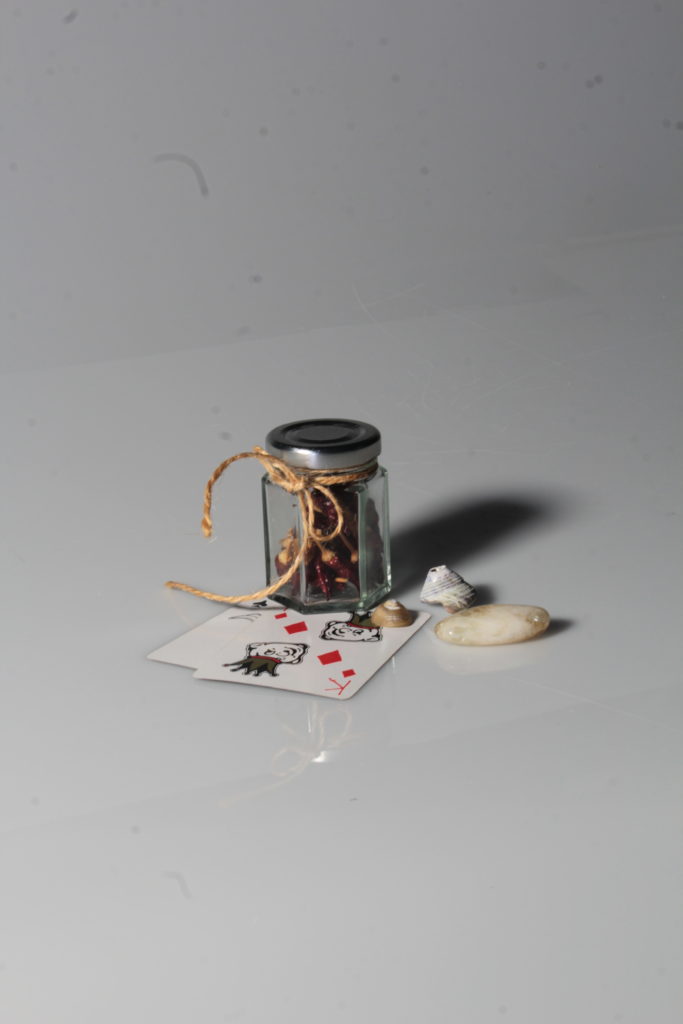
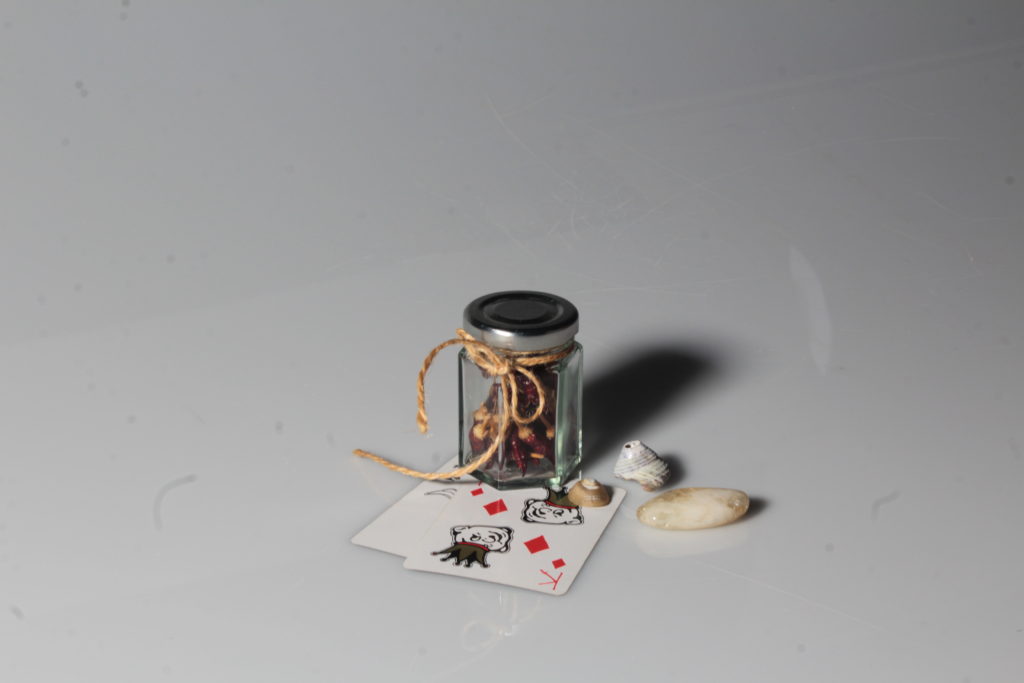
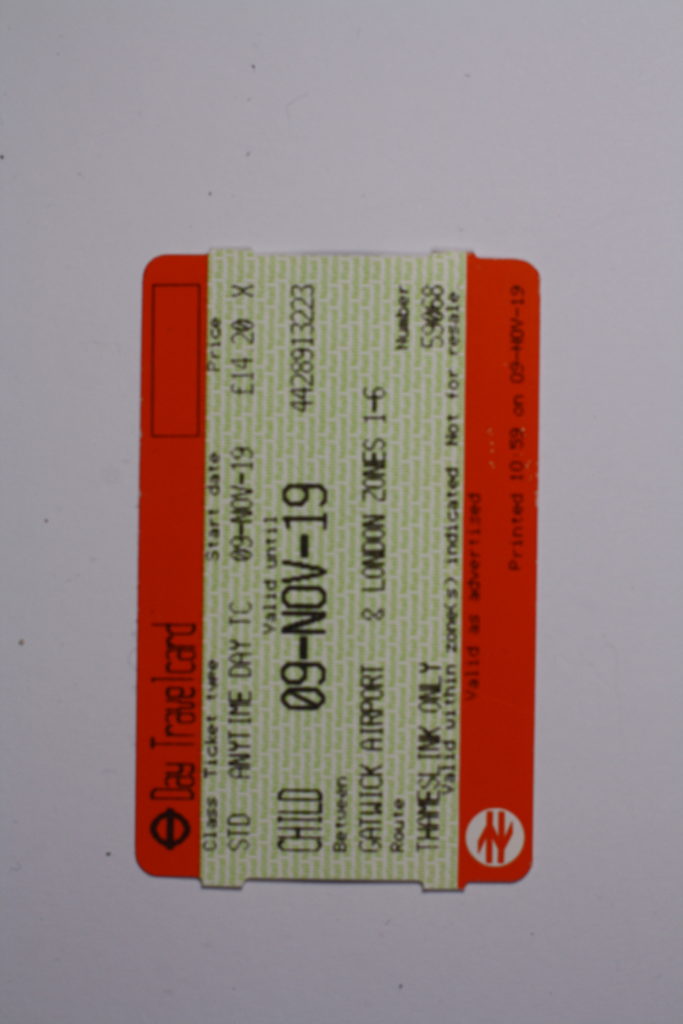
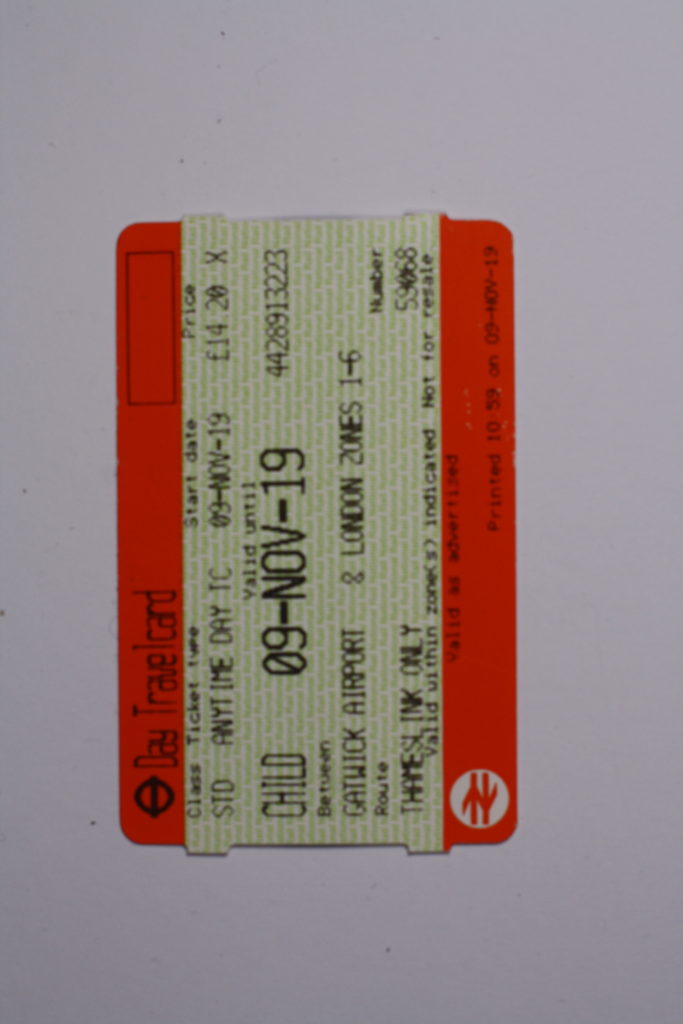
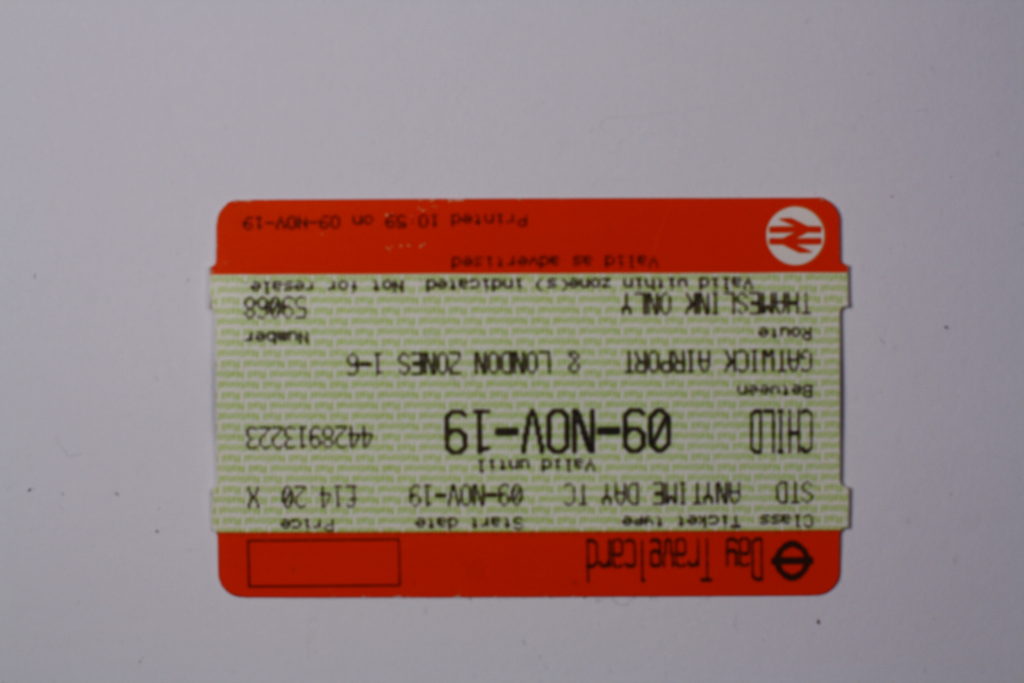
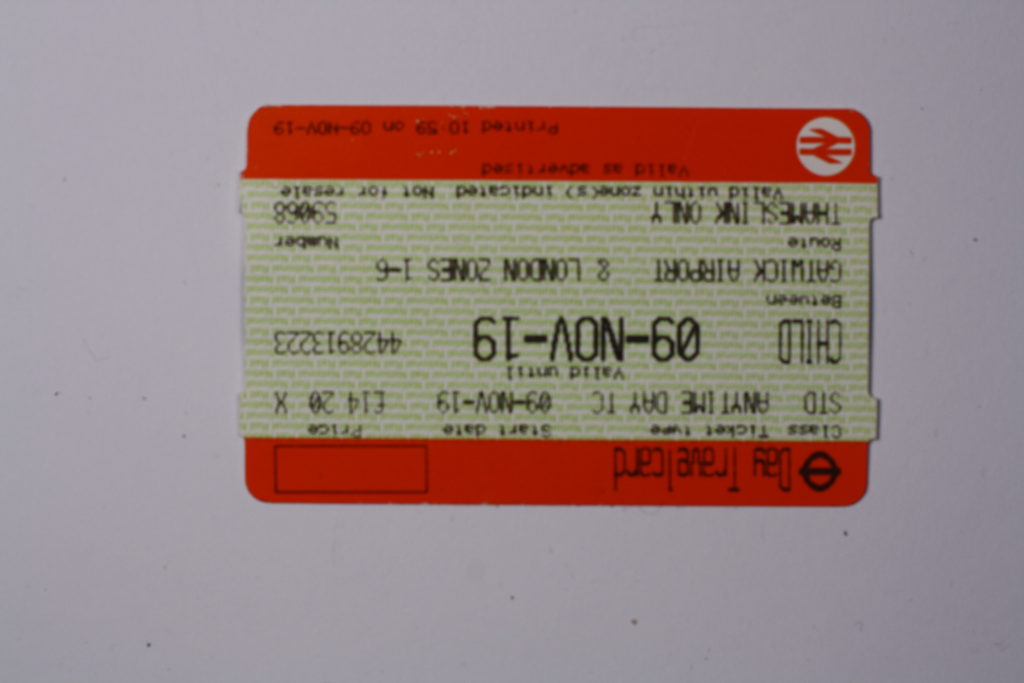
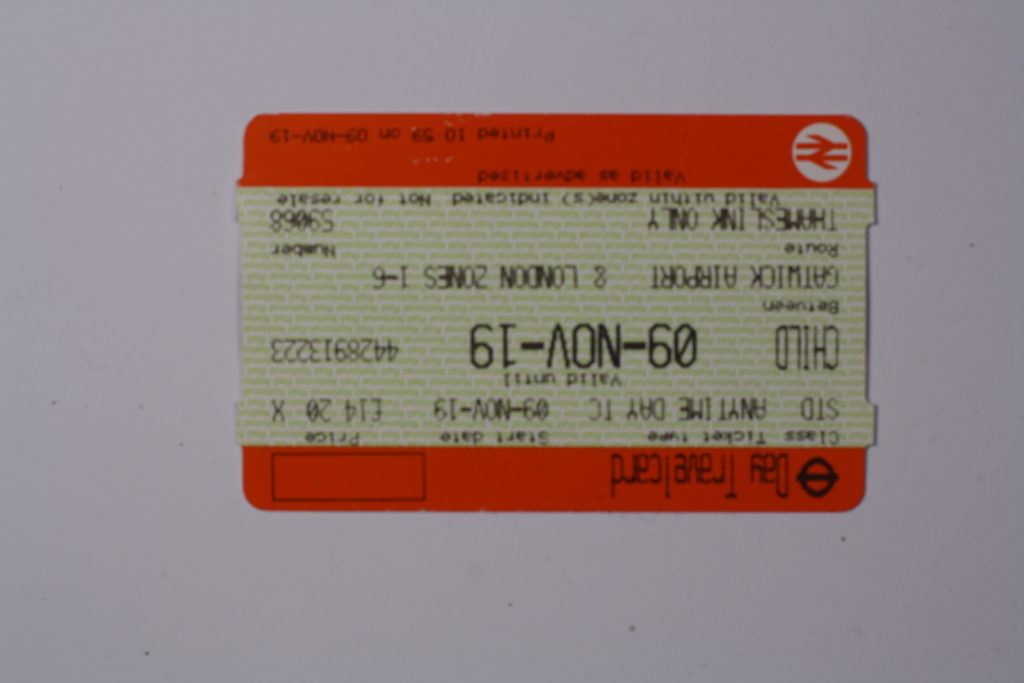
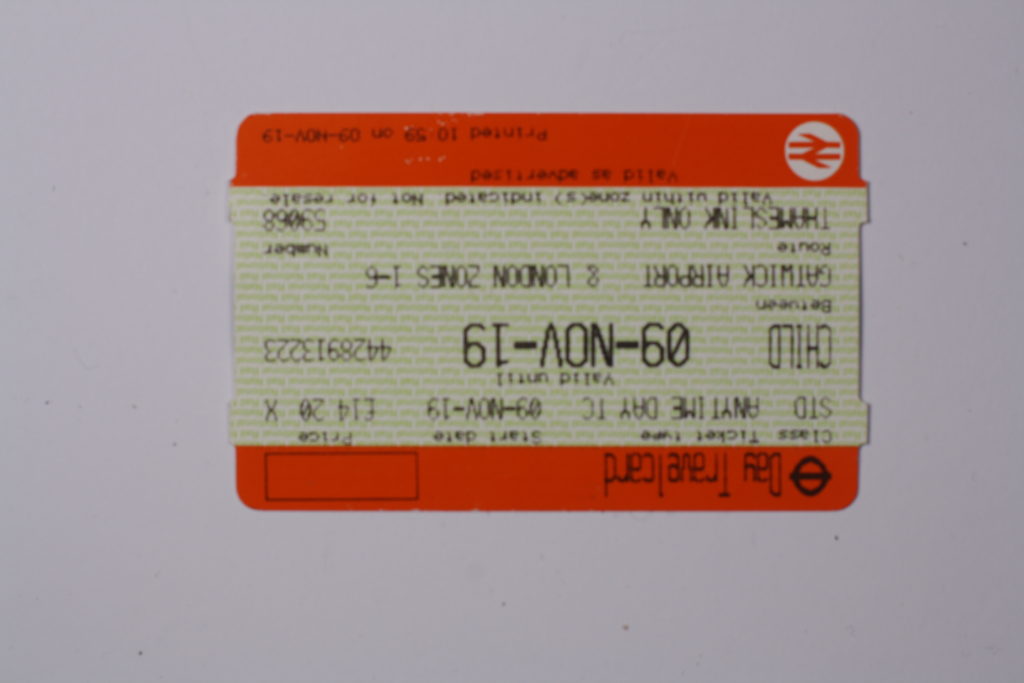
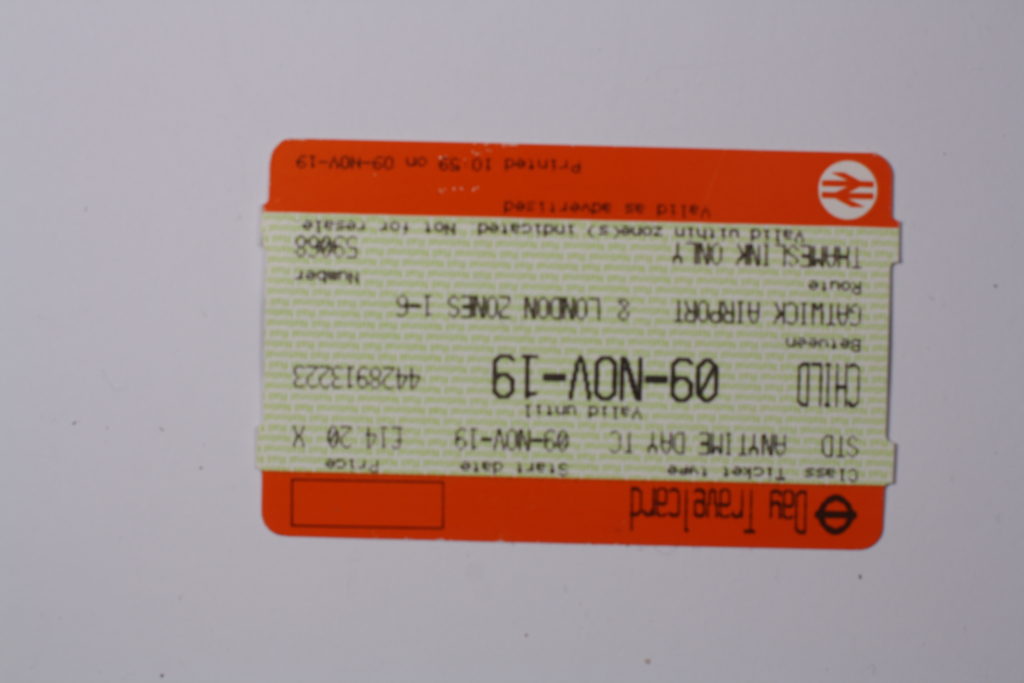
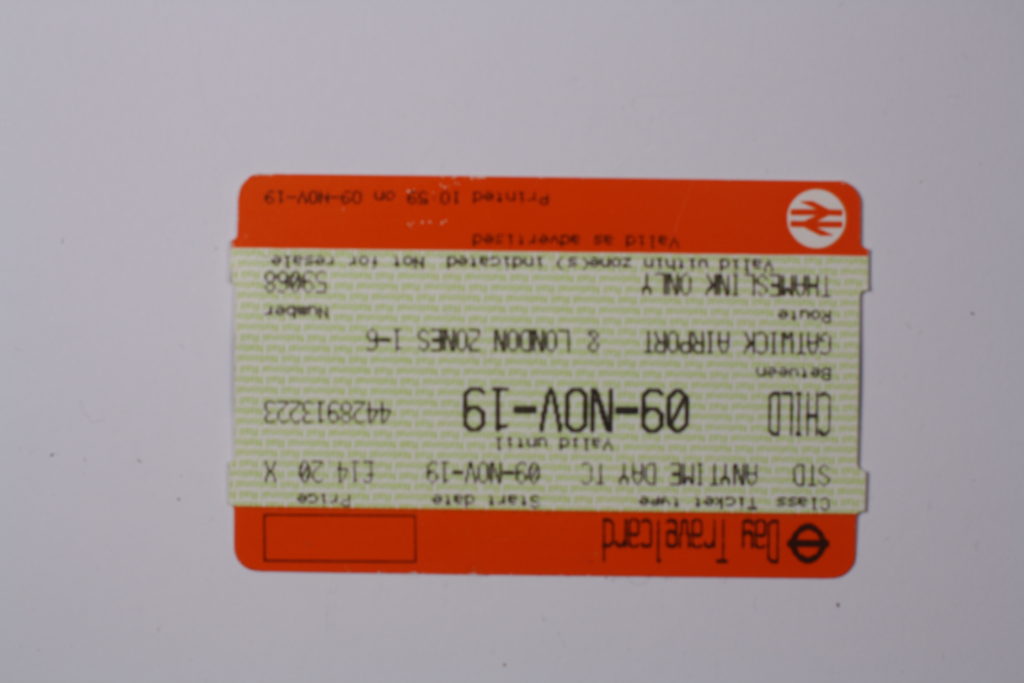
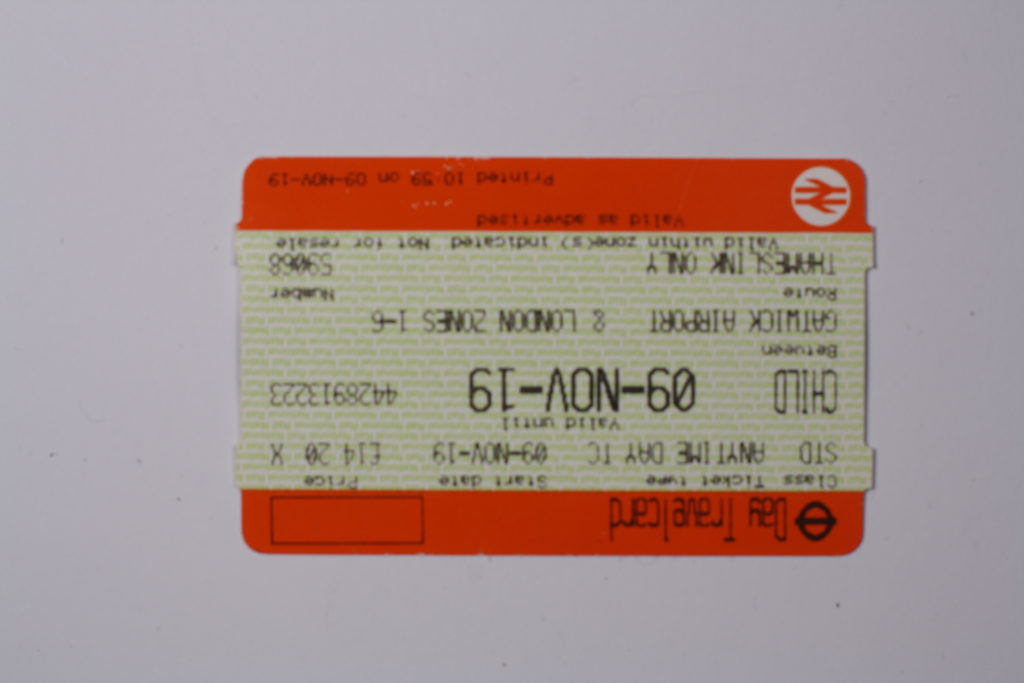
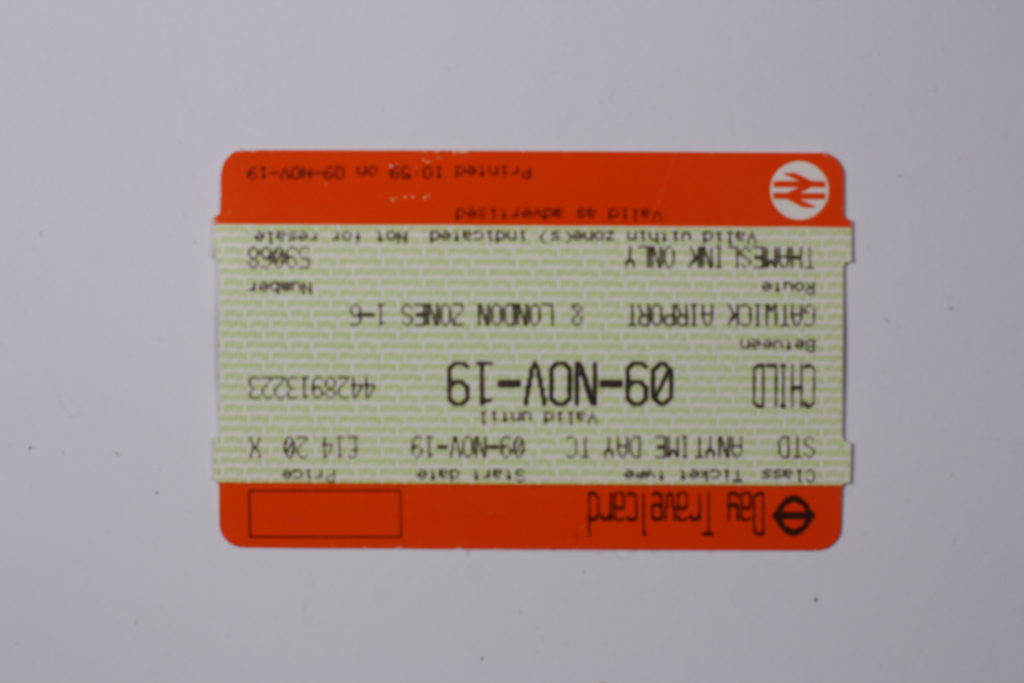
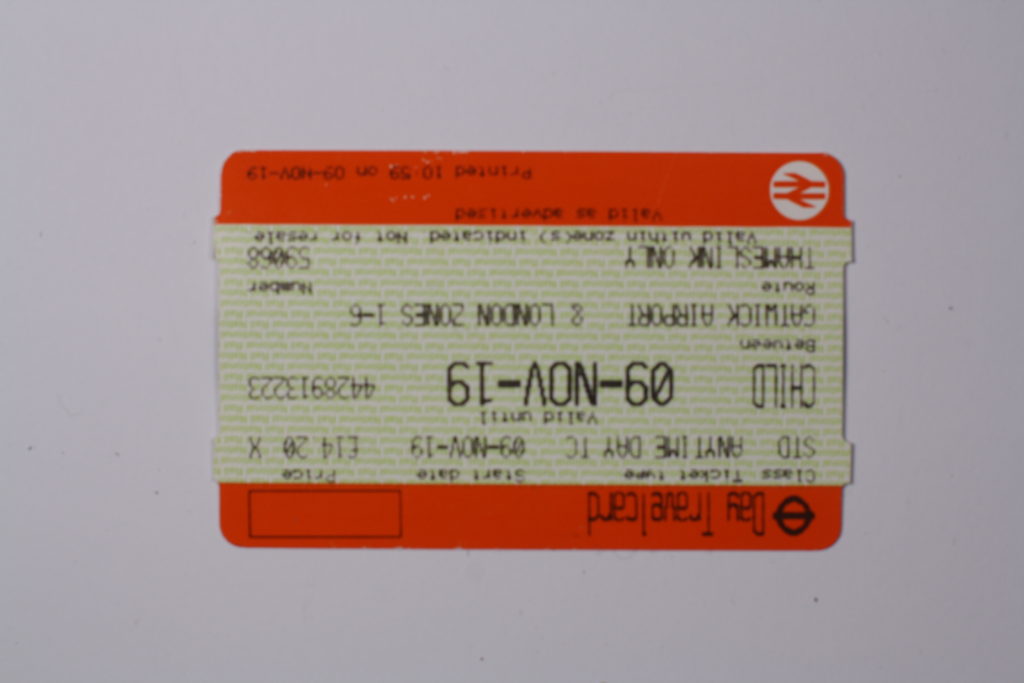
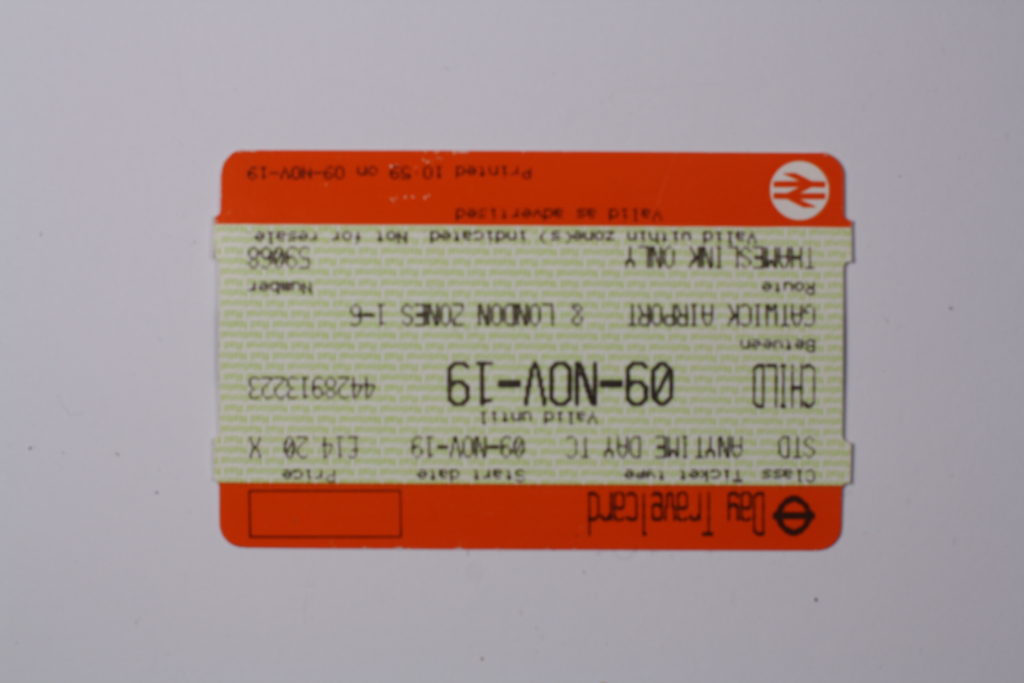
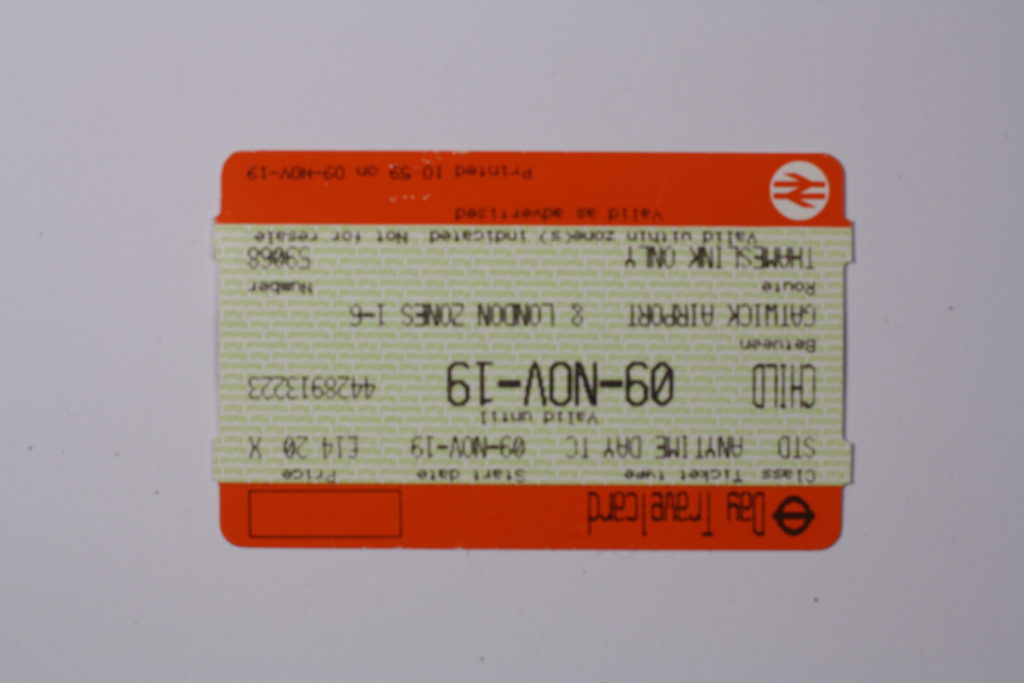
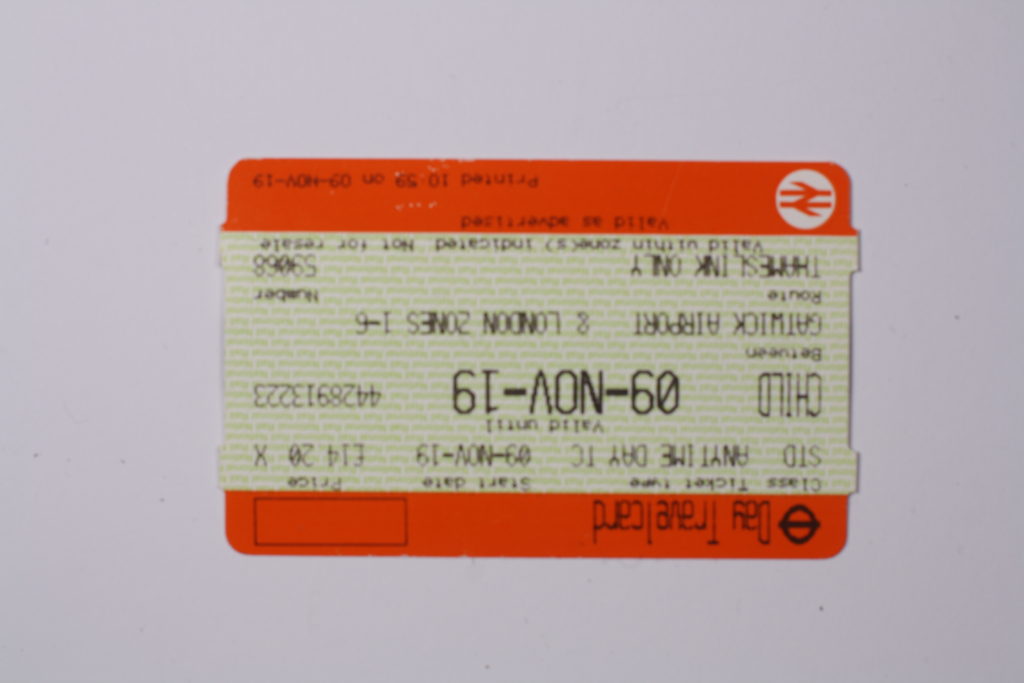
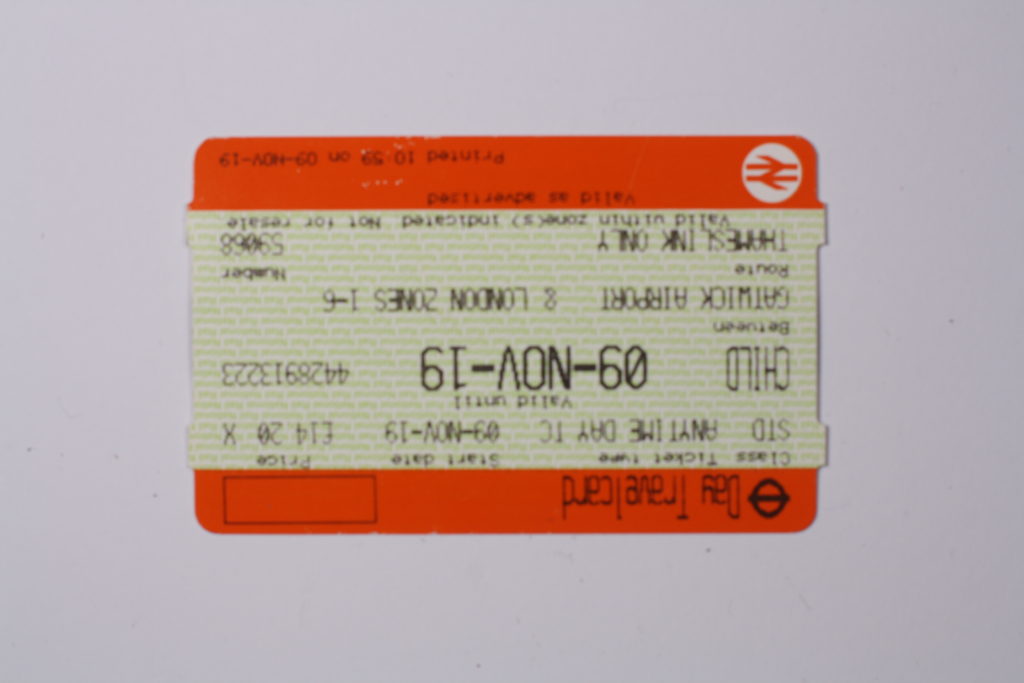
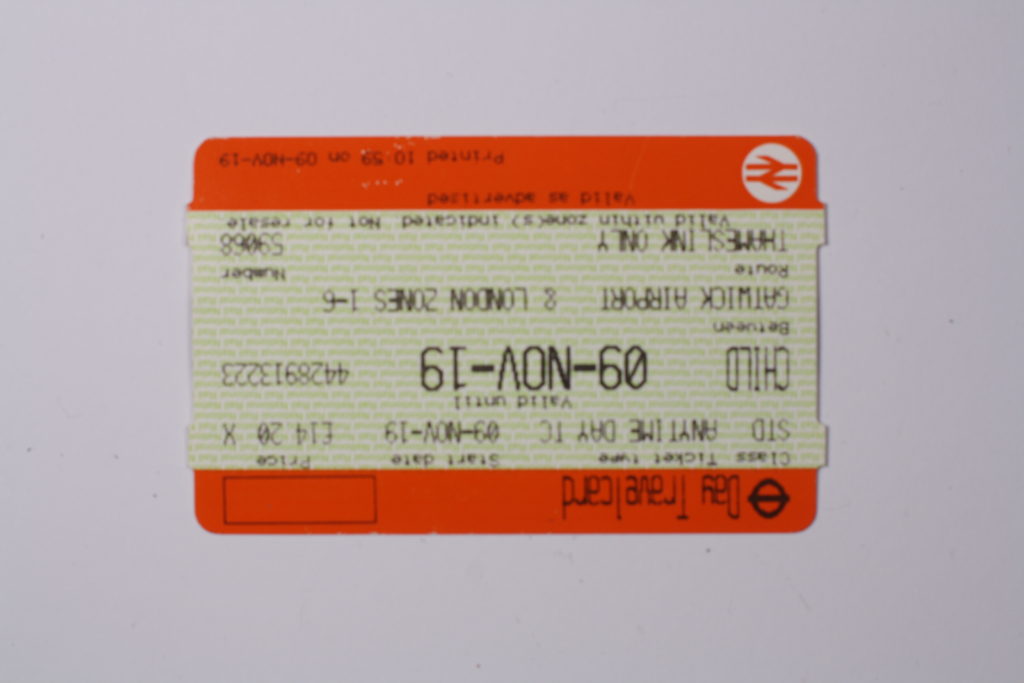
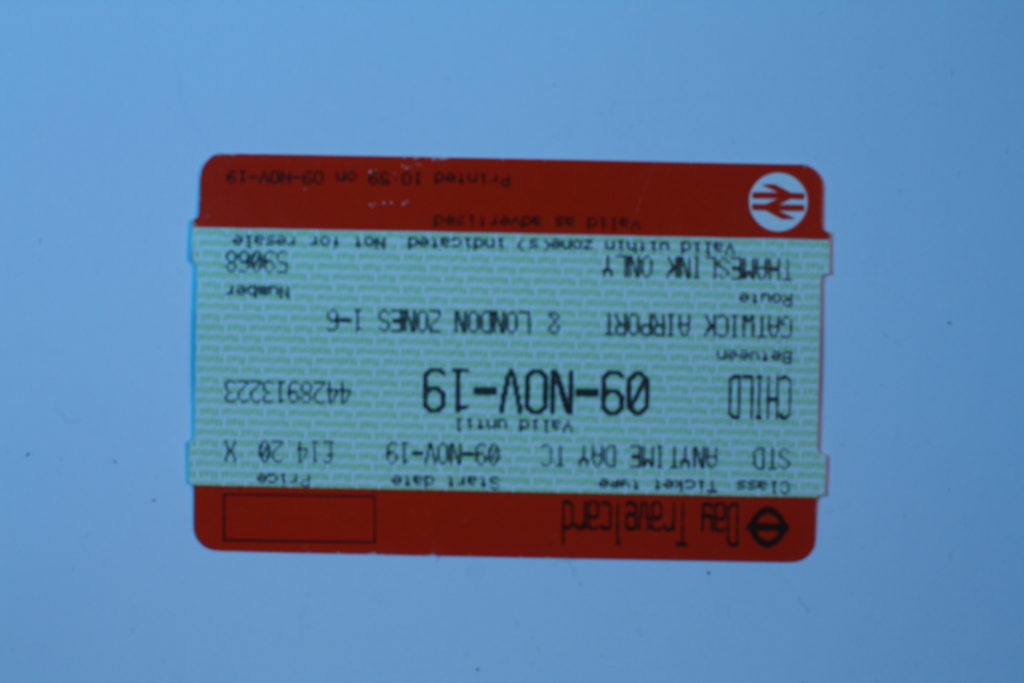
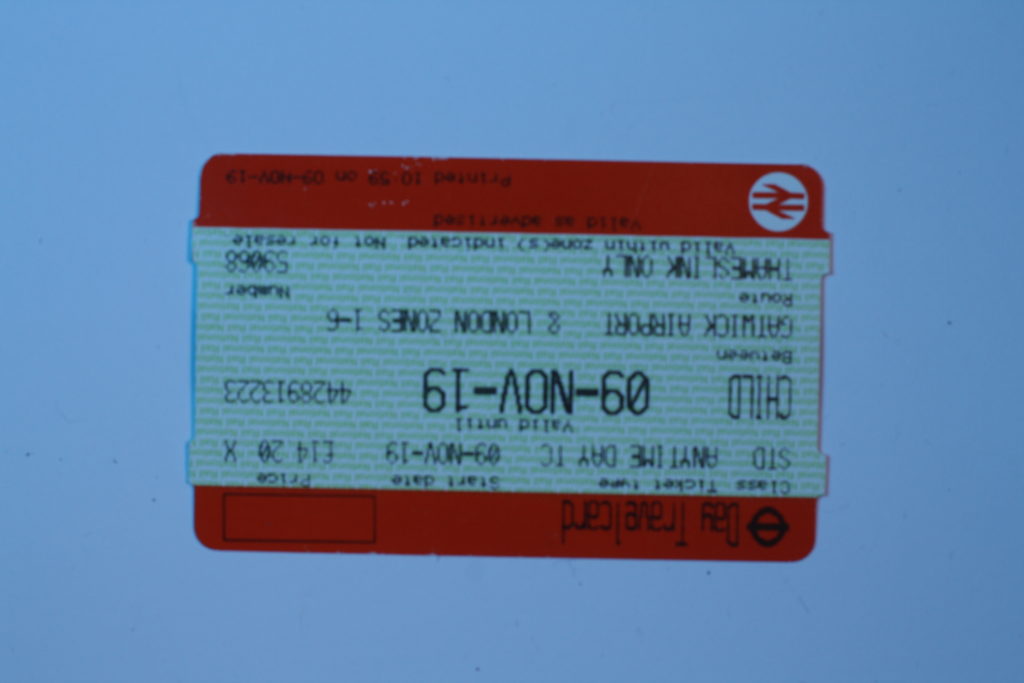
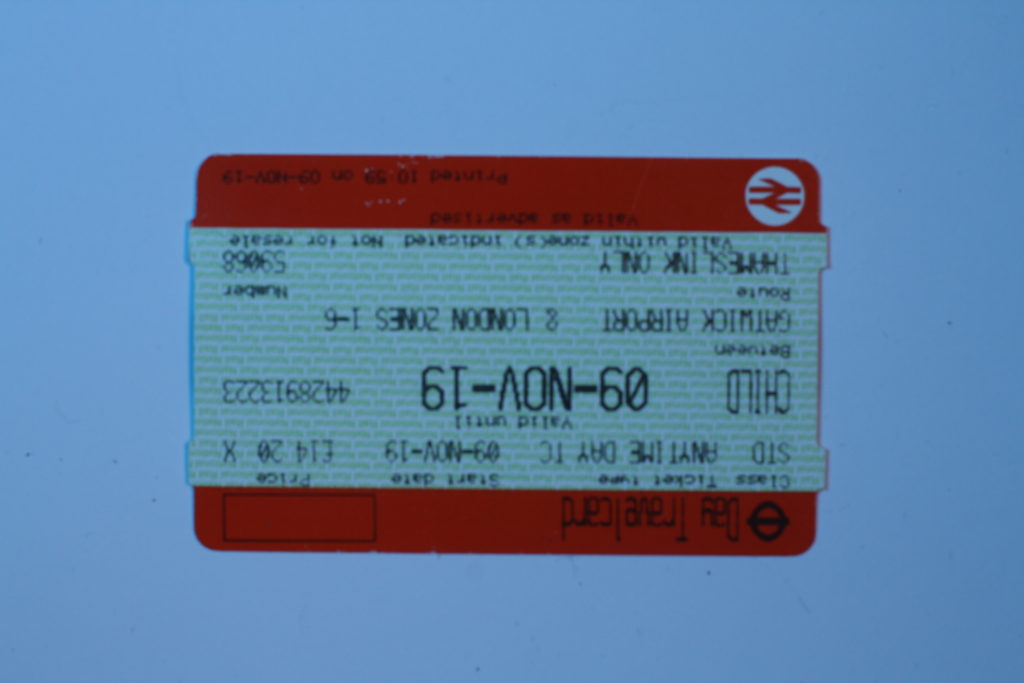
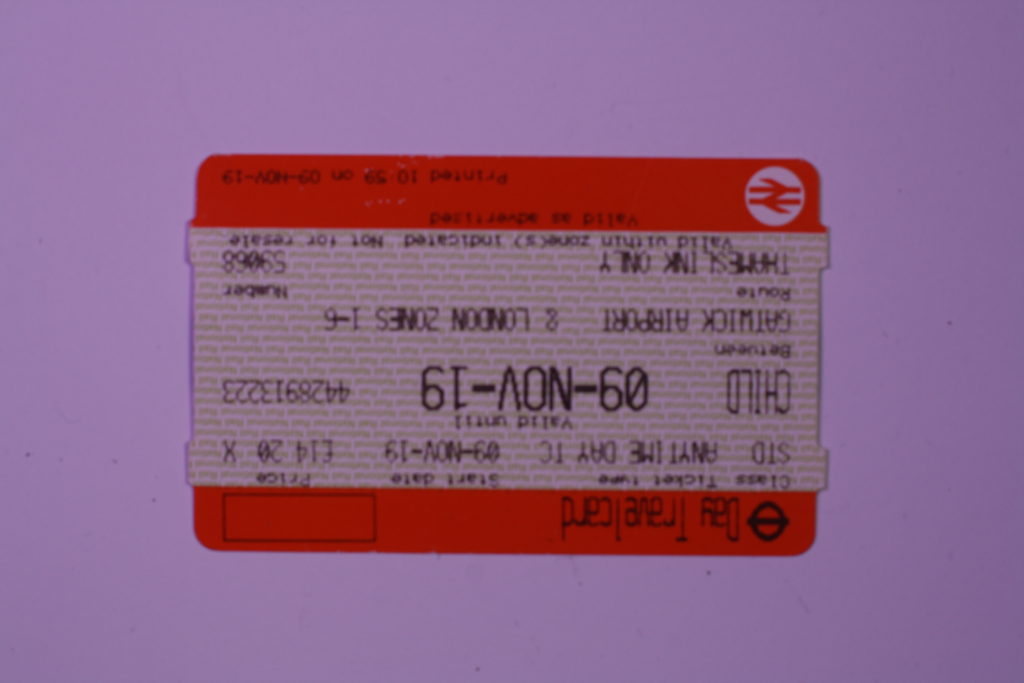
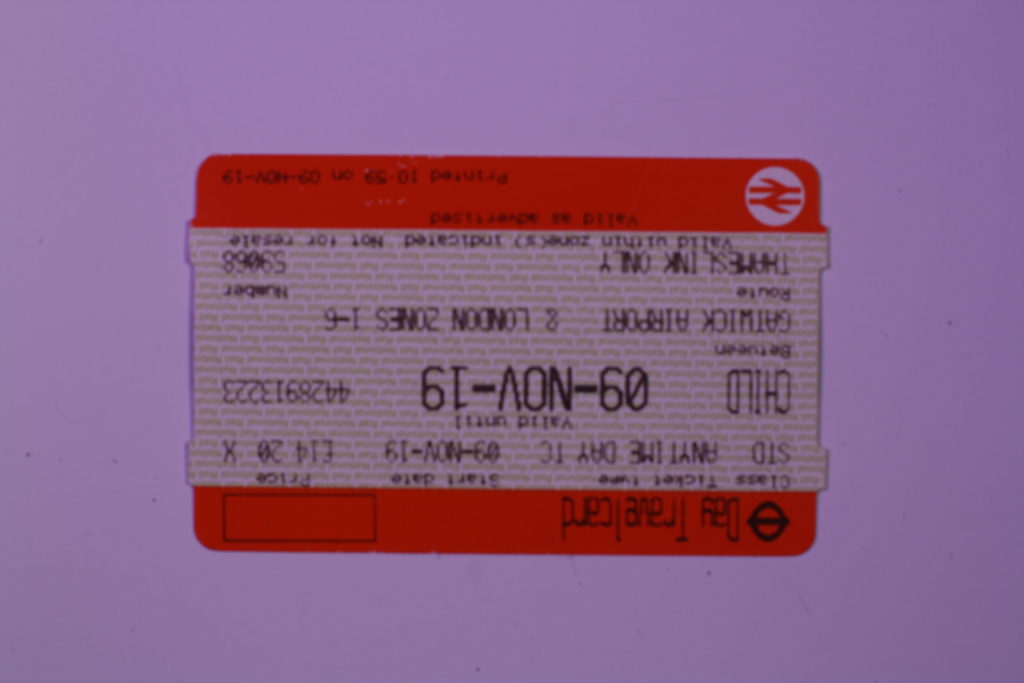
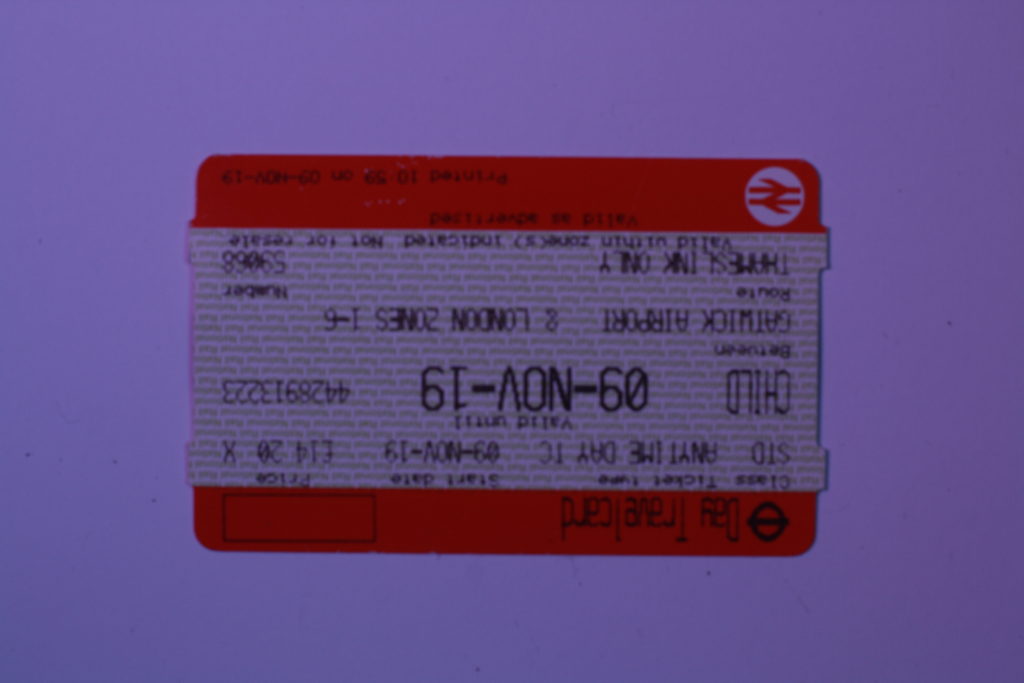
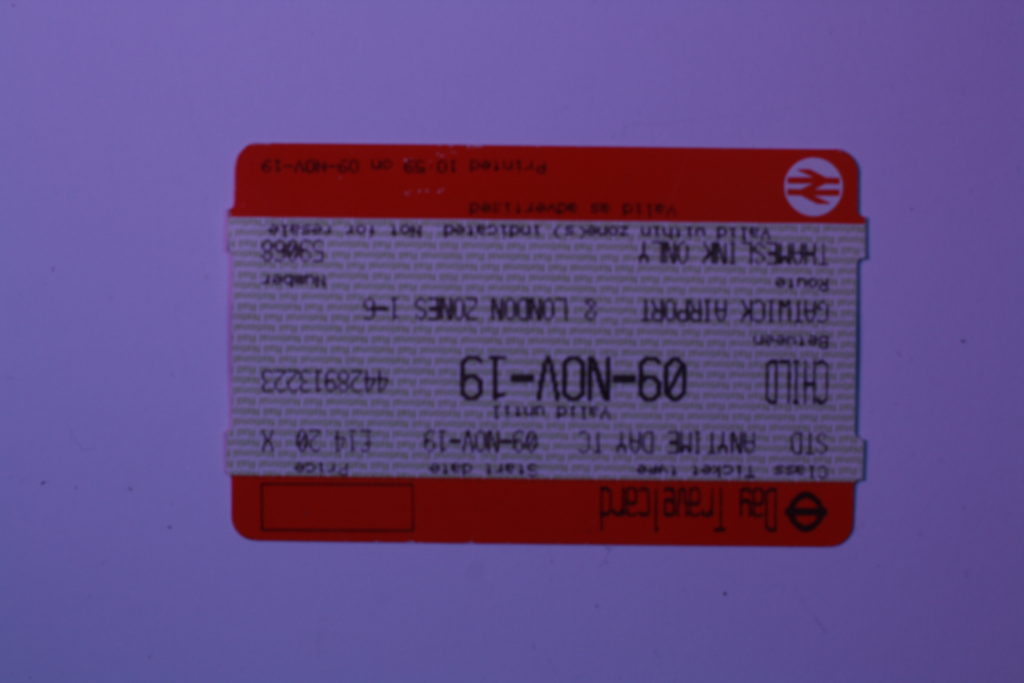
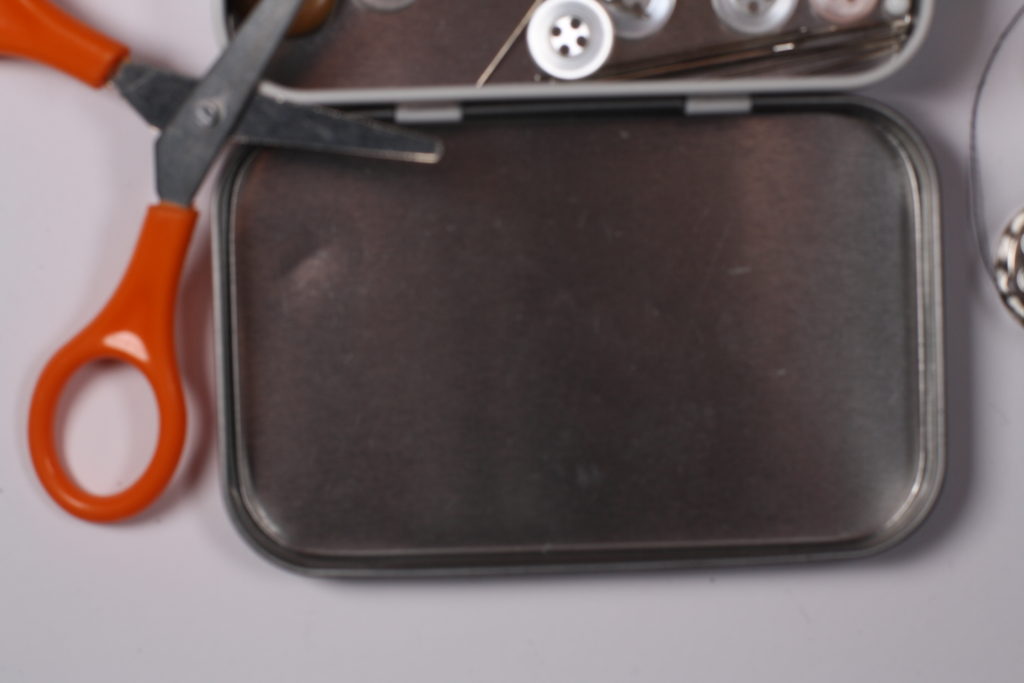
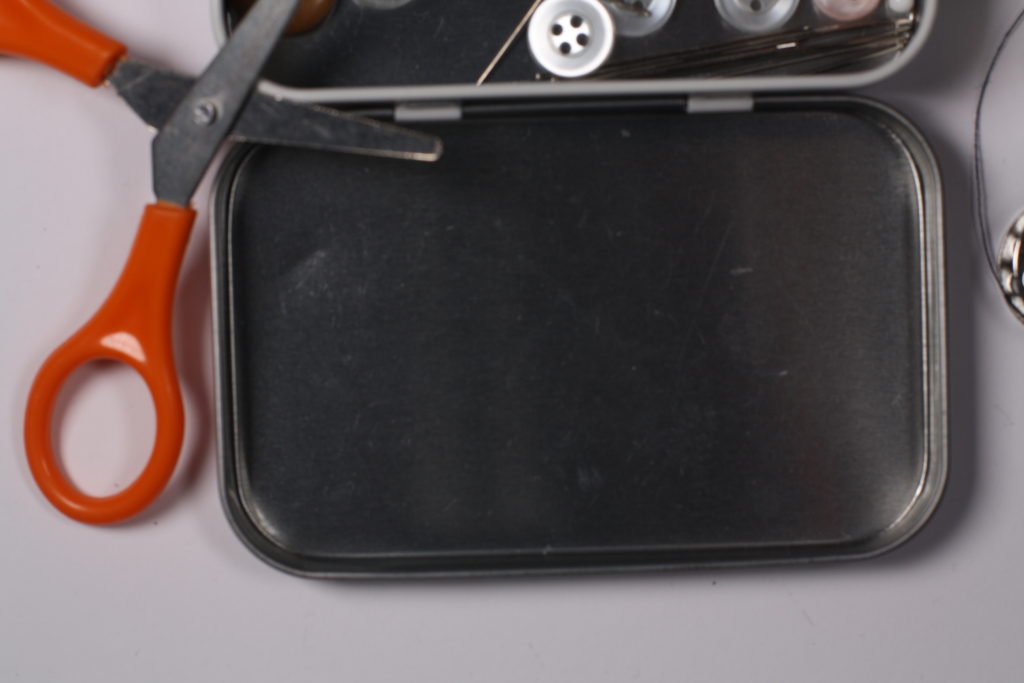
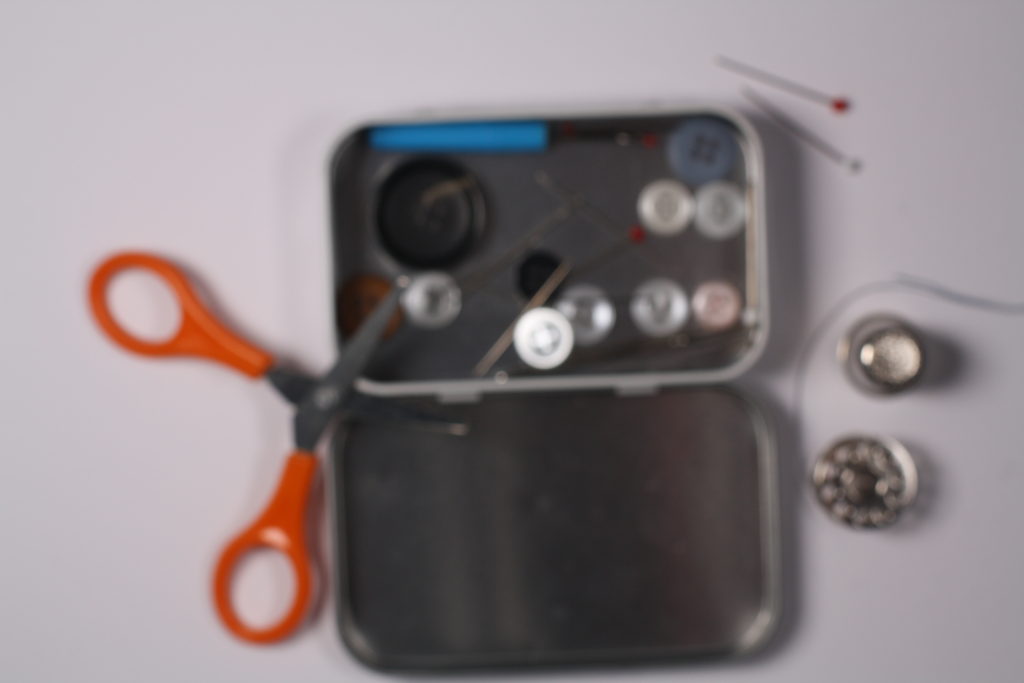
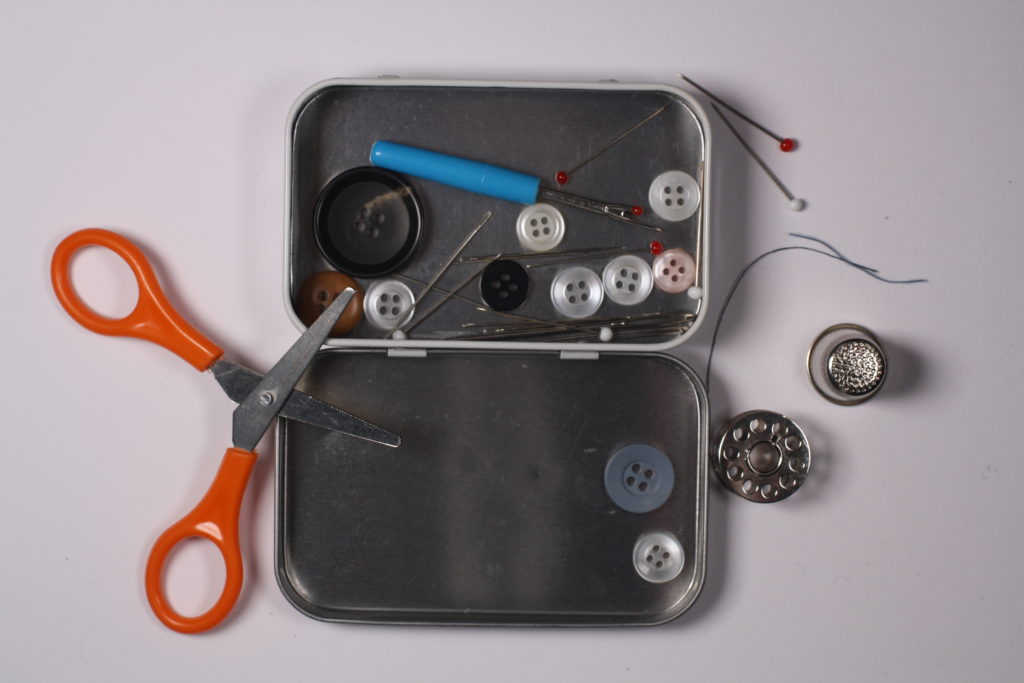
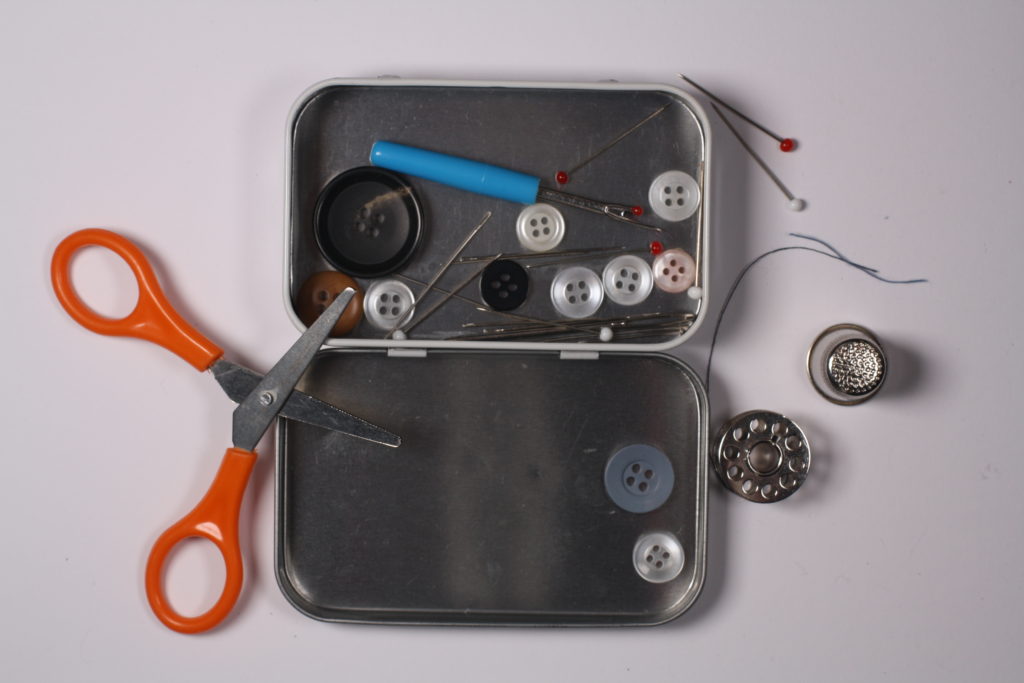
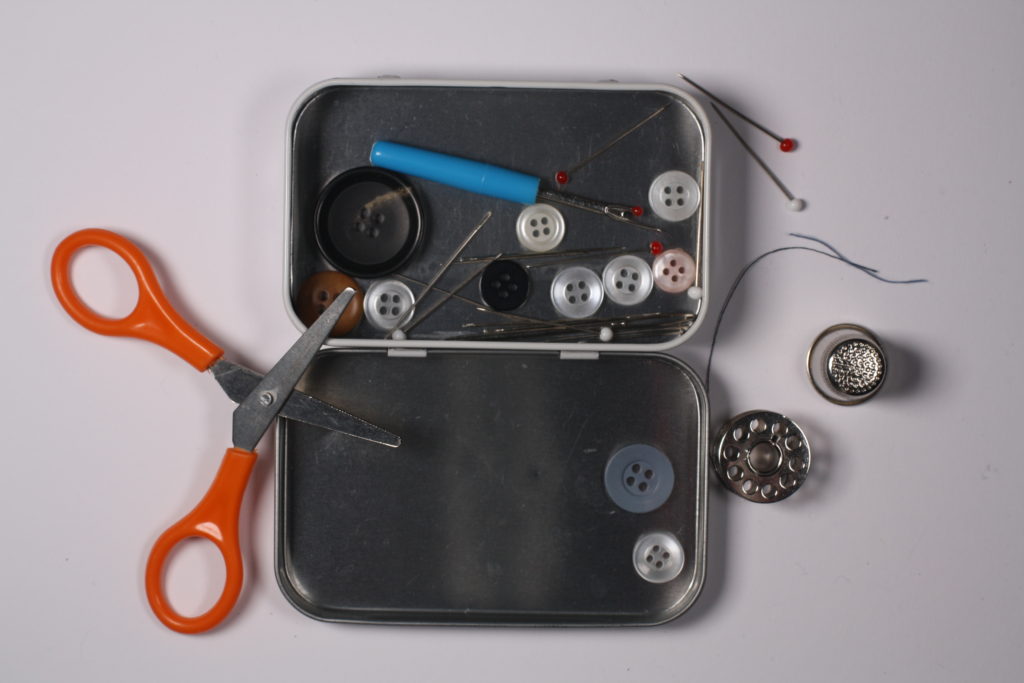
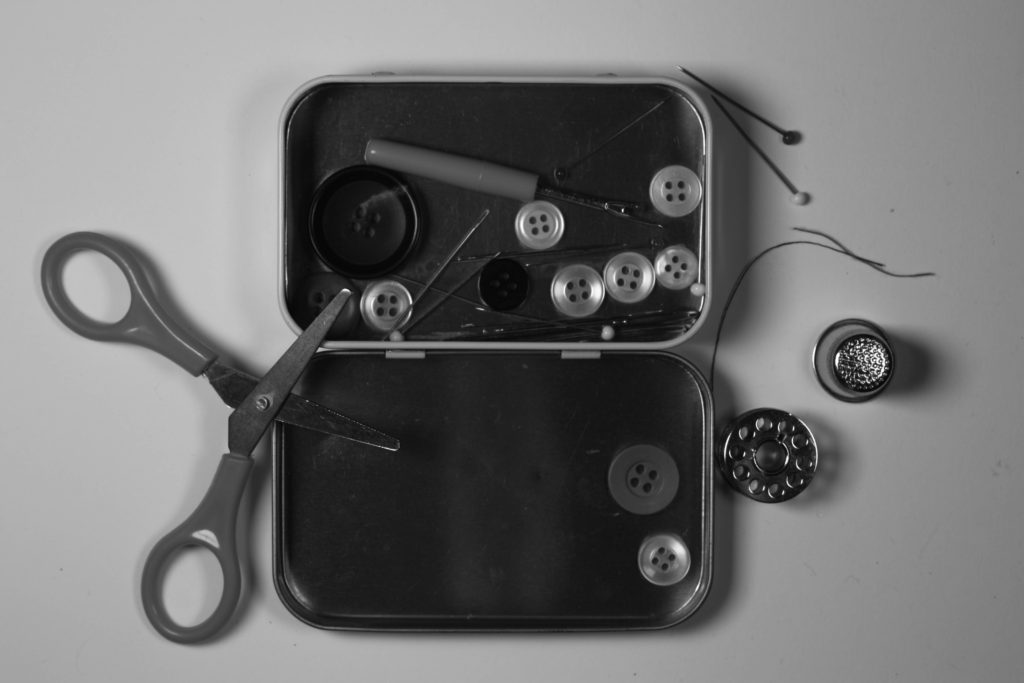
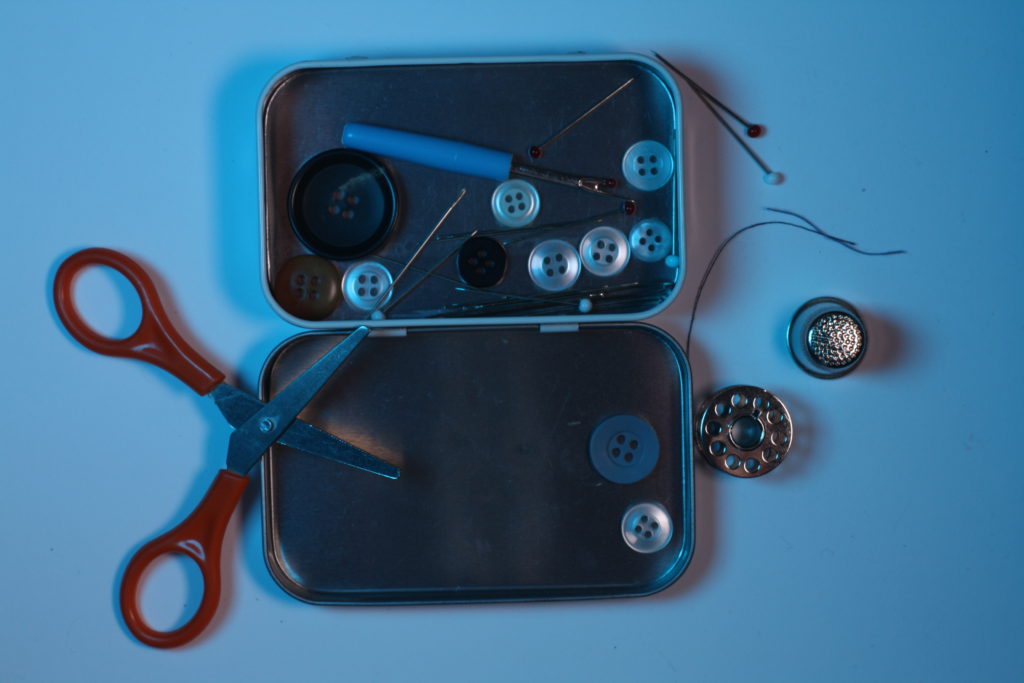
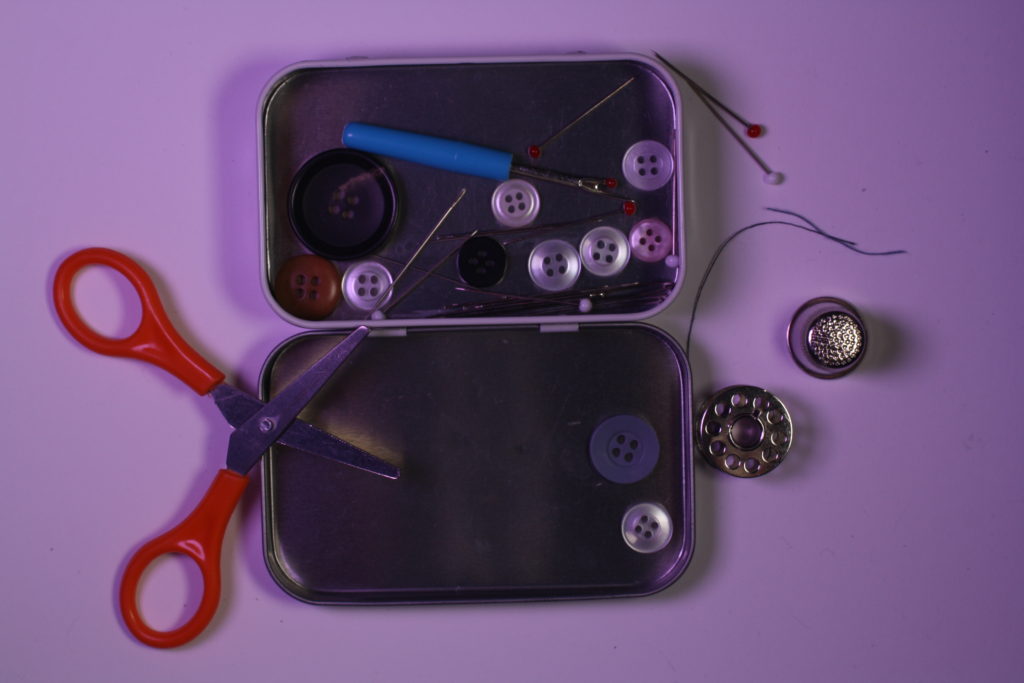
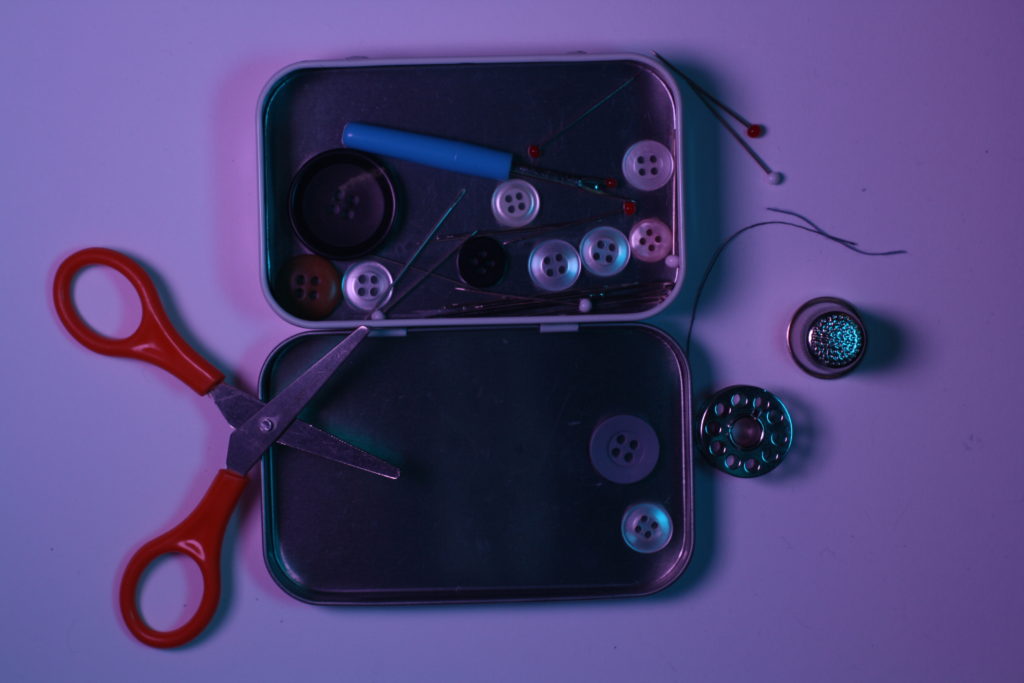
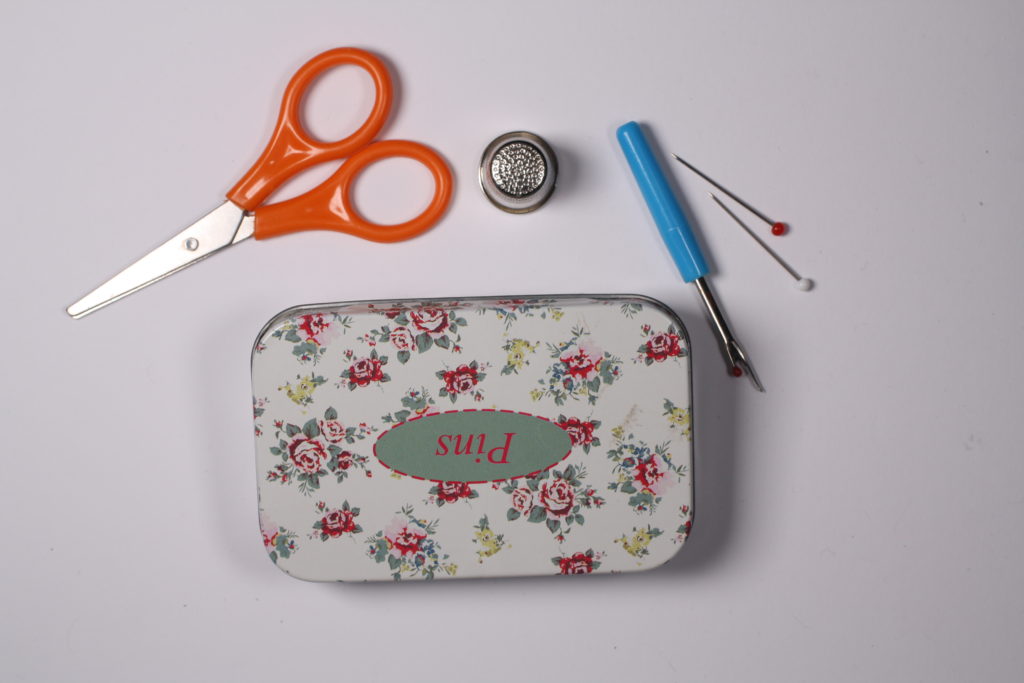
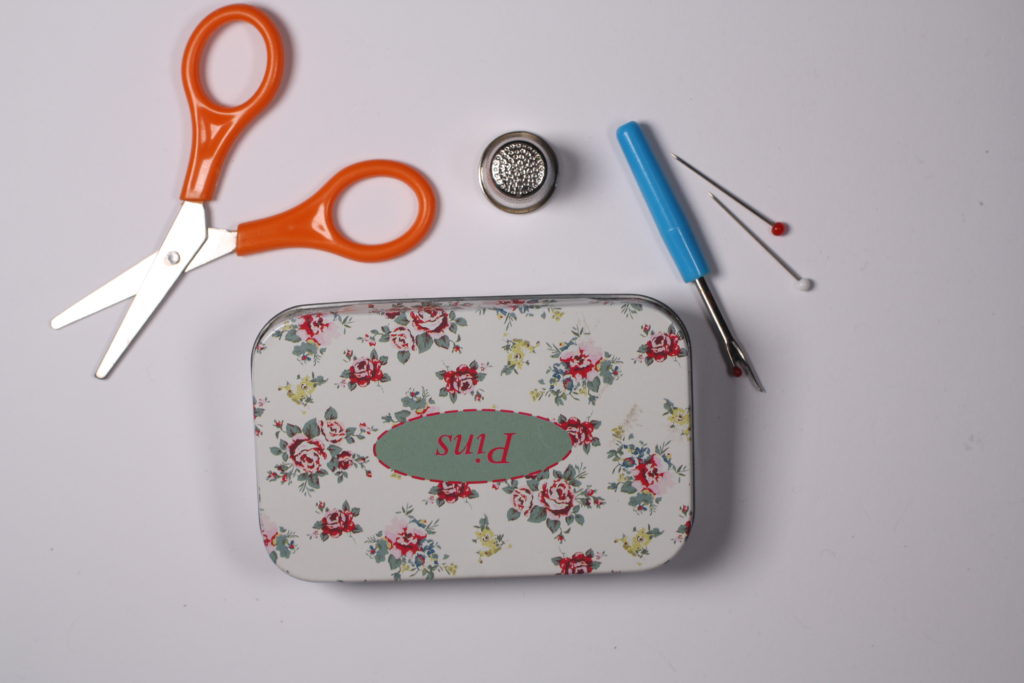
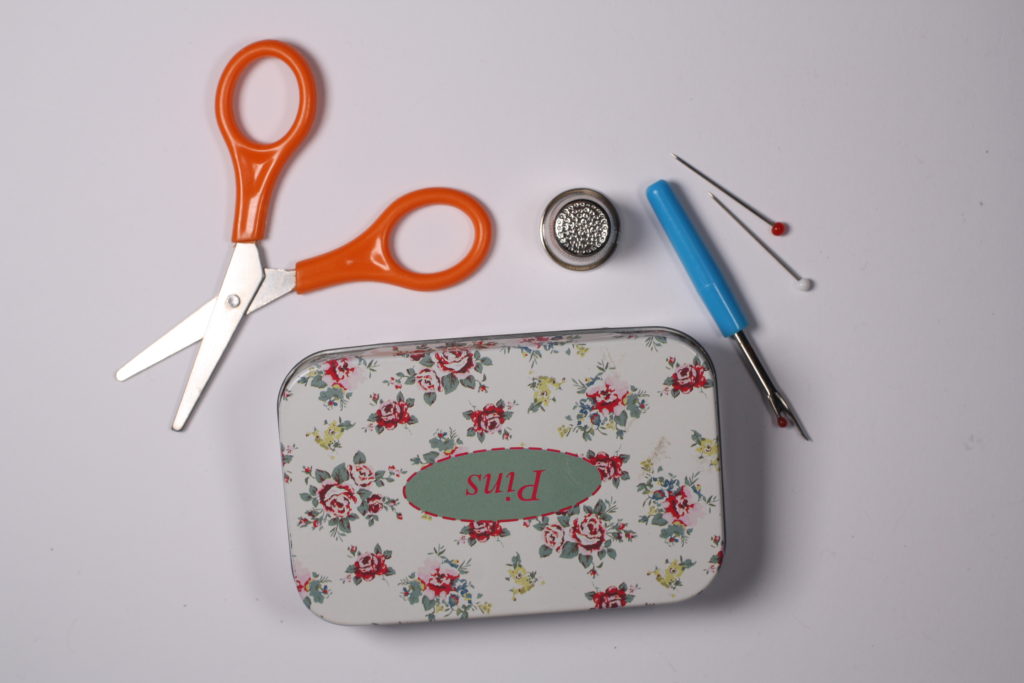
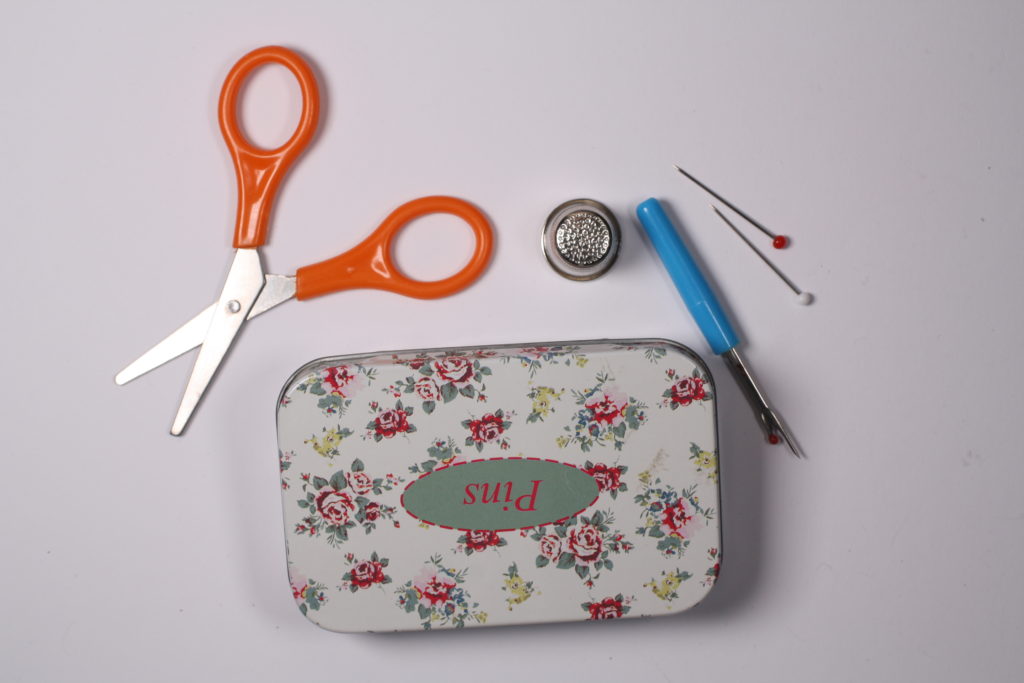
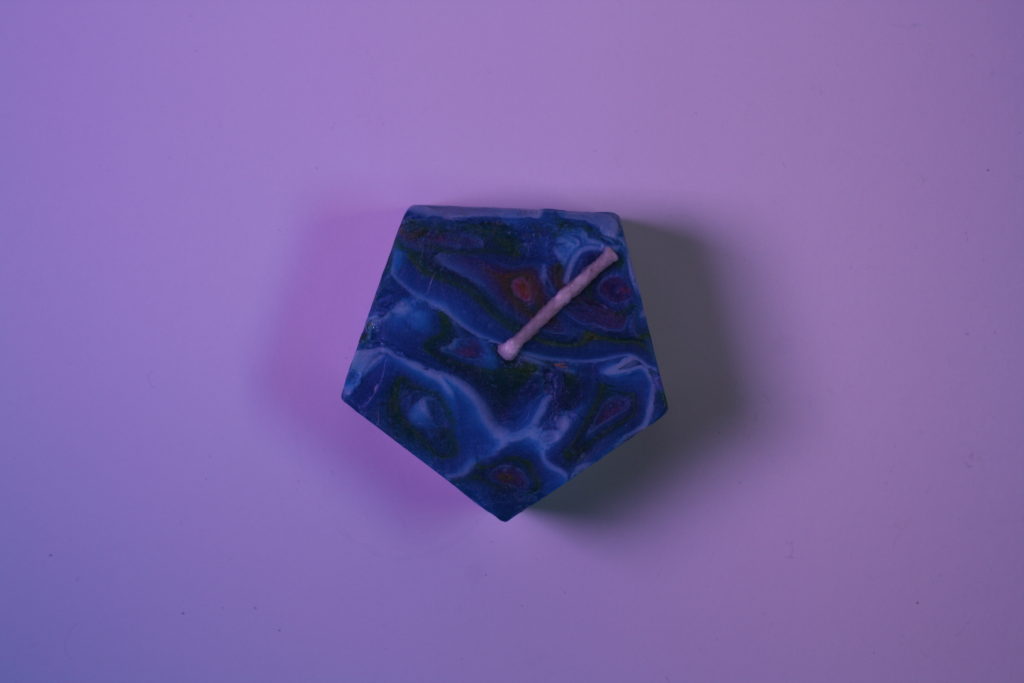
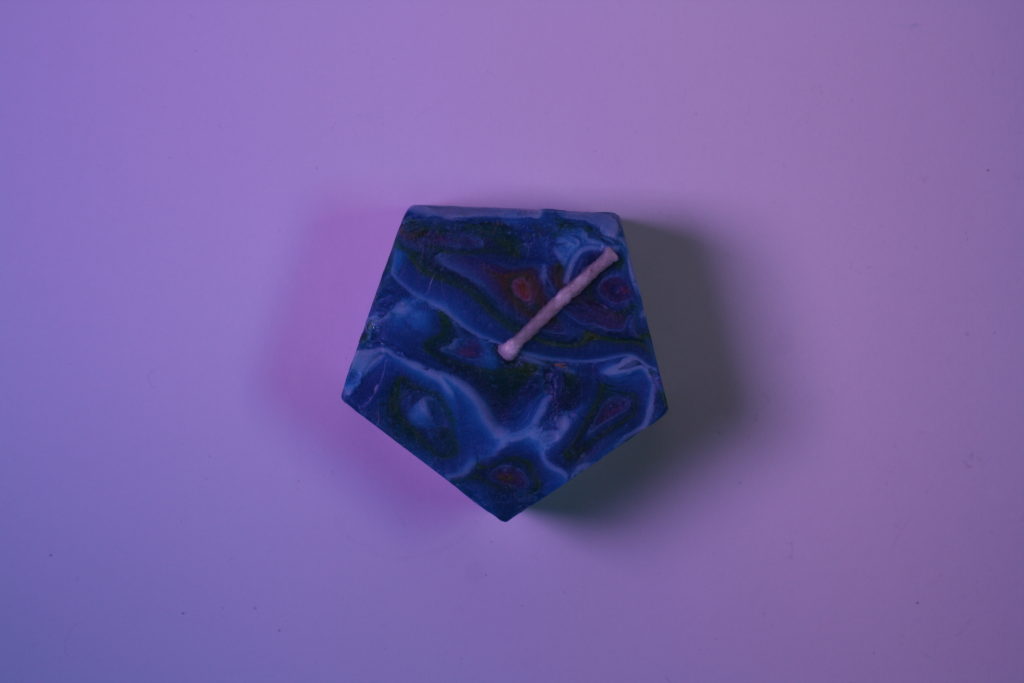
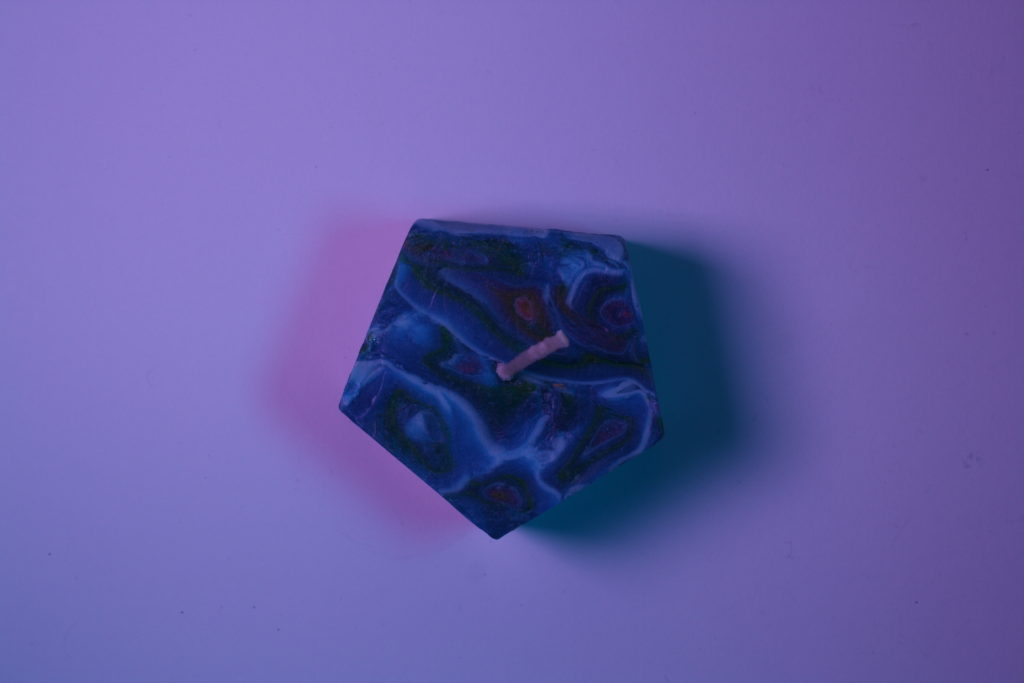
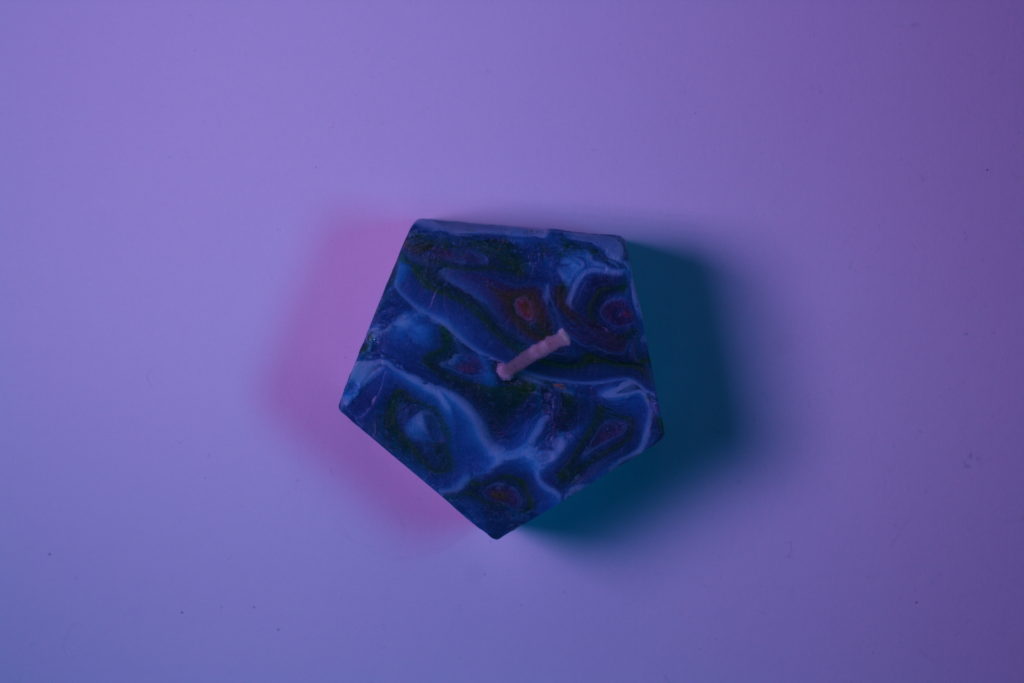
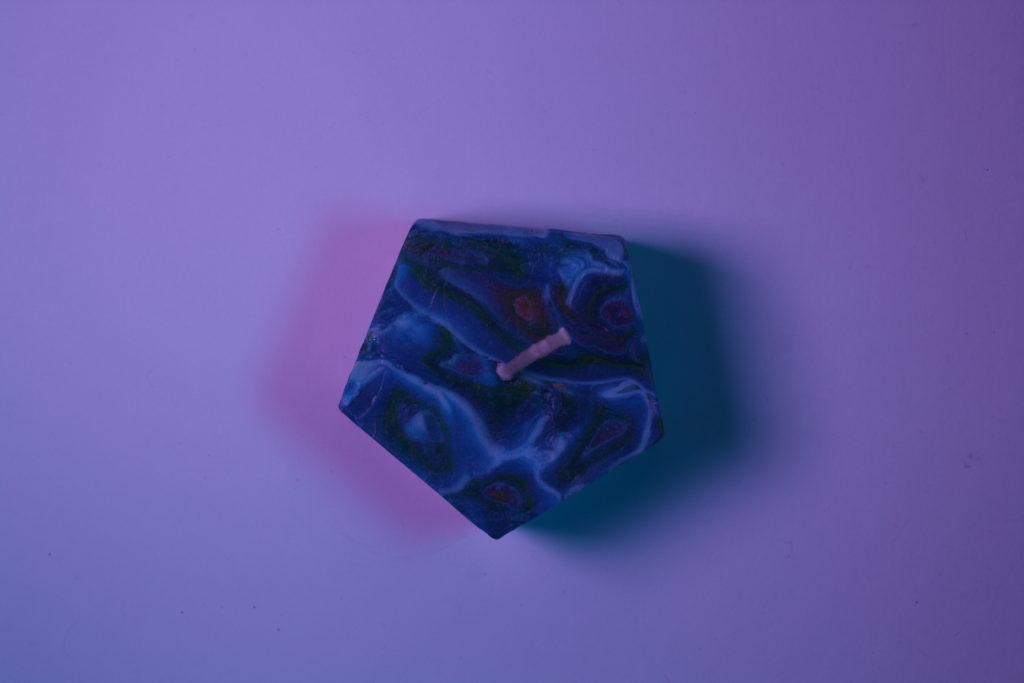
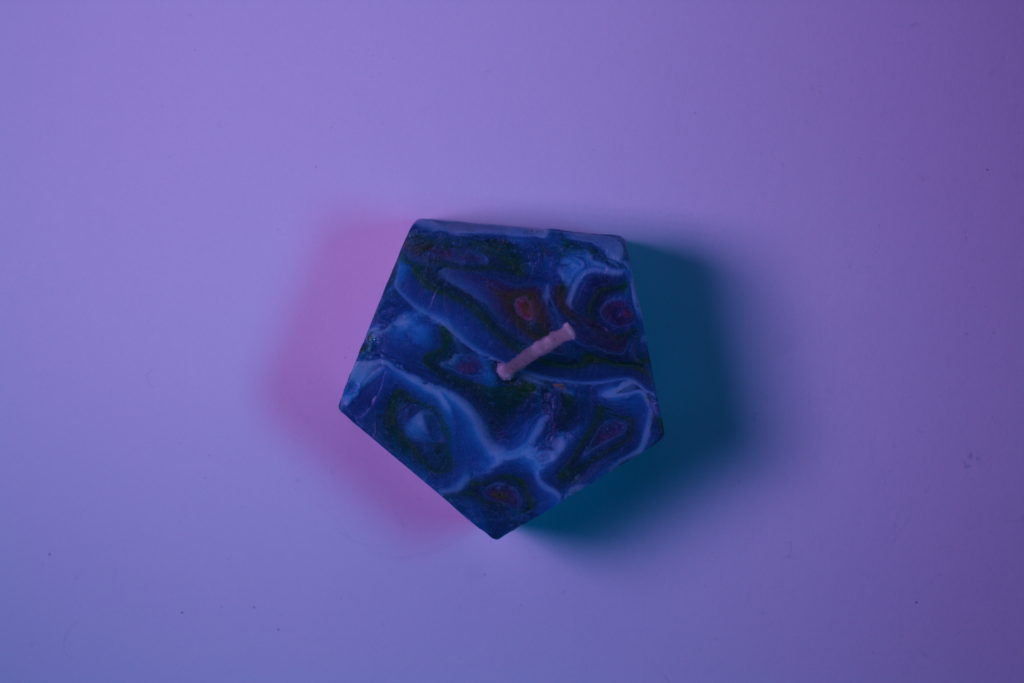
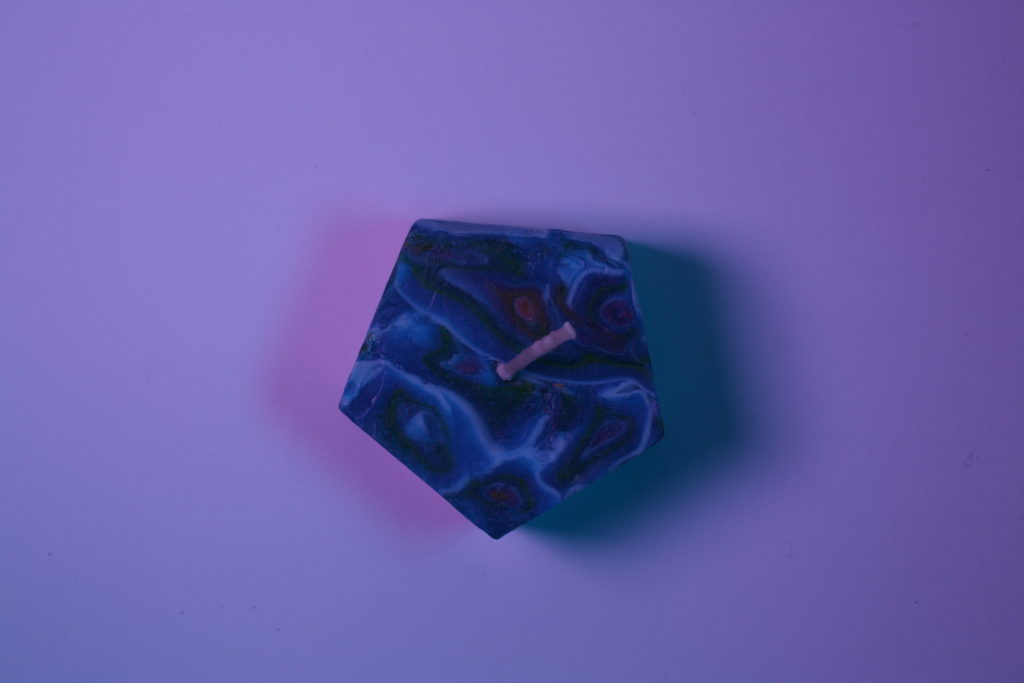
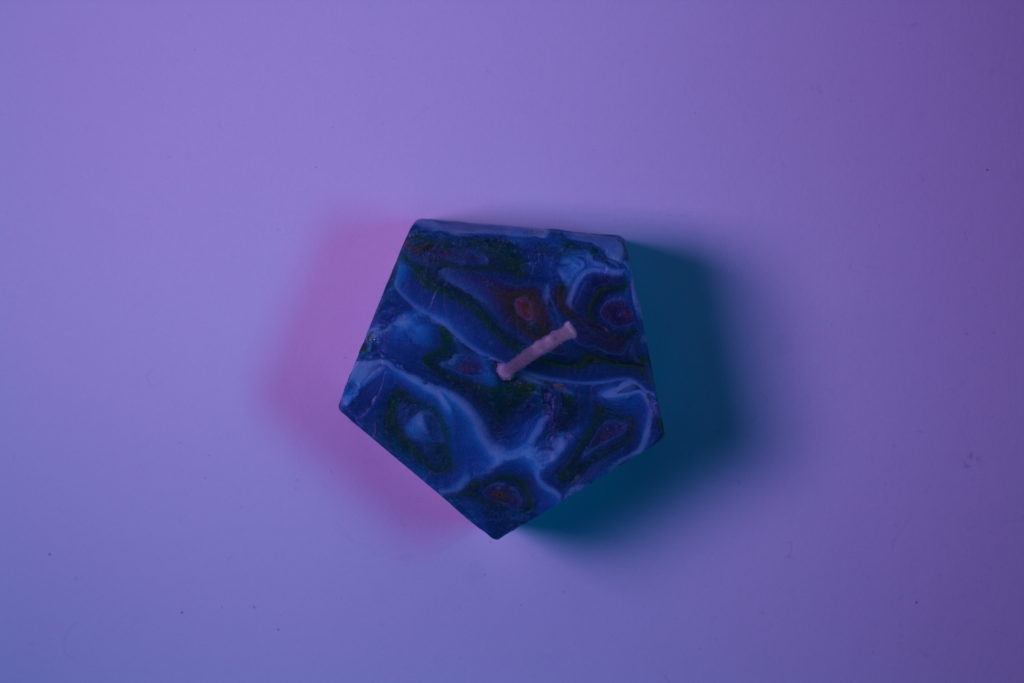
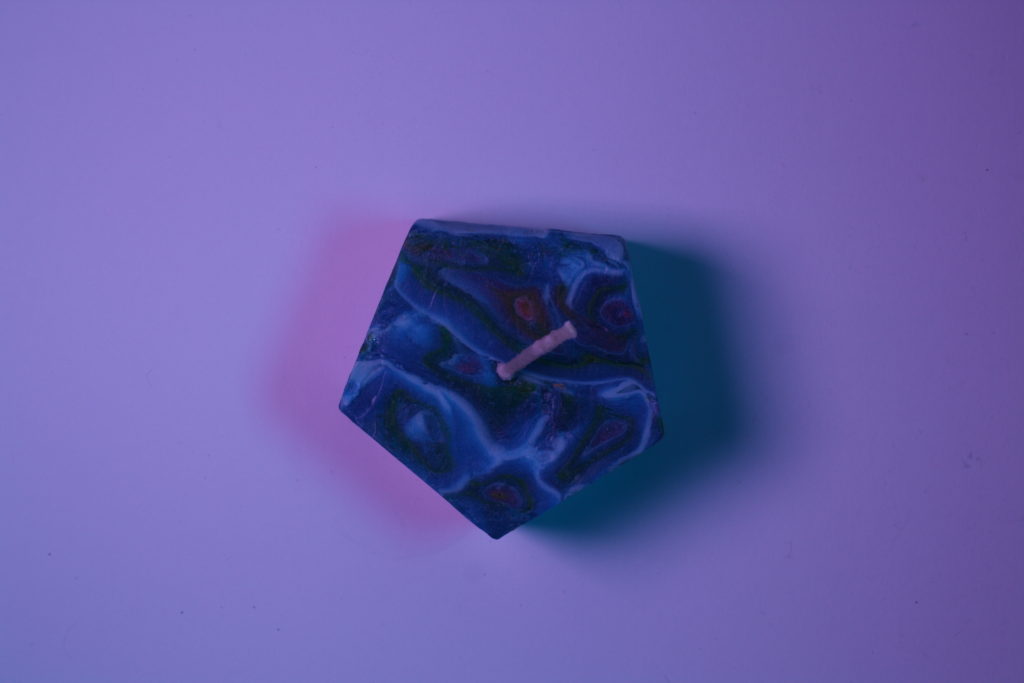
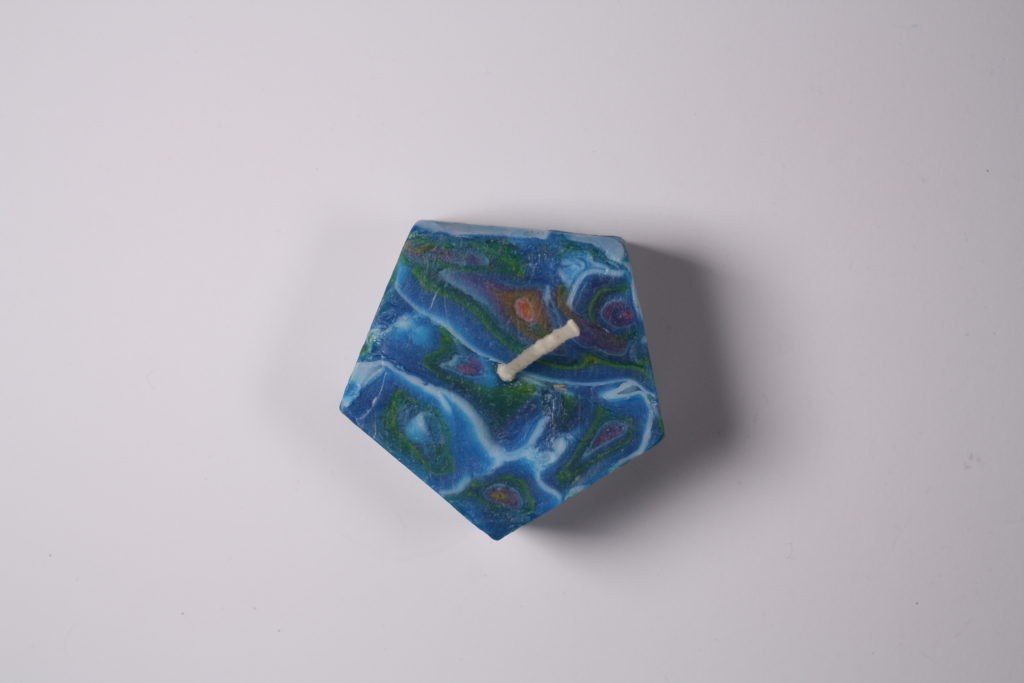
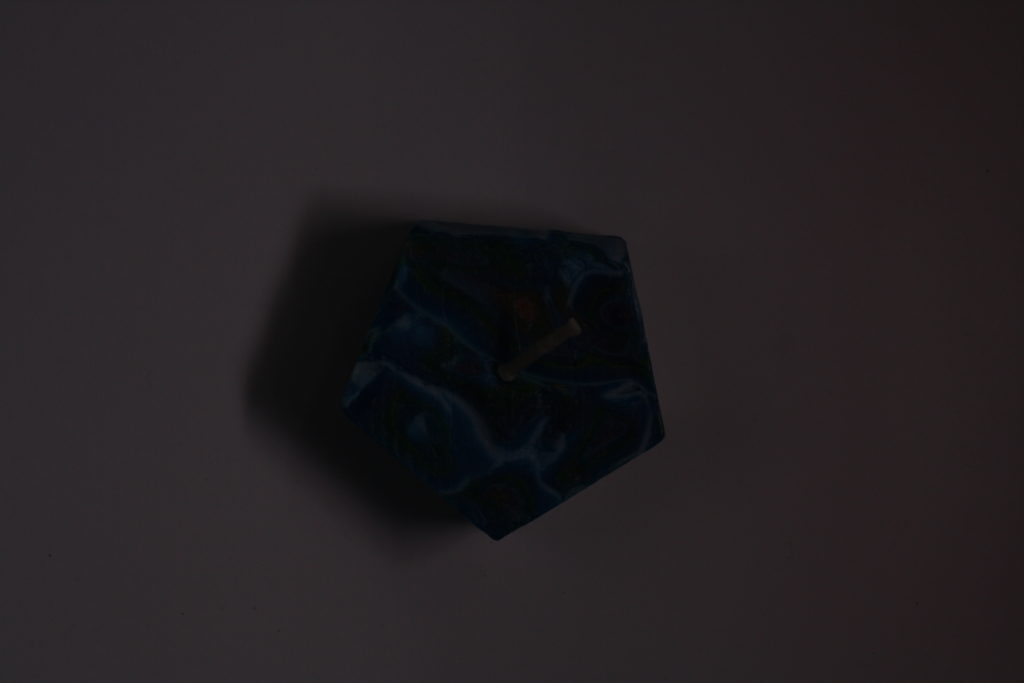
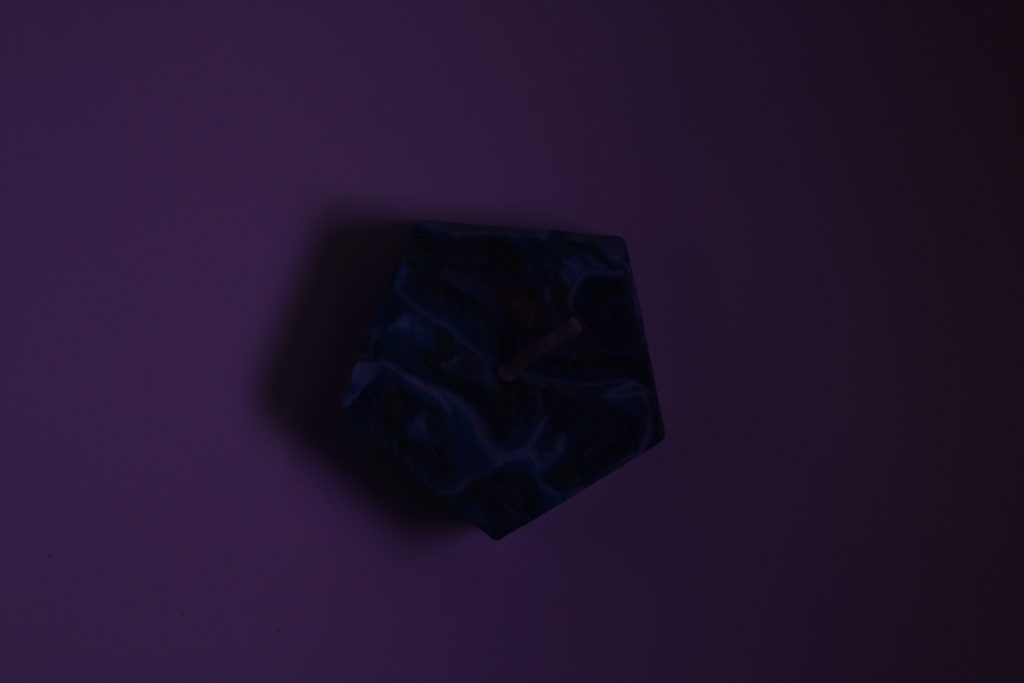
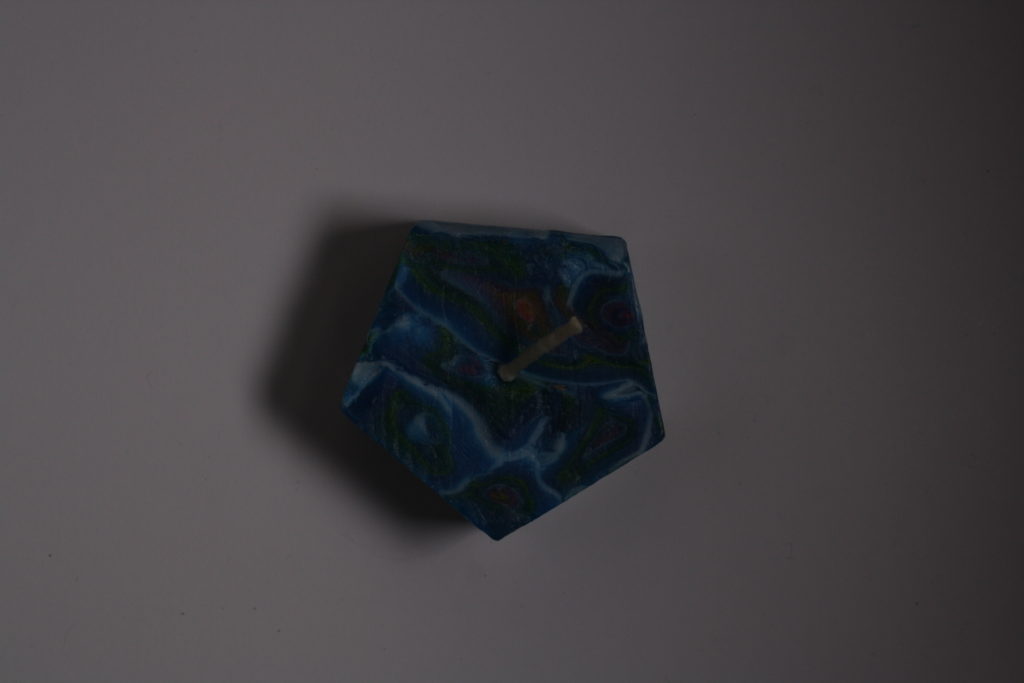
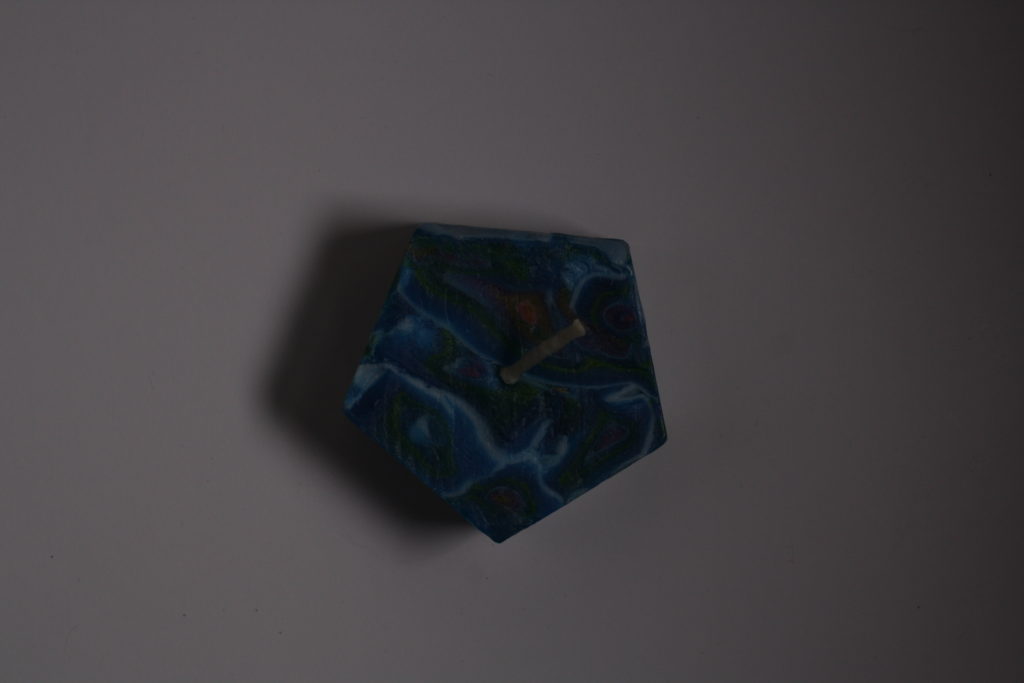
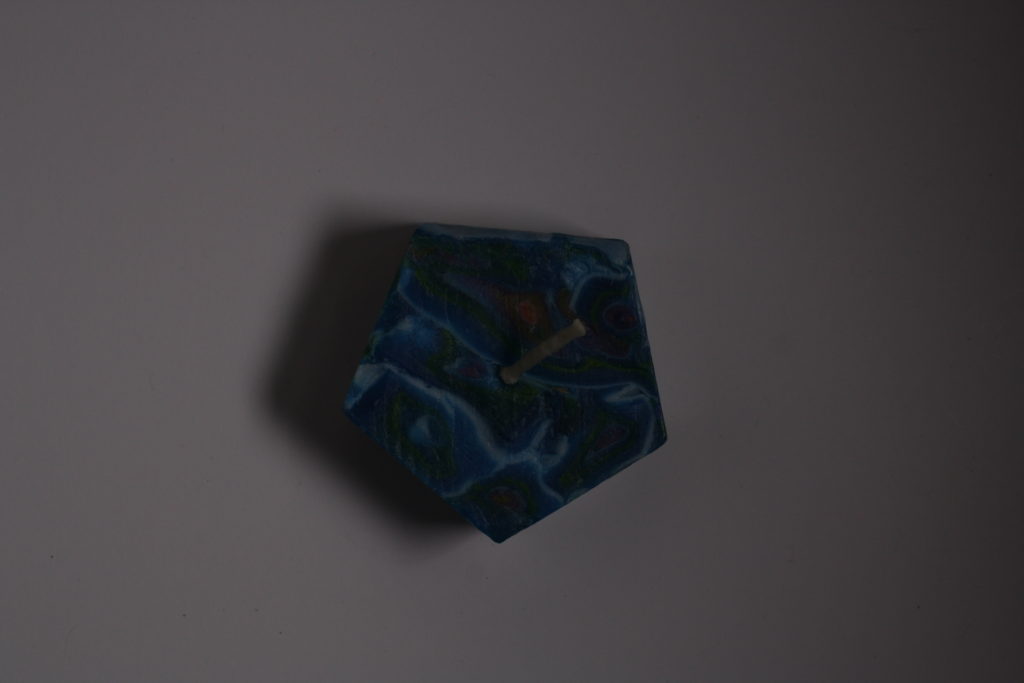
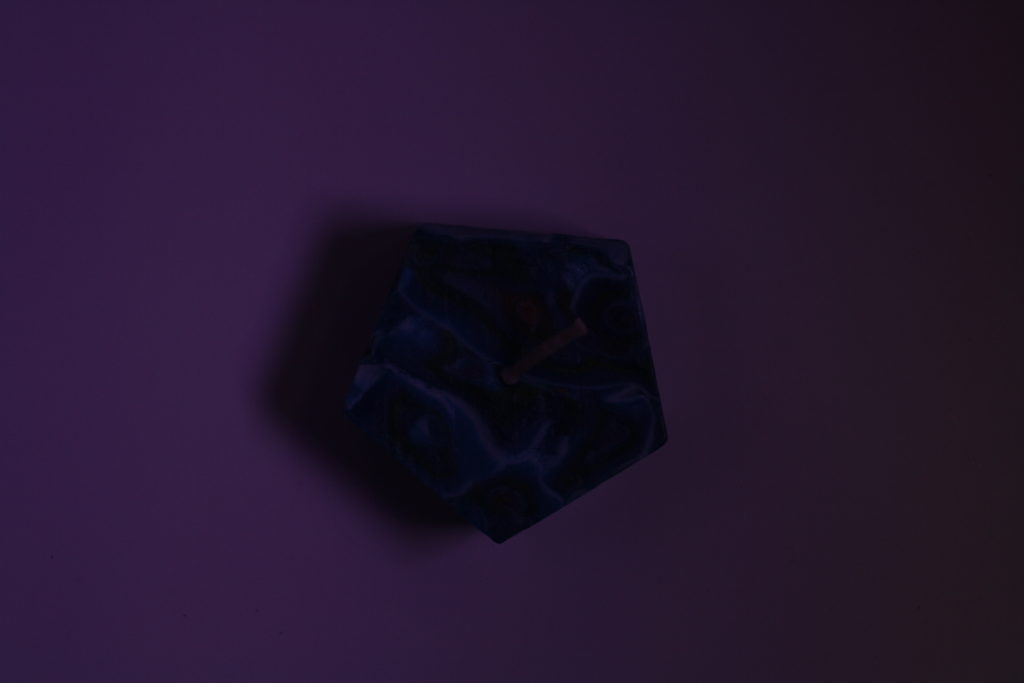
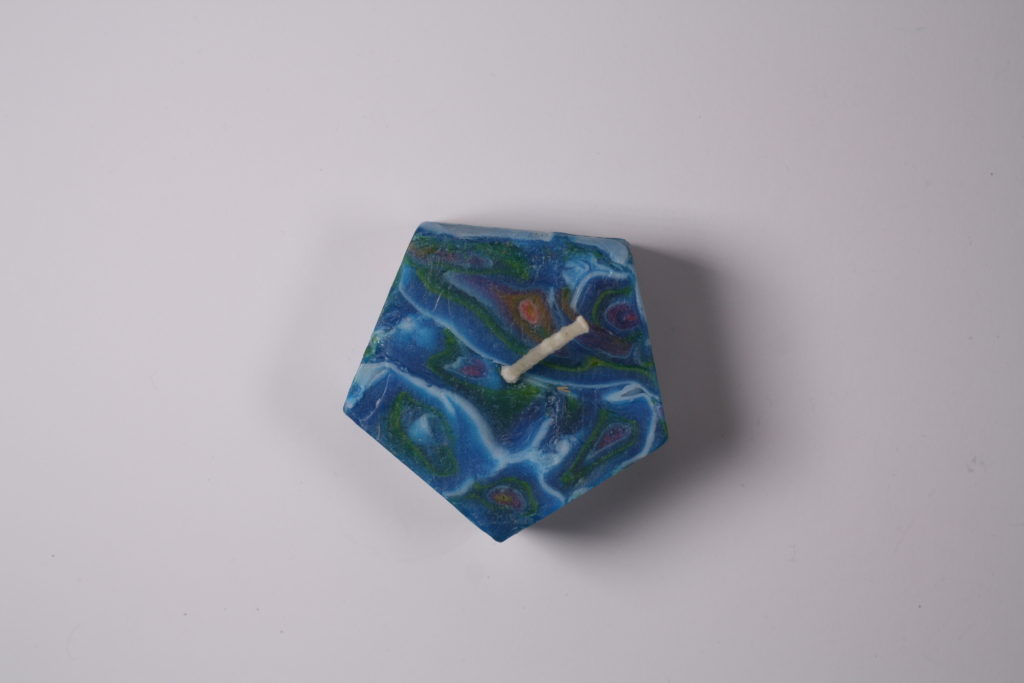
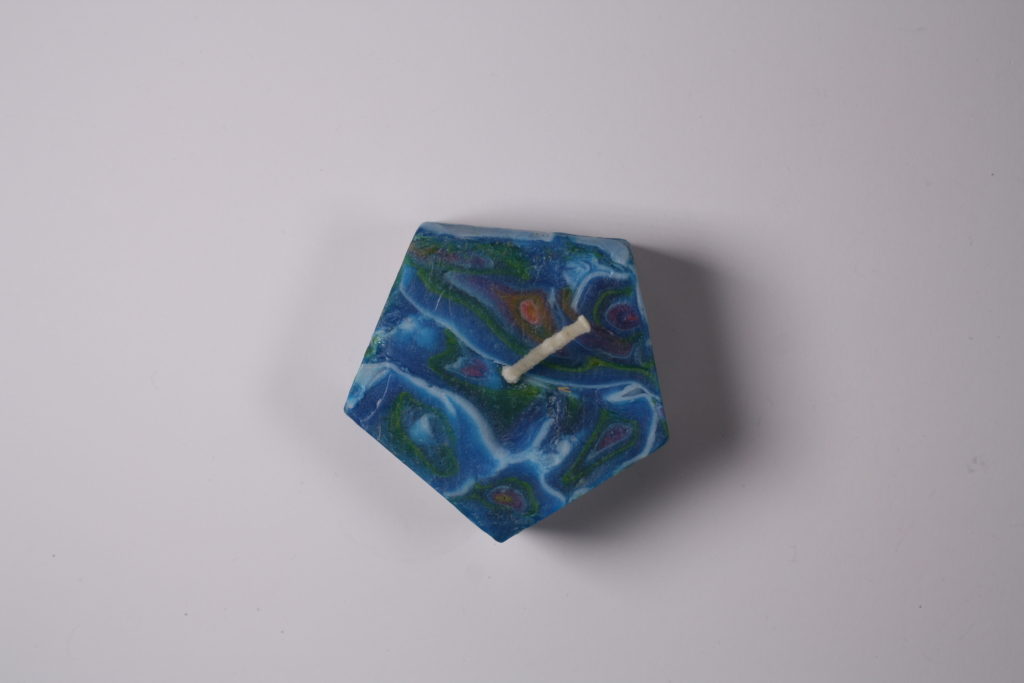
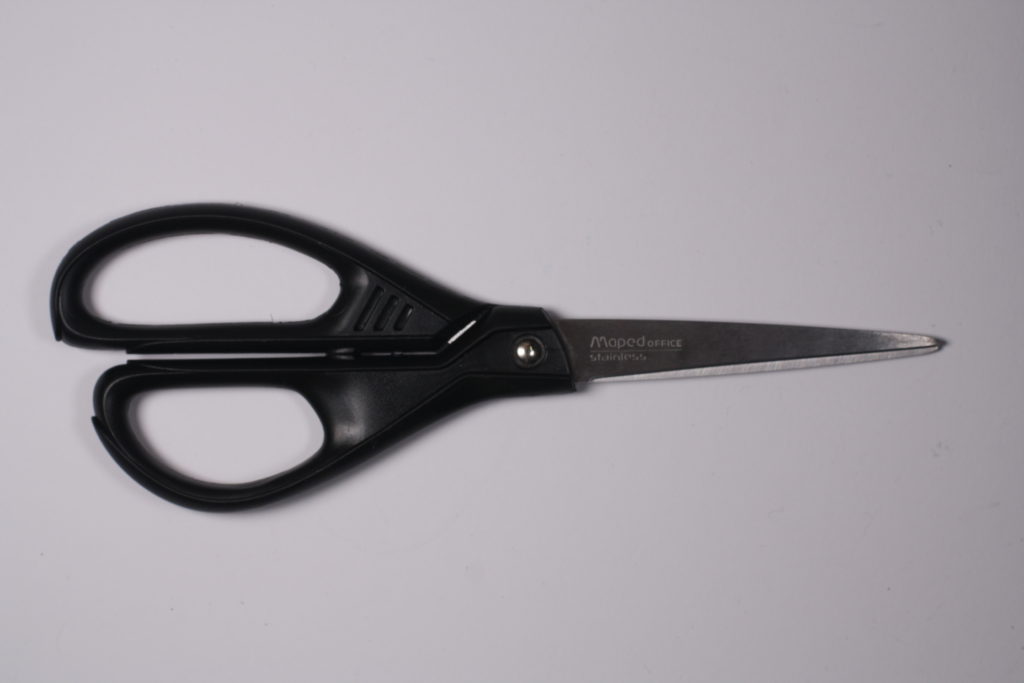
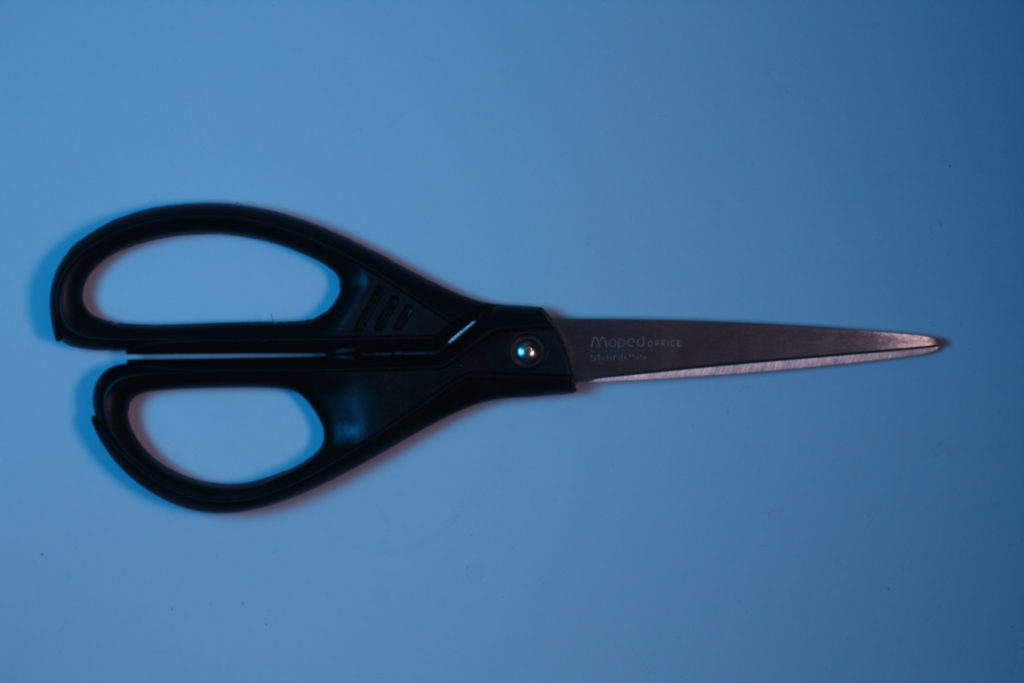
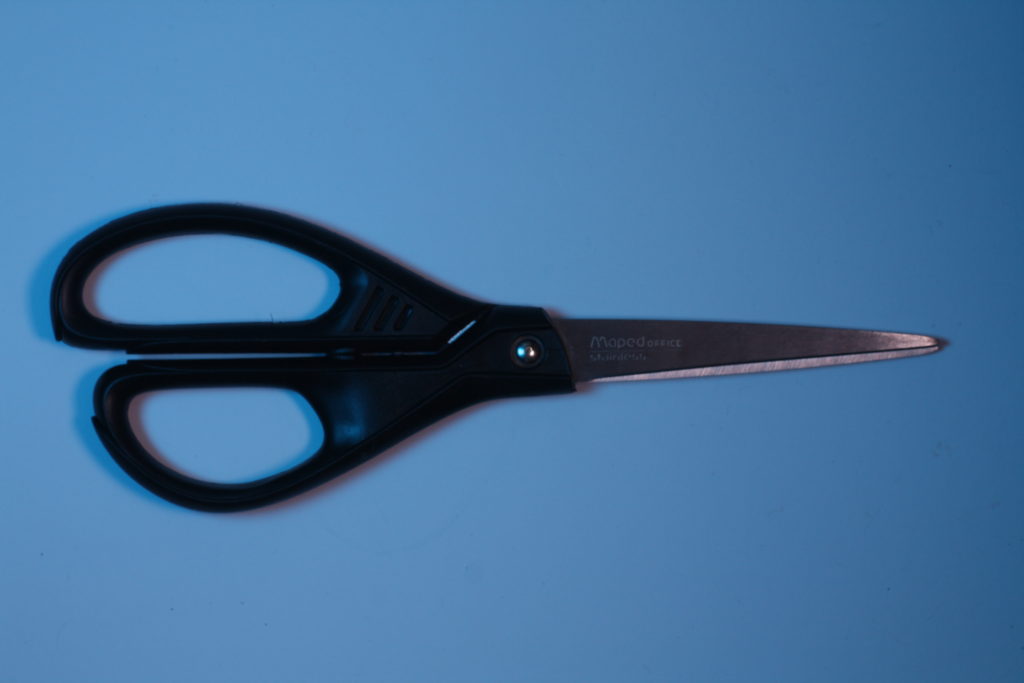
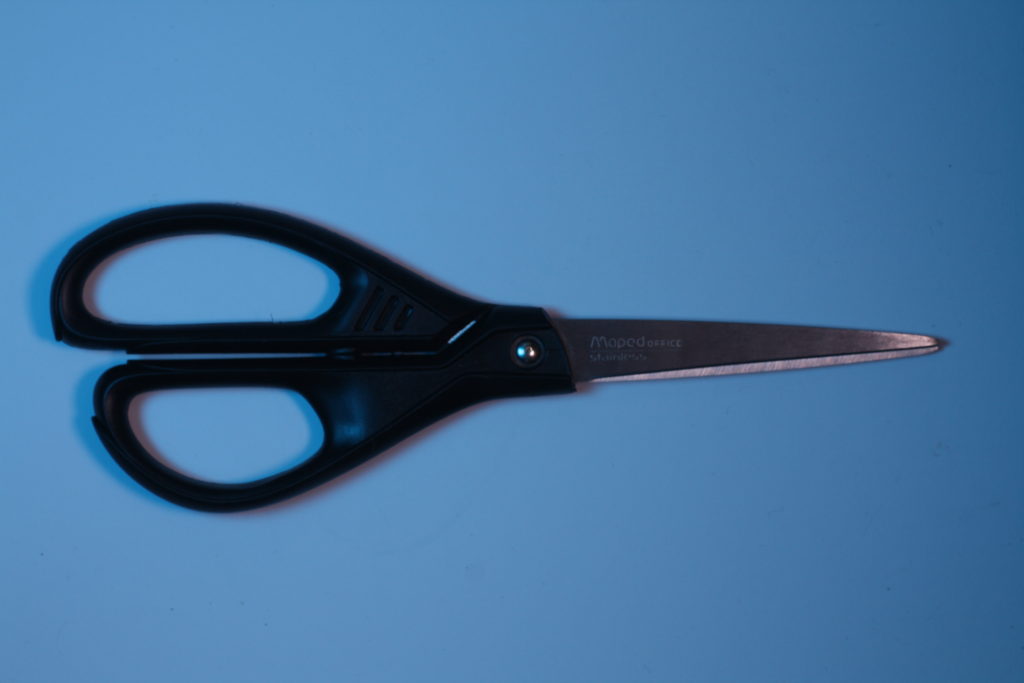

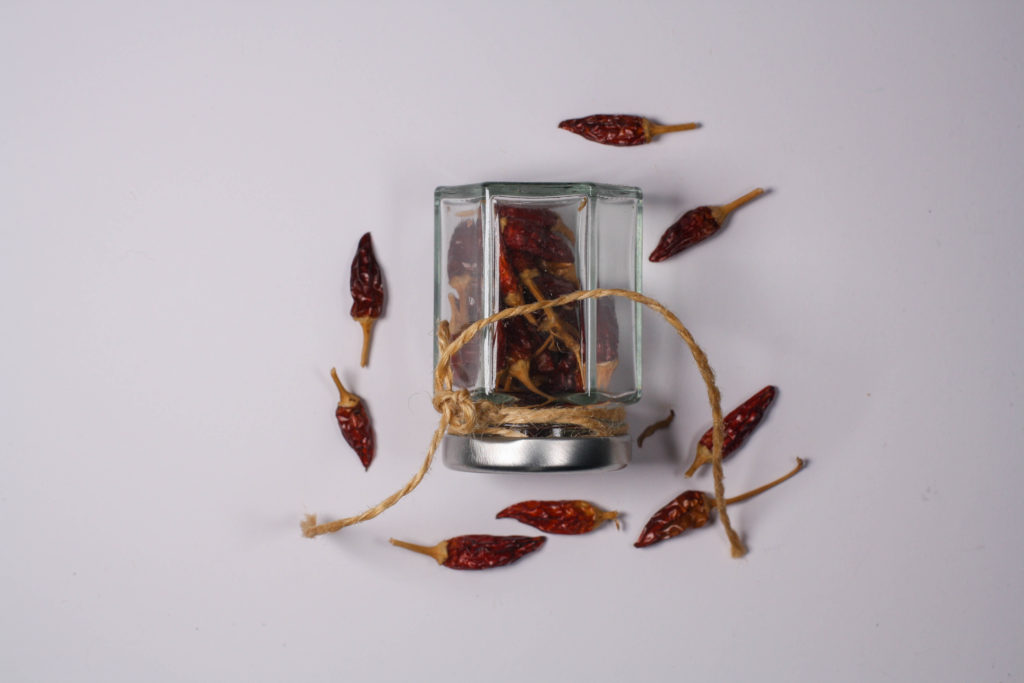
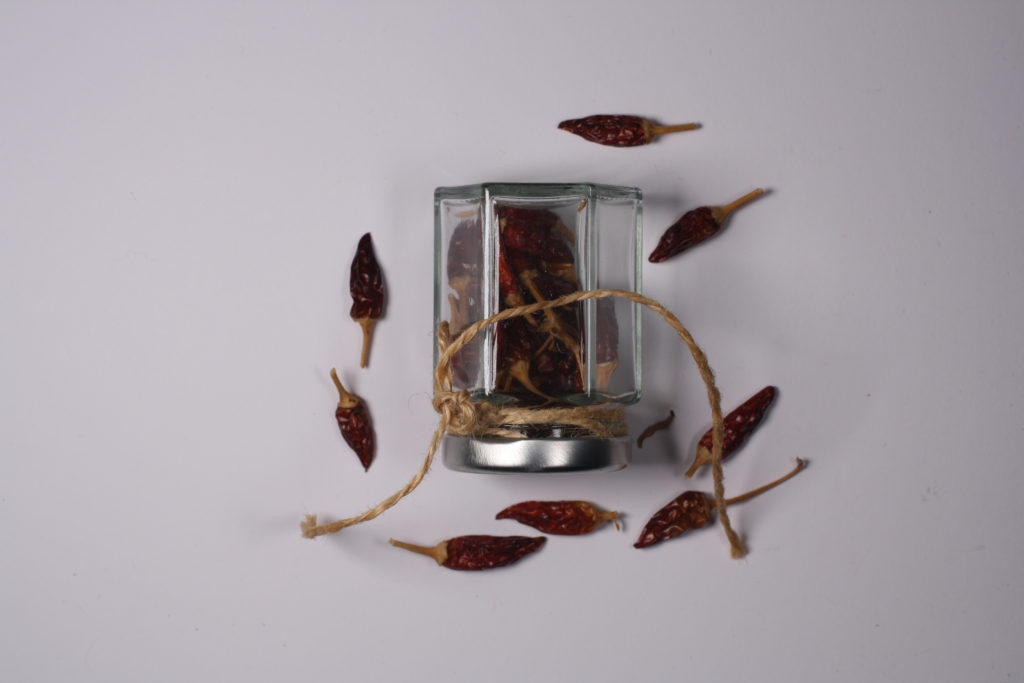
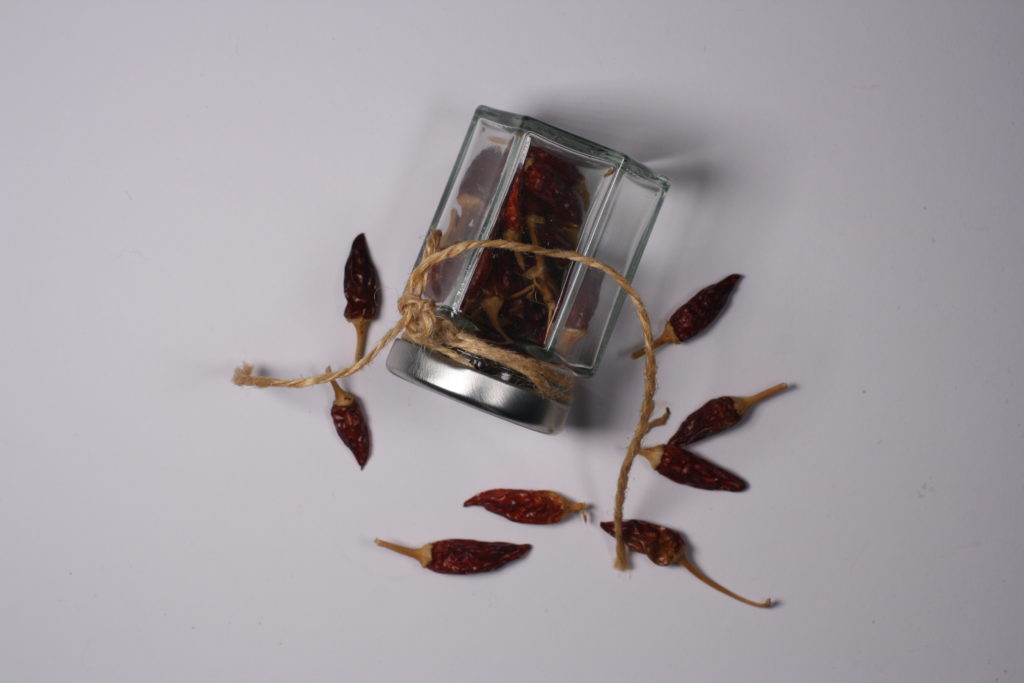
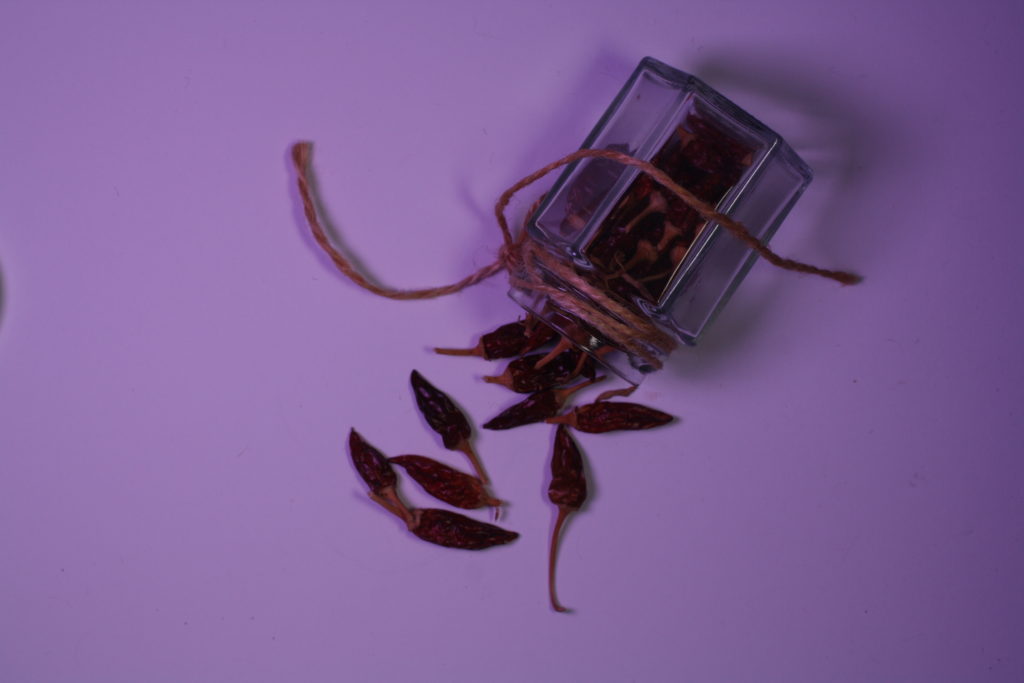
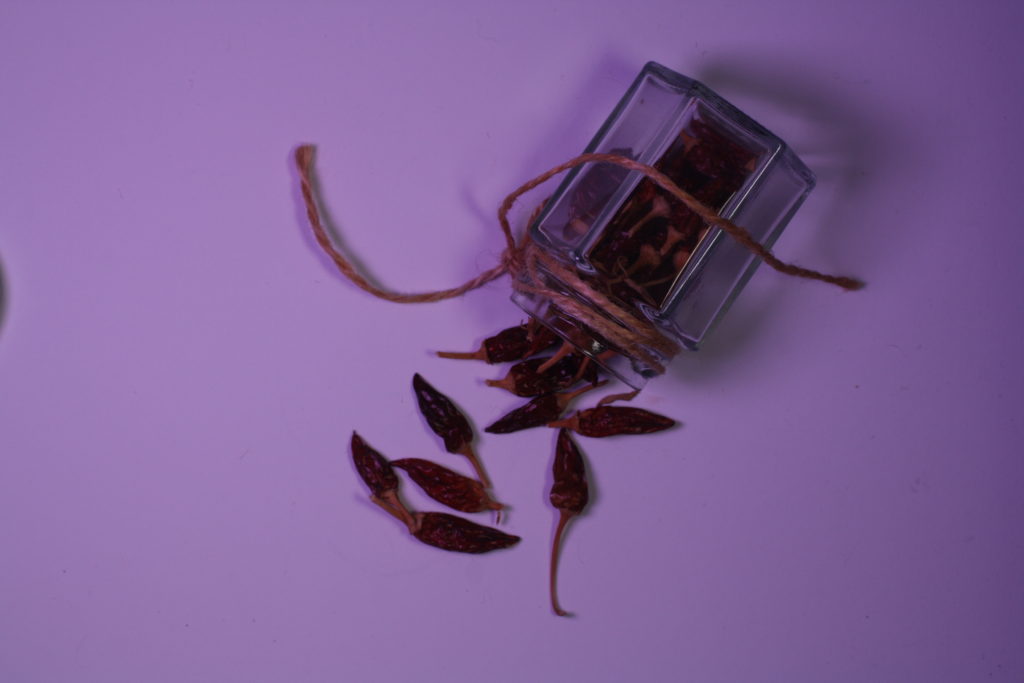
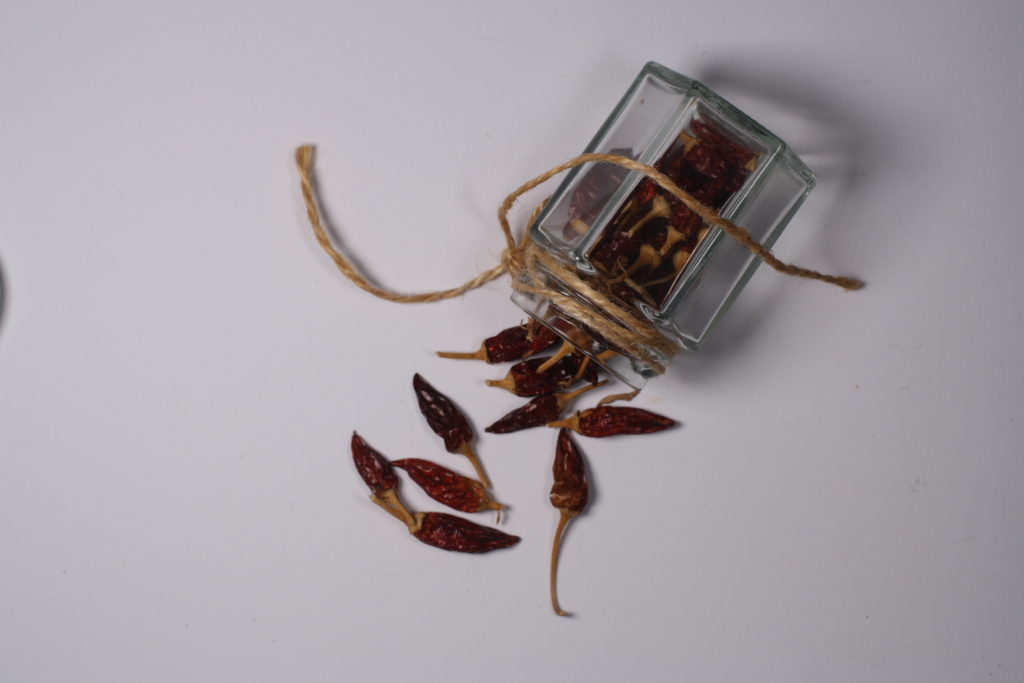
This photoshoot consists of many different objects put together which can be seen in the photos. When arraigning the objects I tried to arrange them so the images would appeal and draw the audience in so they don’t see the images as ‘some random objects thrown together’. In this shoot I experimented with different lightings such as coloured sheets placed over the lights to give the blue and purple effect on the objects.
New objectivity is a German style of photography that started in the 1920s to challenge and go against expressionism. New objectivity often focused on the objective world rather than the more romanised and abstract ideas of expressionism. This can be seen through photographs such as Albert Renger-Patzsch and Karl Blossfeldt.
Albert Renger-Patzsch was a German photographer who is one of new objectivities well know photographers. In his books he focuses on new objectivity showing ‘the secret of a good photograph.

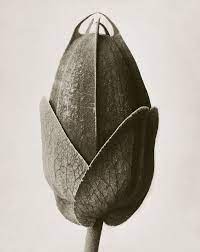
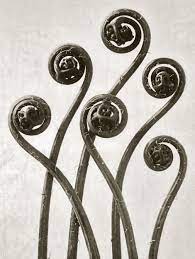
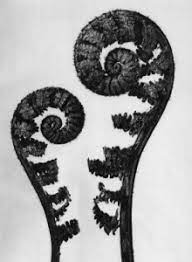
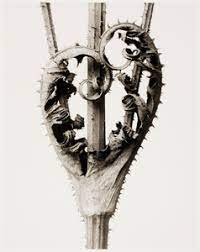
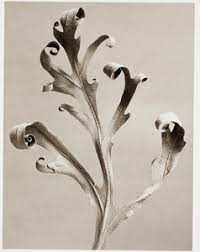
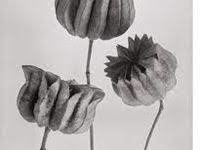
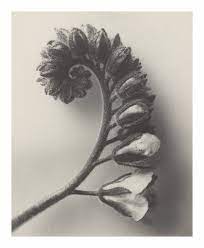
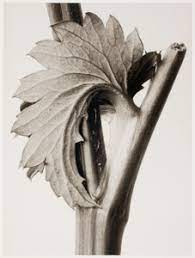
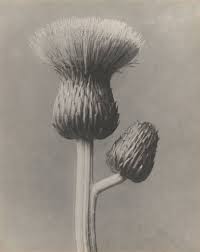
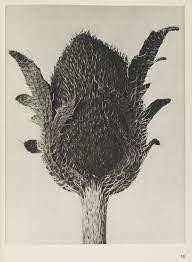
I have done a photoshoot taking photos in the style of Albert Renger-Patzsvh’s work.
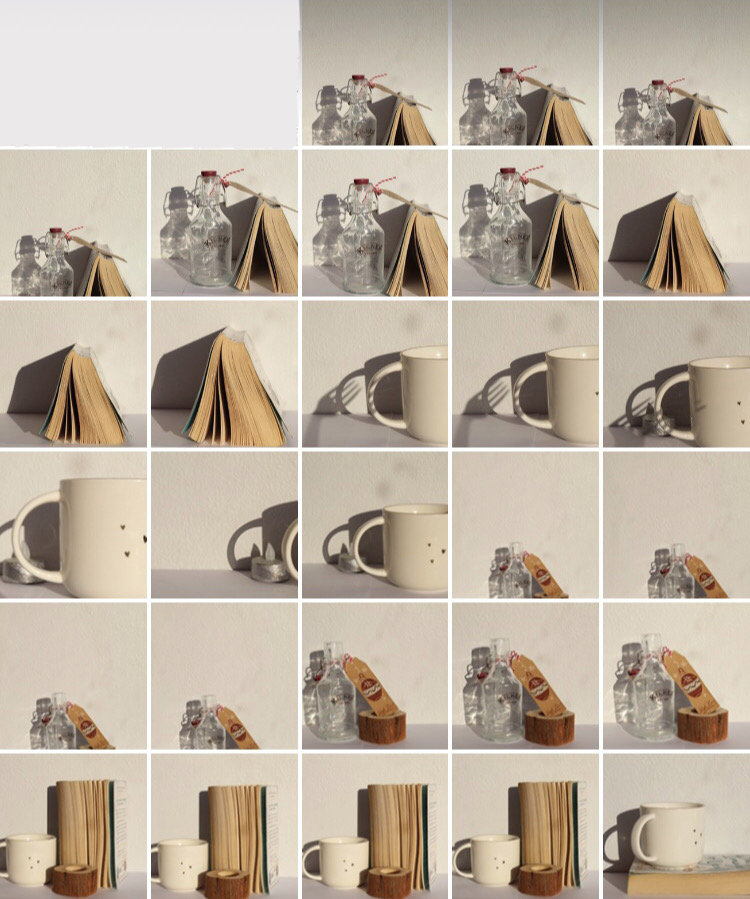
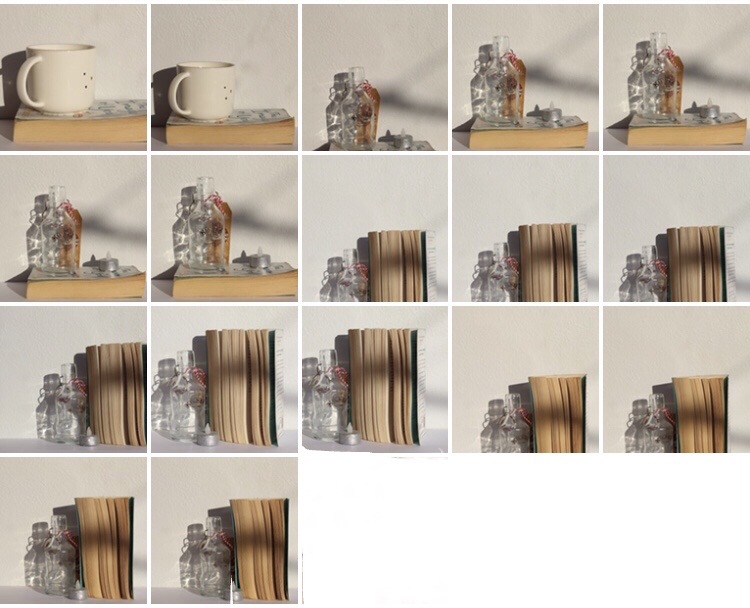
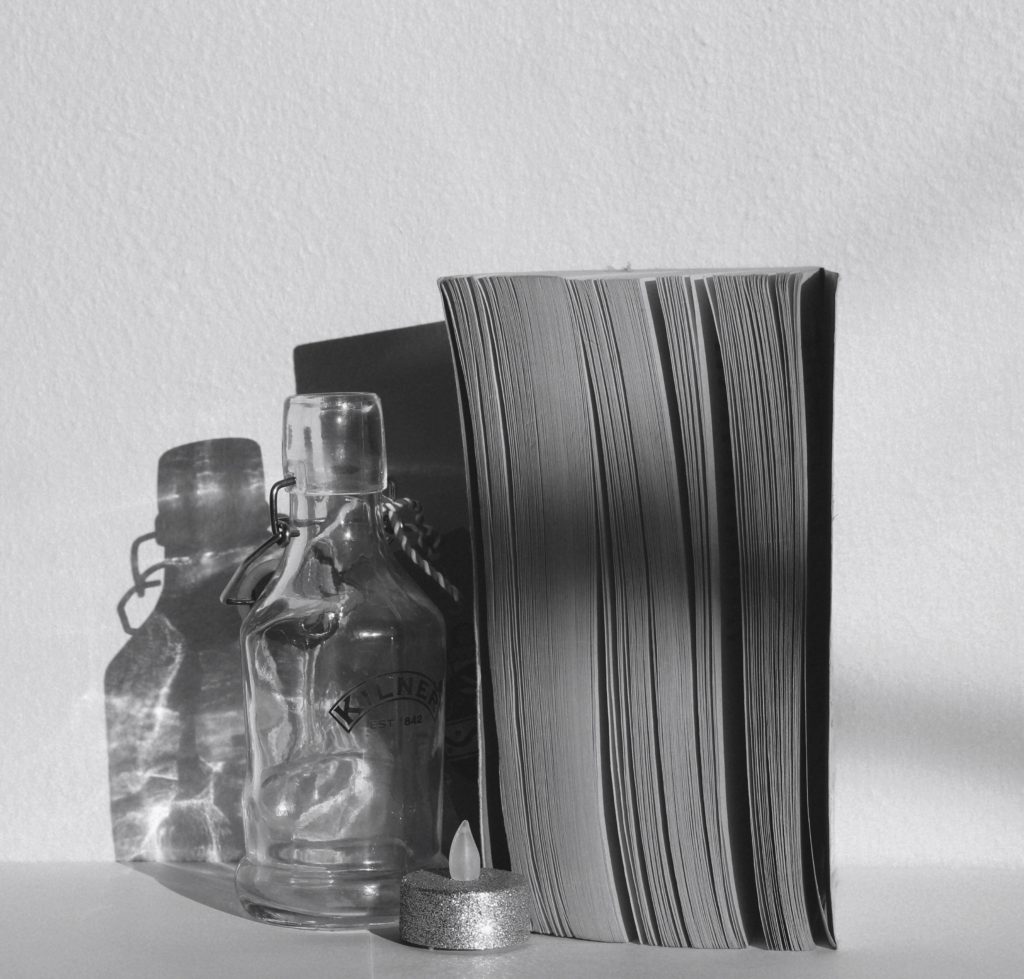
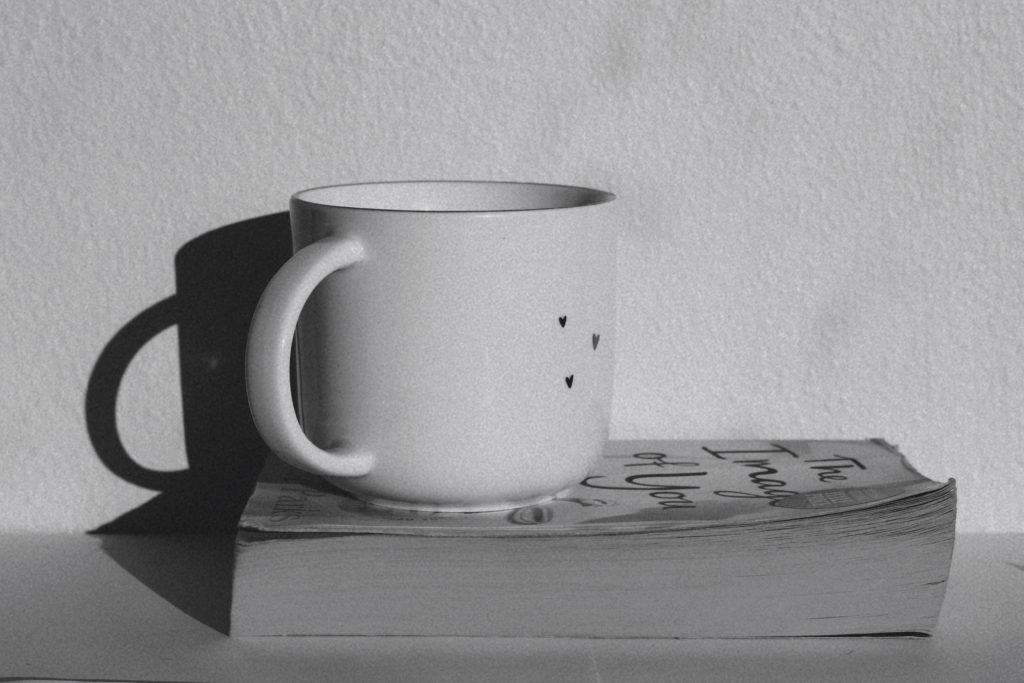
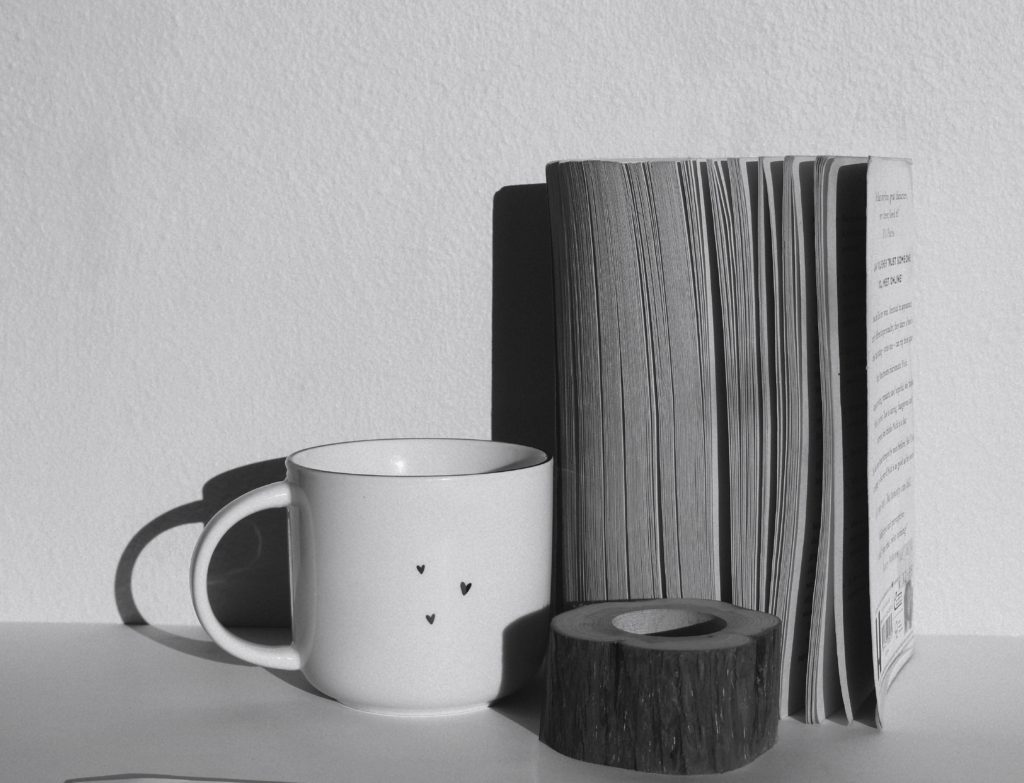
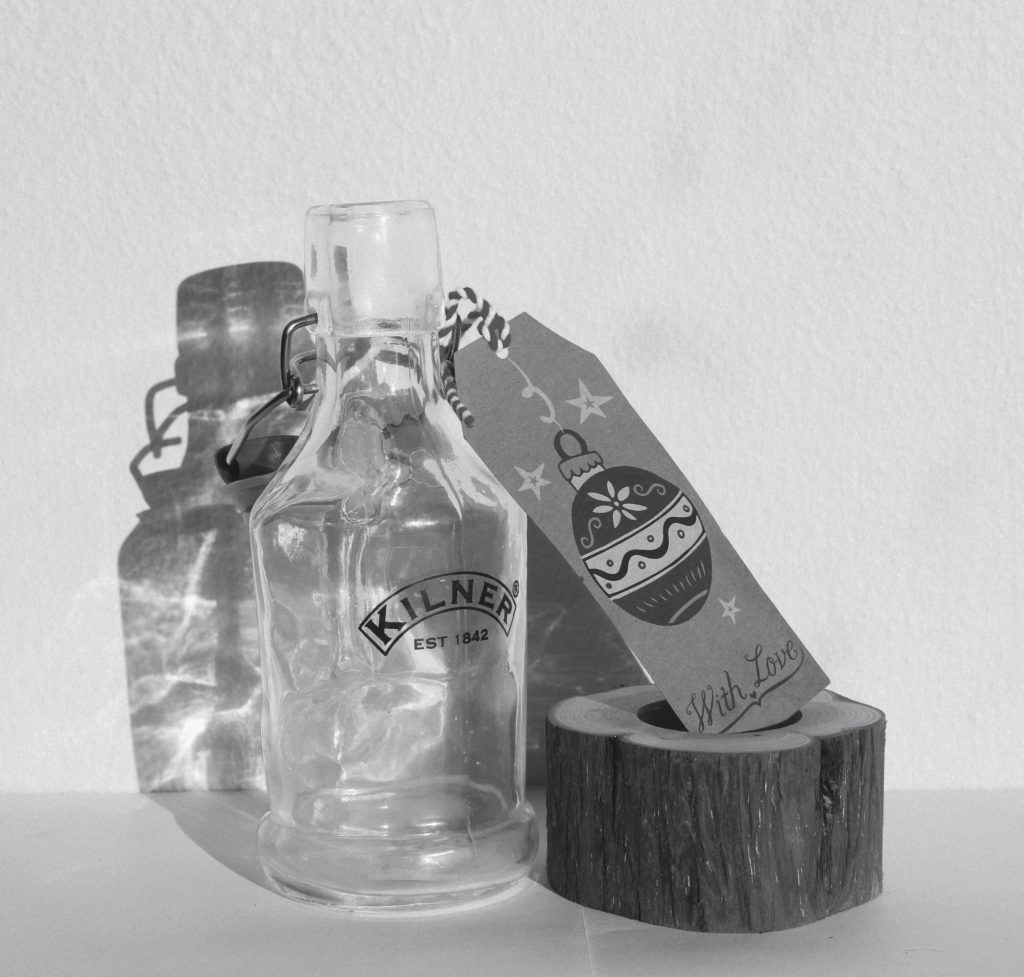
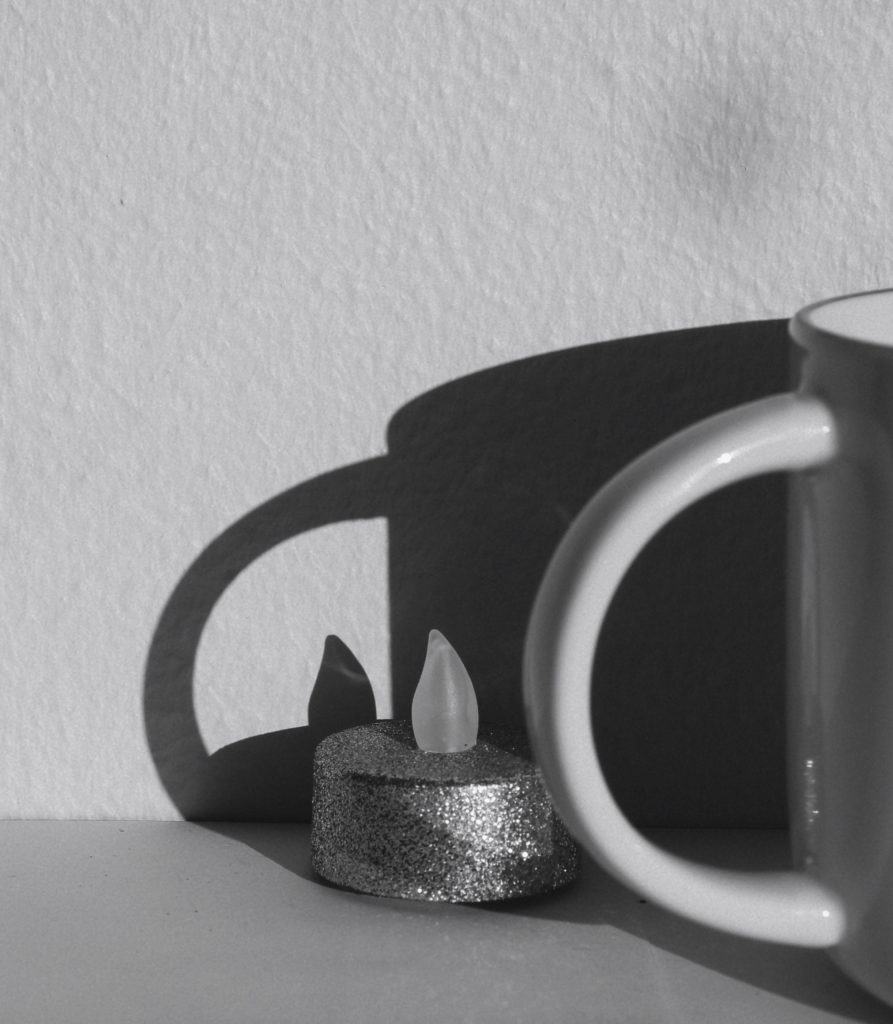
New objectivity is an artistic movement which arose in Weimar Germany, which focused largely on unsentimental reality and the objective world, as a reaction against the more abstract, romantic, or idealistic tendencies of Expressionism.
The photographic areas of this movement take the form of many artists, beginning with Albert Renger-Patzsch and his book The World is Beautiful, published in 1928. His work placed a focus on the ordinary beauty of the world and its everyday sights.
![RENGER-PATZSCH, Albert. Die Welt ist Schön. [The World is Beautiful.] Munich: Kurt Wolff, 1928. 4° (287 x 213 mm). 100 black and white photographs. (Light spotting on the last plate.) Original blue](https://www.christies.com/img/LotImages/2011/CSK/2011_CSK_03013_0426_000(renger-patzsch_albert_die_welt_ist_schon_the_world_is_beautiful_munich024522).jpg?mode=max)
The compositions include imagery from both man-made and naturally occurring sources.
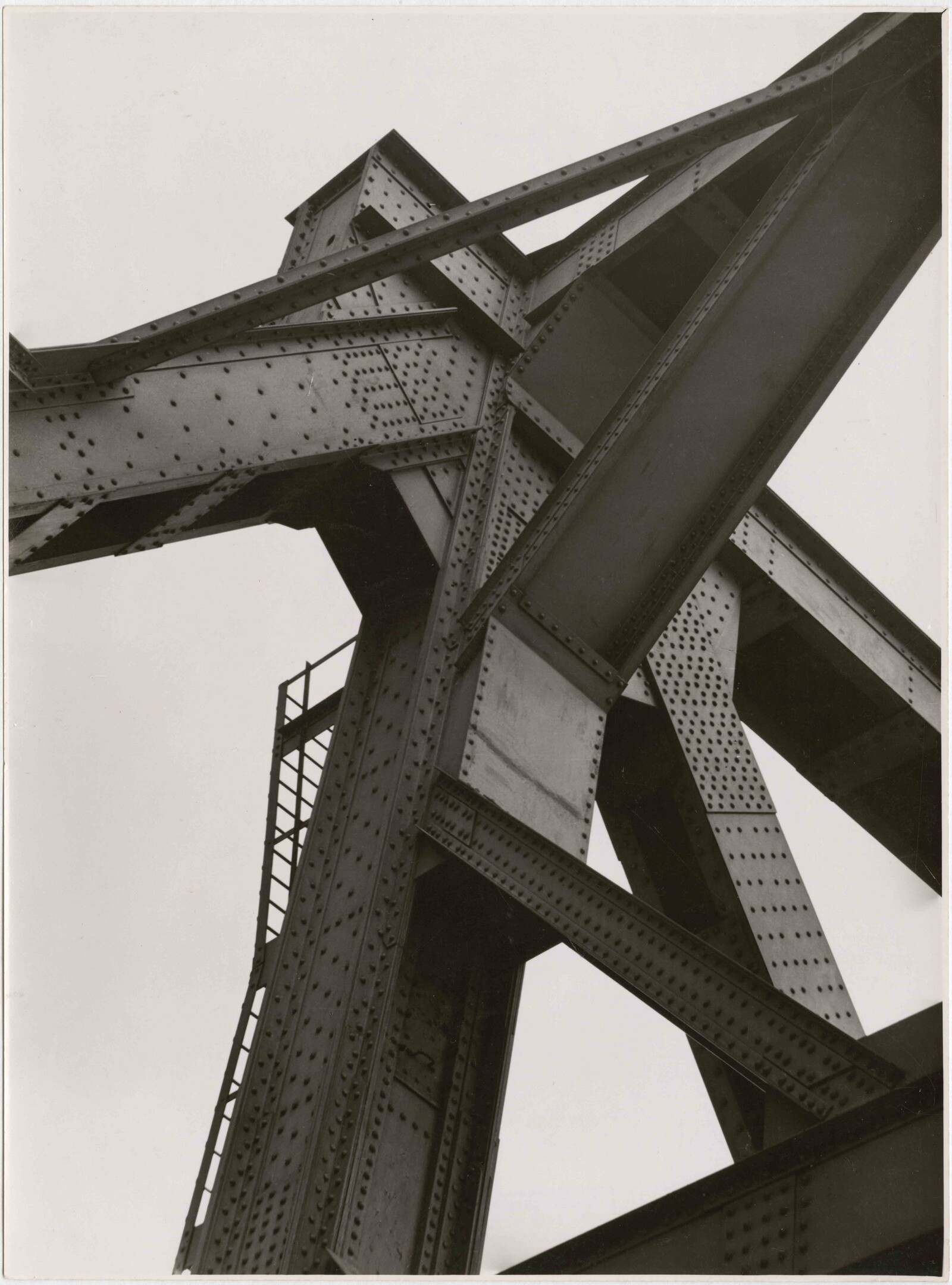
These images challenged traditional styles as they documented the rapid industrialisation in Europe and America and, following the First World War’s chaos, the artists of the time found that a rejection of the emotional and spiritual concerns of Expressionism and an interest in the rational and political was what they needed at this time. His work is a widely known staple of the movement, and its fame and nuance inspired other artists to begin to take more objective and sober images.
Another artist from this movement is Walker Evans, famous for his images of everyday objects/tools in his series ‘Beauties of the common tool‘.

In framing the items in this way, Evans redefines them as something beautiful and intricate – as opposed to their menial and soulless function and form. They are presented as central upon a plain white background to ensure all attention is focused on the shape and detail of each tool. This fits into the style of New Objectivity because of its rawness, honesty and ability to reassign meaning to everyday objects.
Another relevant artist is Darren Harvey-Regan, who’s work is far more recent than those previously discussed.
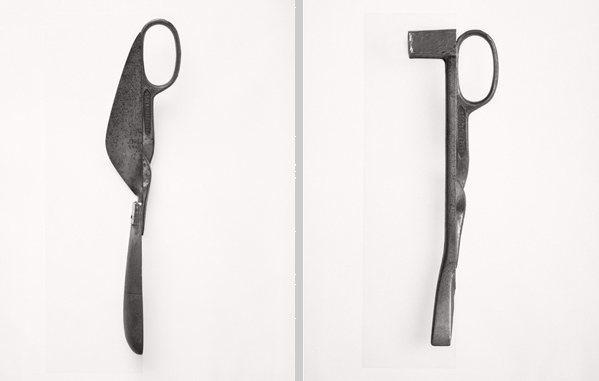
Harvey-Regan heavily draws inspiration from the aforementioned Walker Evans in his series ‘Beauties of the Common Tool, Rephrased‘ from 2013, wherein he ‘sourced matching tools, cut them in half and re-joined various halves together, with the resulting physical objects being photographed to create his final work. The montaged tools become both beautiful and bizarre objects, in which a ratchet wrench is combined with a pair of pliers and a Mason’s trowel joined with a pair of scissors.’
My response to New Objectivity
Here are some images I took in my home that illustrate the interesting perspective that the movement indicates – that everything is beautiful and worthy of being photographed.
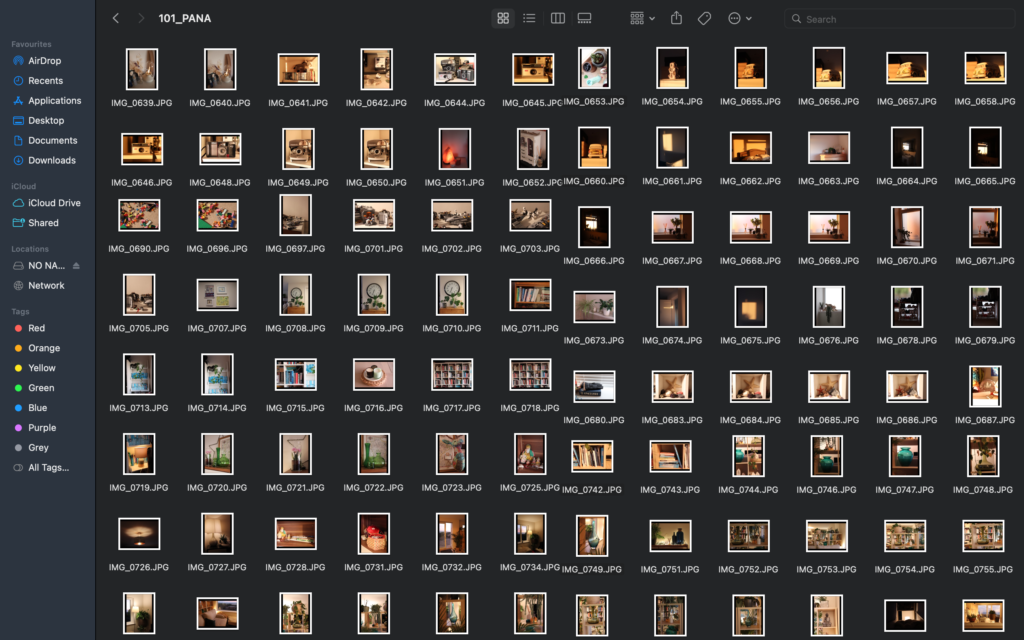
Here are some edits from Lightroom, where I increased clarity, grain and texture and I added a b&w filter to some.
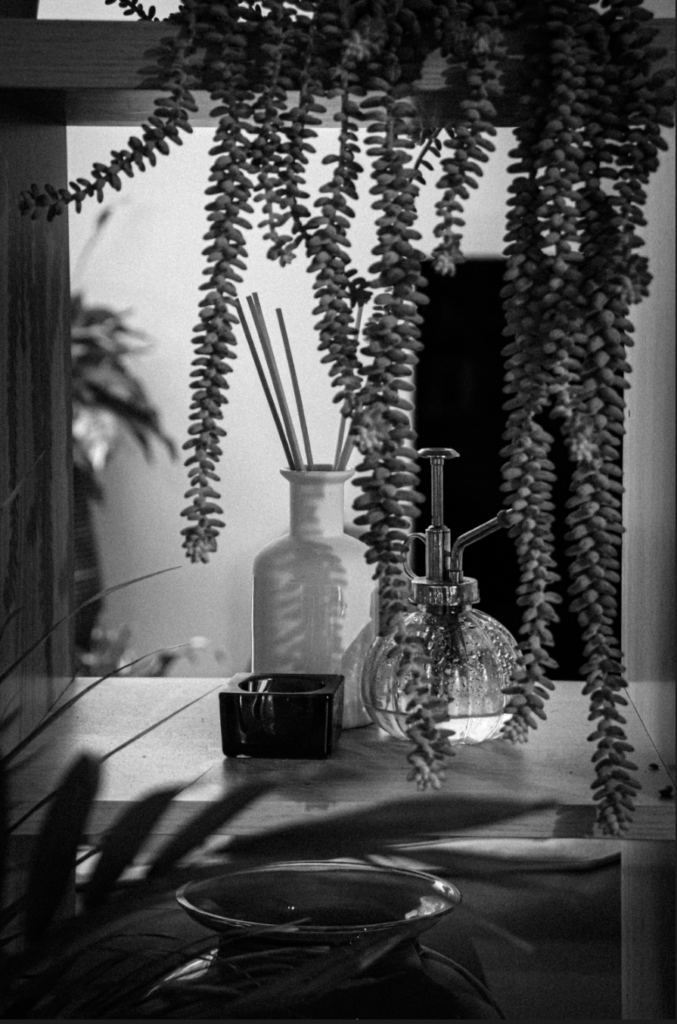
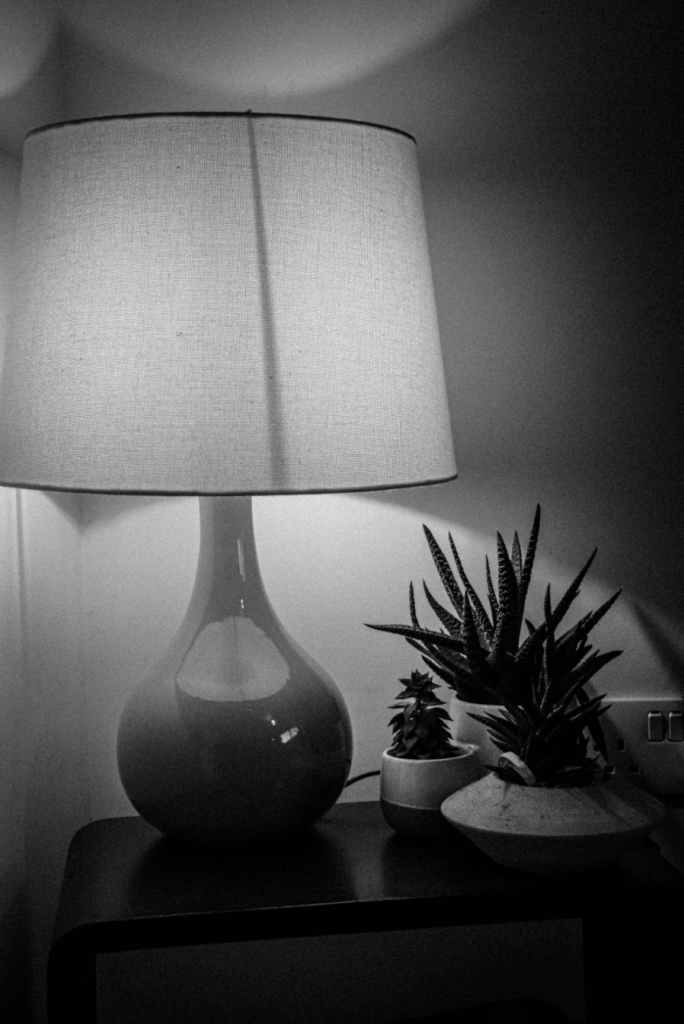
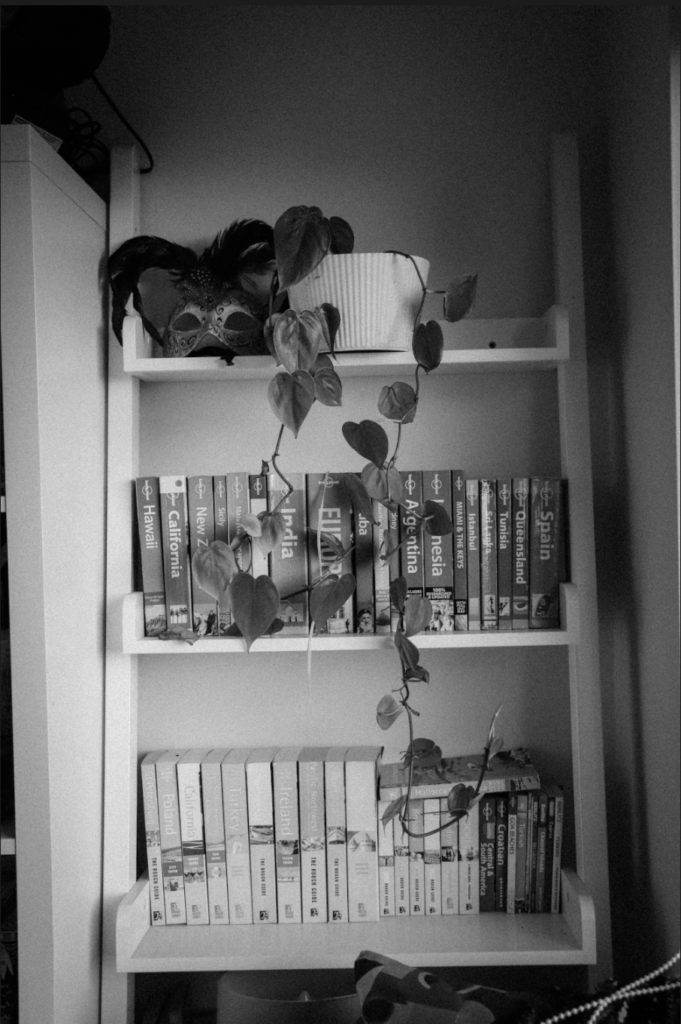
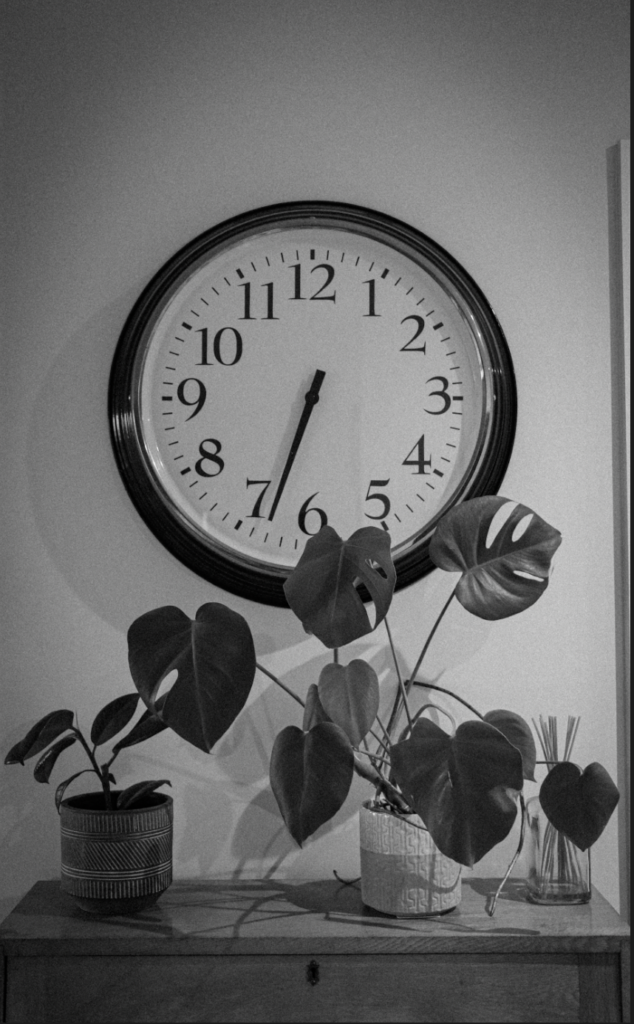
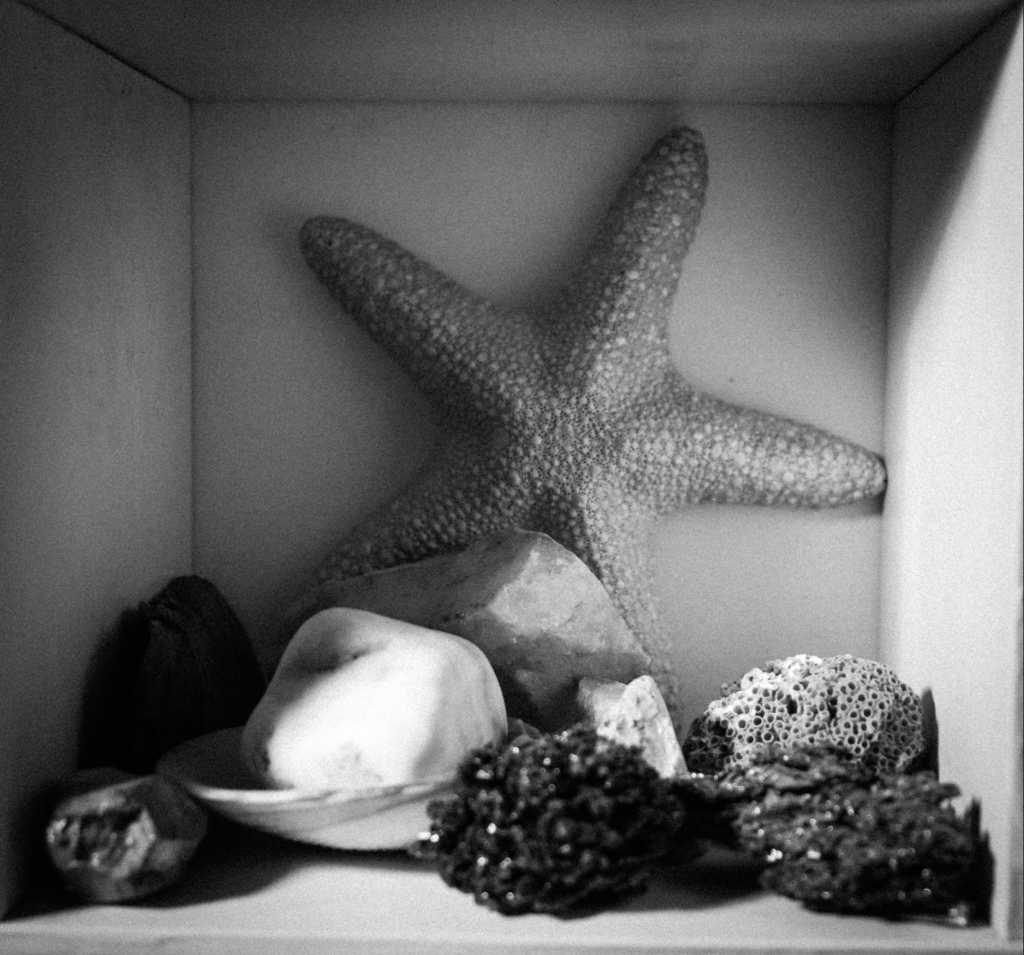
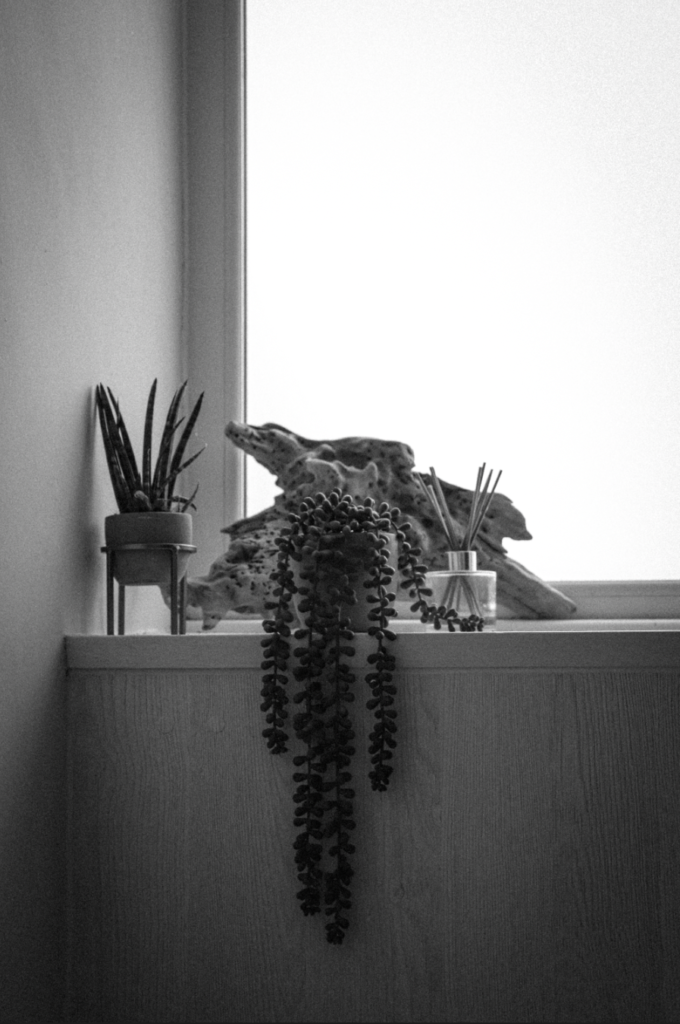
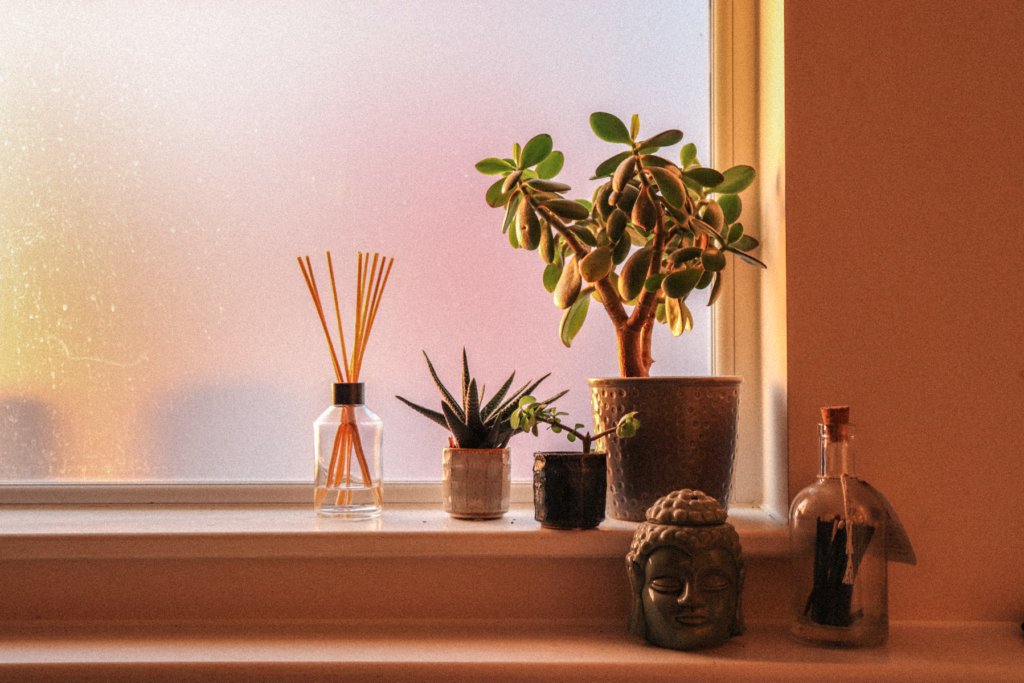
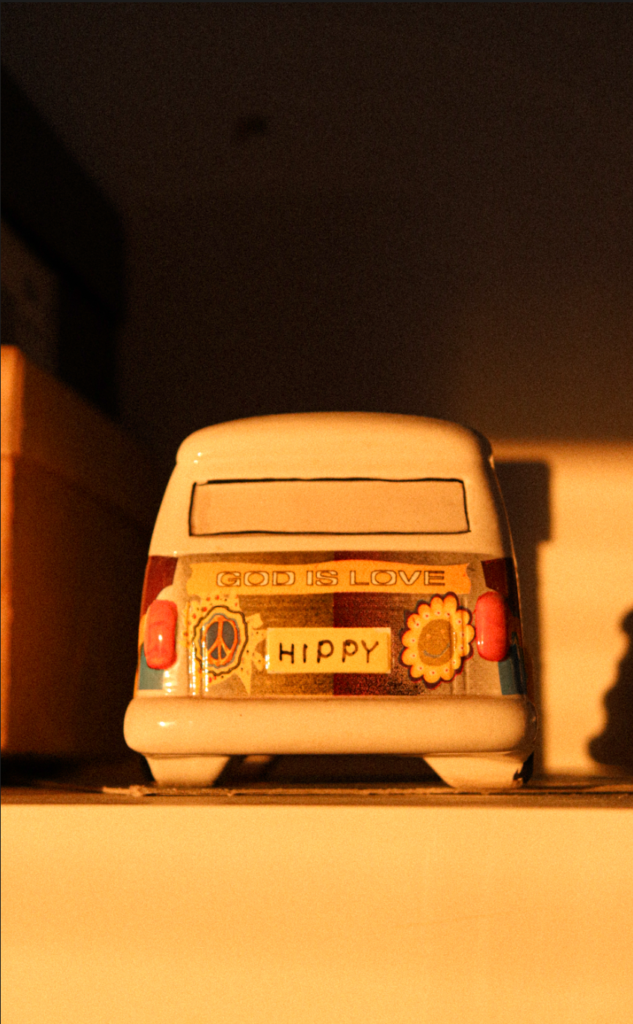
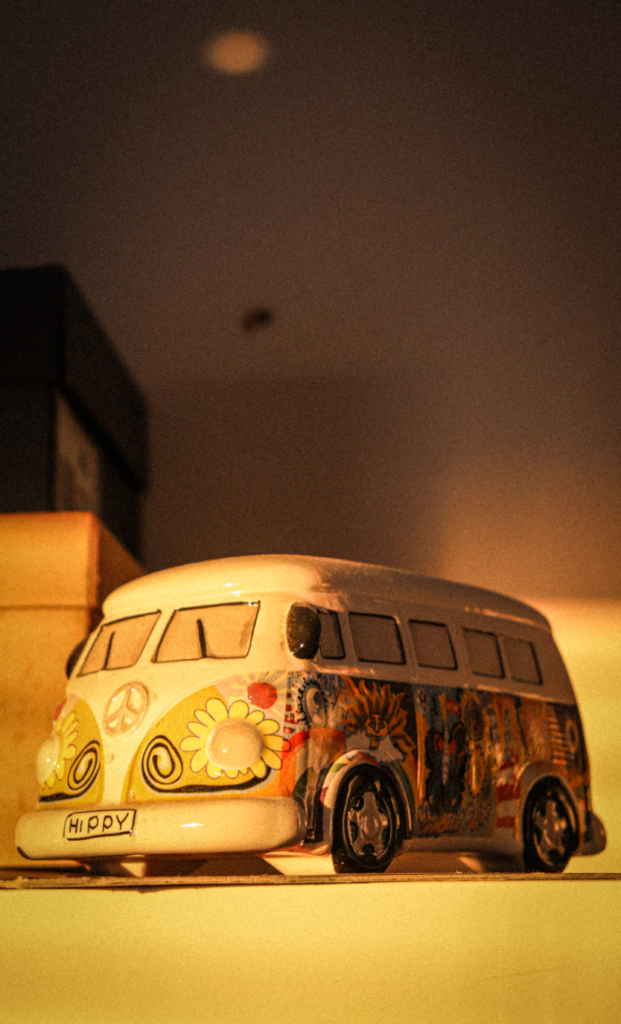
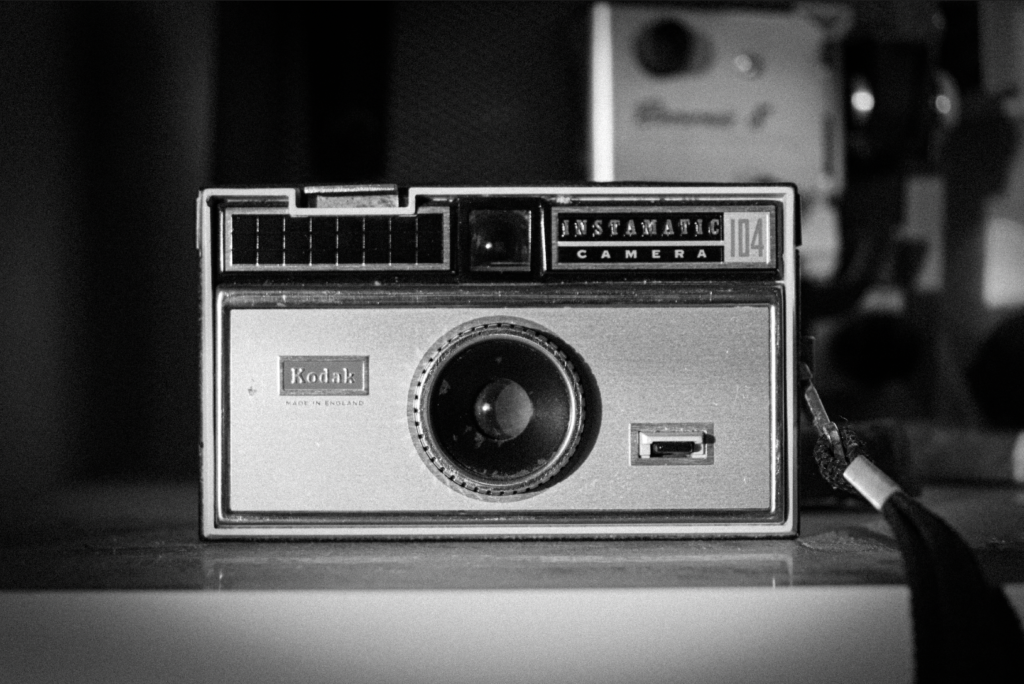
Overall, I don’t think these responded entirely correctly to what I was trying to achieve – so I may wish to reattempt a shoot soon. However, some do really have the aspect of formalism and order I was aiming for.
What is new objectivity: it was a movement in German art that began in the 1920s to oppose expressionism. Its rejects self-involvement and romantic idealism. This is shown through modern photographers such as Karl Blossfeldt and Albert Renger-Patzsch. Their photography simply photographs objects or plants without any context or interesting backgrounds added. This removes the idealised aspect from their work, like they did with new objectivity back in the 1920s.
These are some examples of their work:

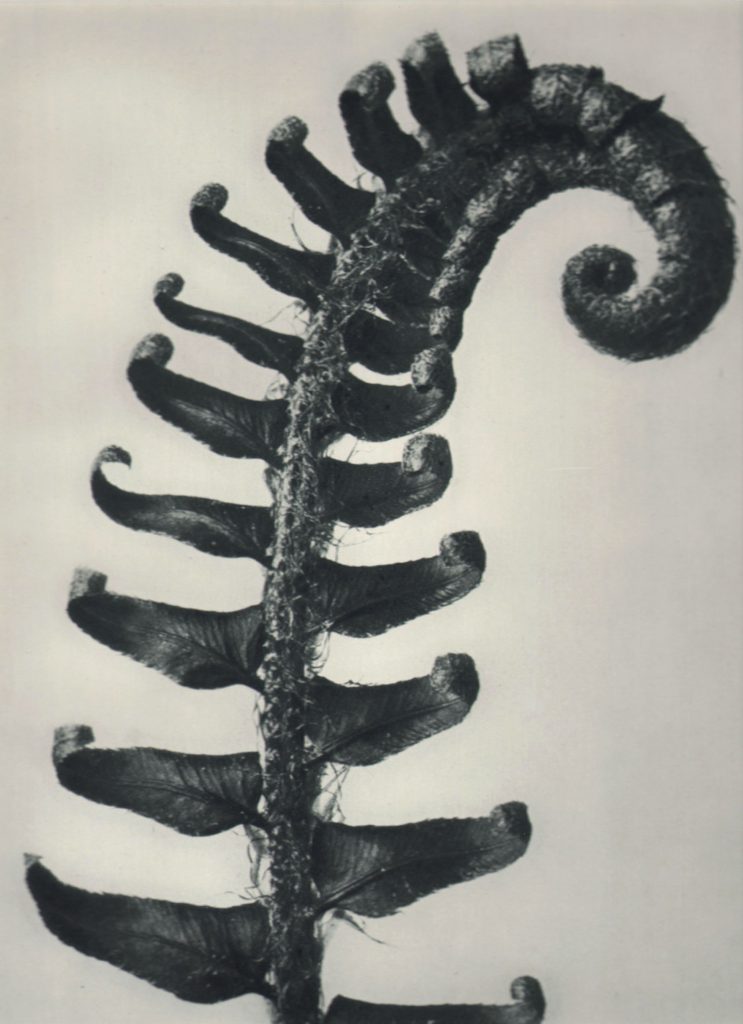
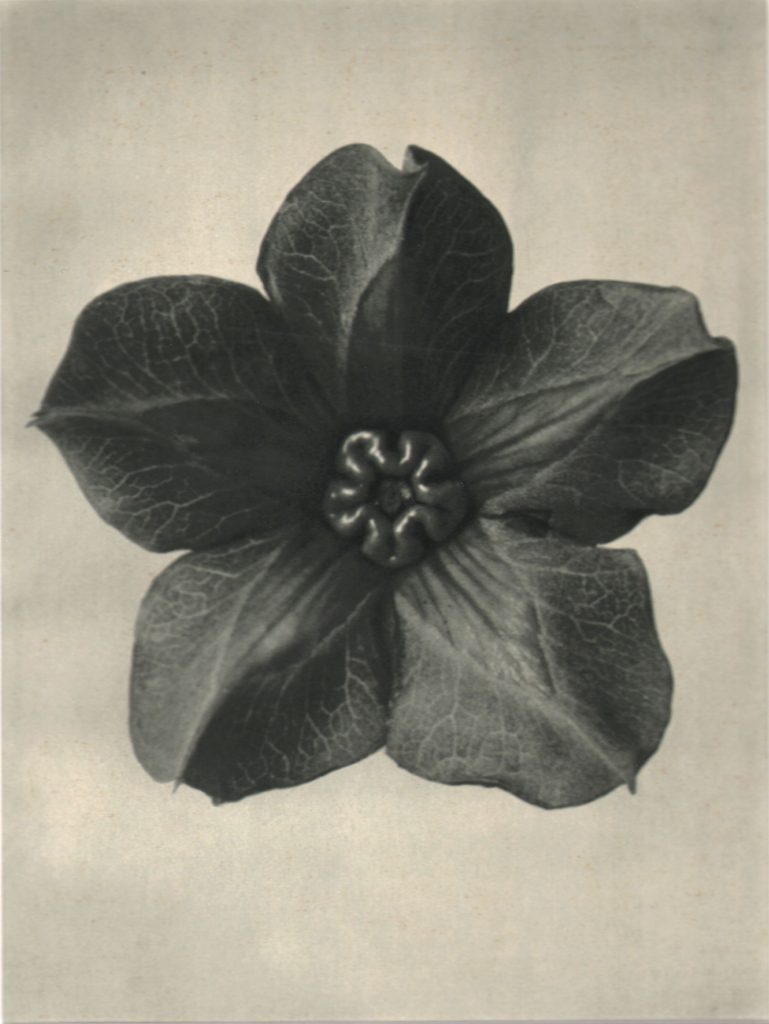
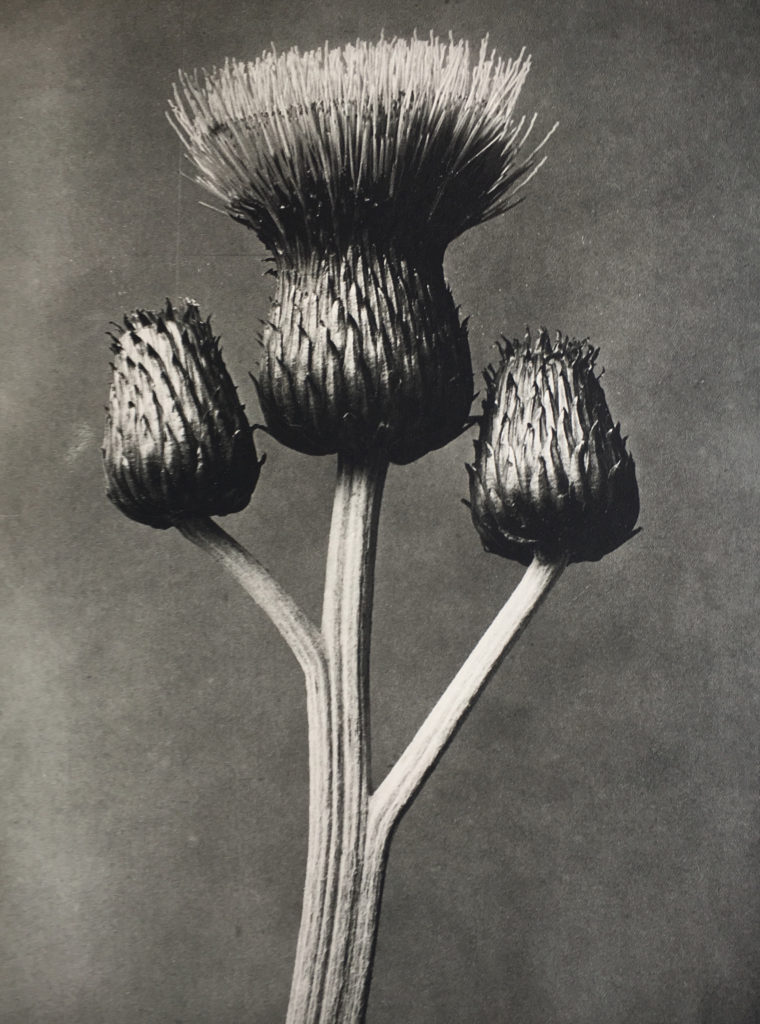
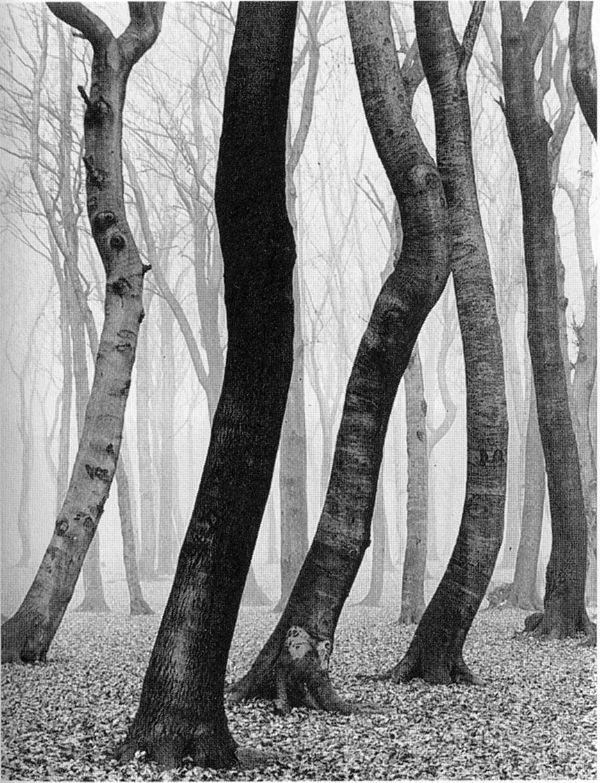

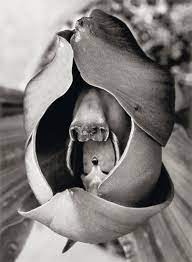
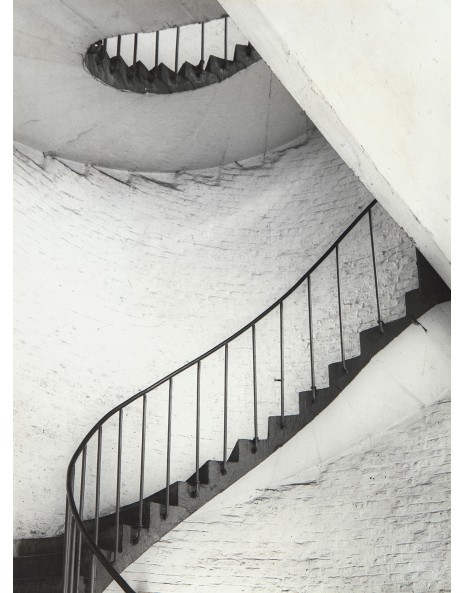
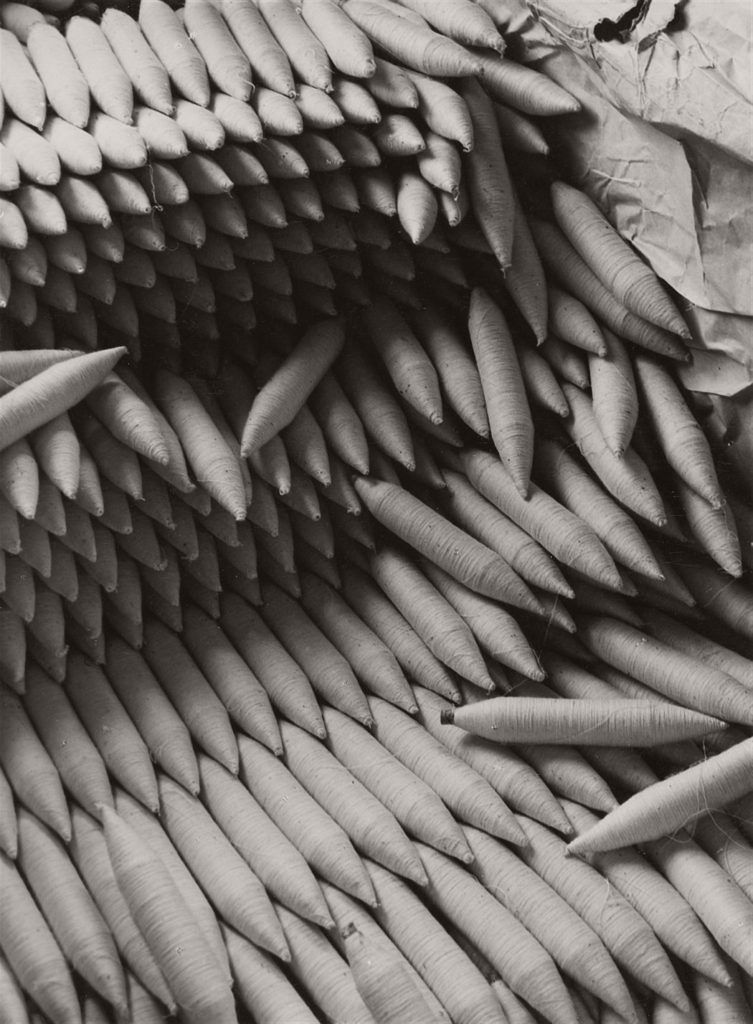
I did my own shoots at home that follow the aesthetics of New Objectivity, and have the same feeling and editing style and karl and Albert’s work.
Shoot 1:
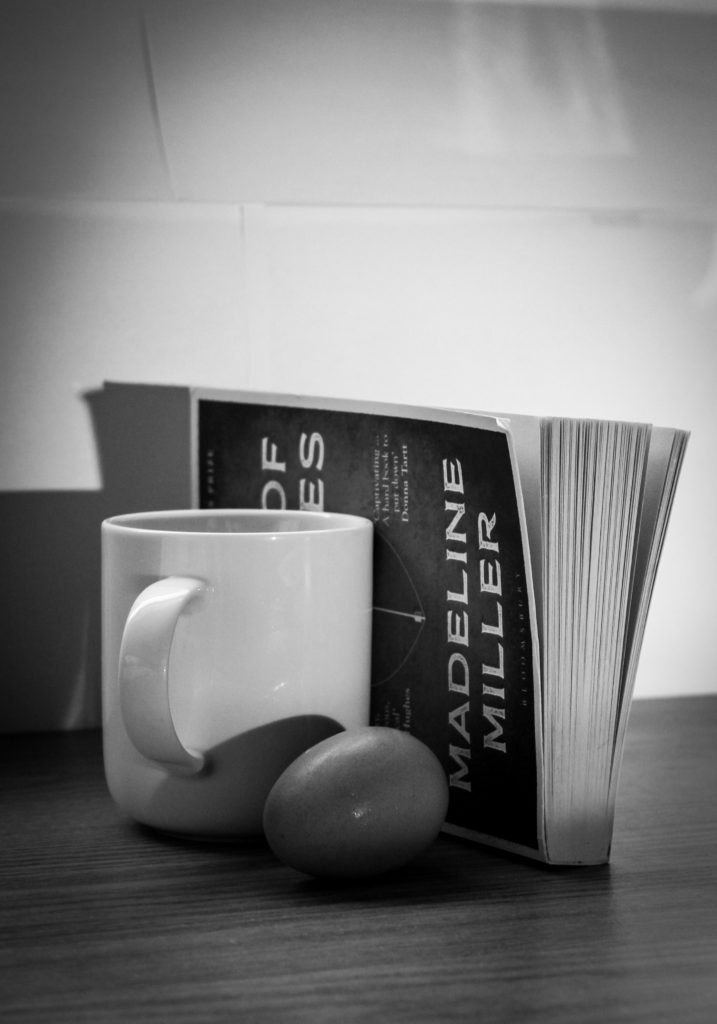

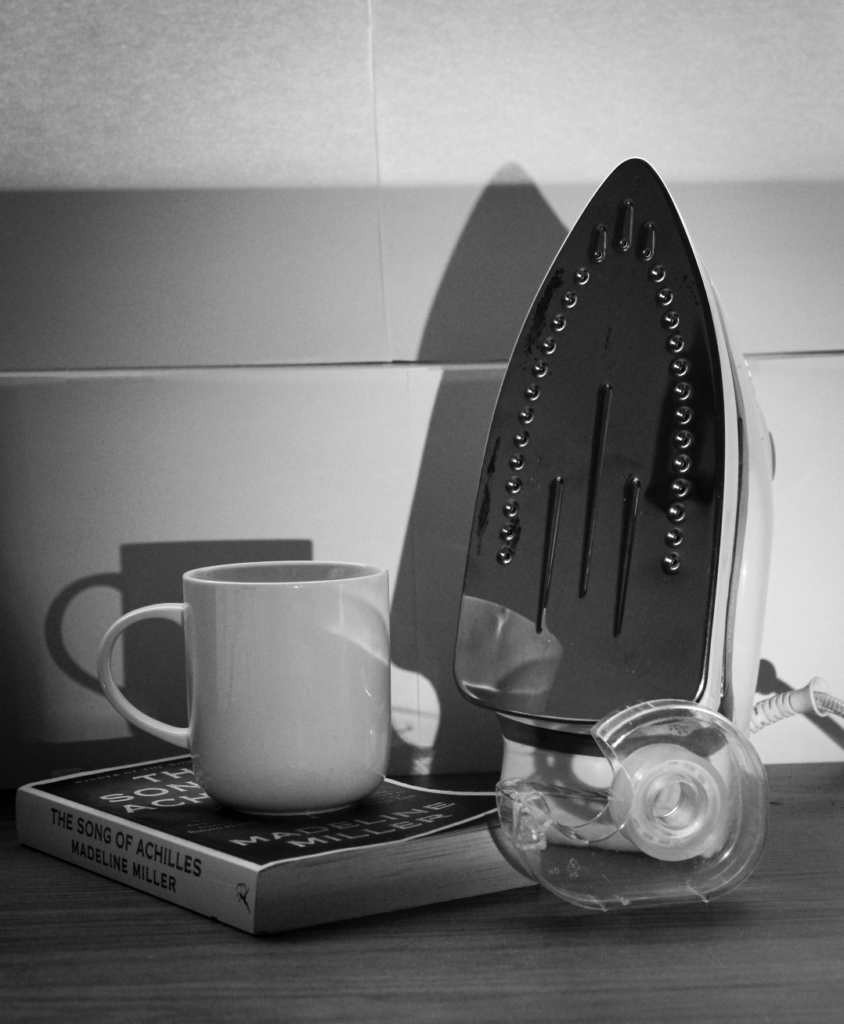
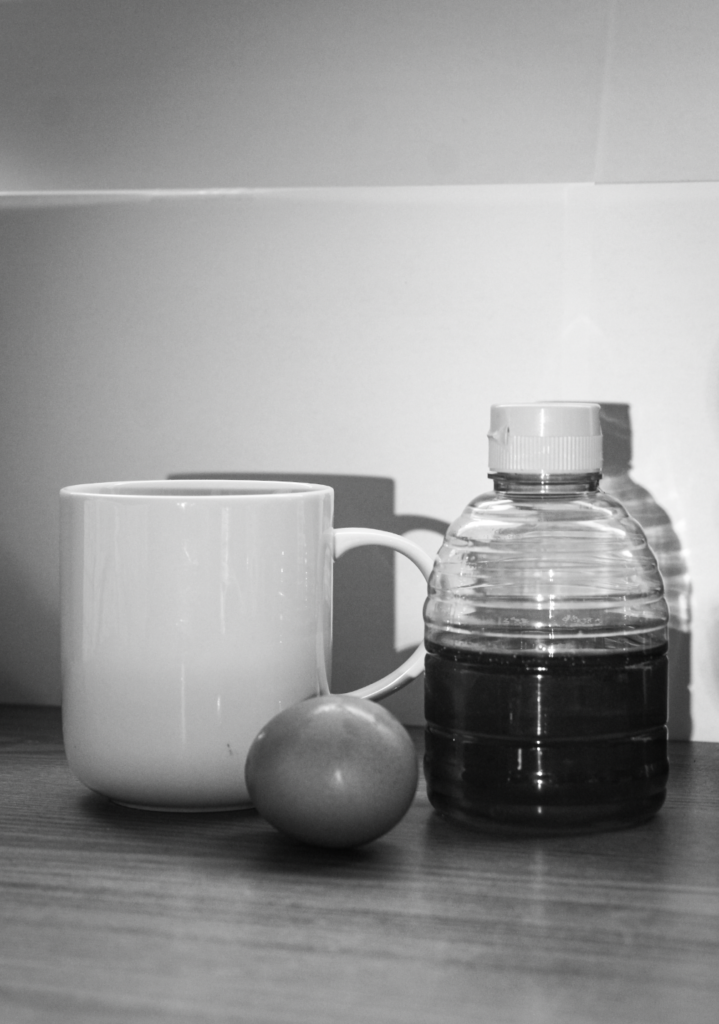
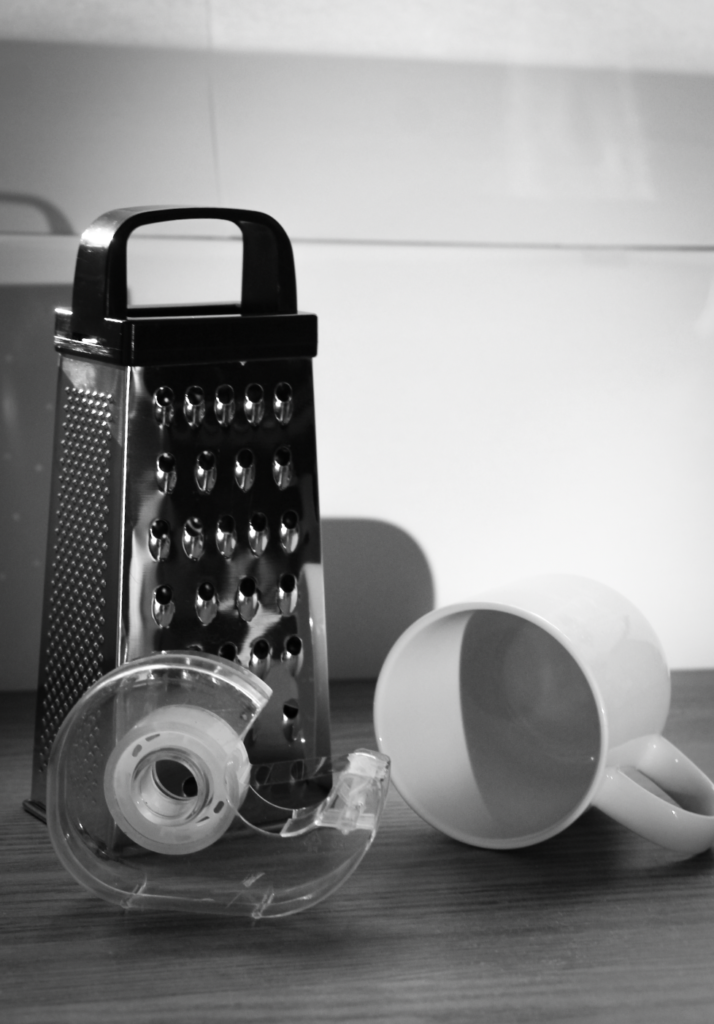

Shoot 2
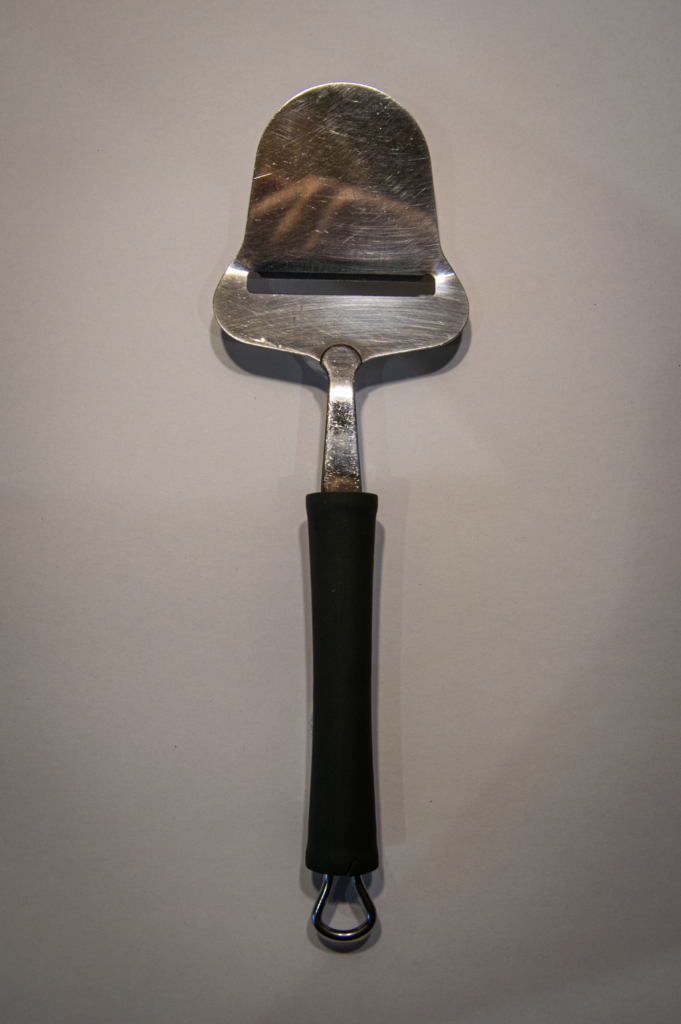
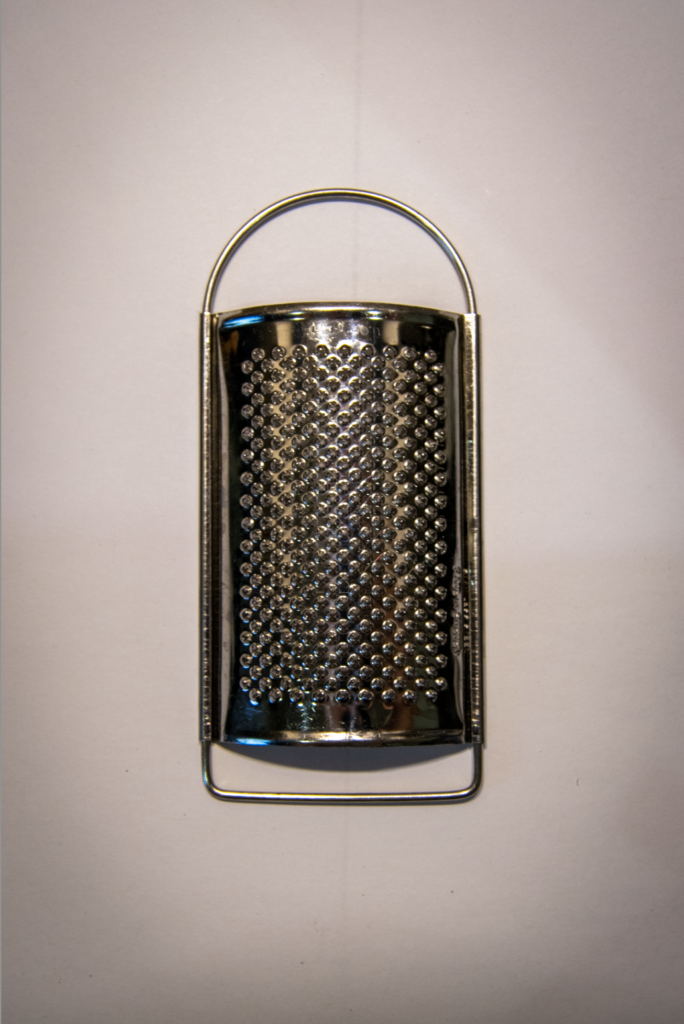
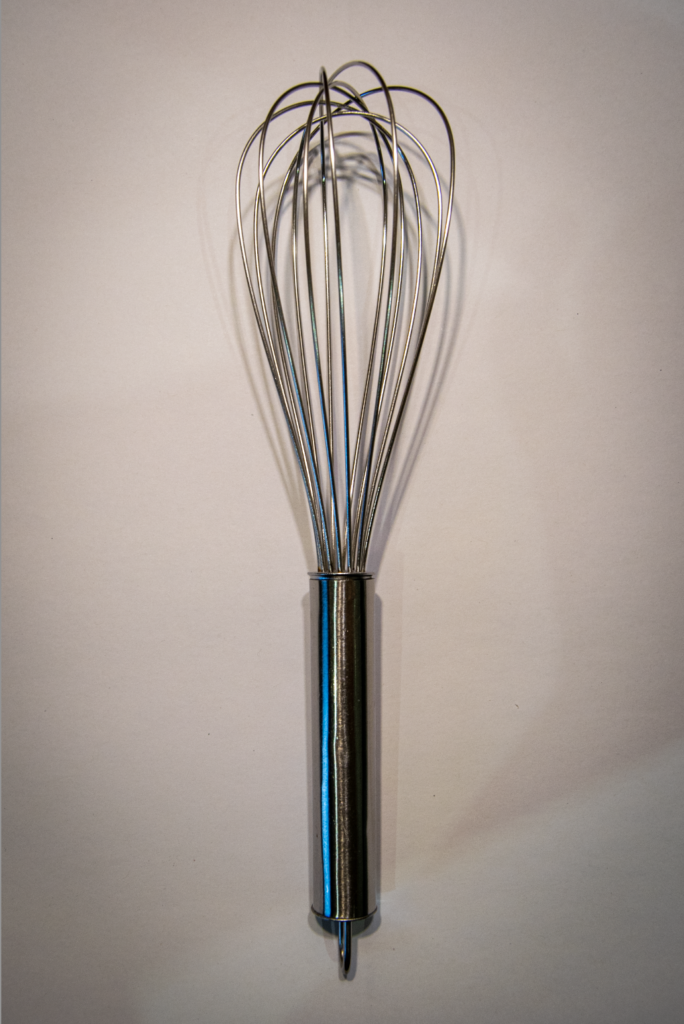
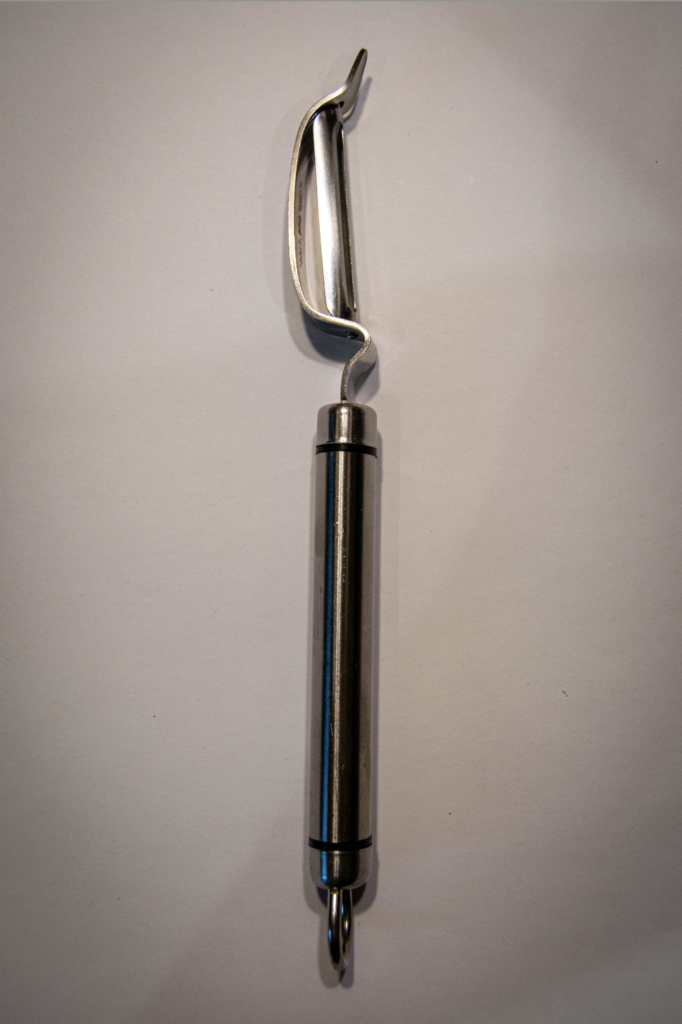

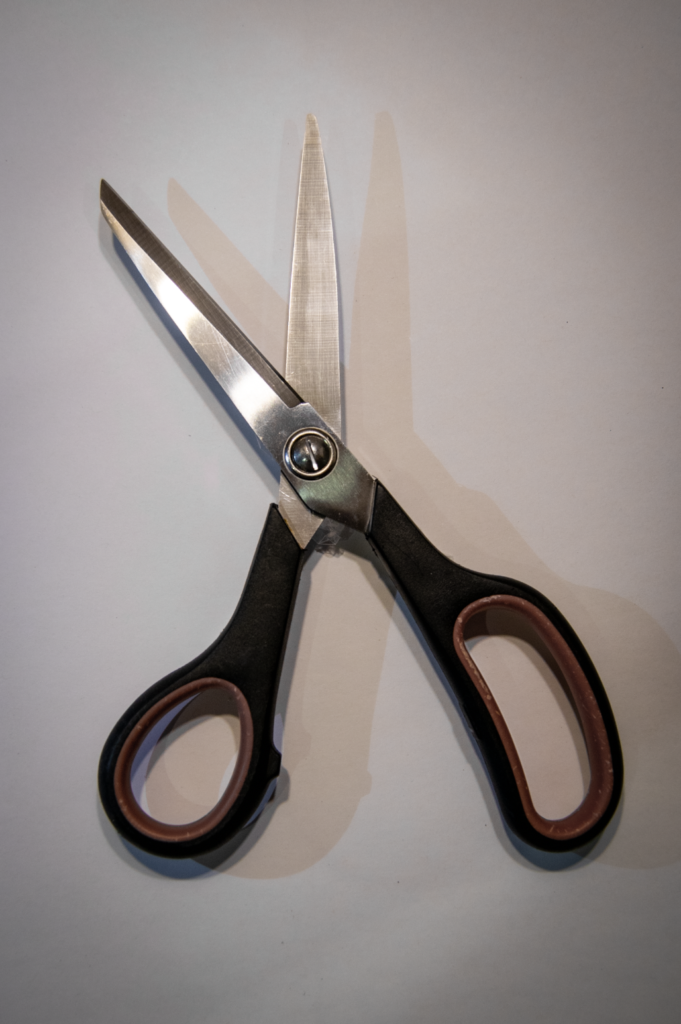
what type of photography does she do?
Mary Ellen Bartley is known for her photographs exploring the tactile and formal qualities of the printed book, and its potential for abstraction. Bartley’s work concerns itself with geometry and pure form; painterly in style, her photos also invite curiosity about the layered histories of the books themselves. Her photos are alive with questions – about what we do and don’t see and the stories we tell. Yet the spirit of her work provides a reflective response, a respite, from a noisy and chaotic world.
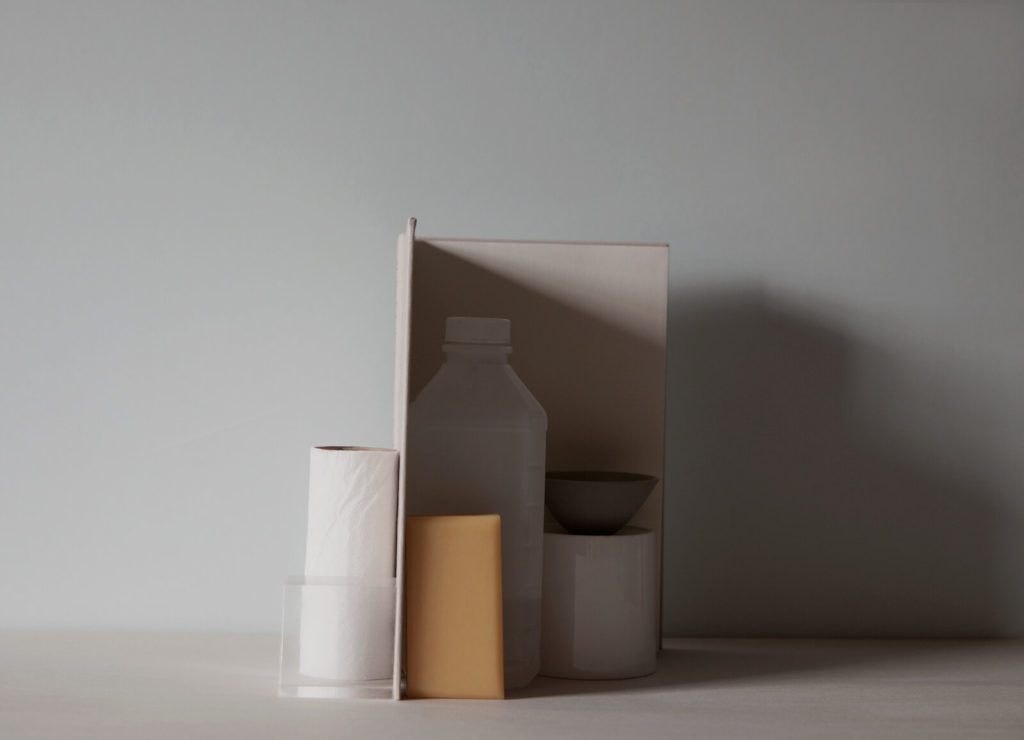
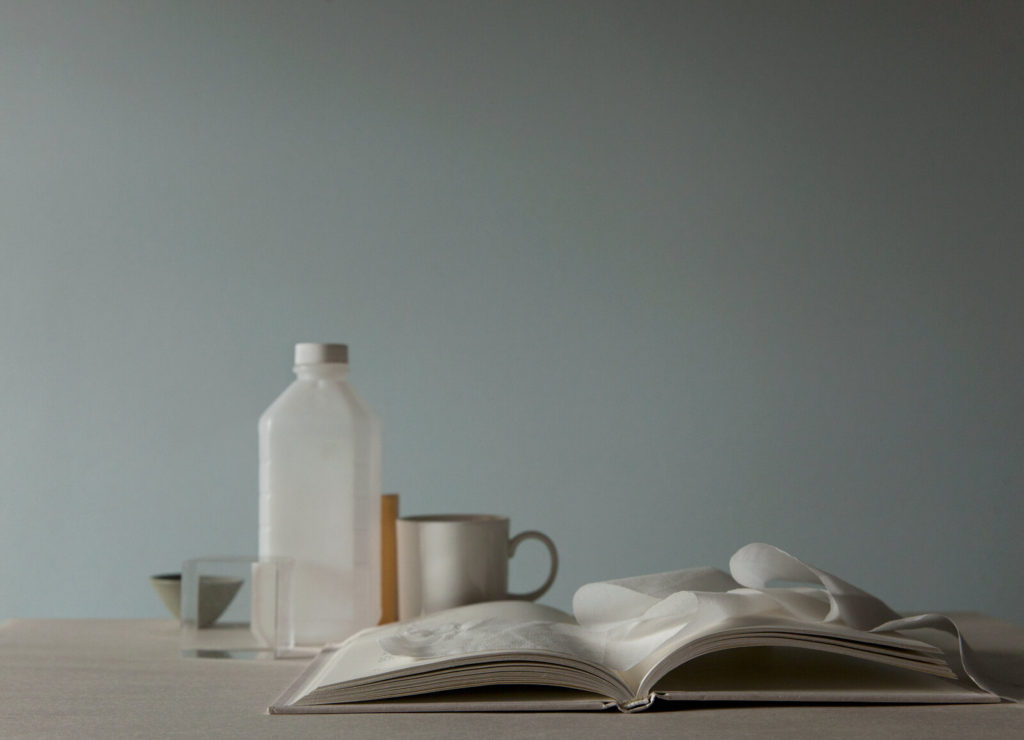
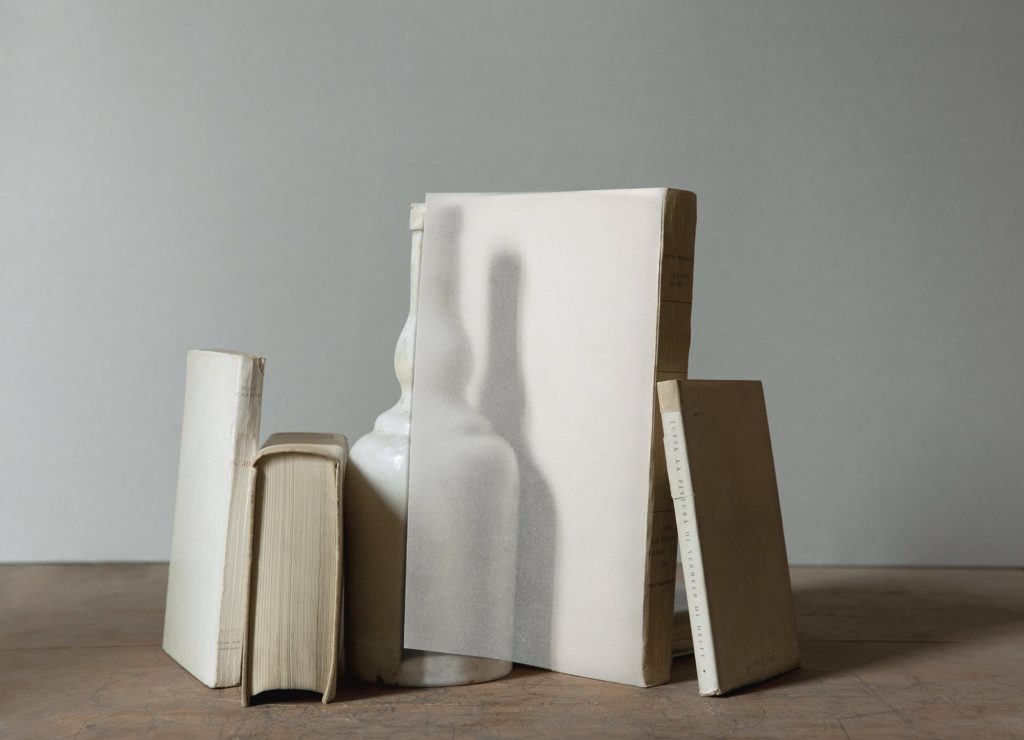
Bartley chose a set of seven common household items, and committed to photographing them each day for the thirty days of April. Her seven elements remained recognizable but were detached from their everyday function, serving instead as an exploration of form and process. Experimenting with exposure, depth of focus and subtle variations in light and shadow, Bartley transformed the quotidian objects into moments of stilled time
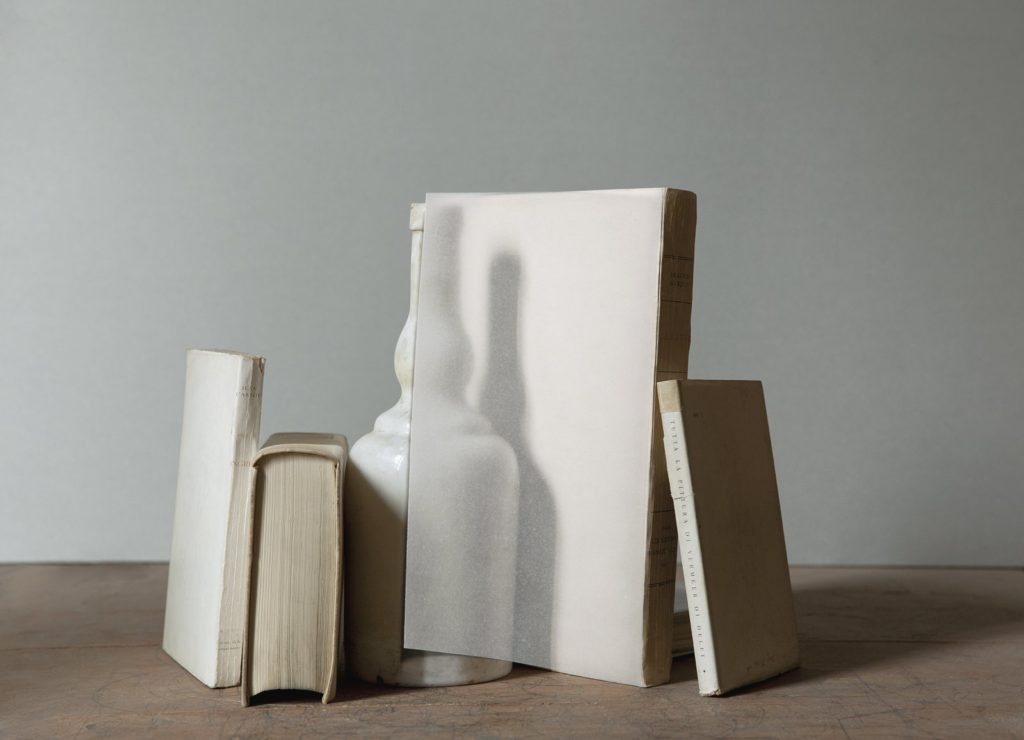
This is my favourite image from her ‘7 things again and again’ as she has been creative with the objects and not just placed them in a different way, but manipulated the book and used a page from it to create a shadow of the object behind it.